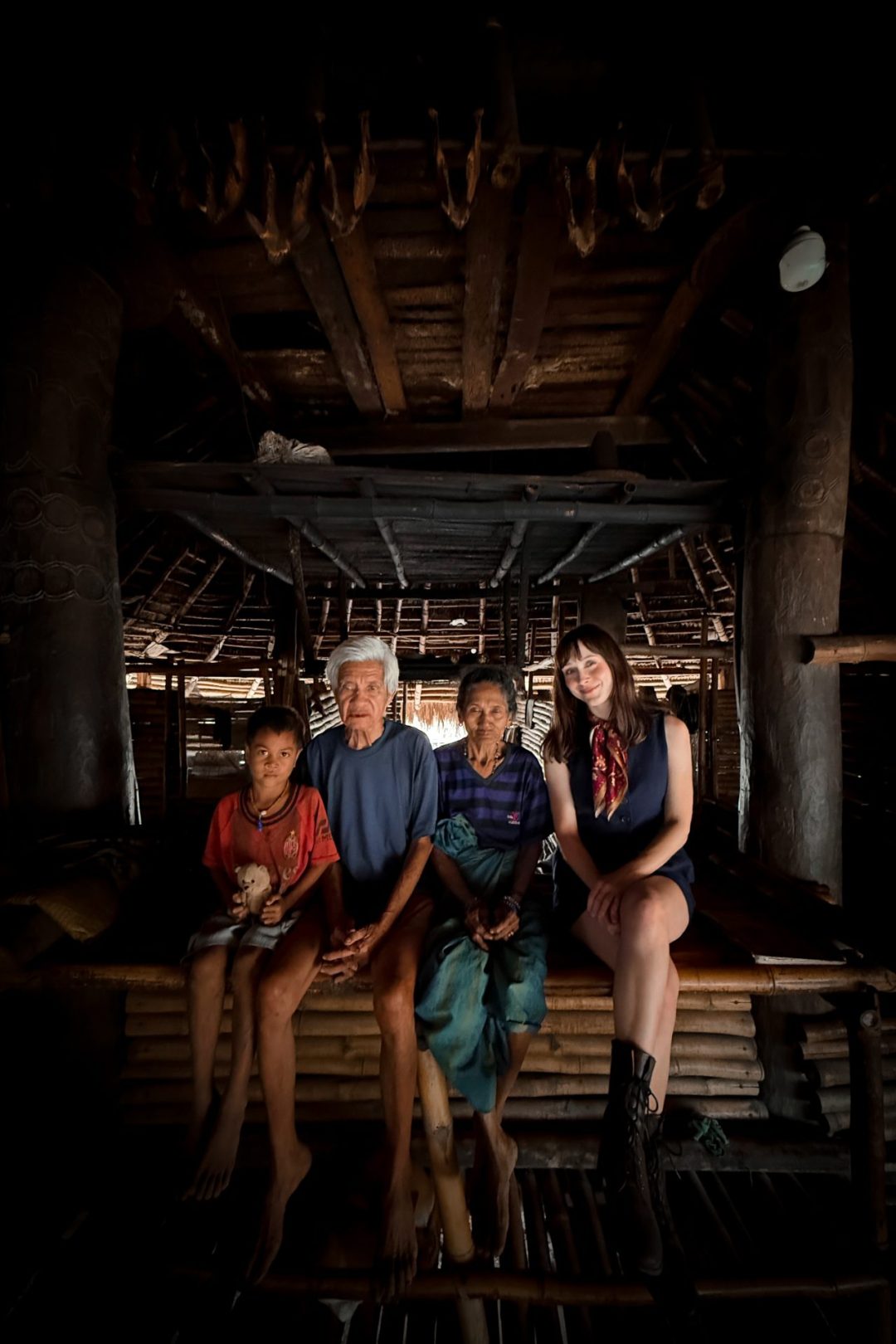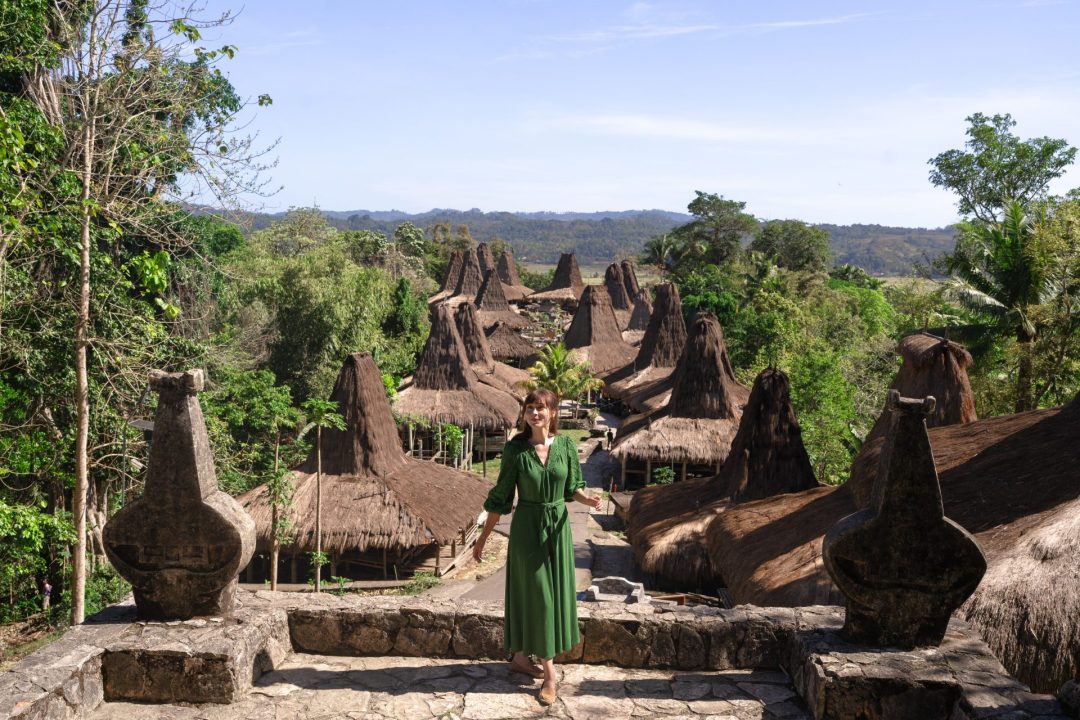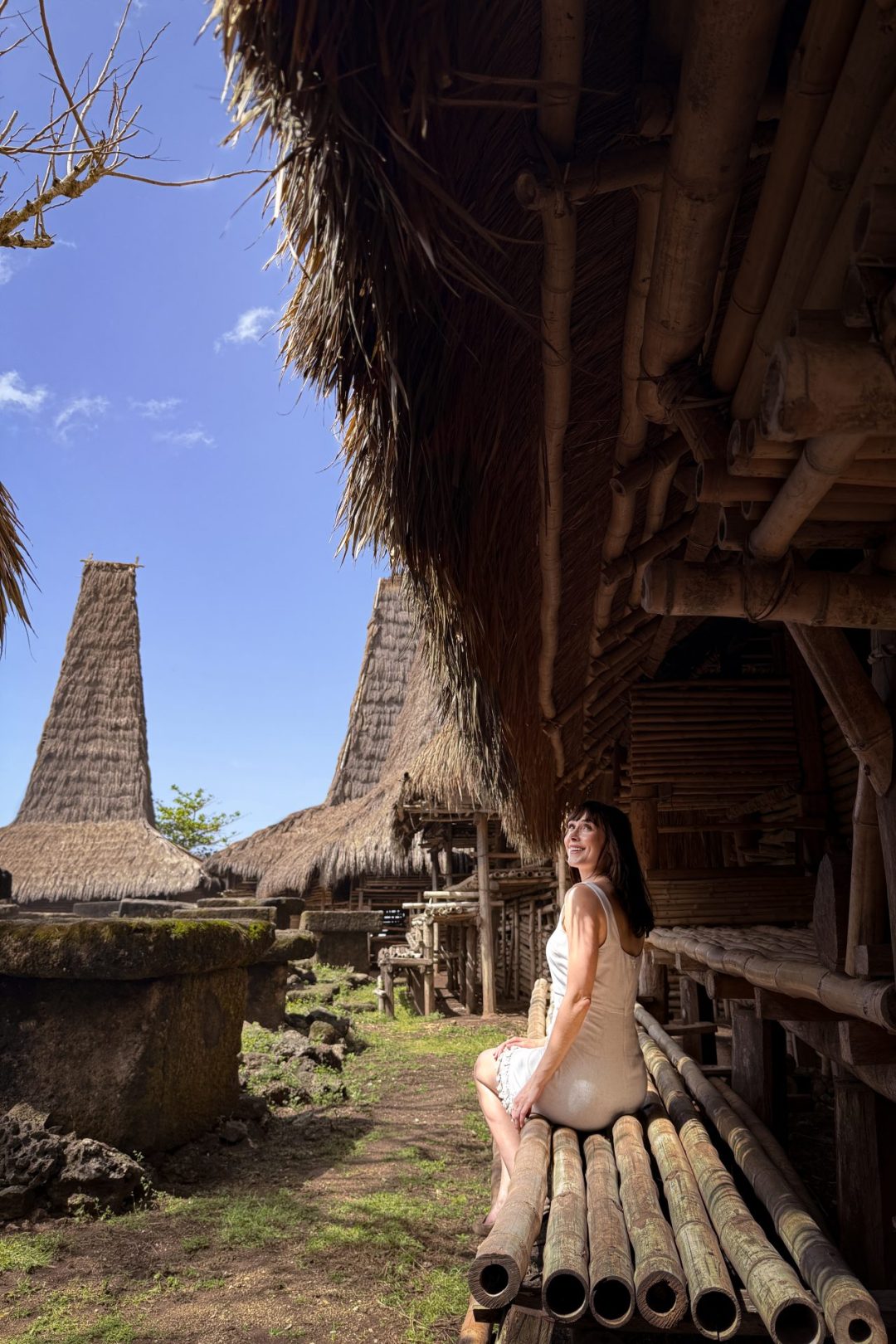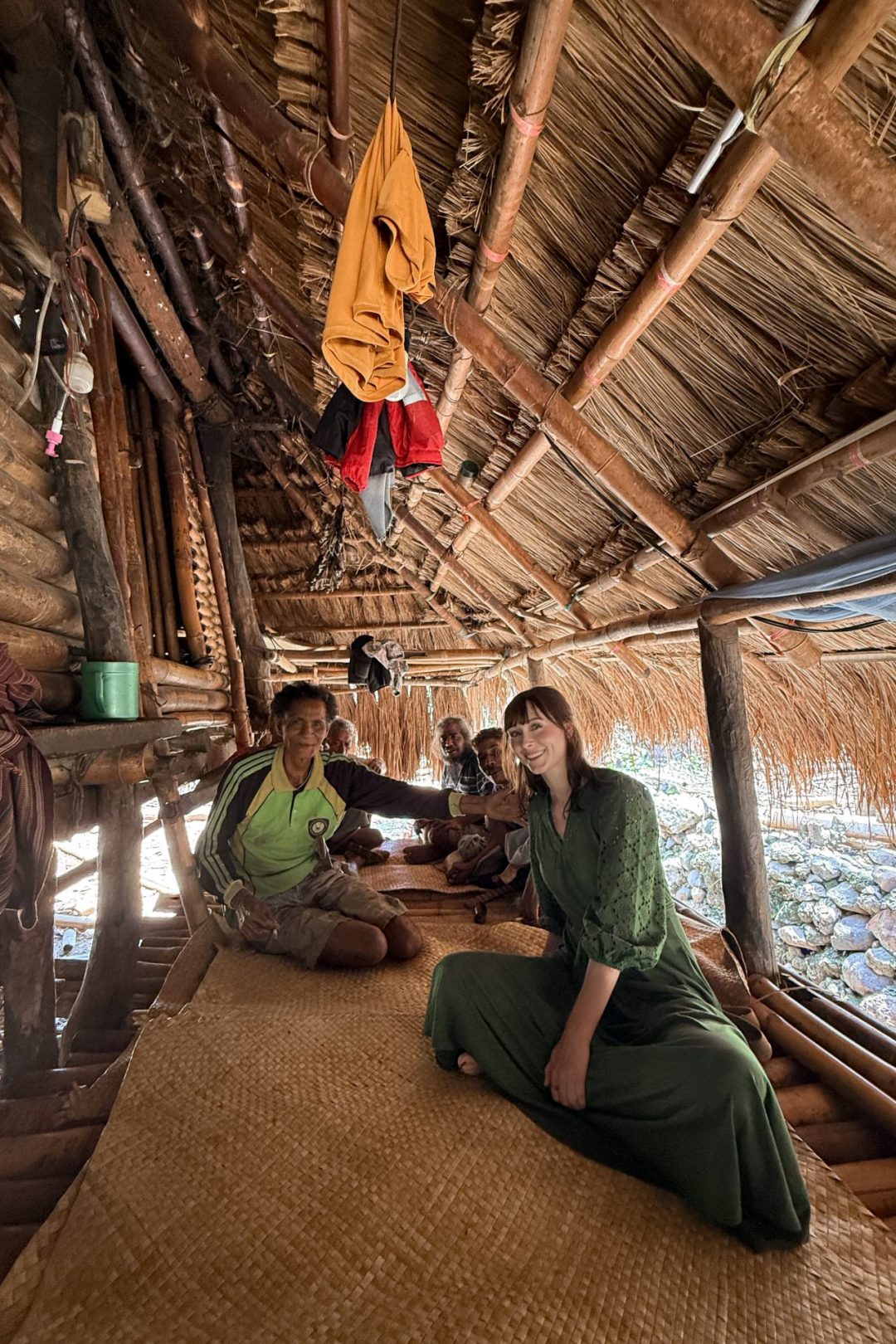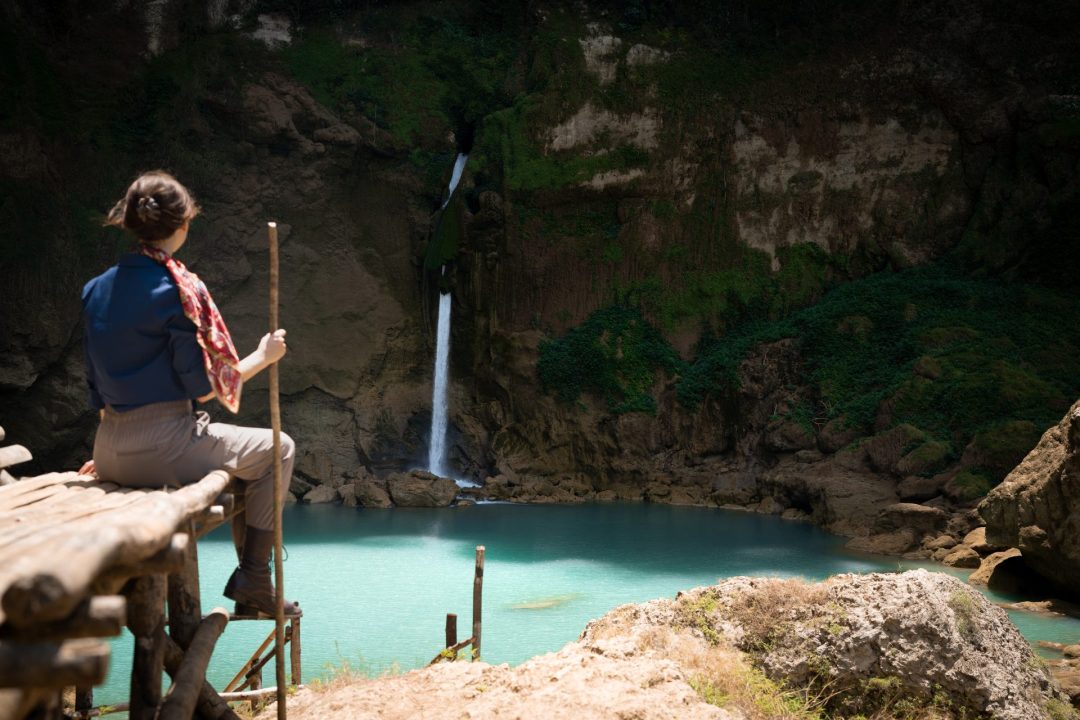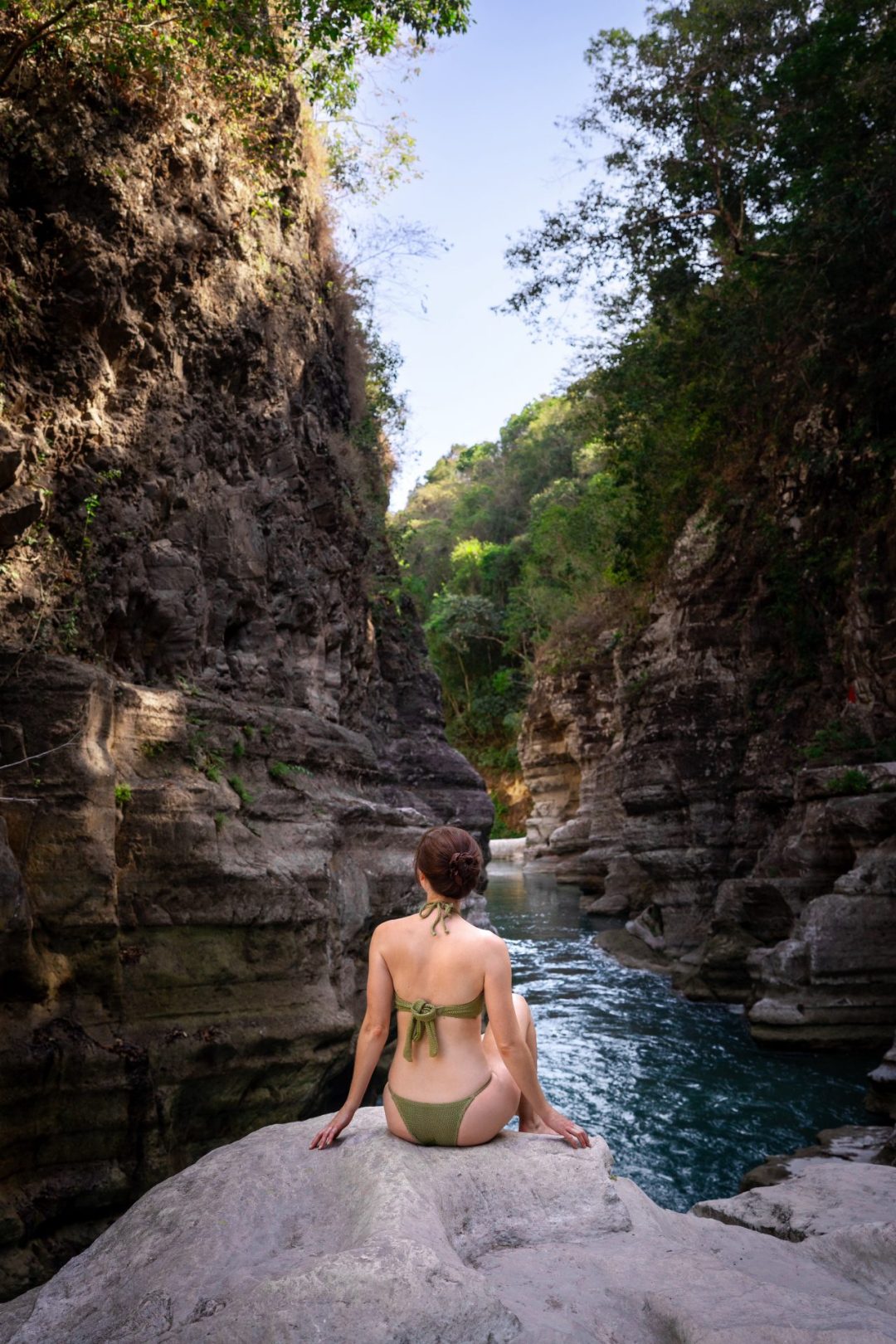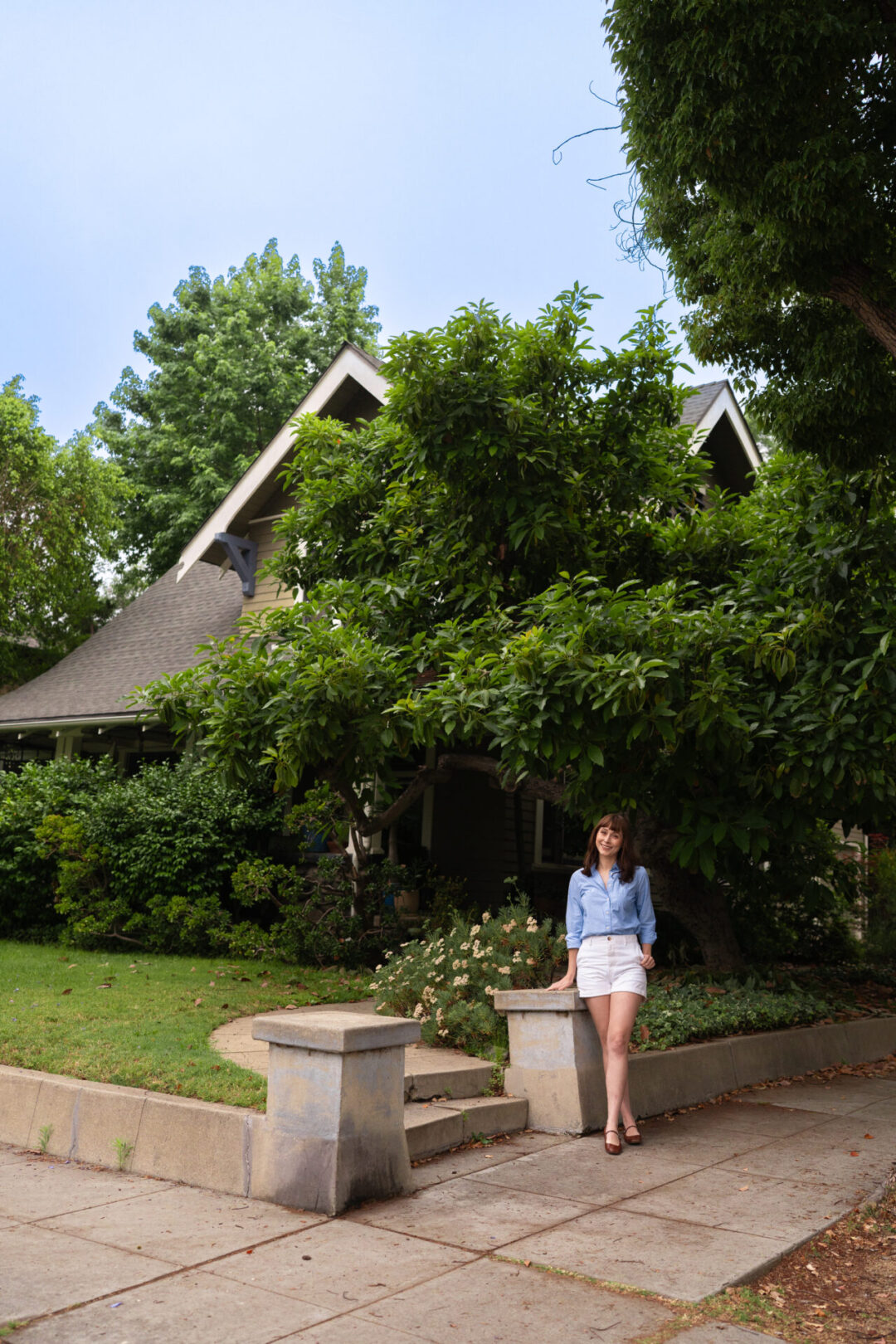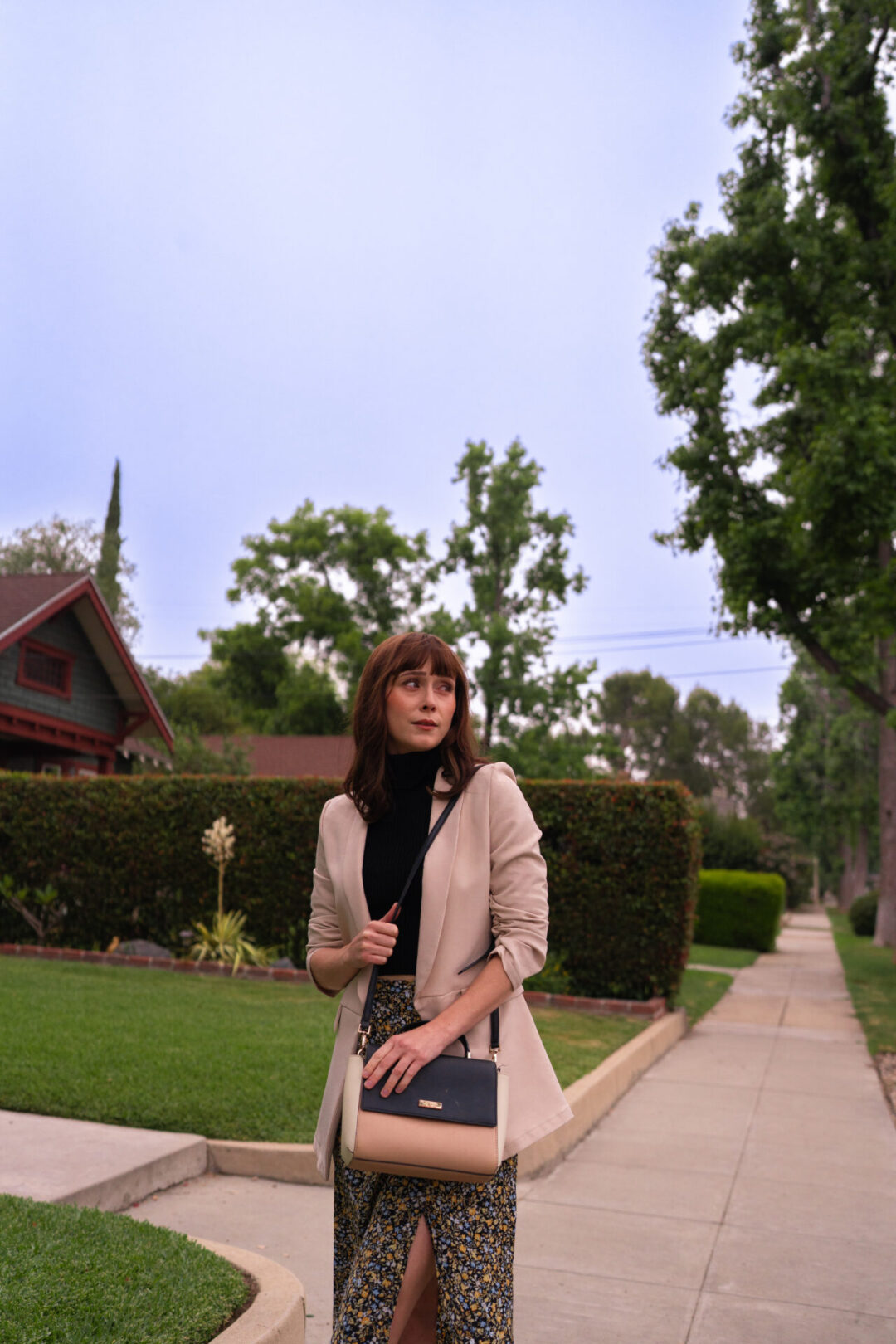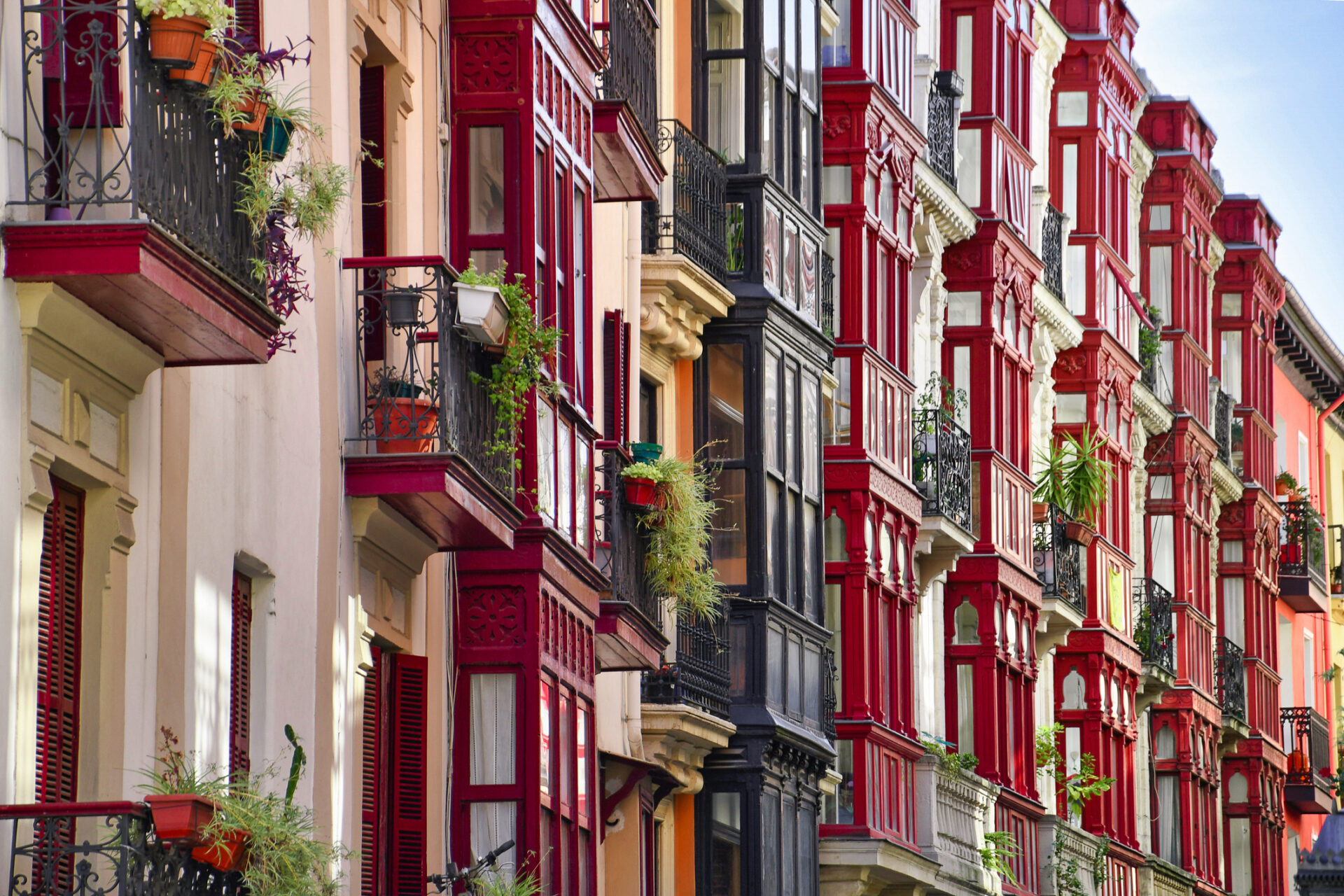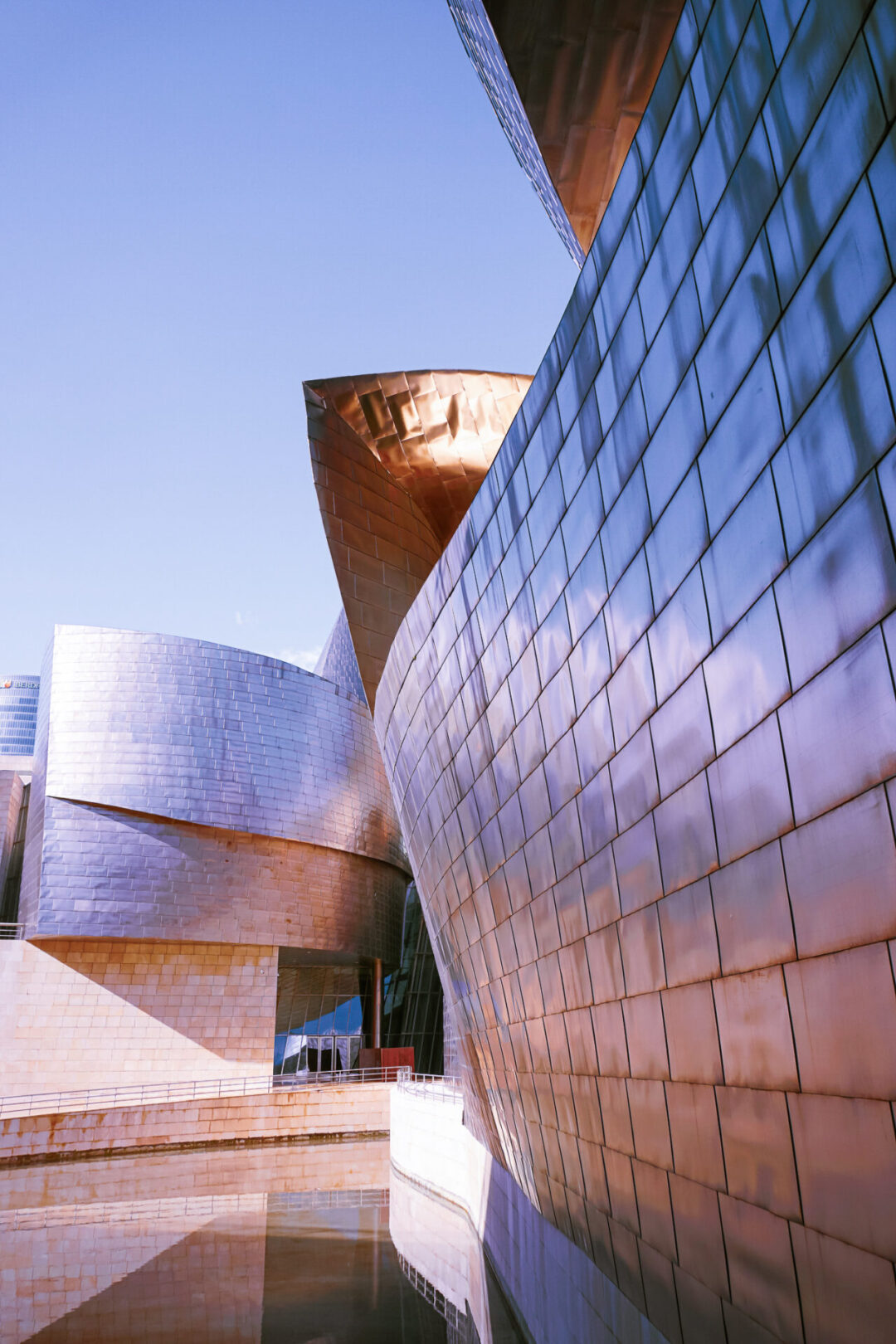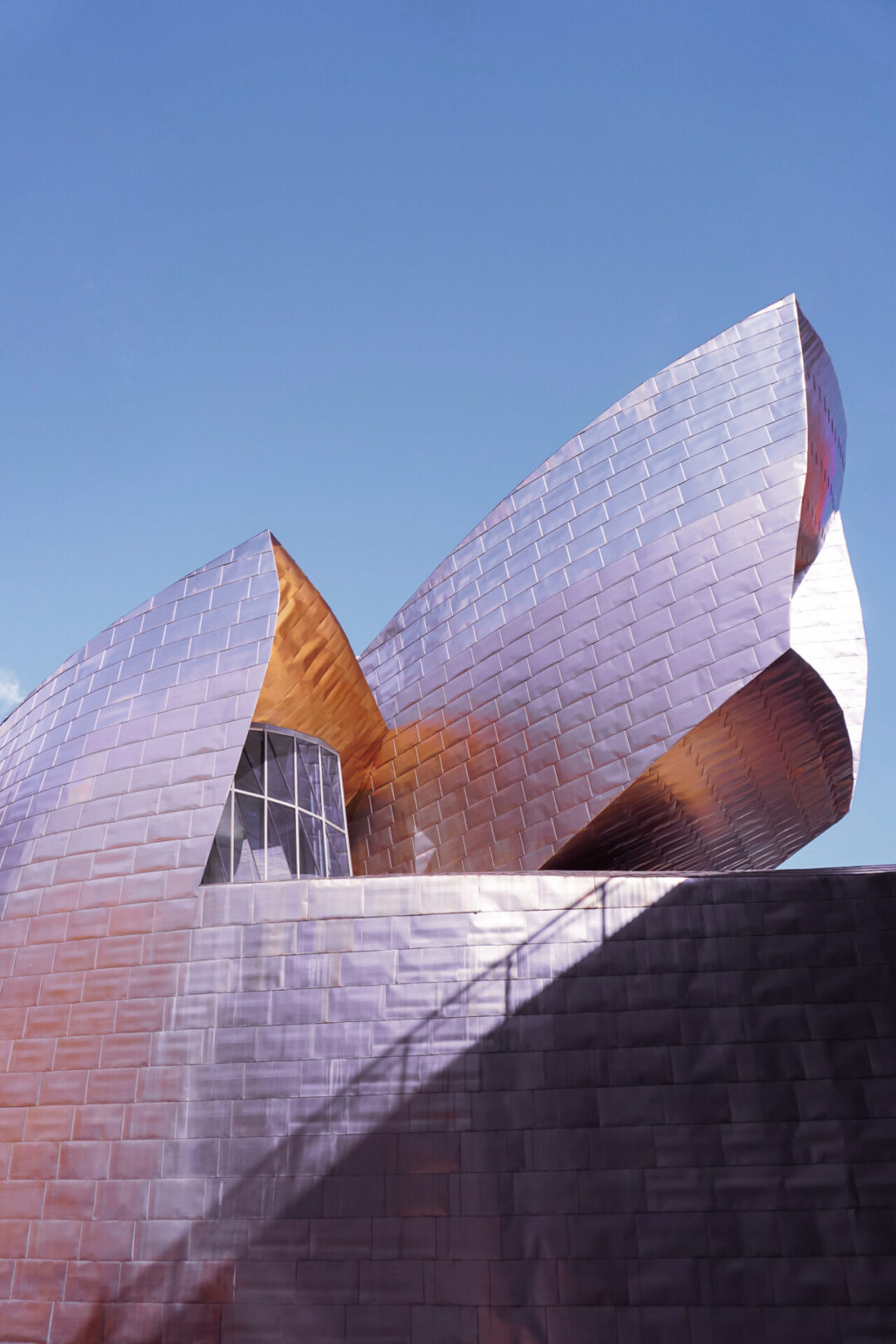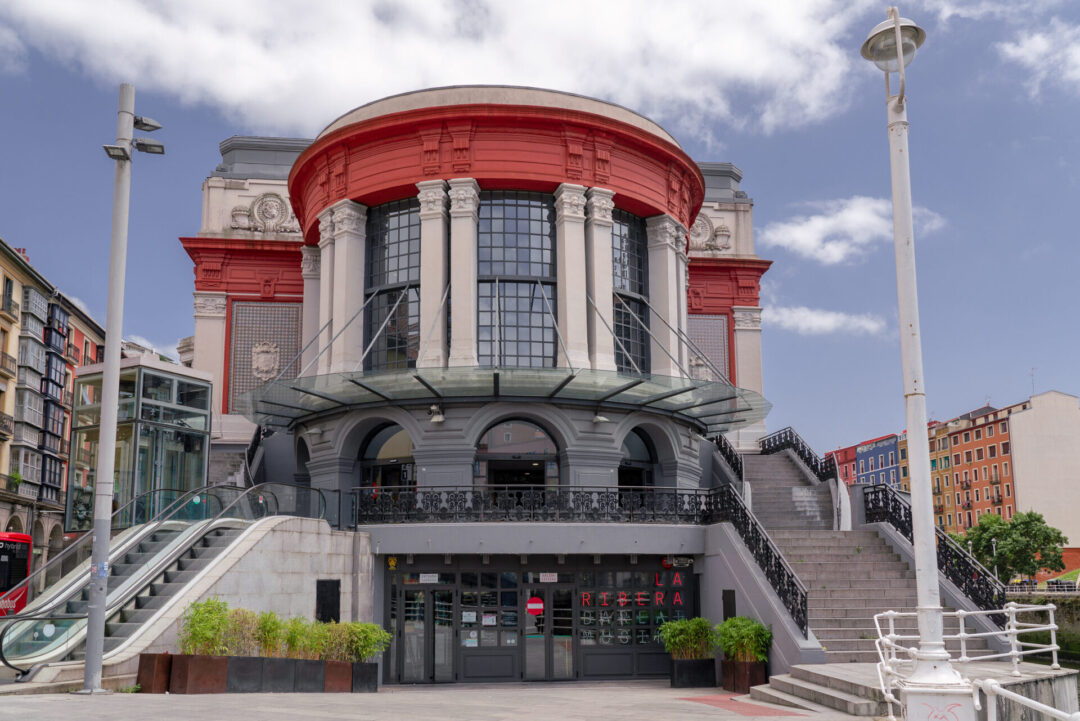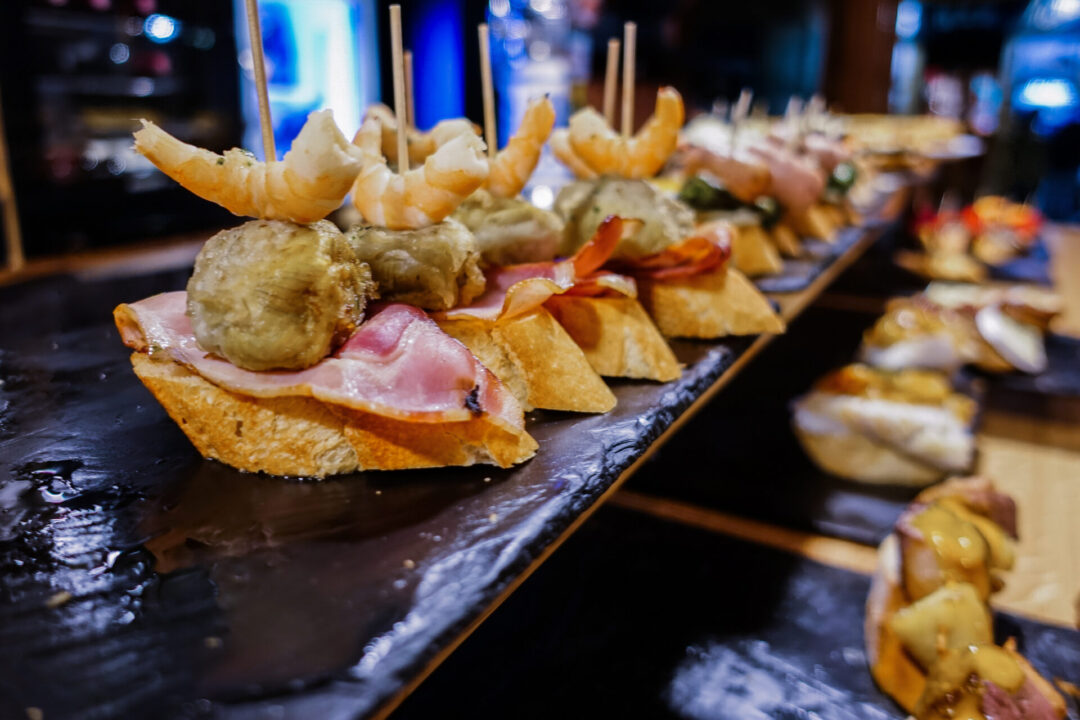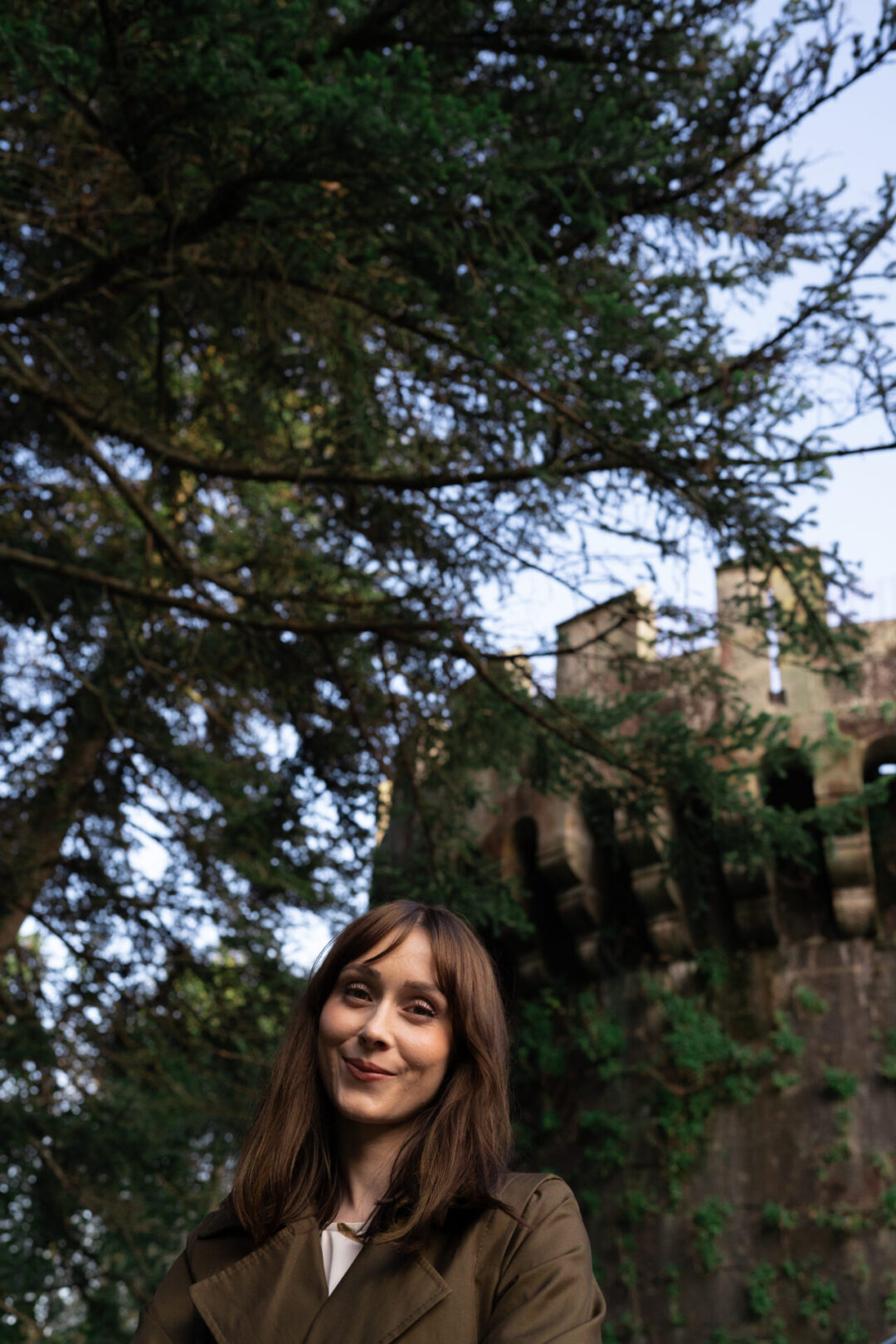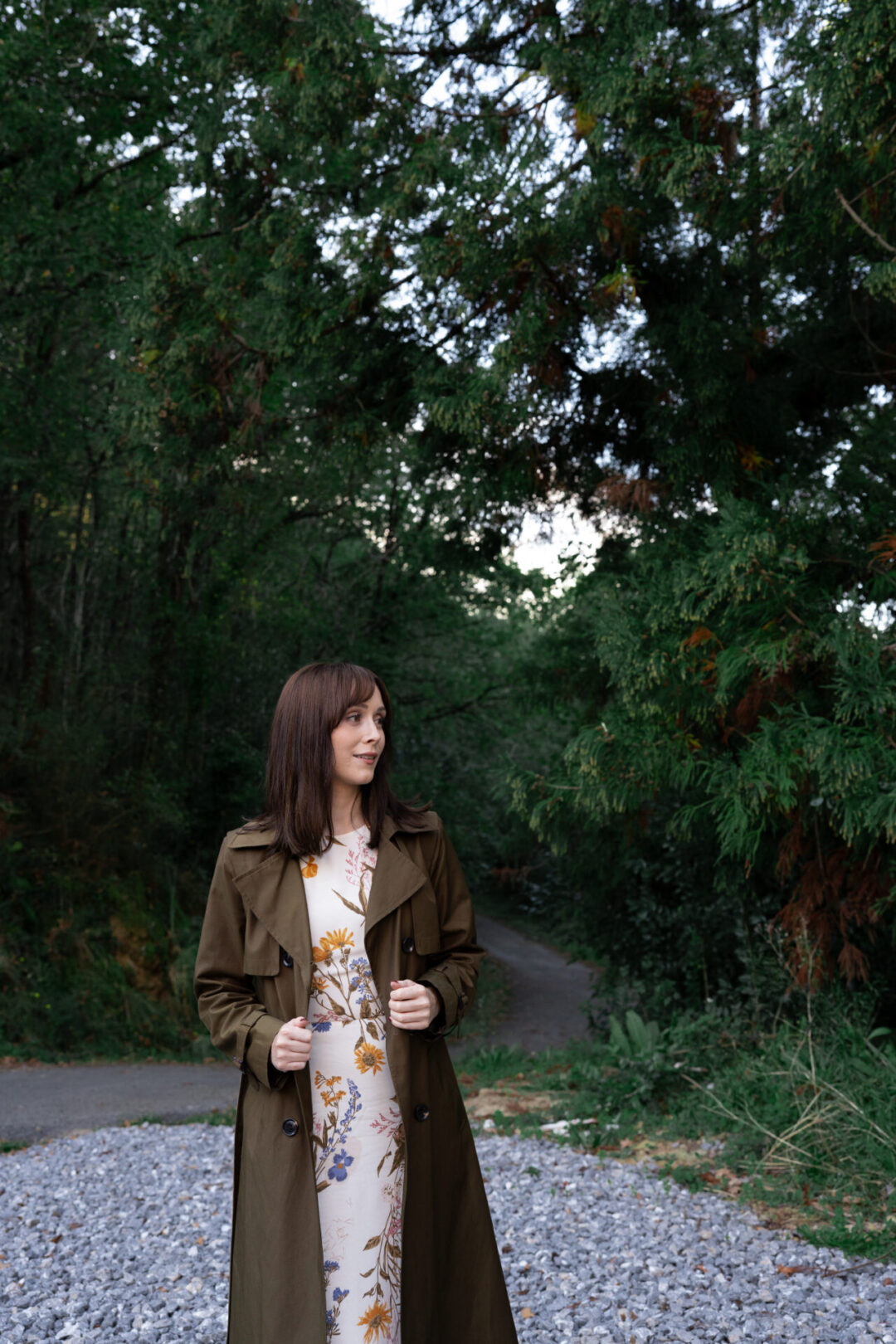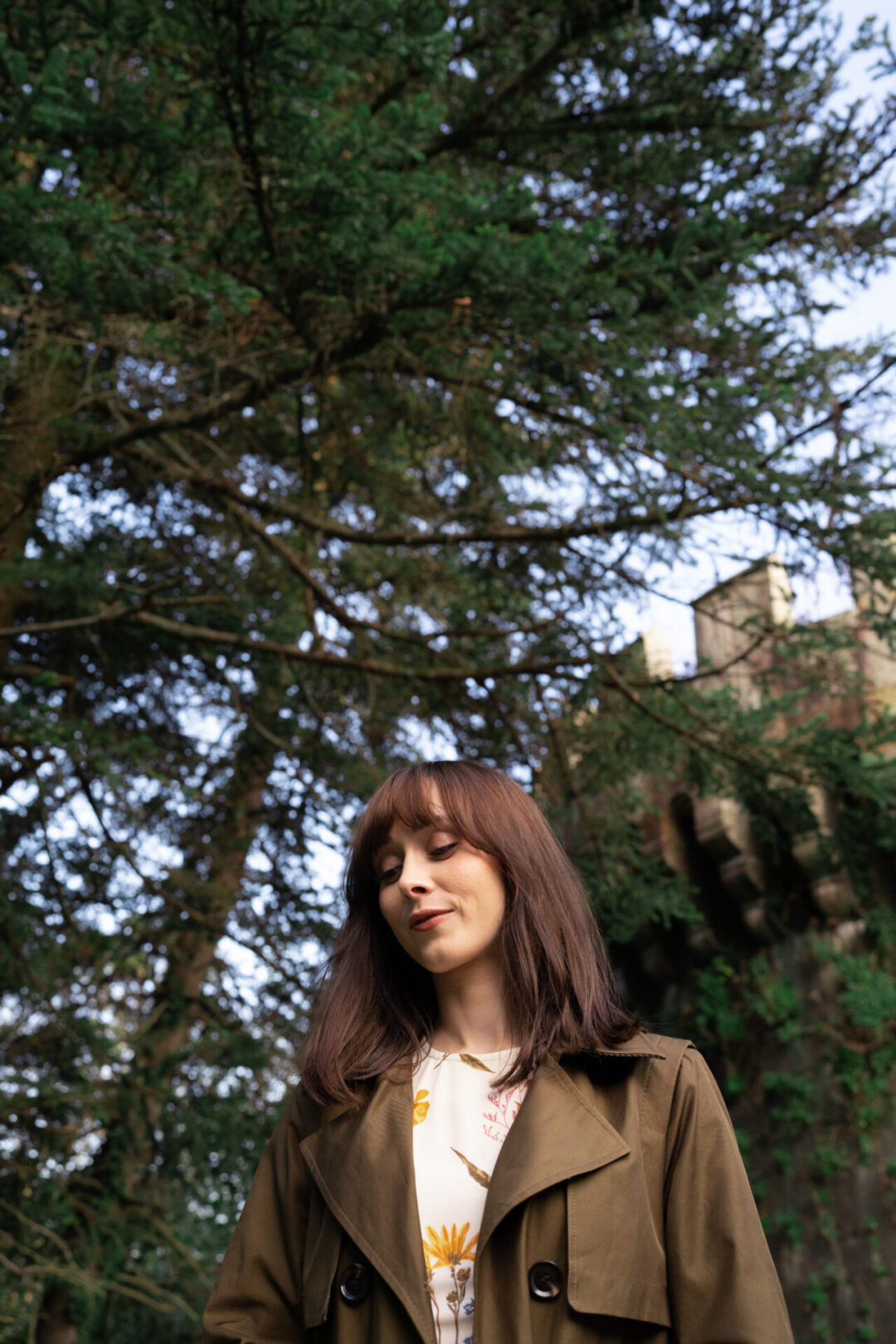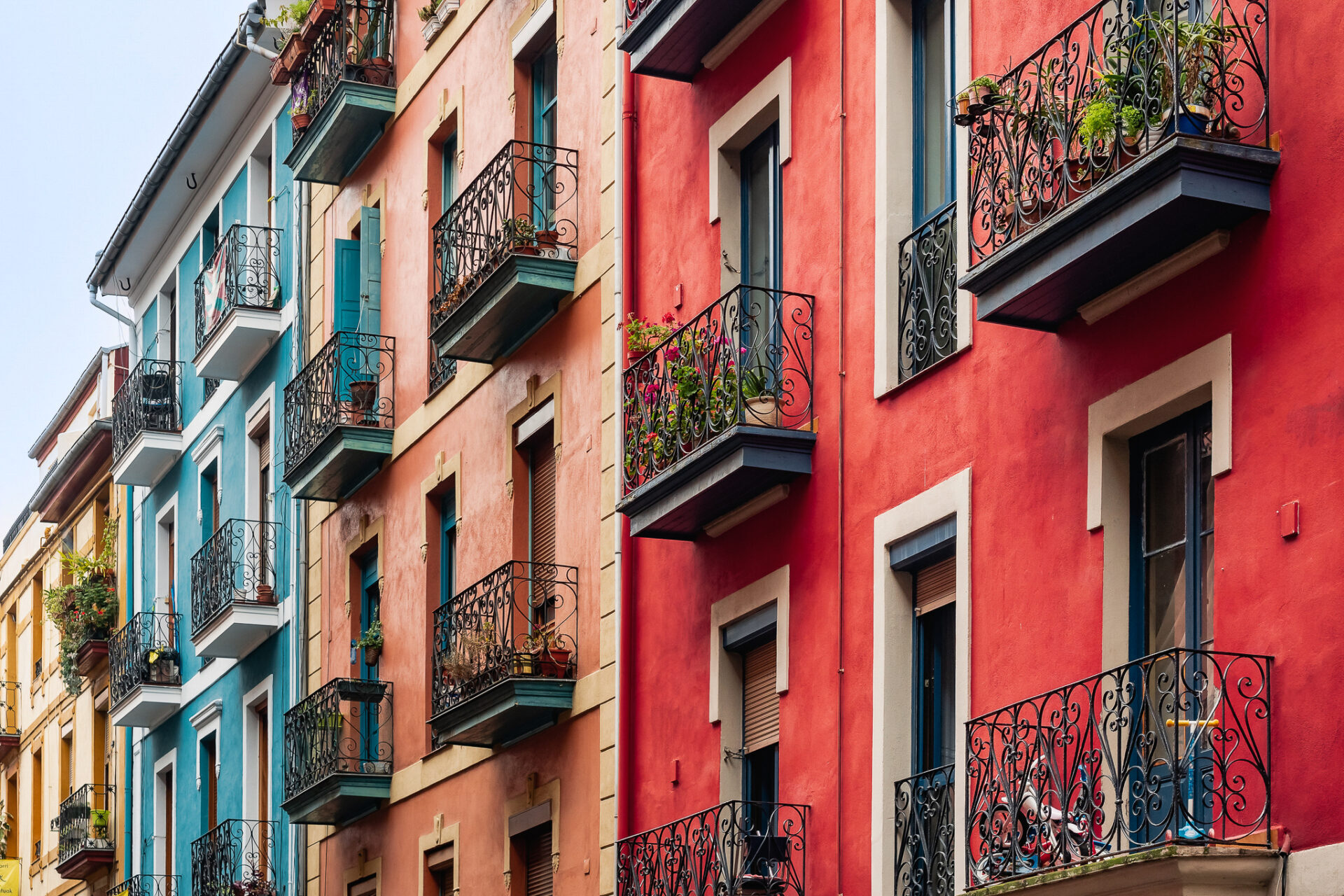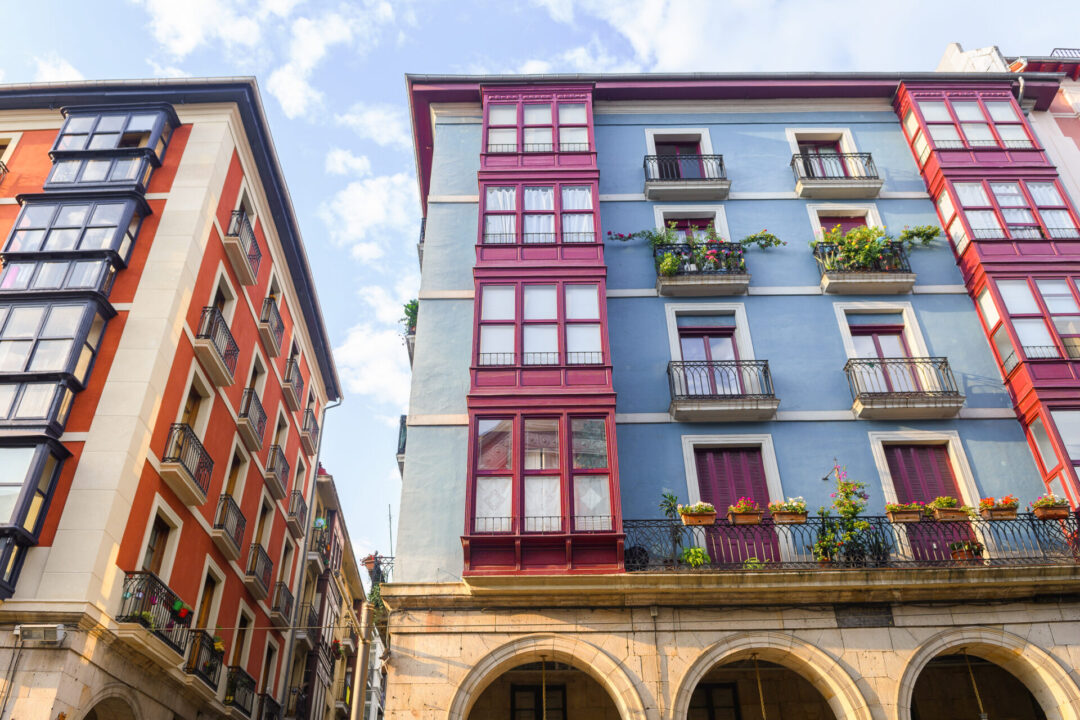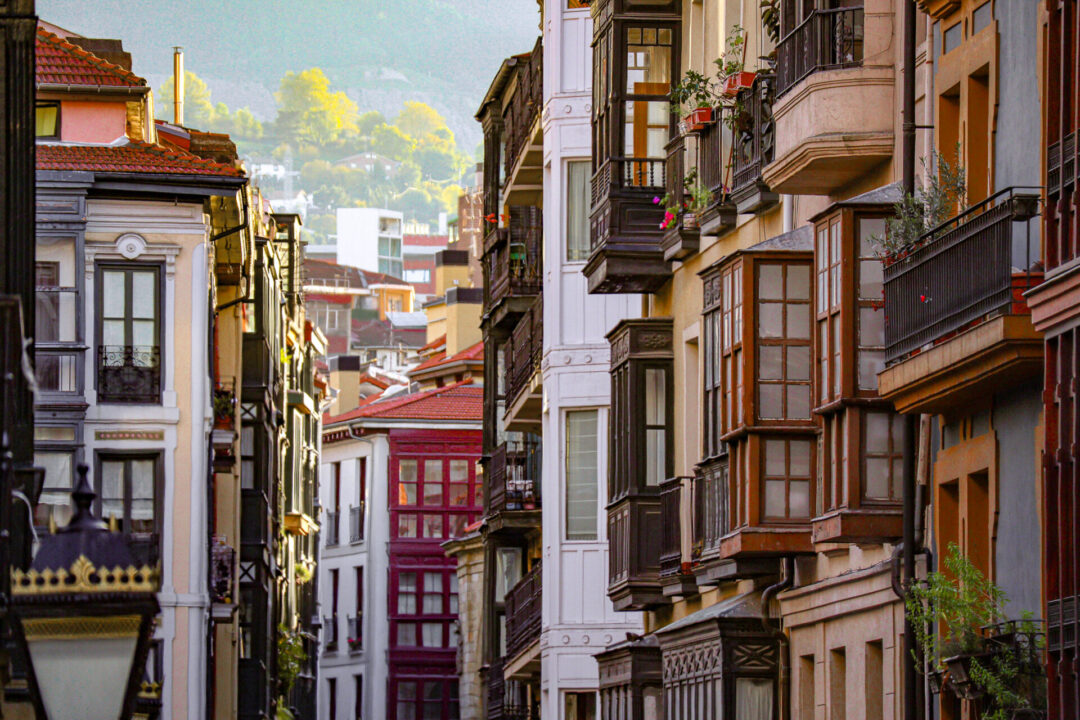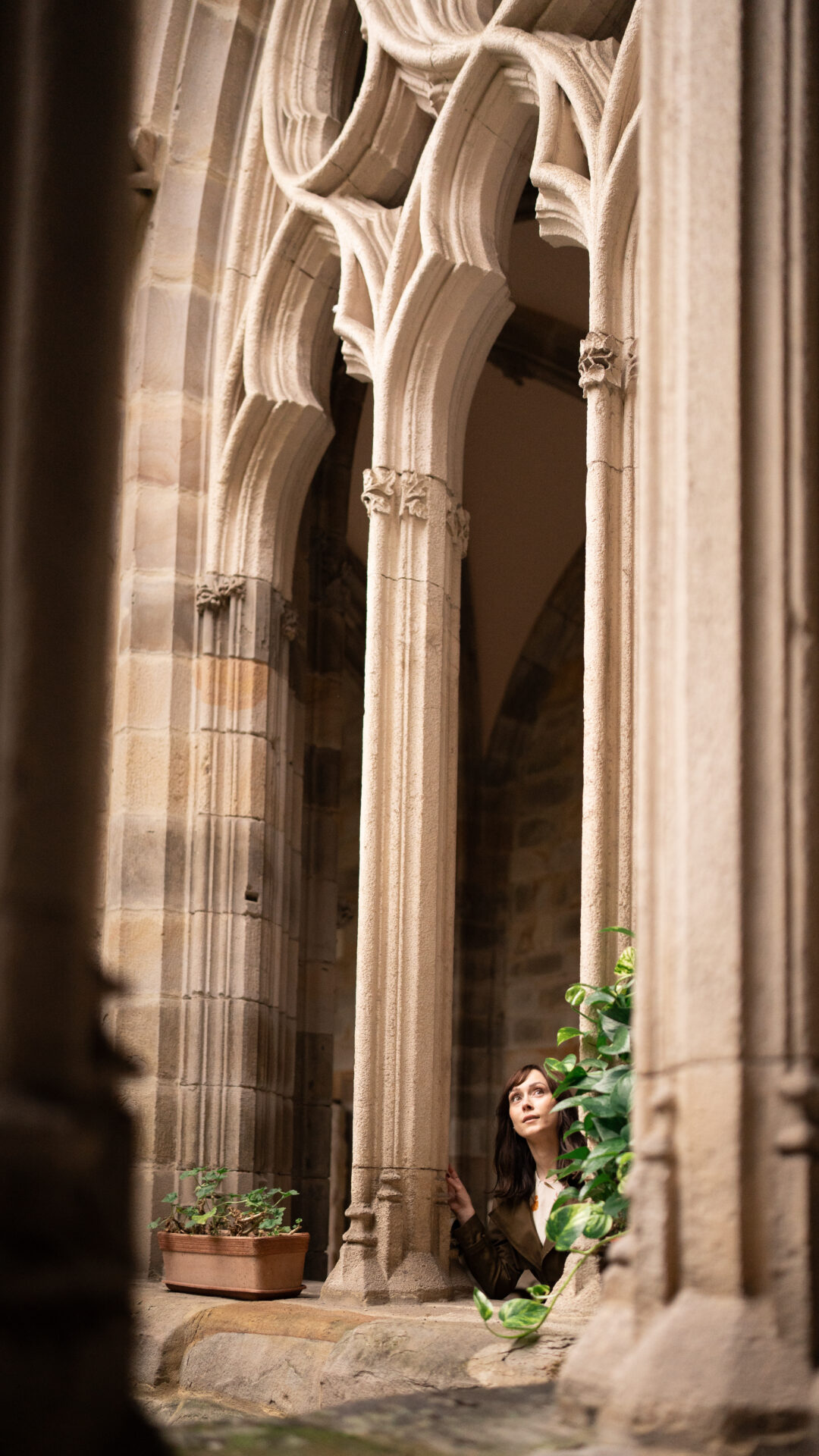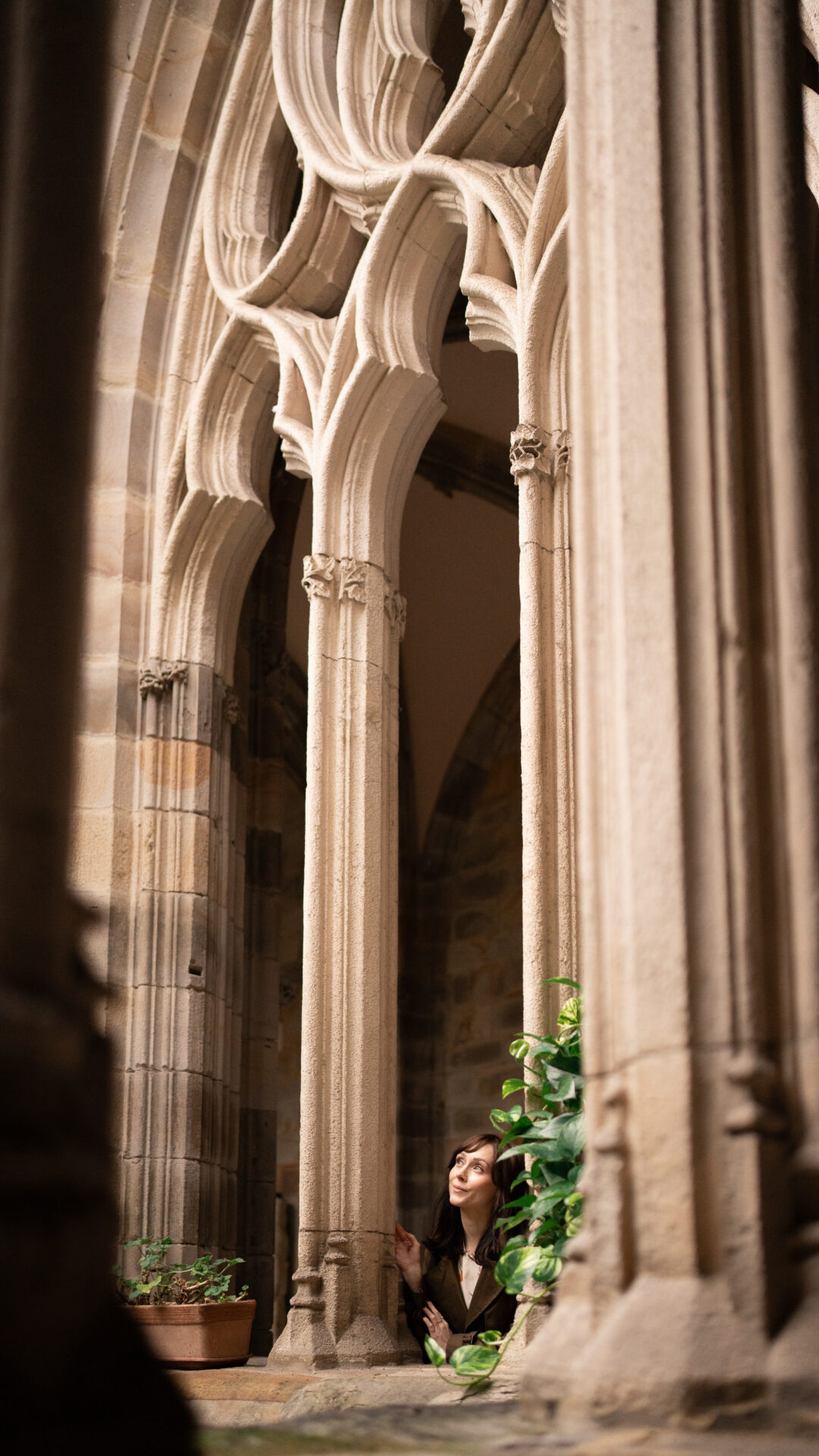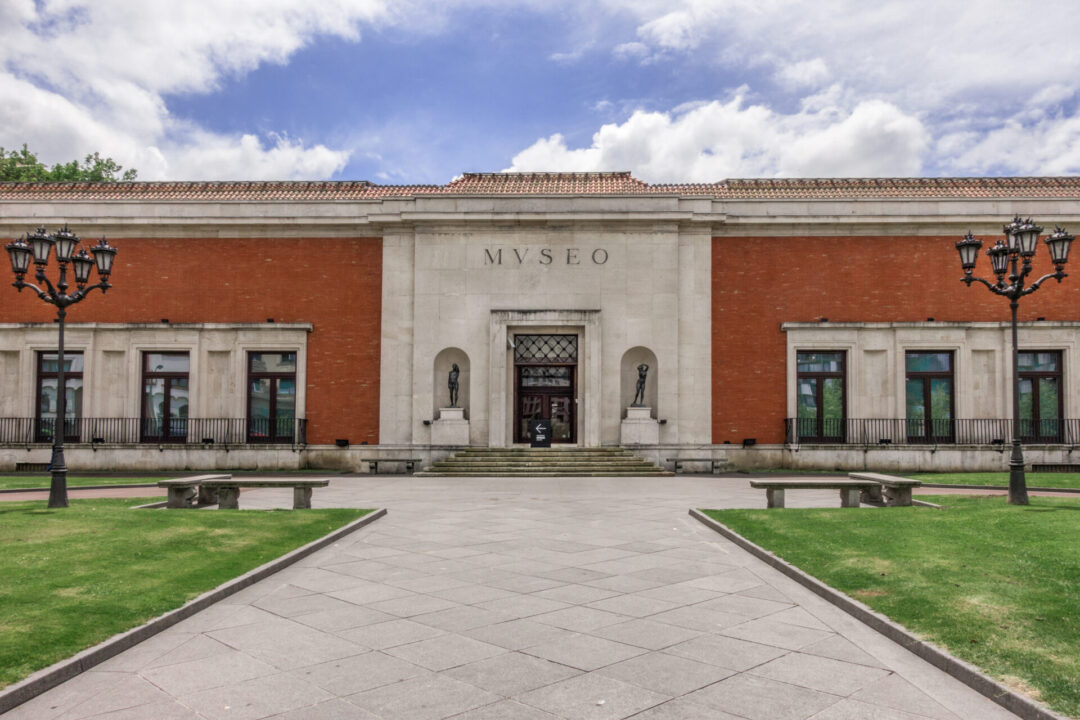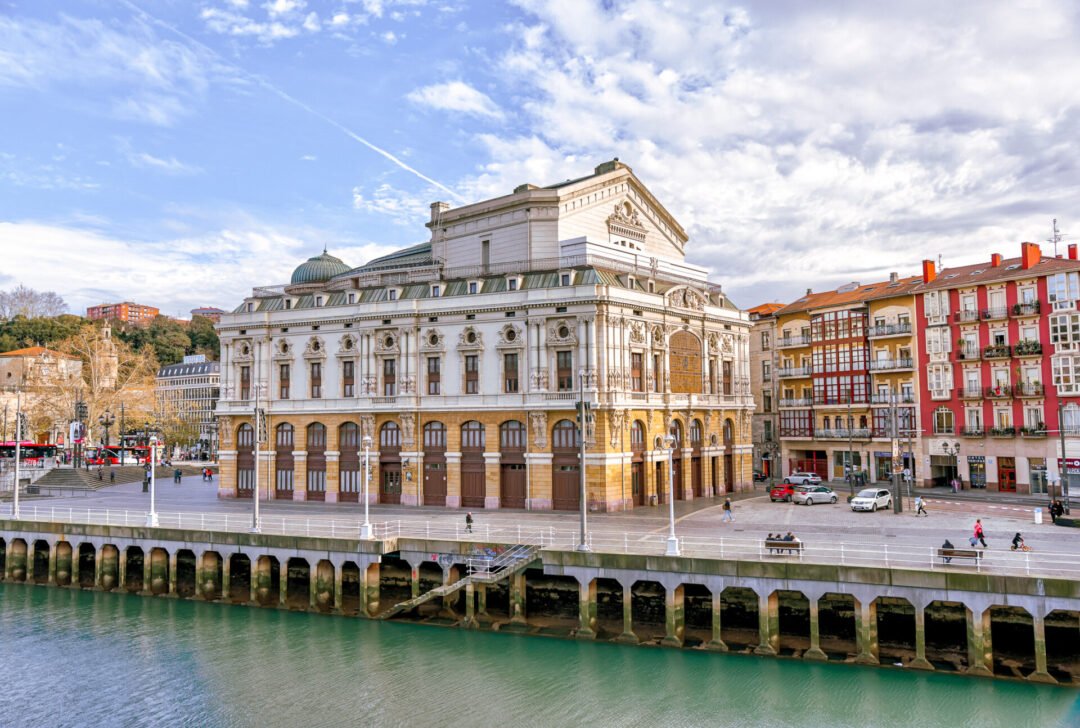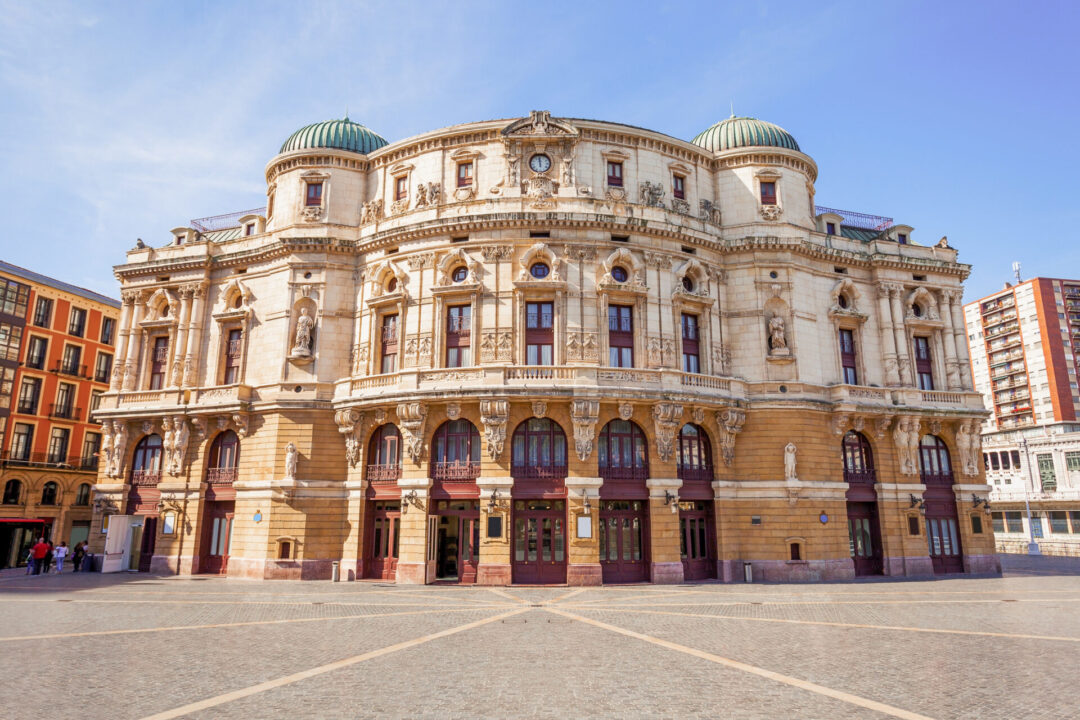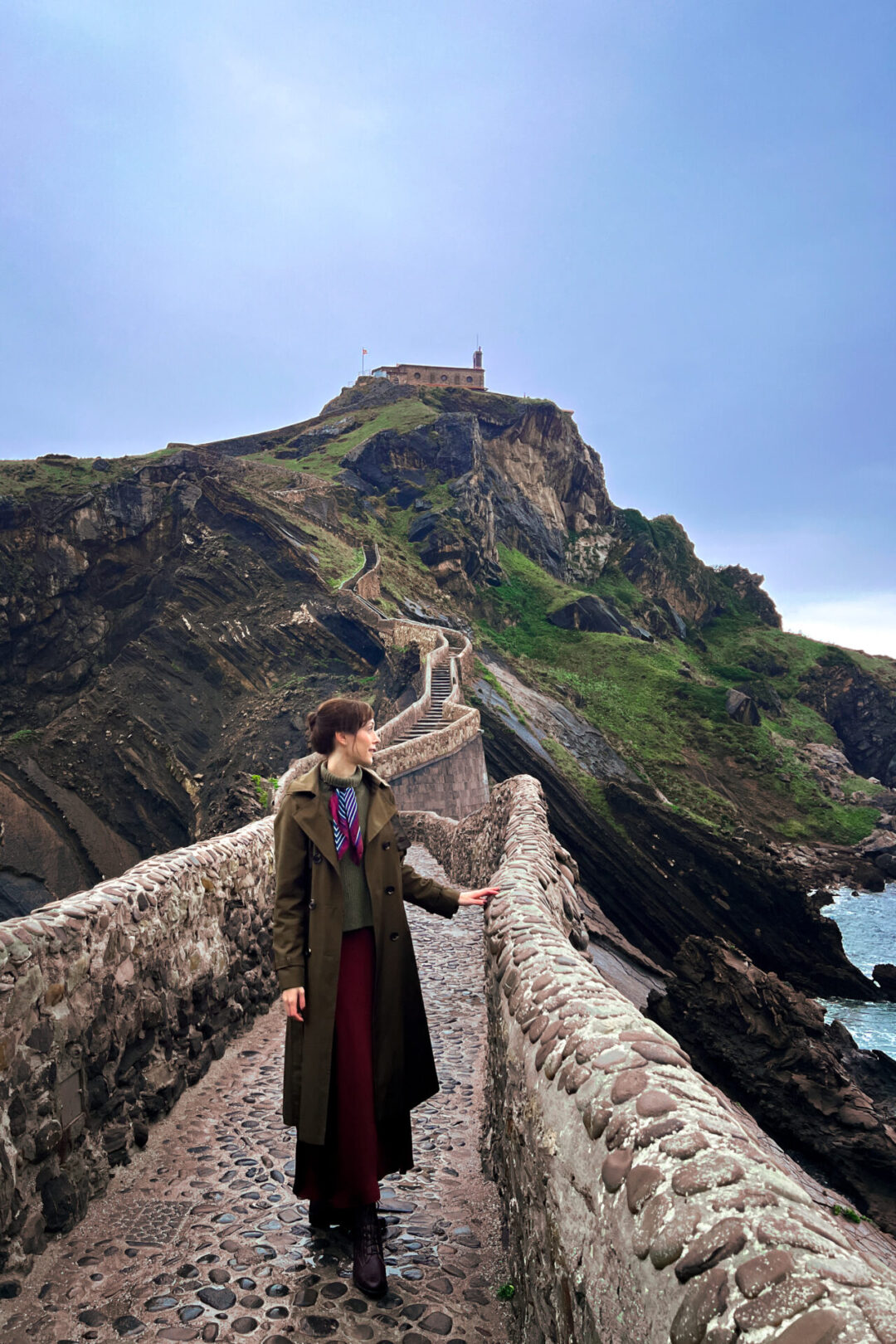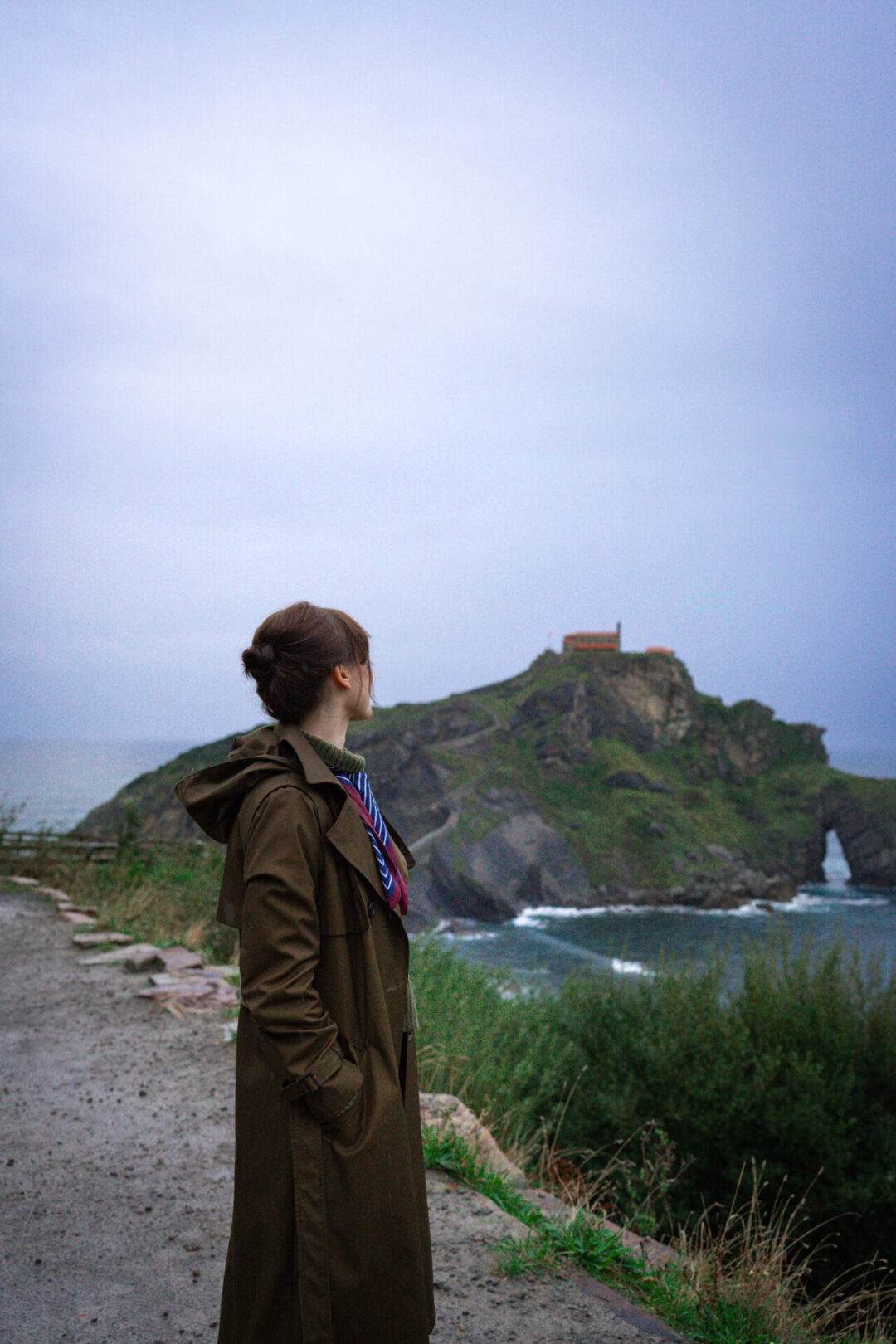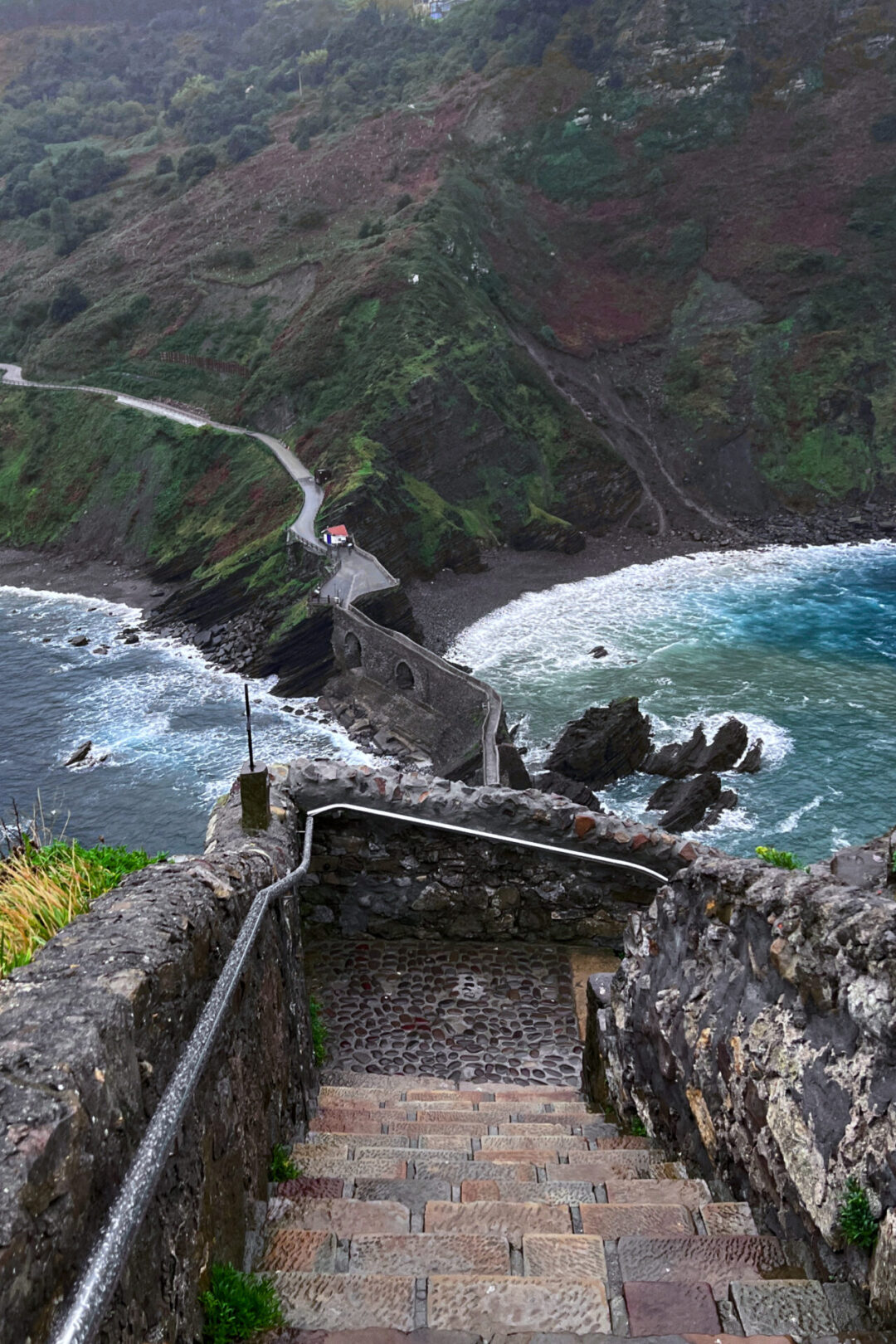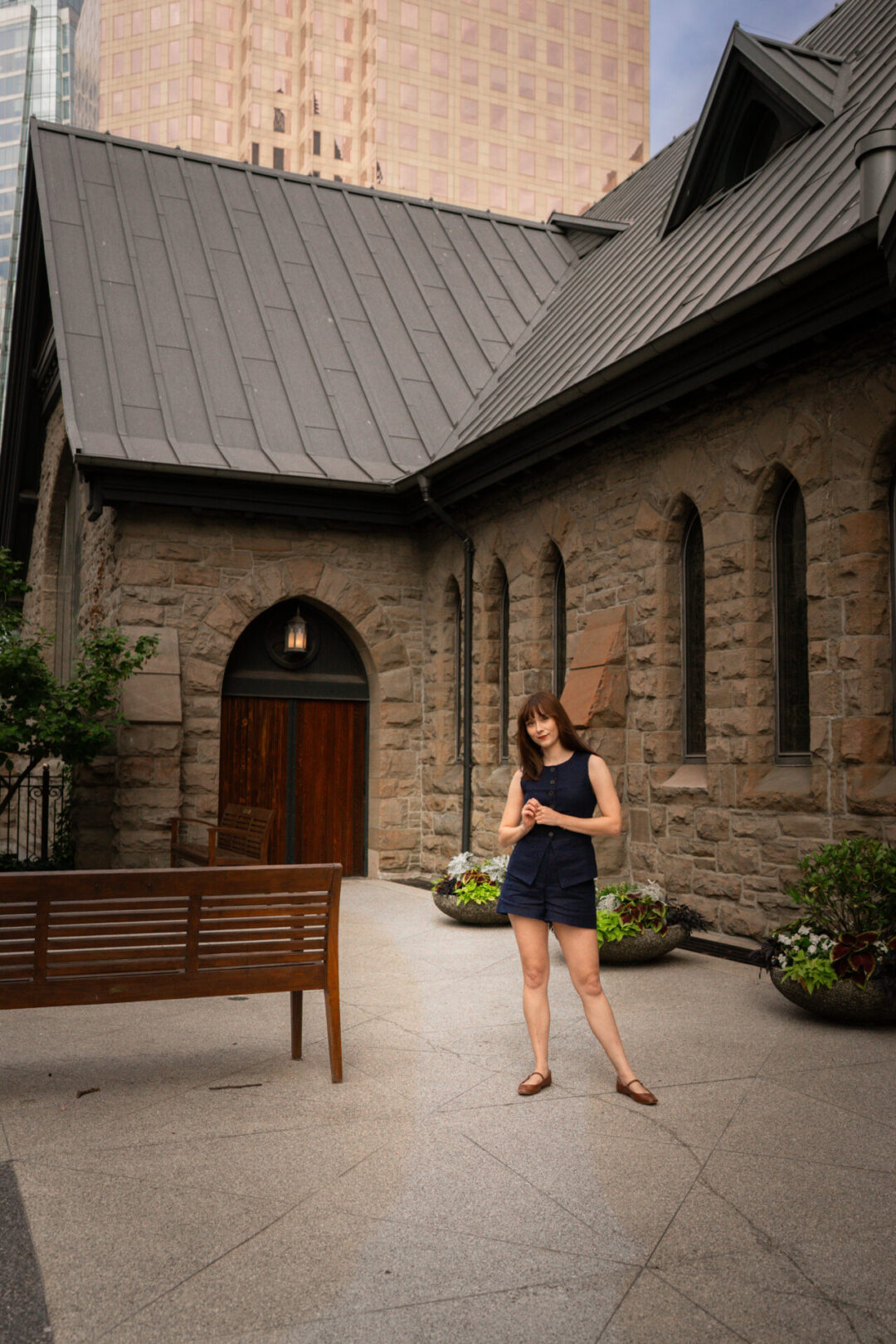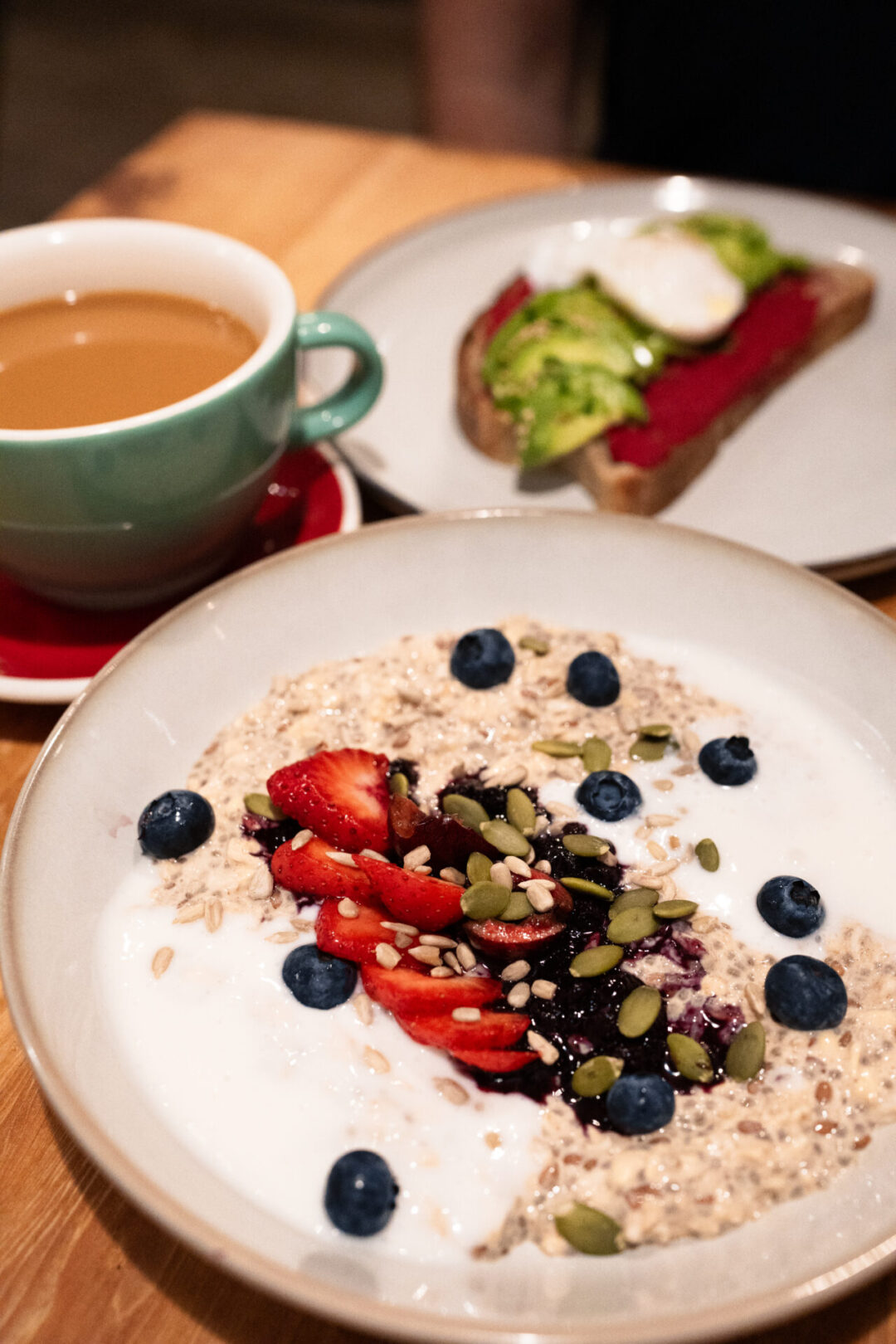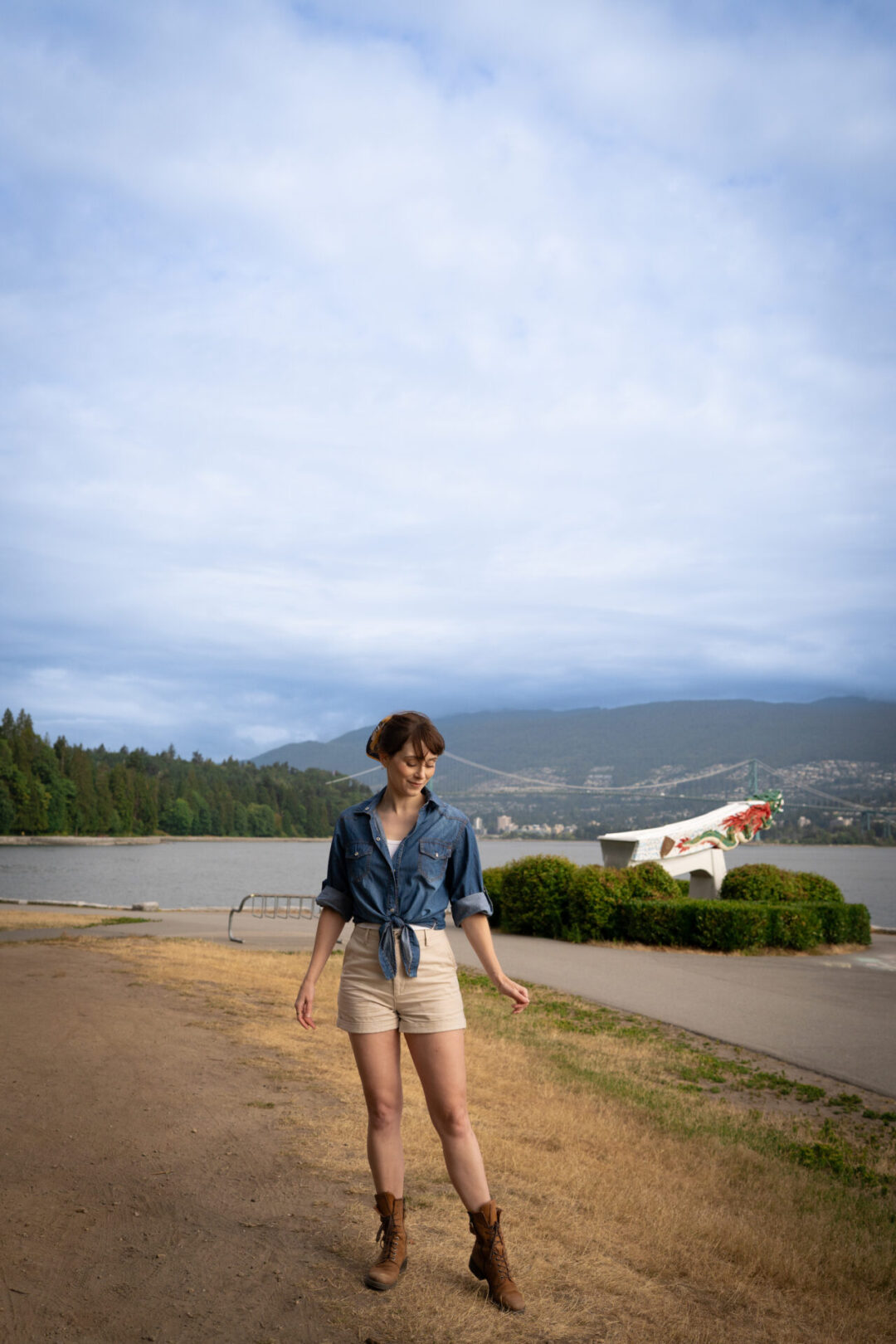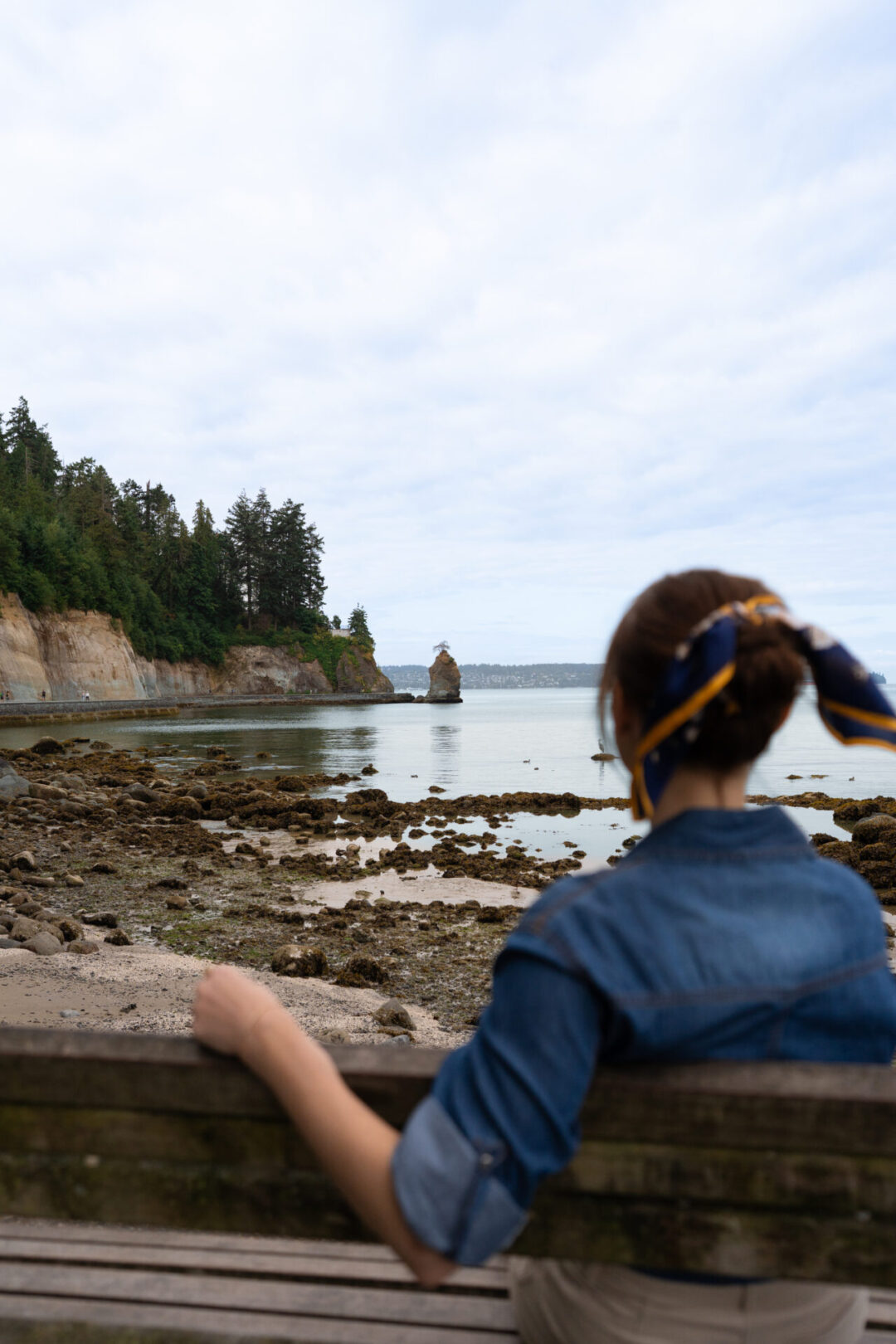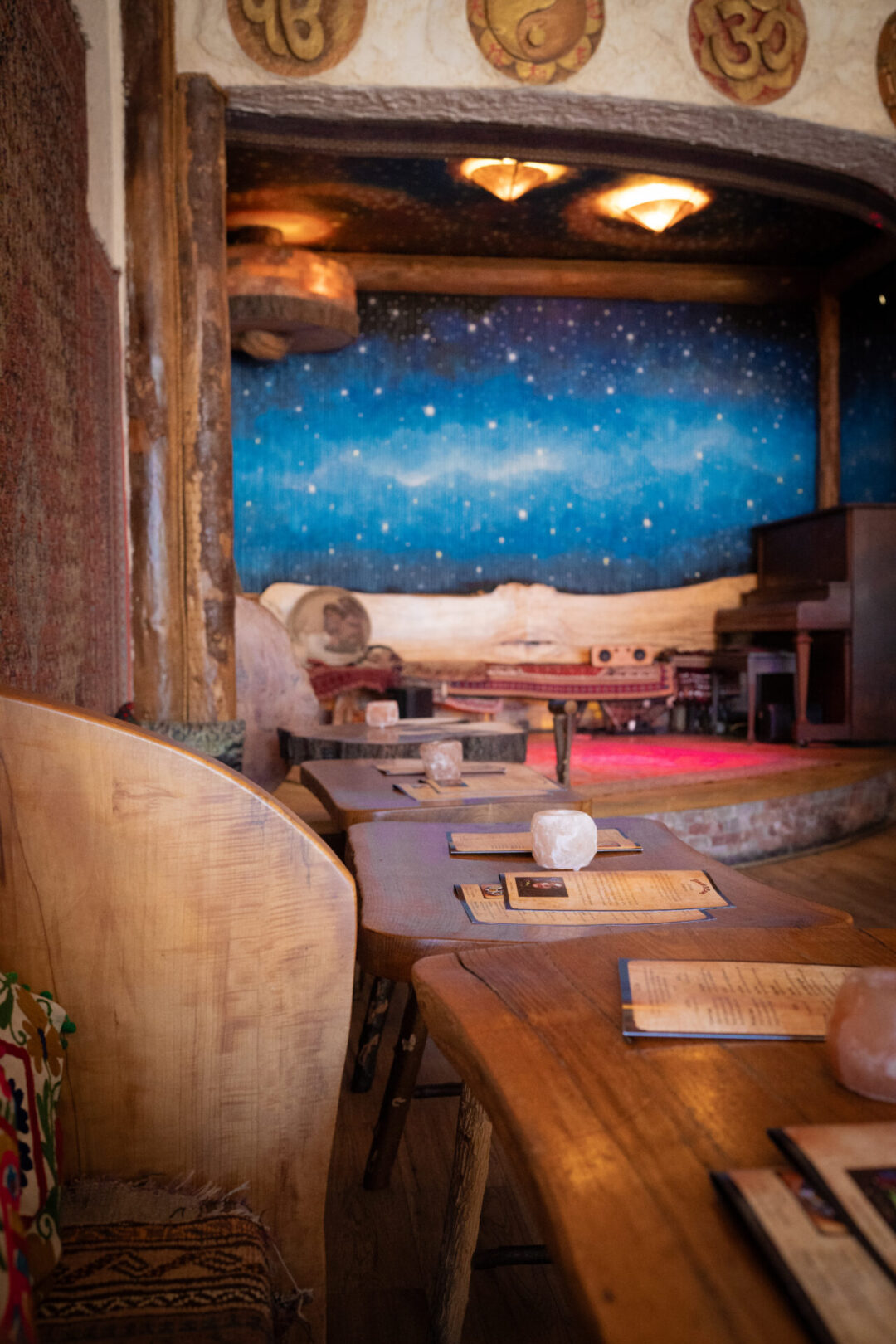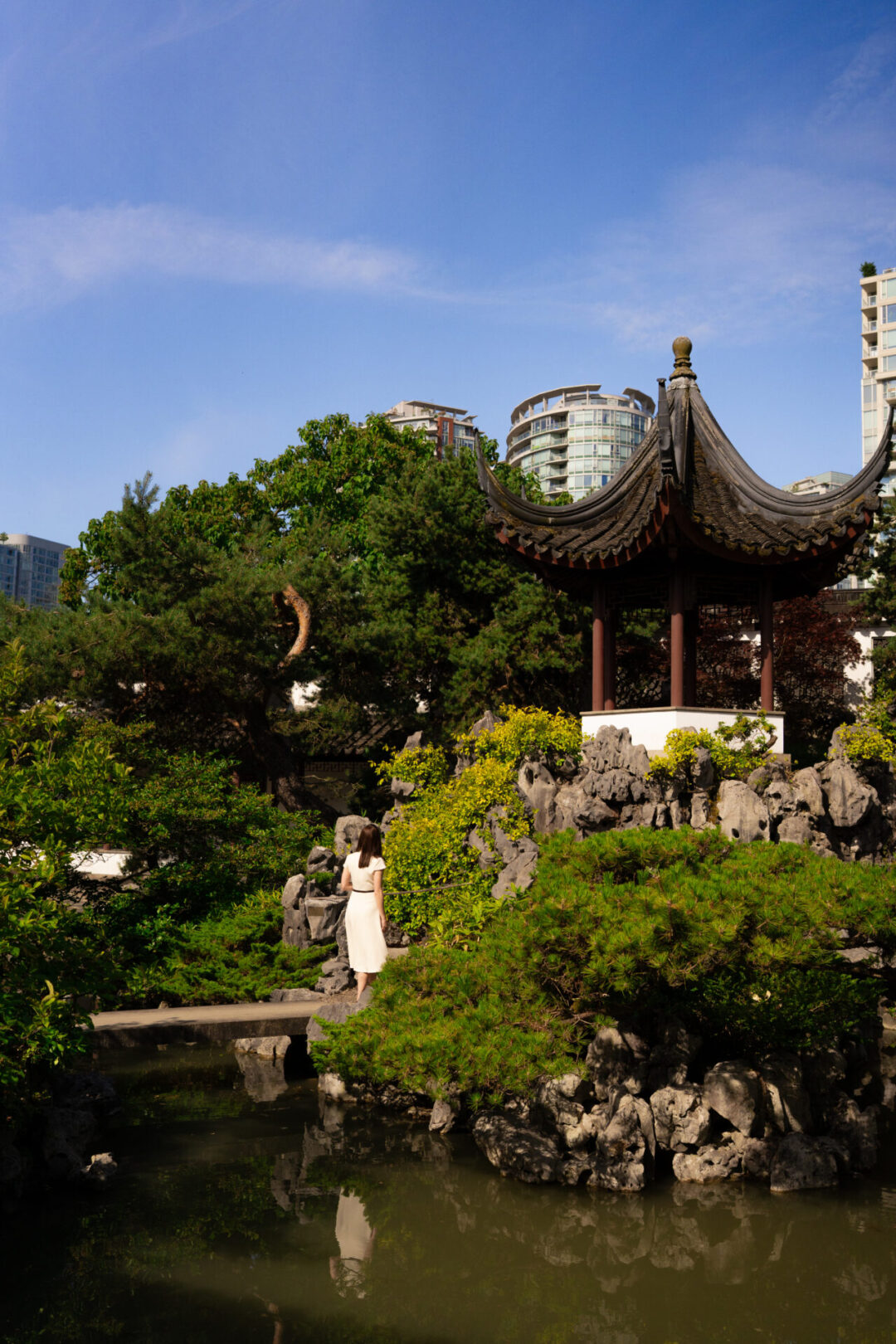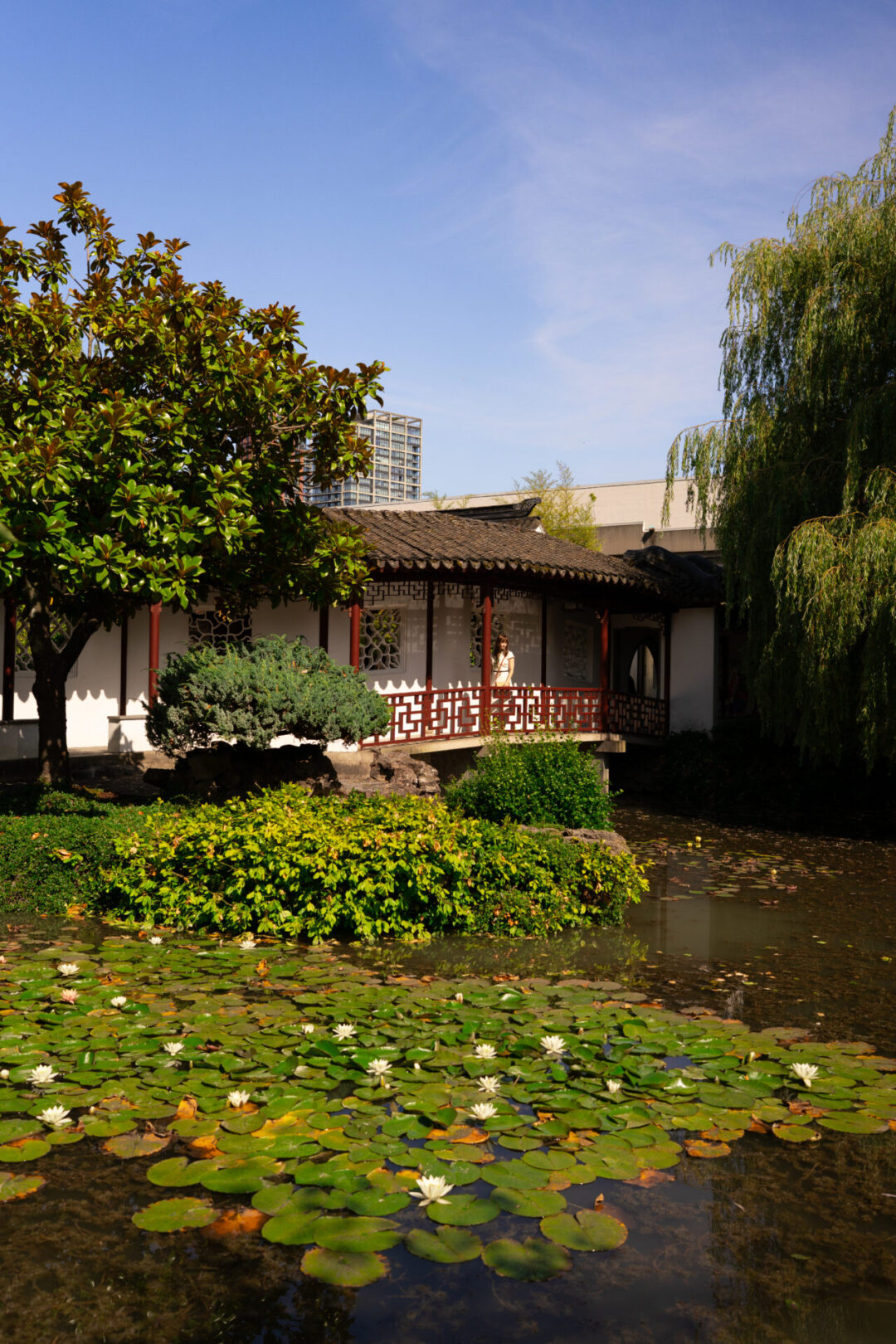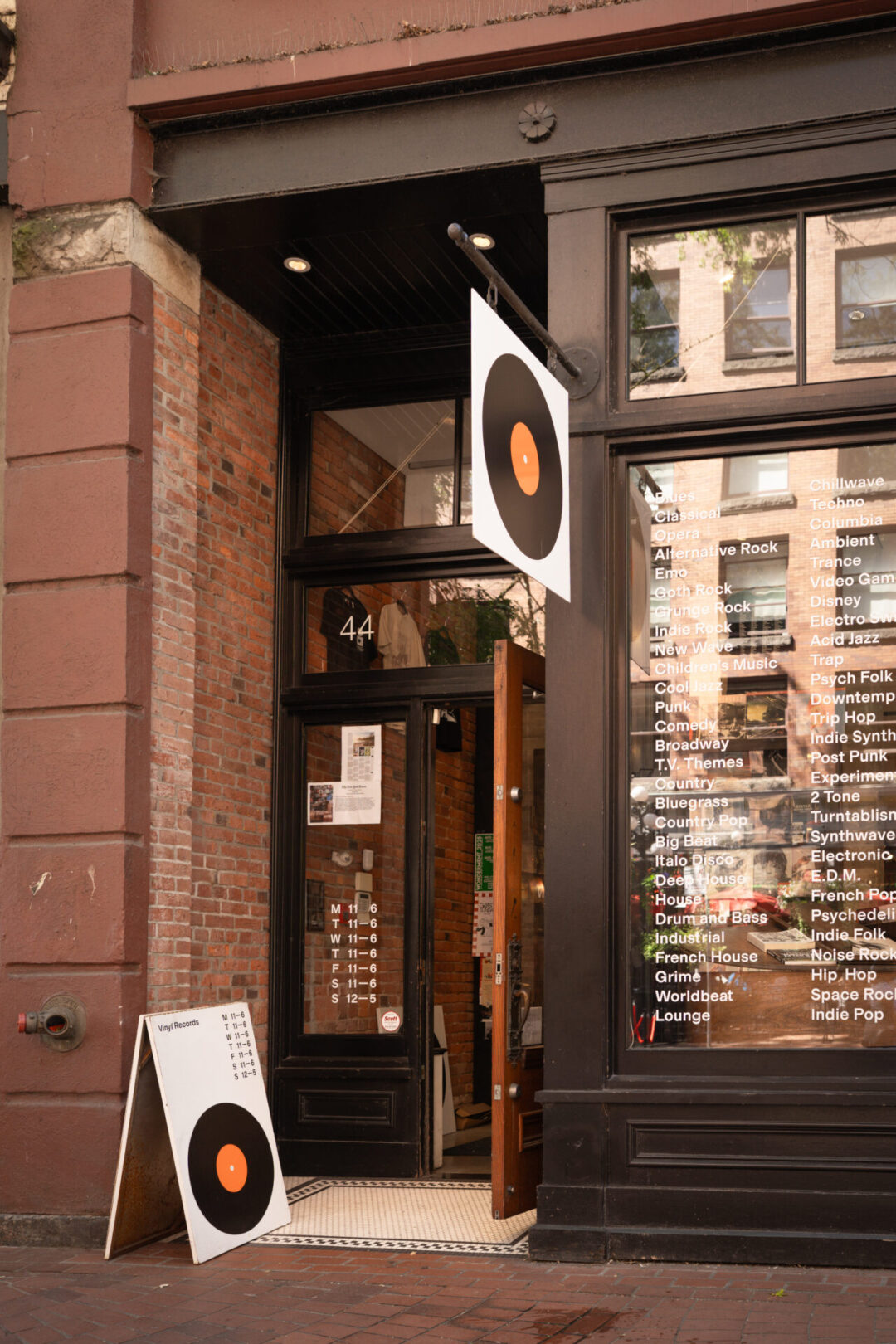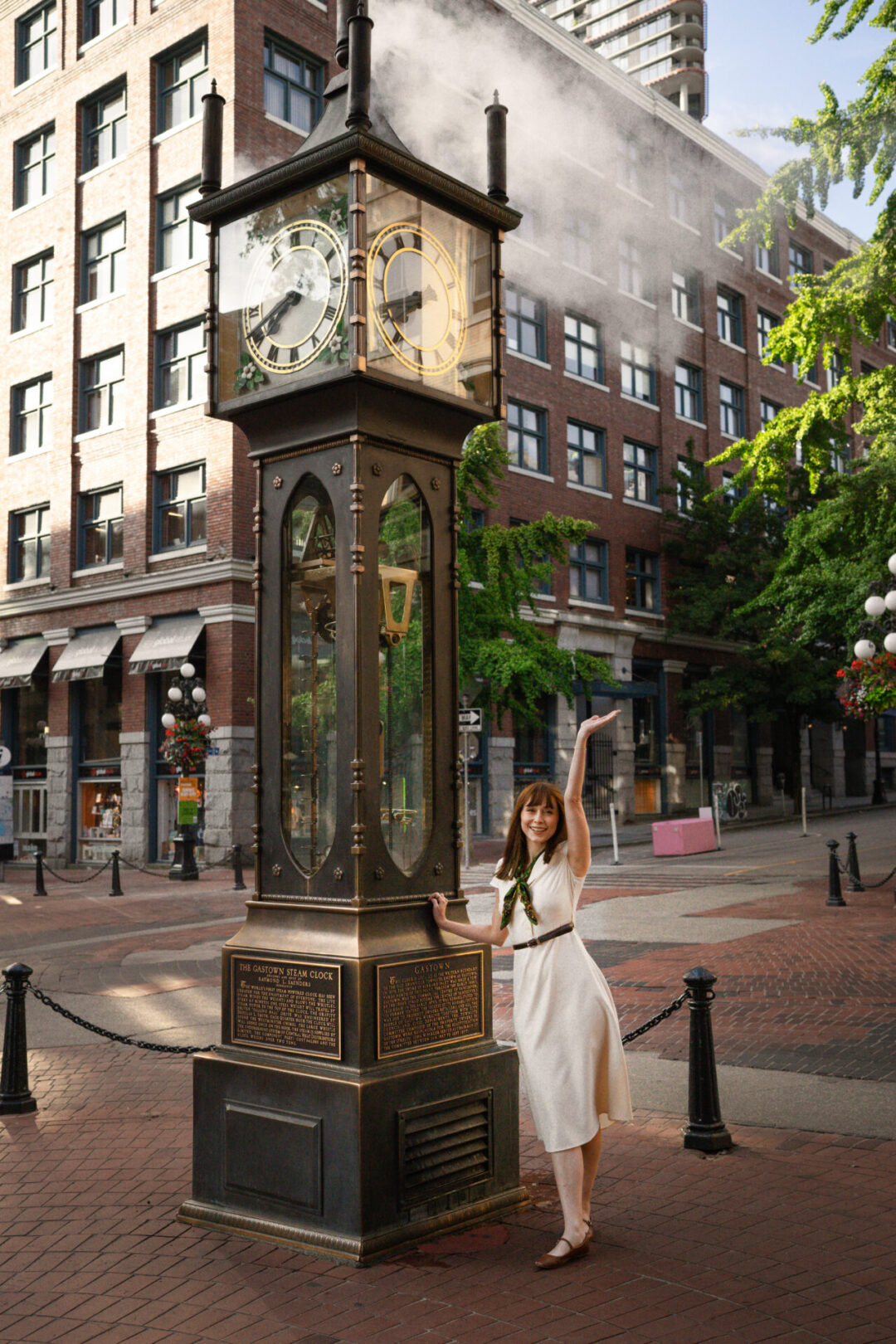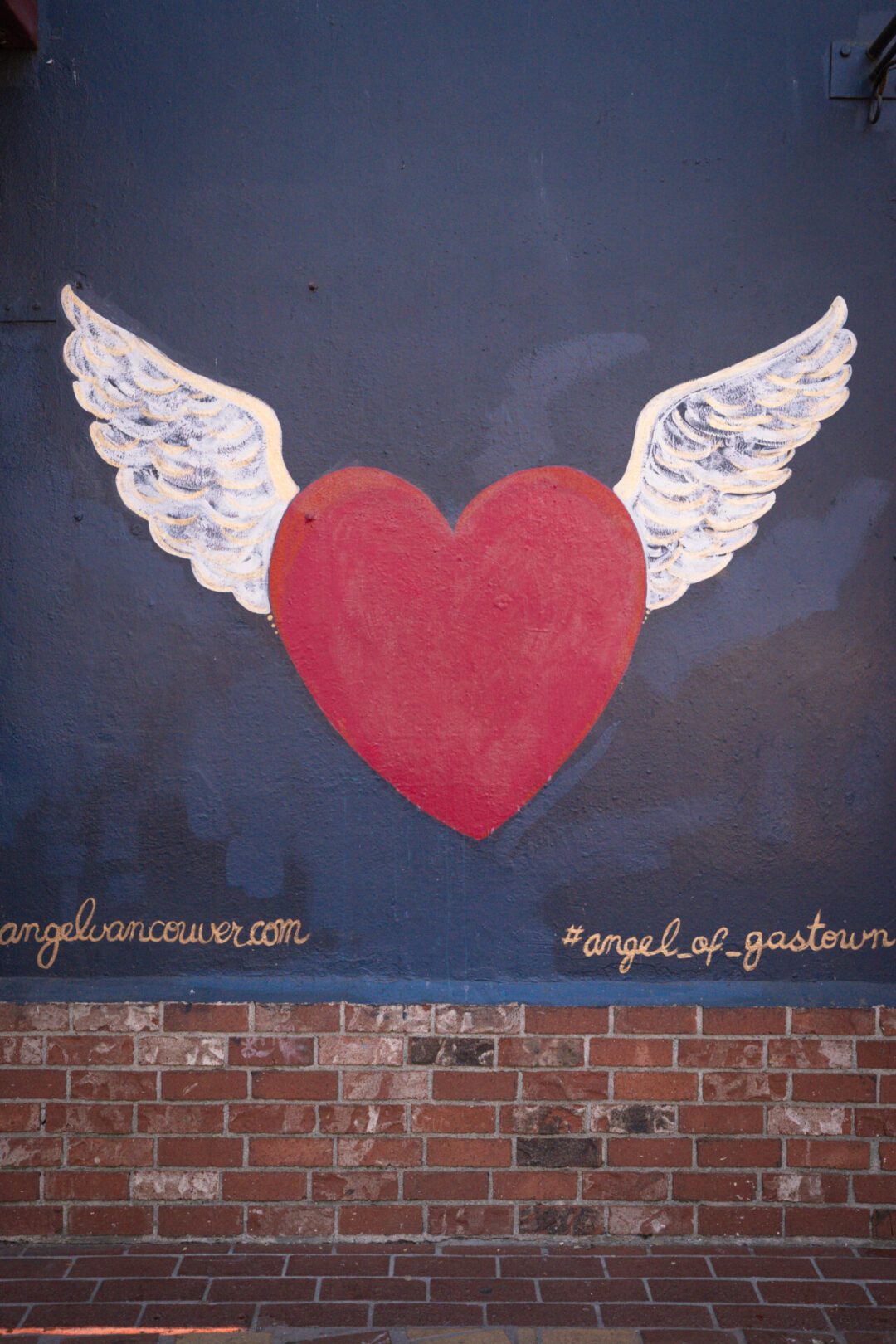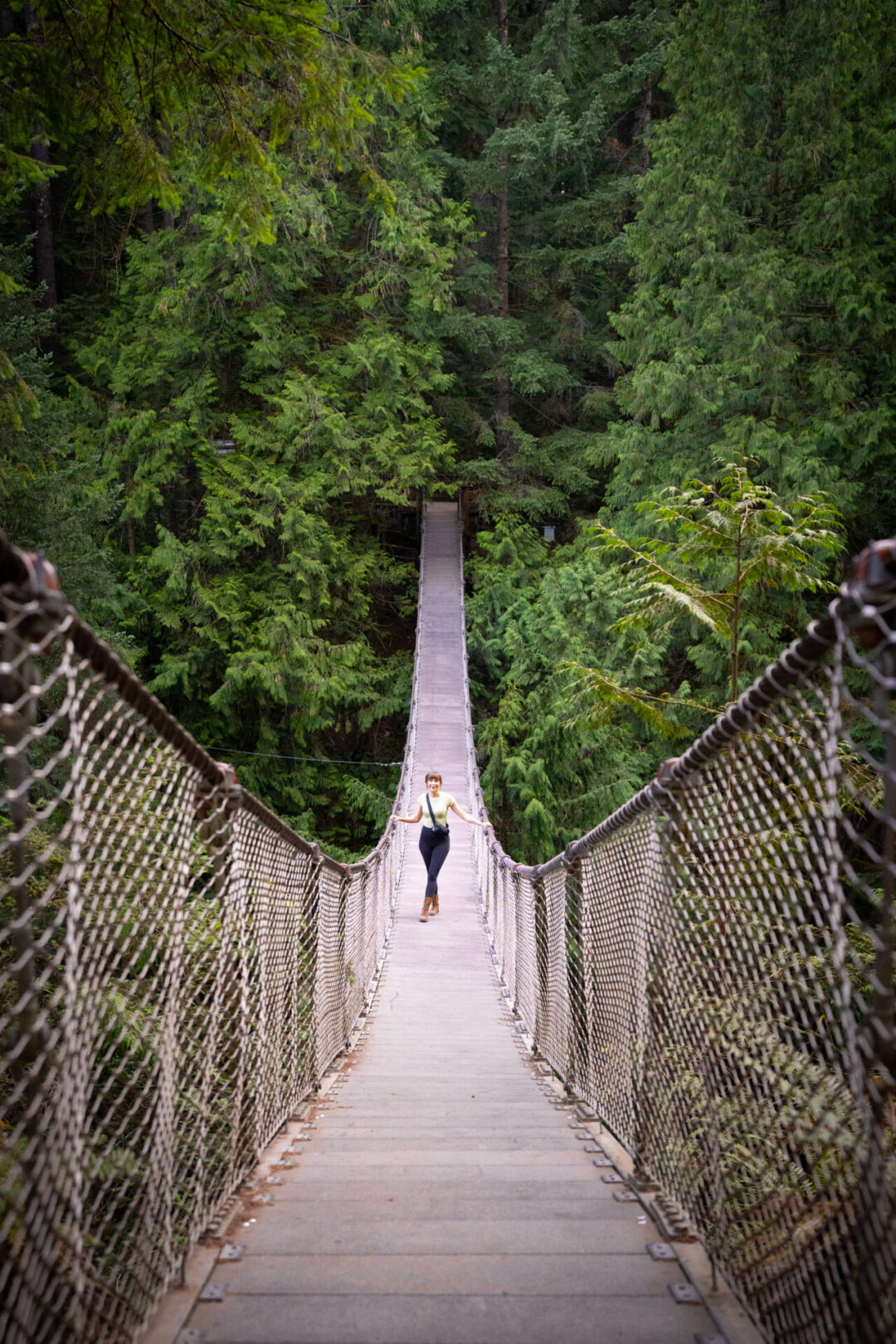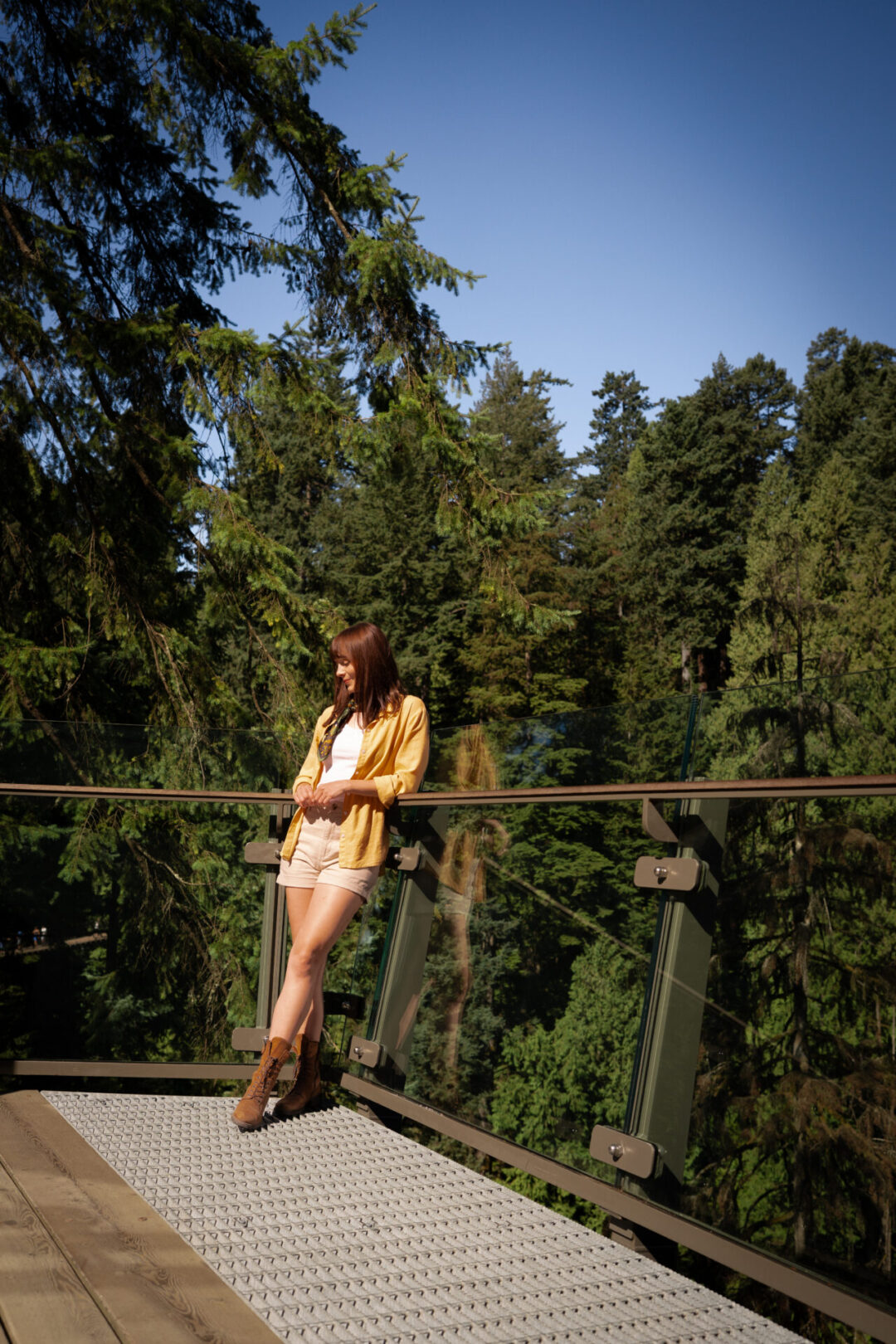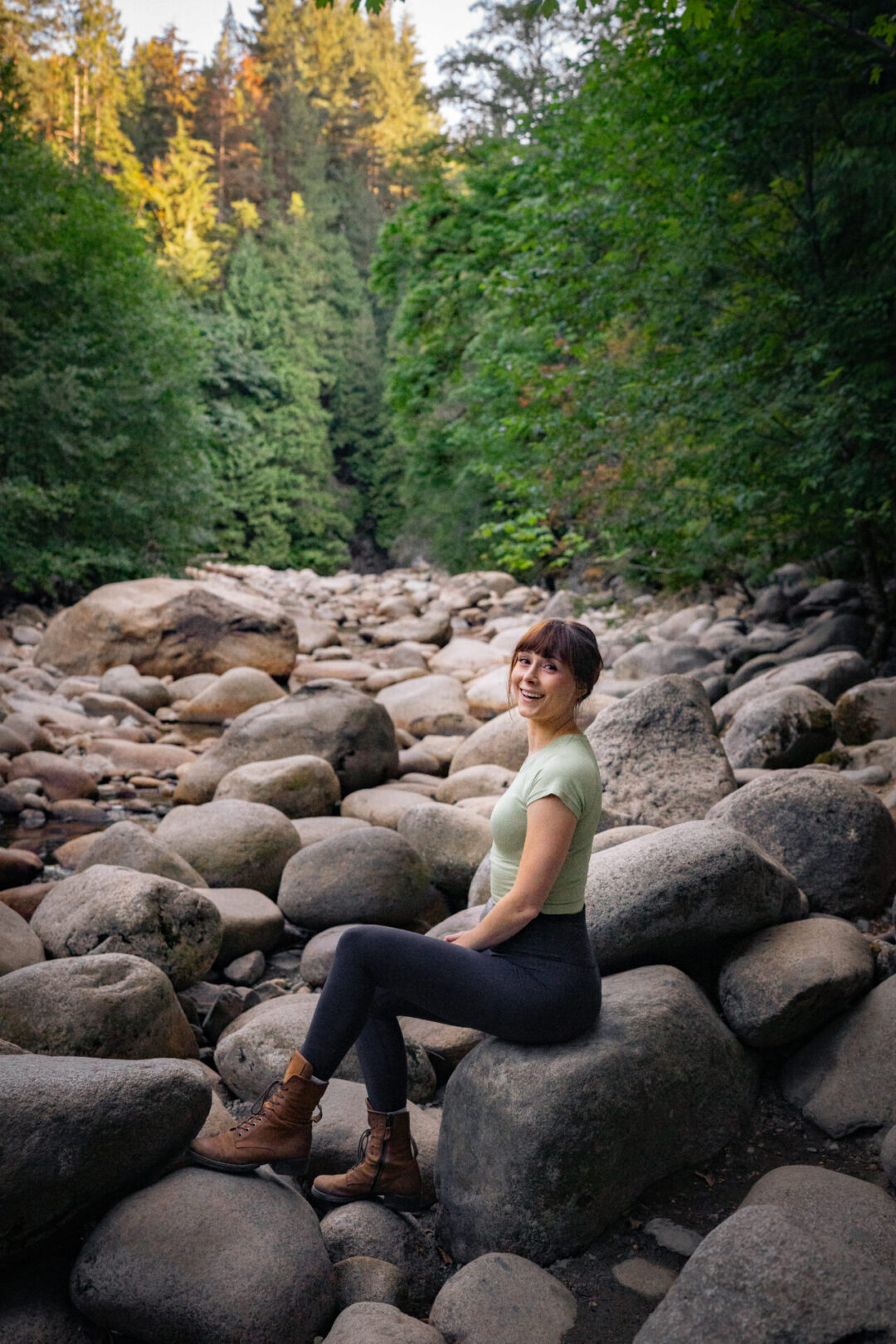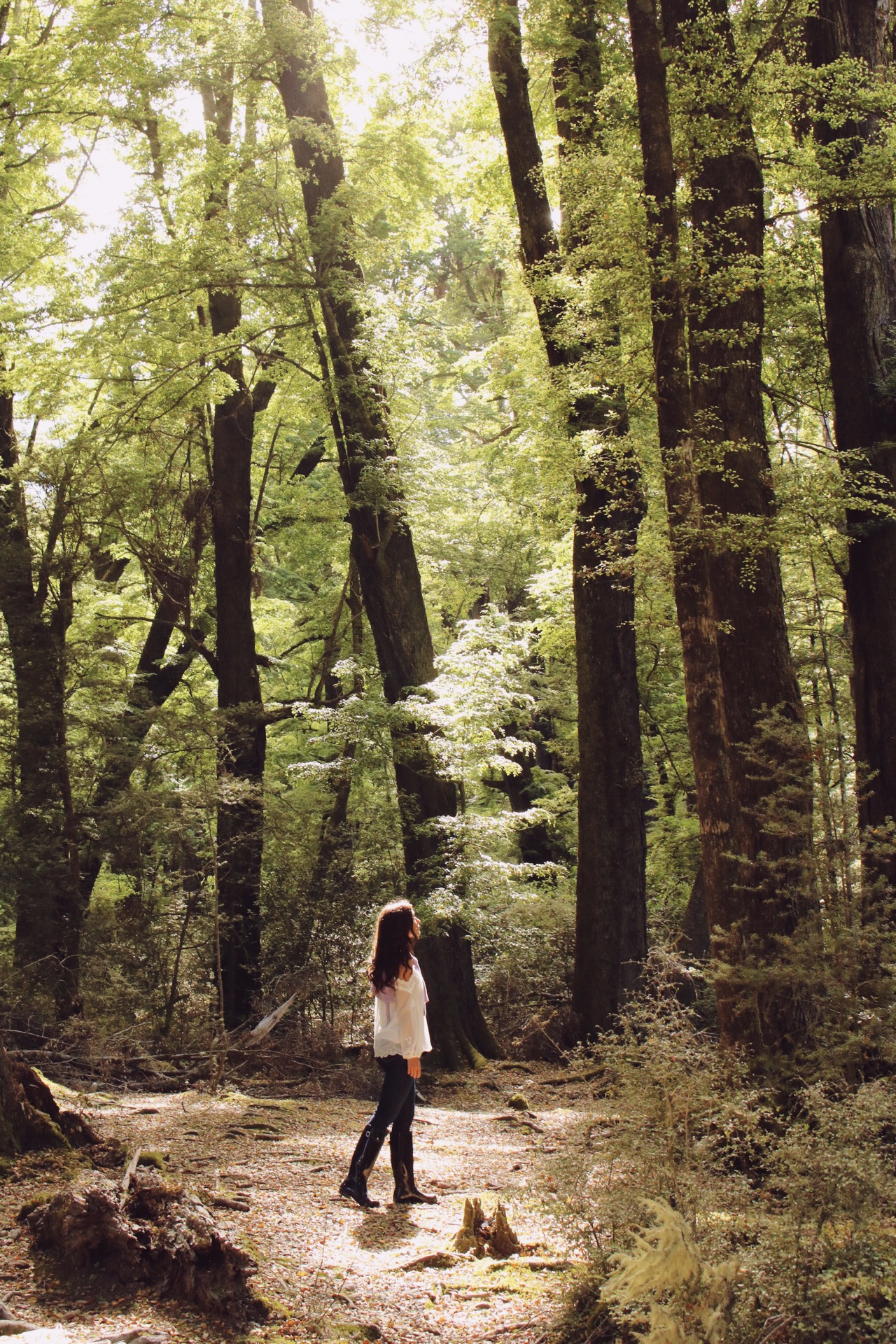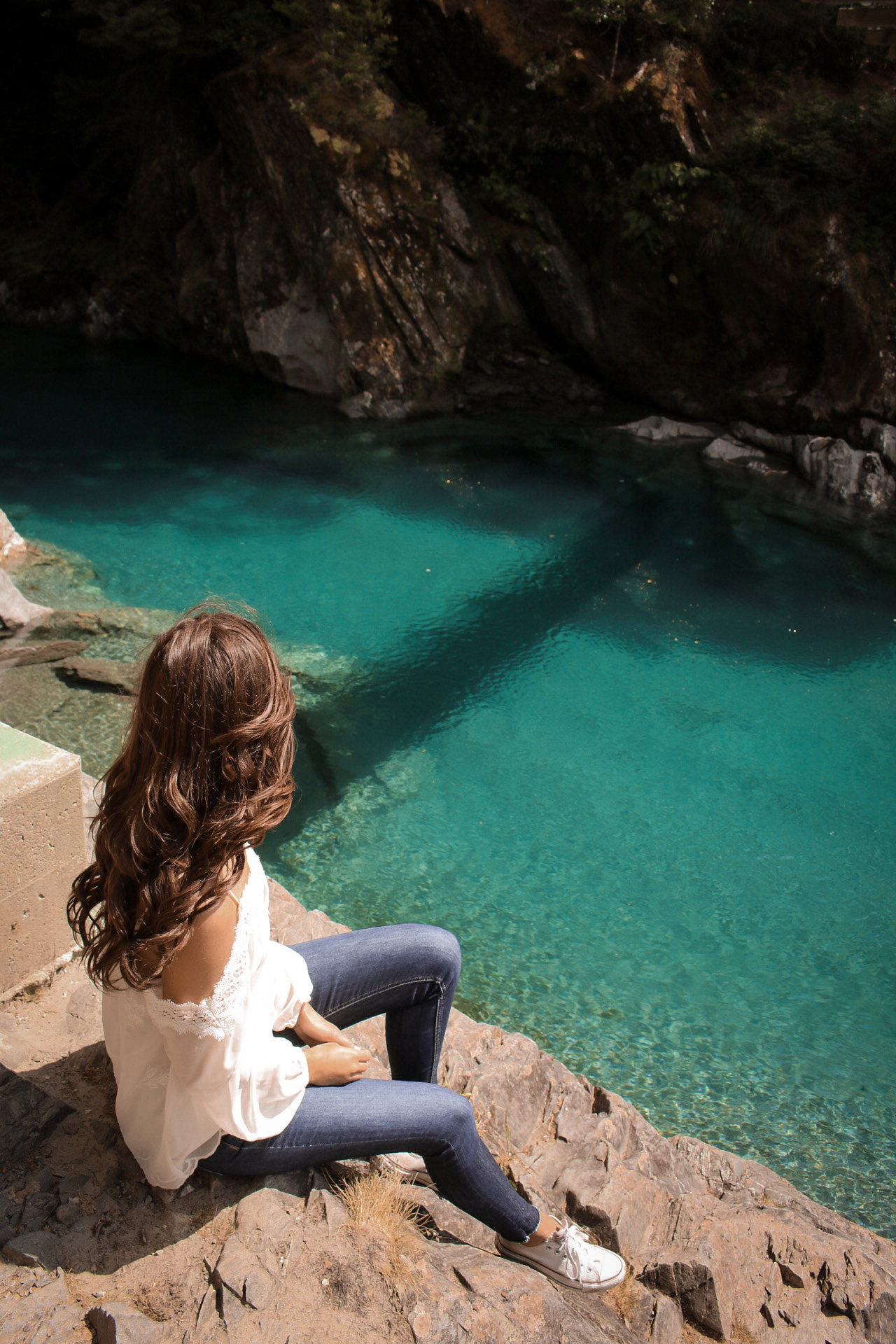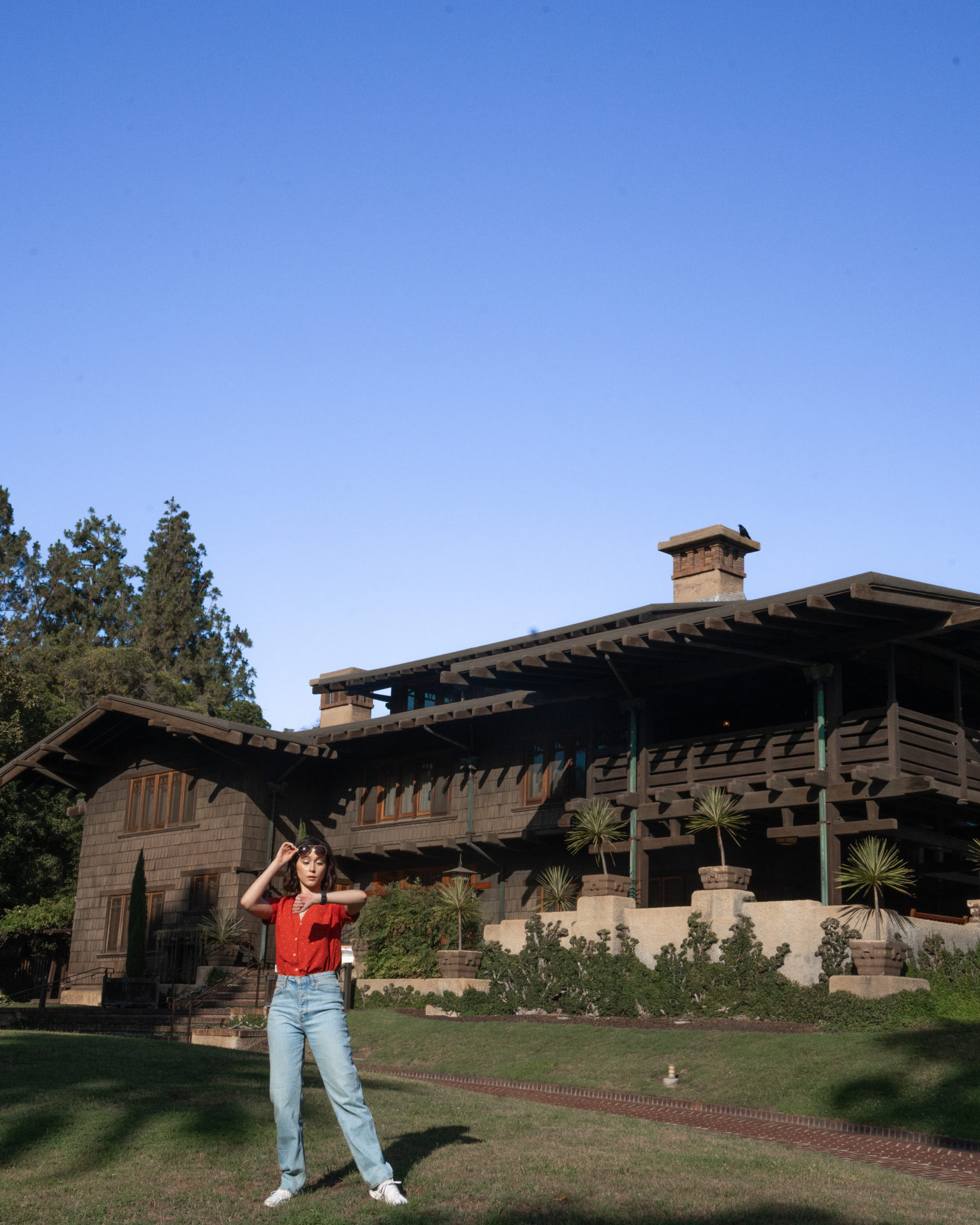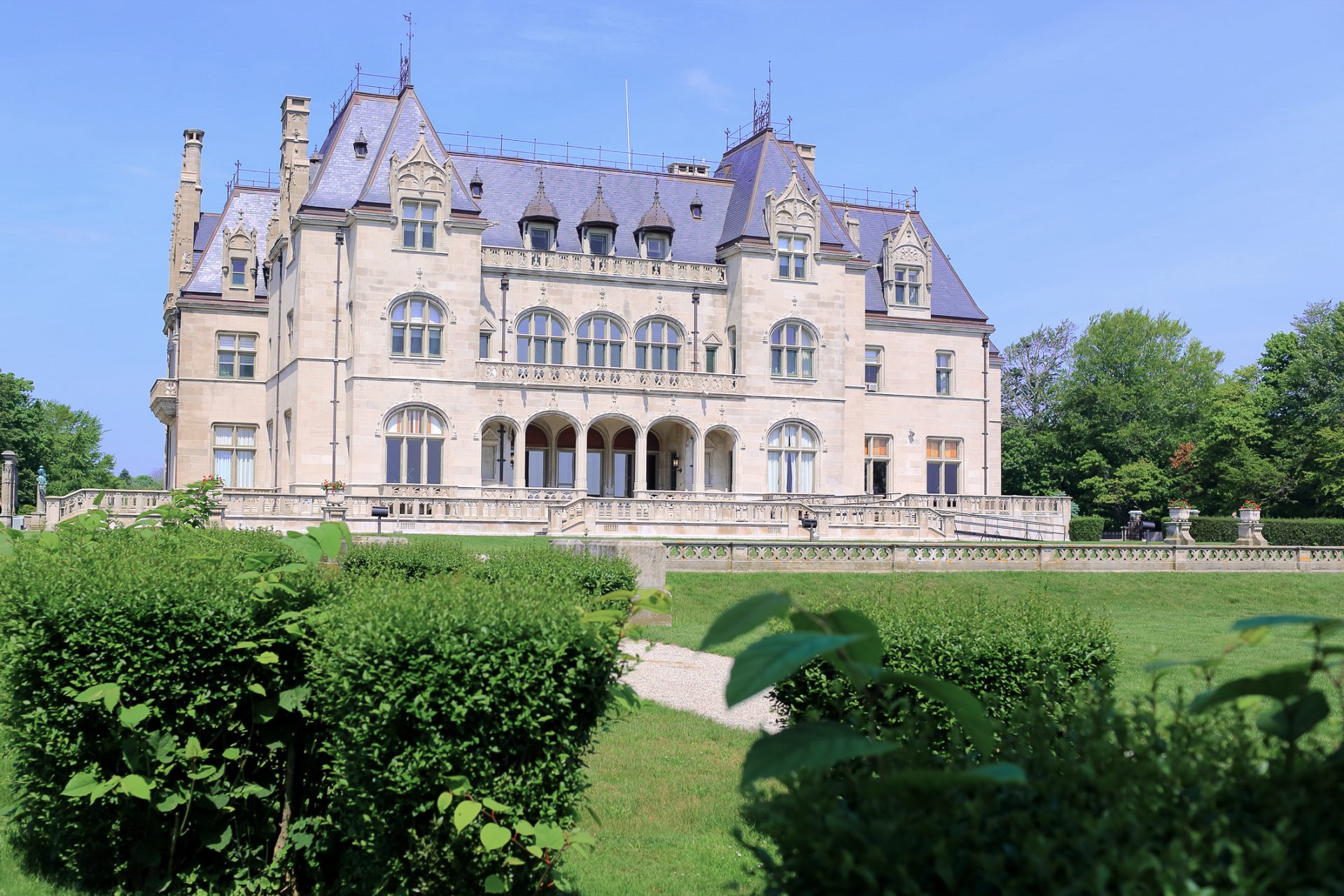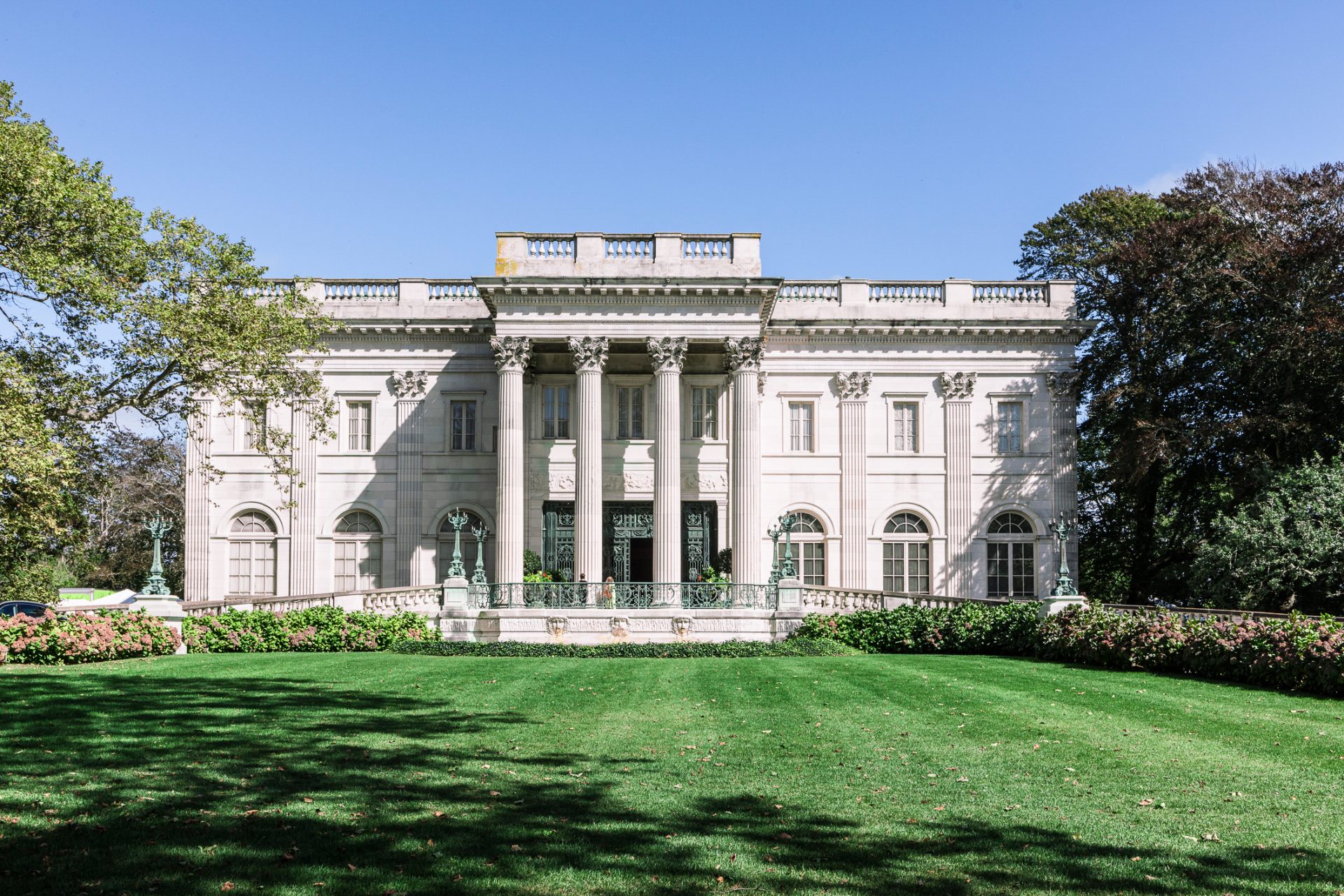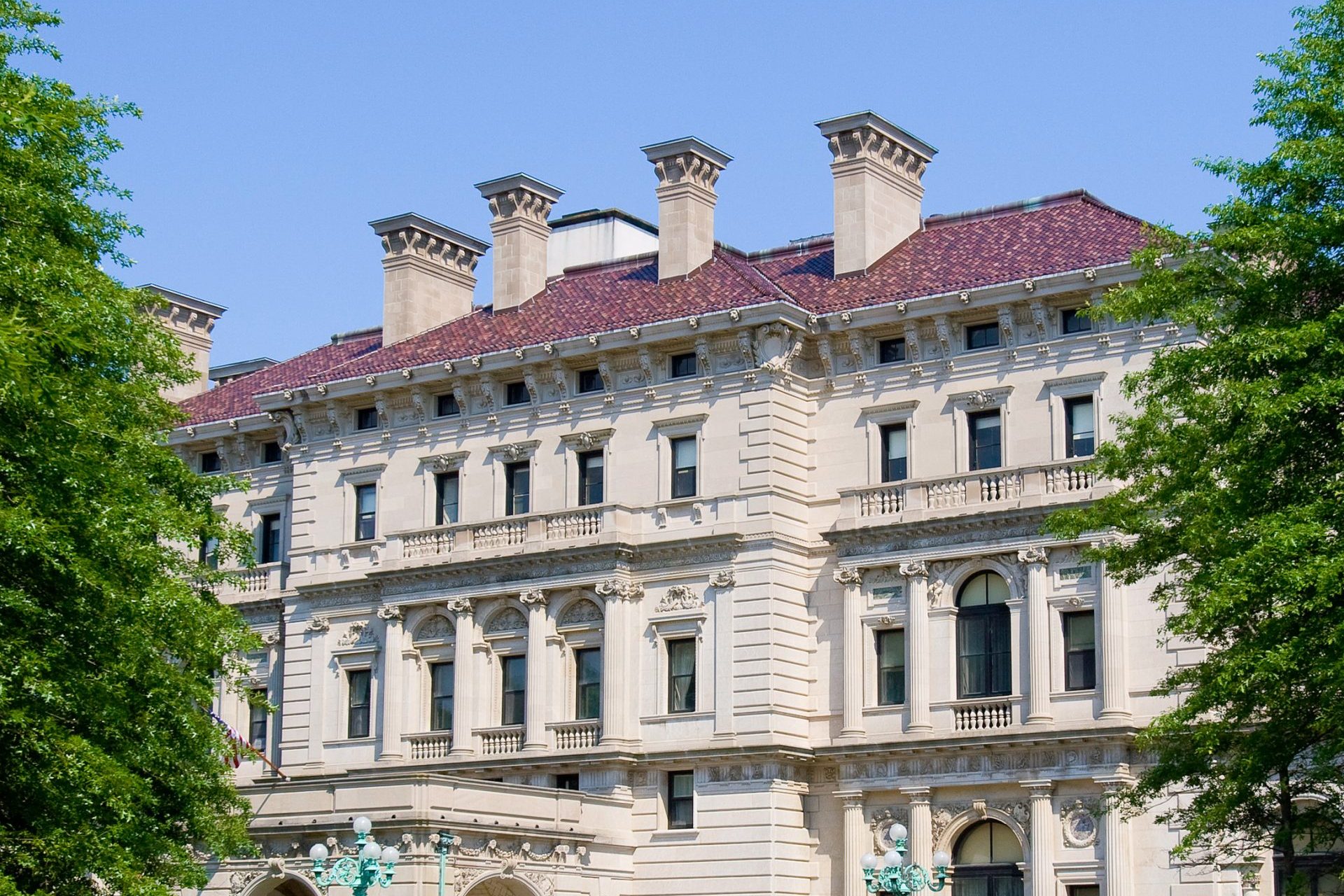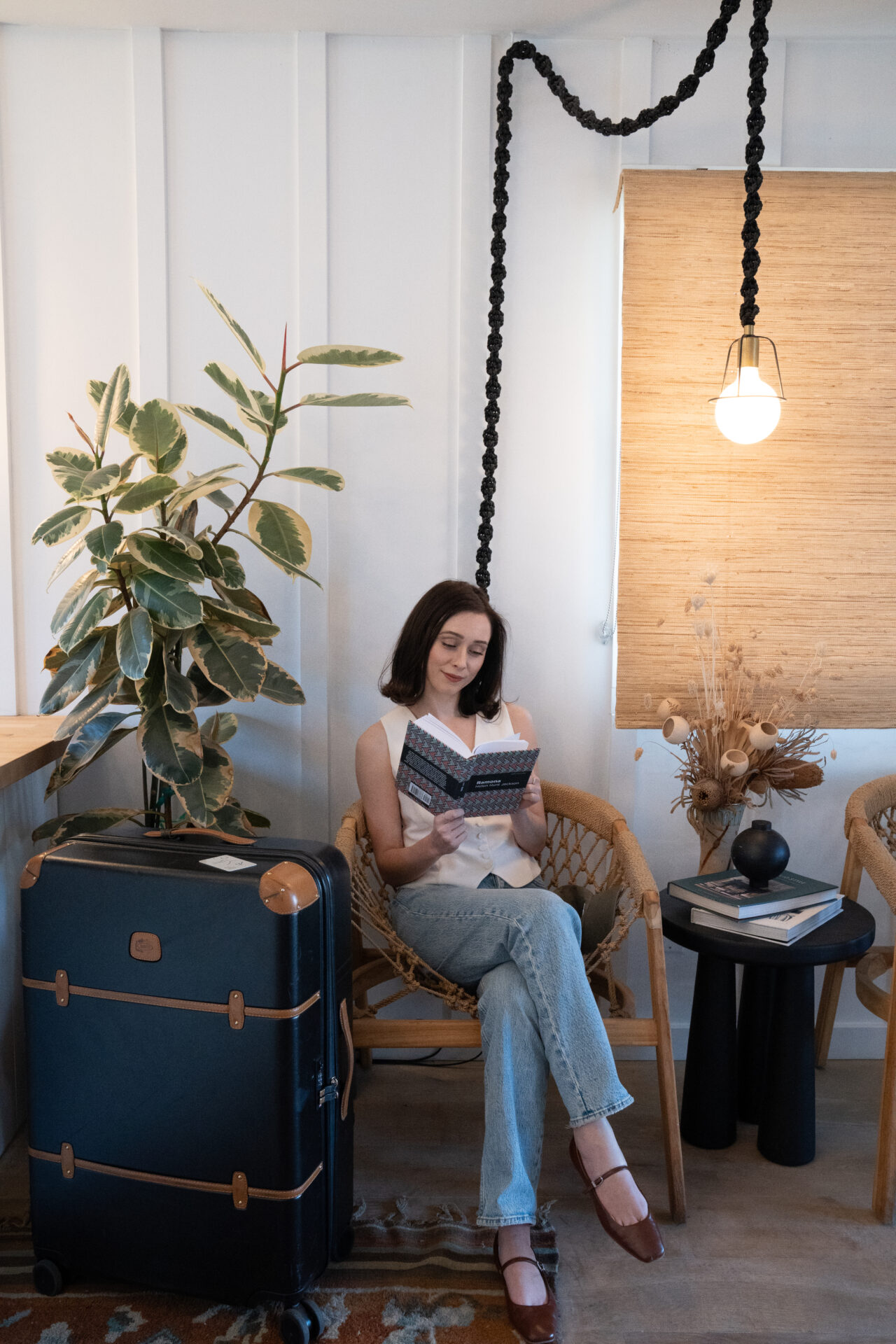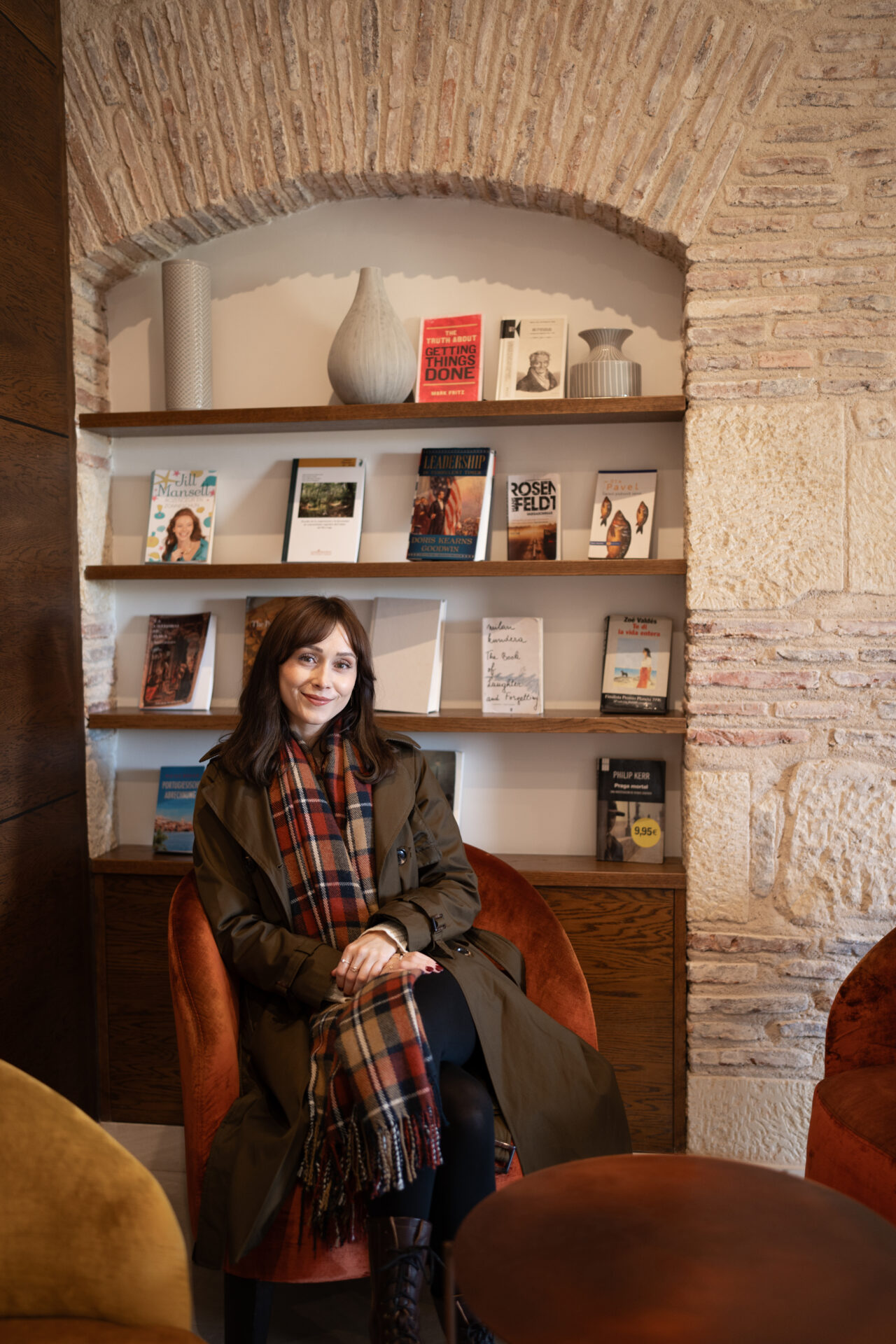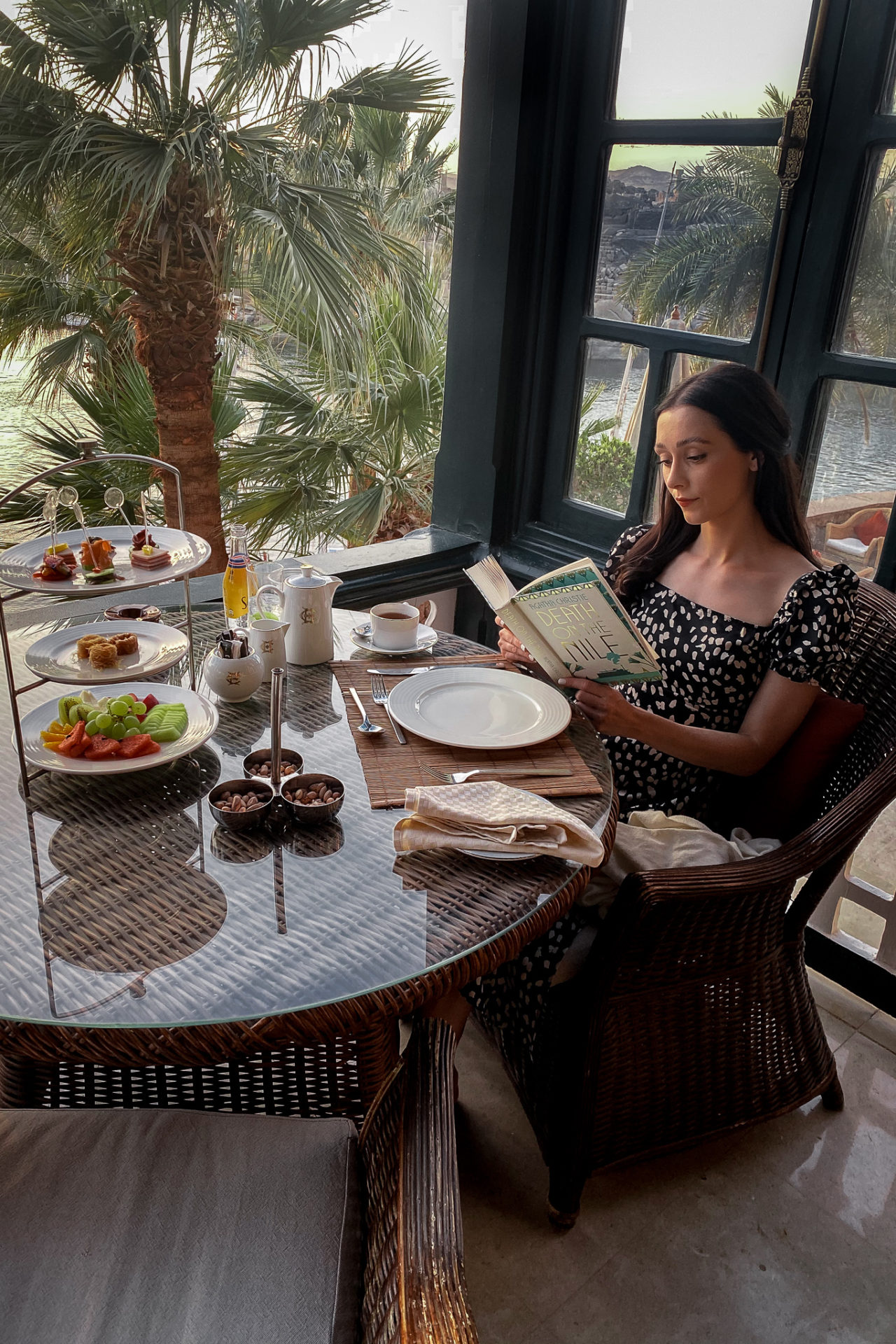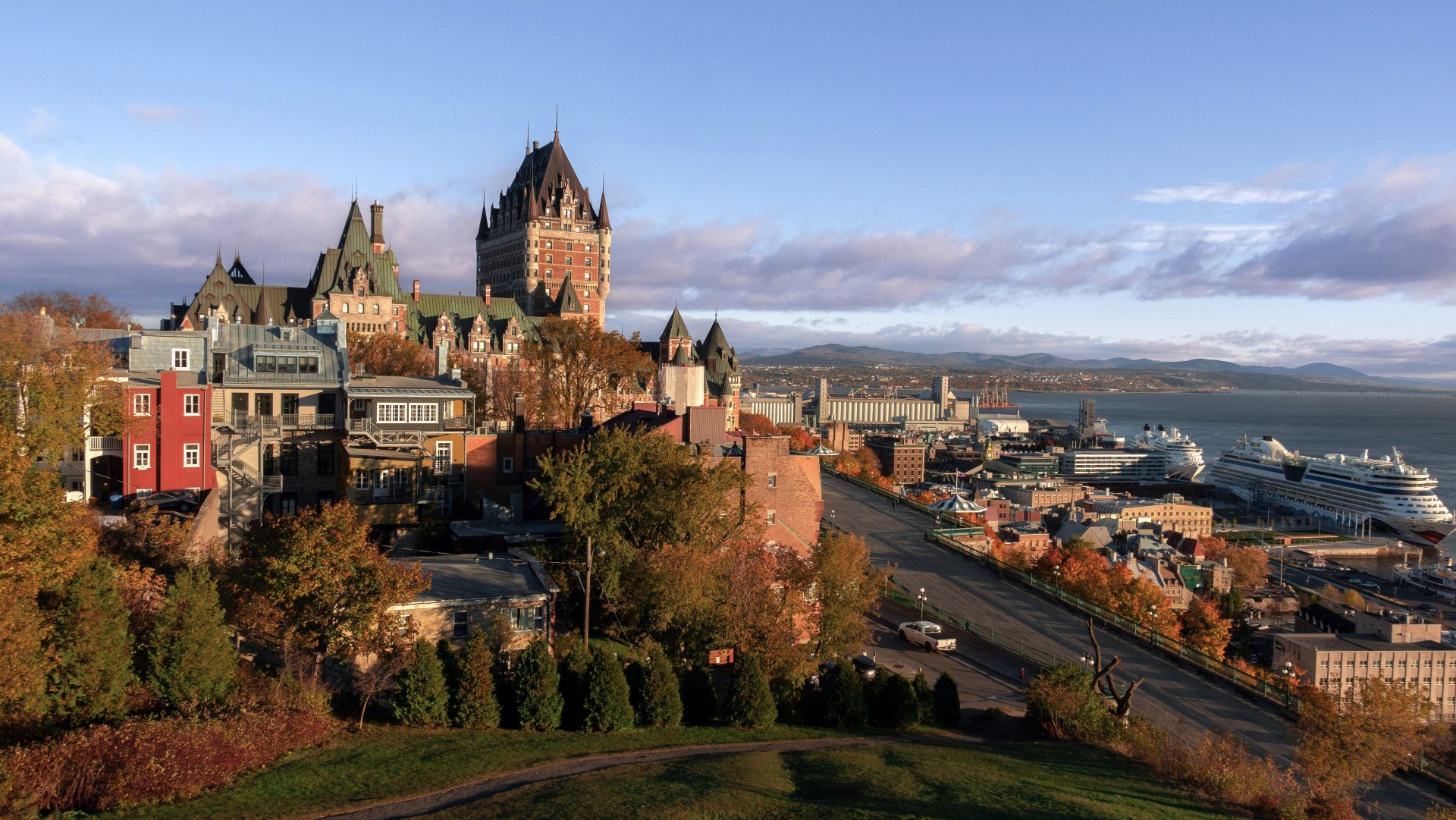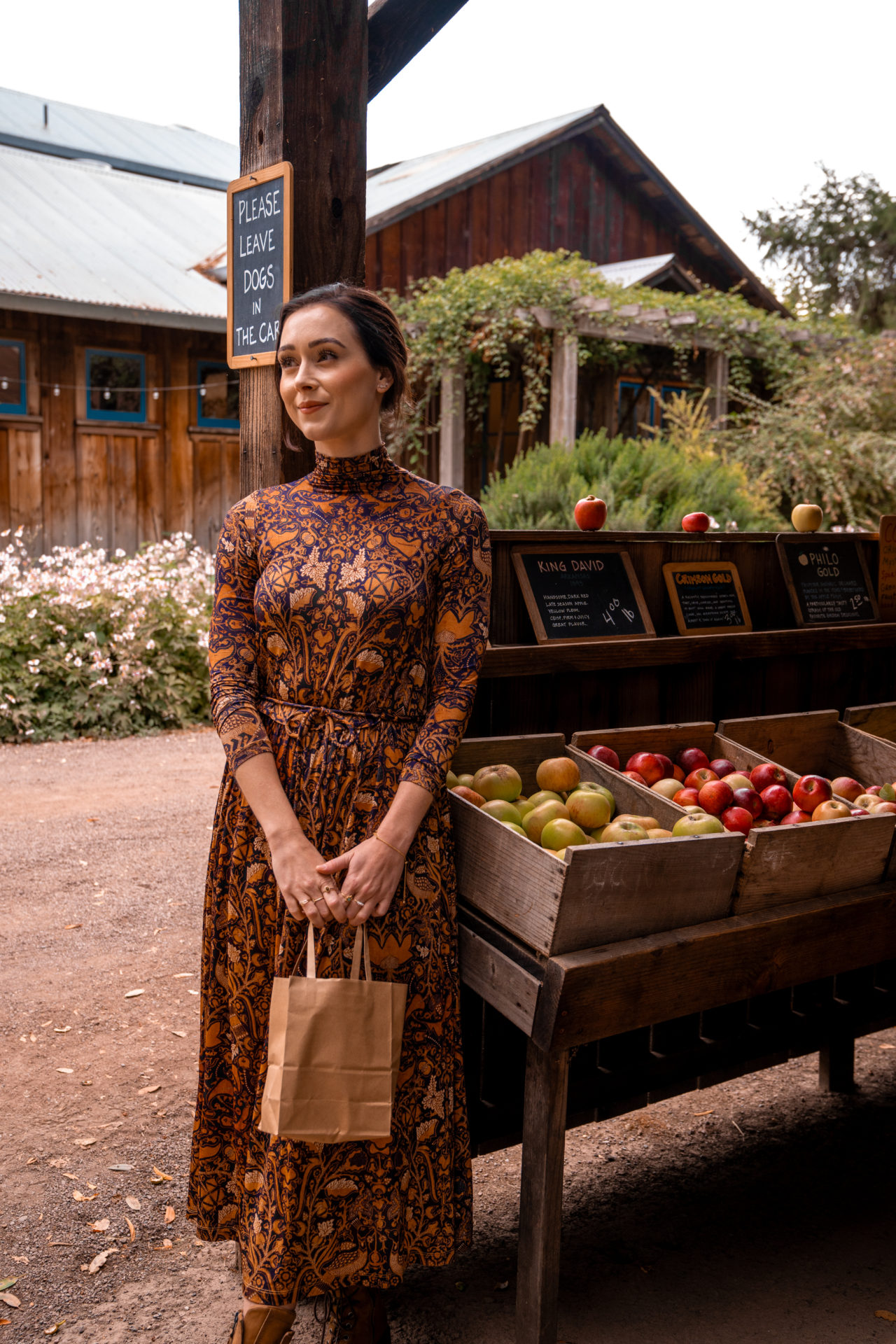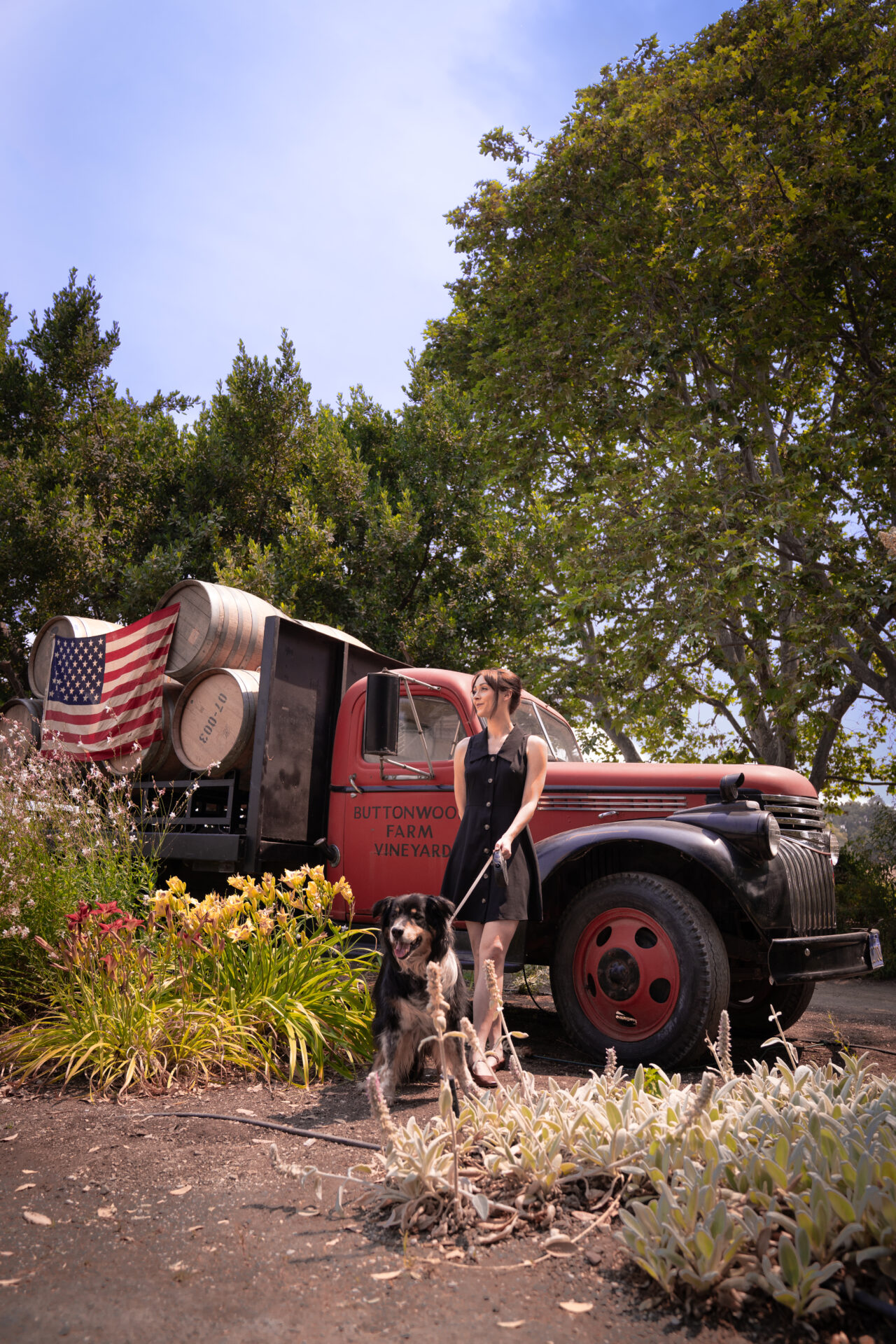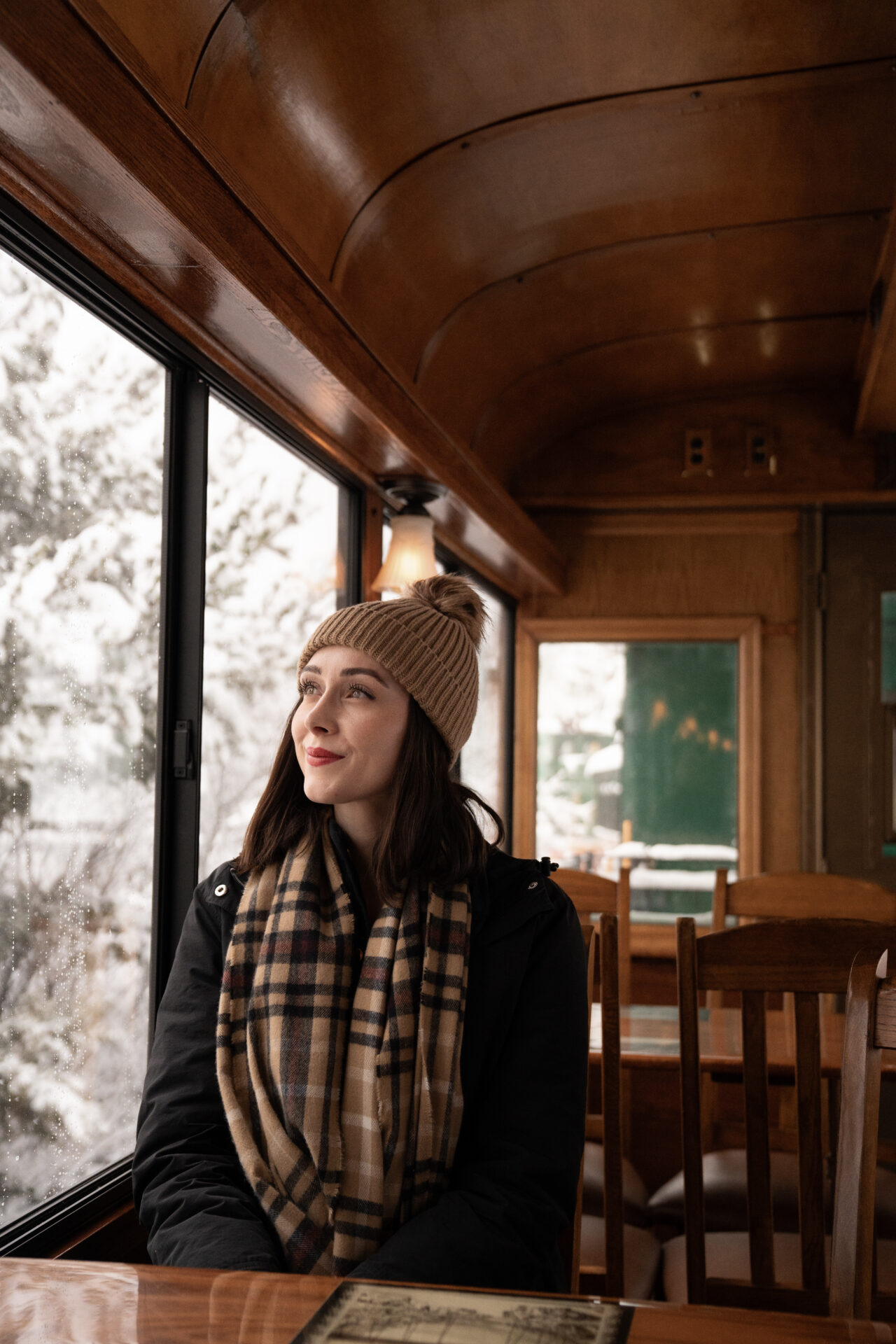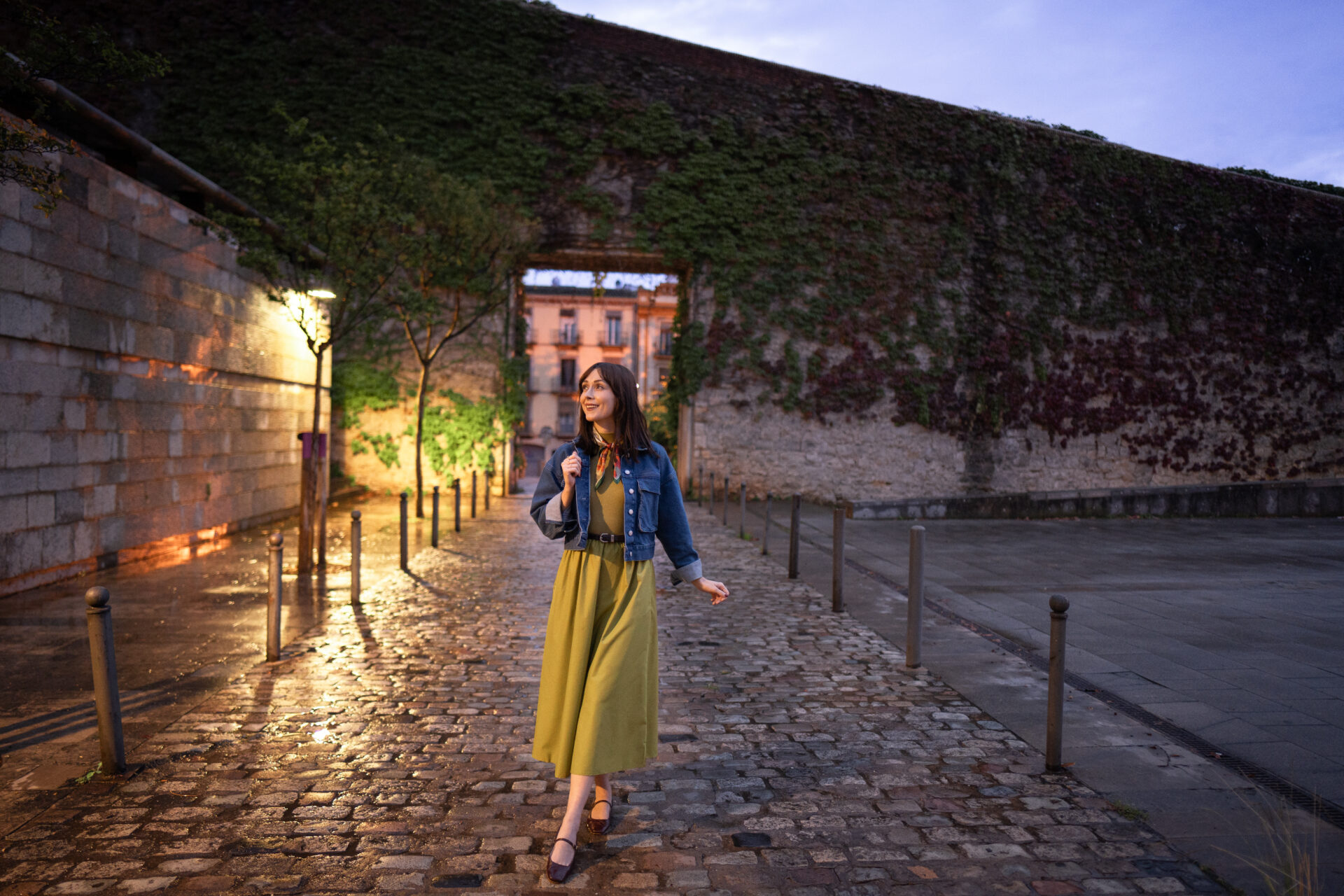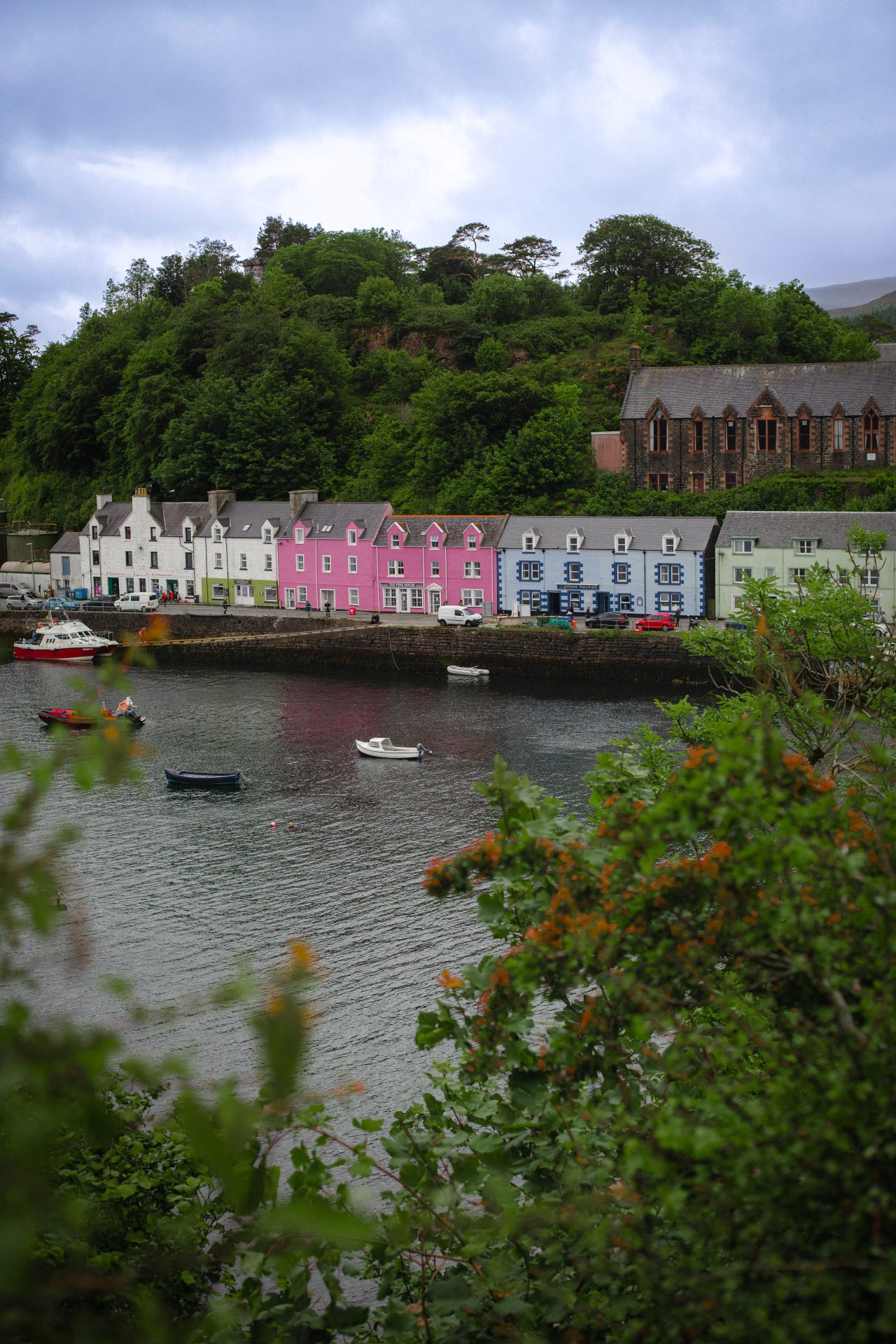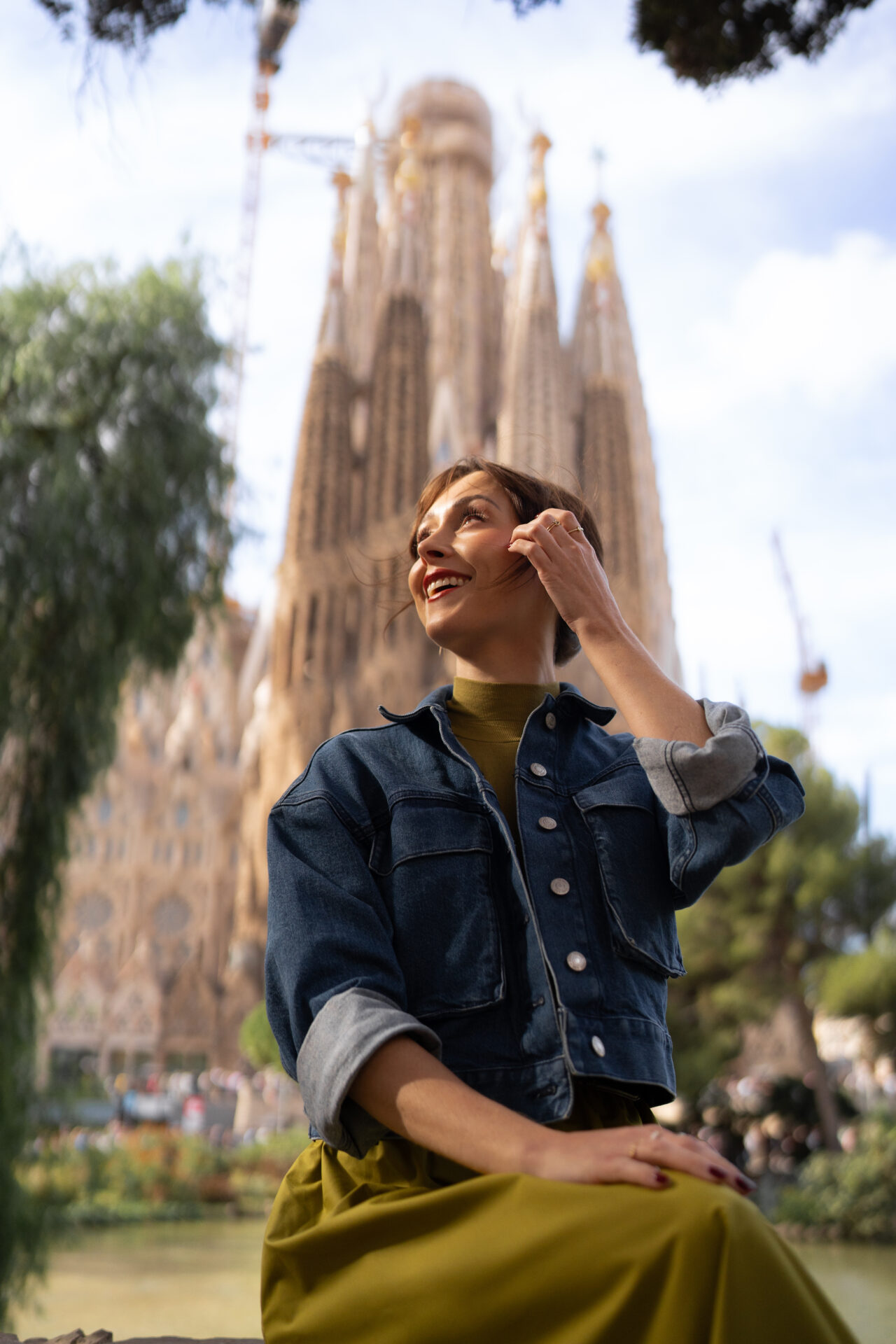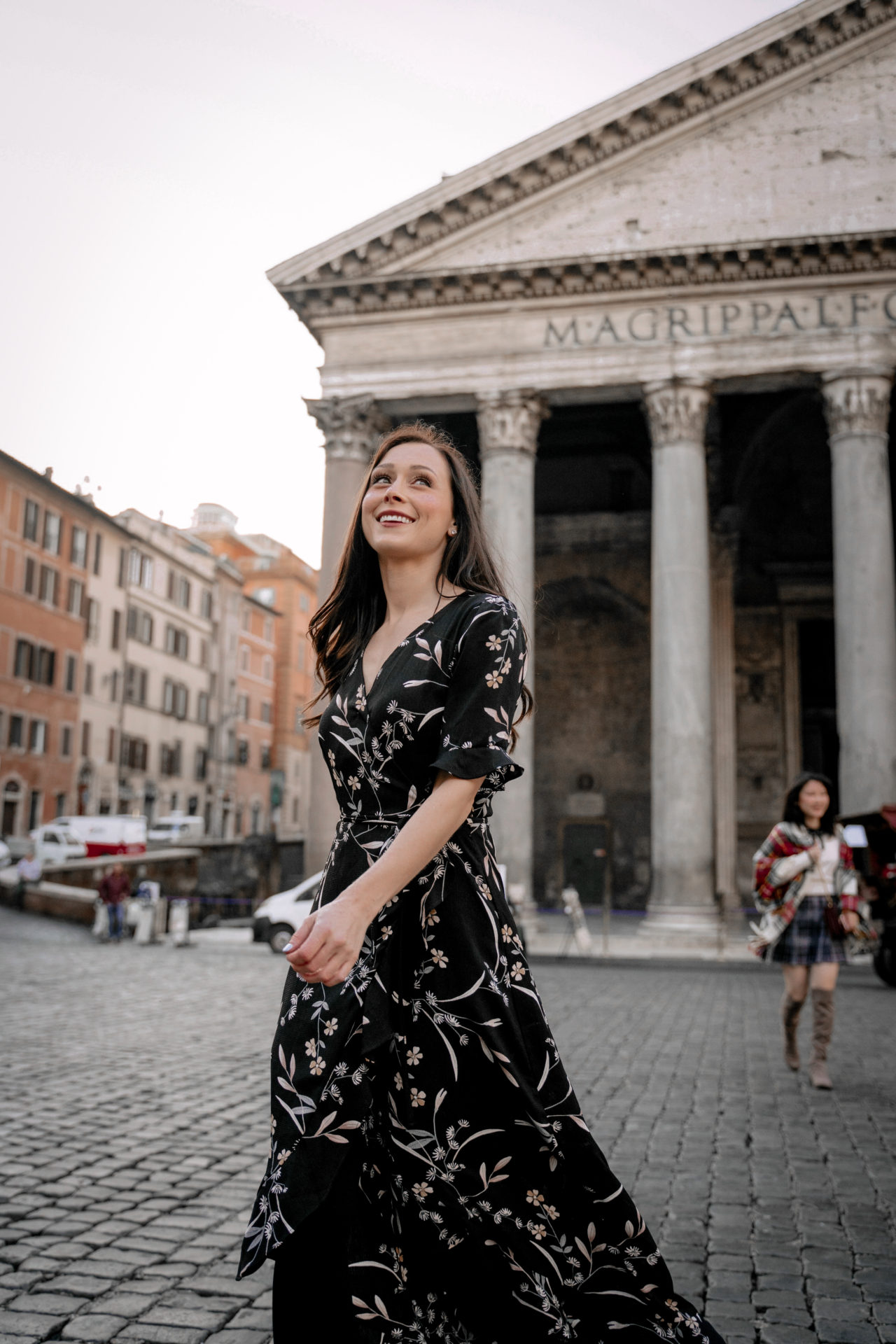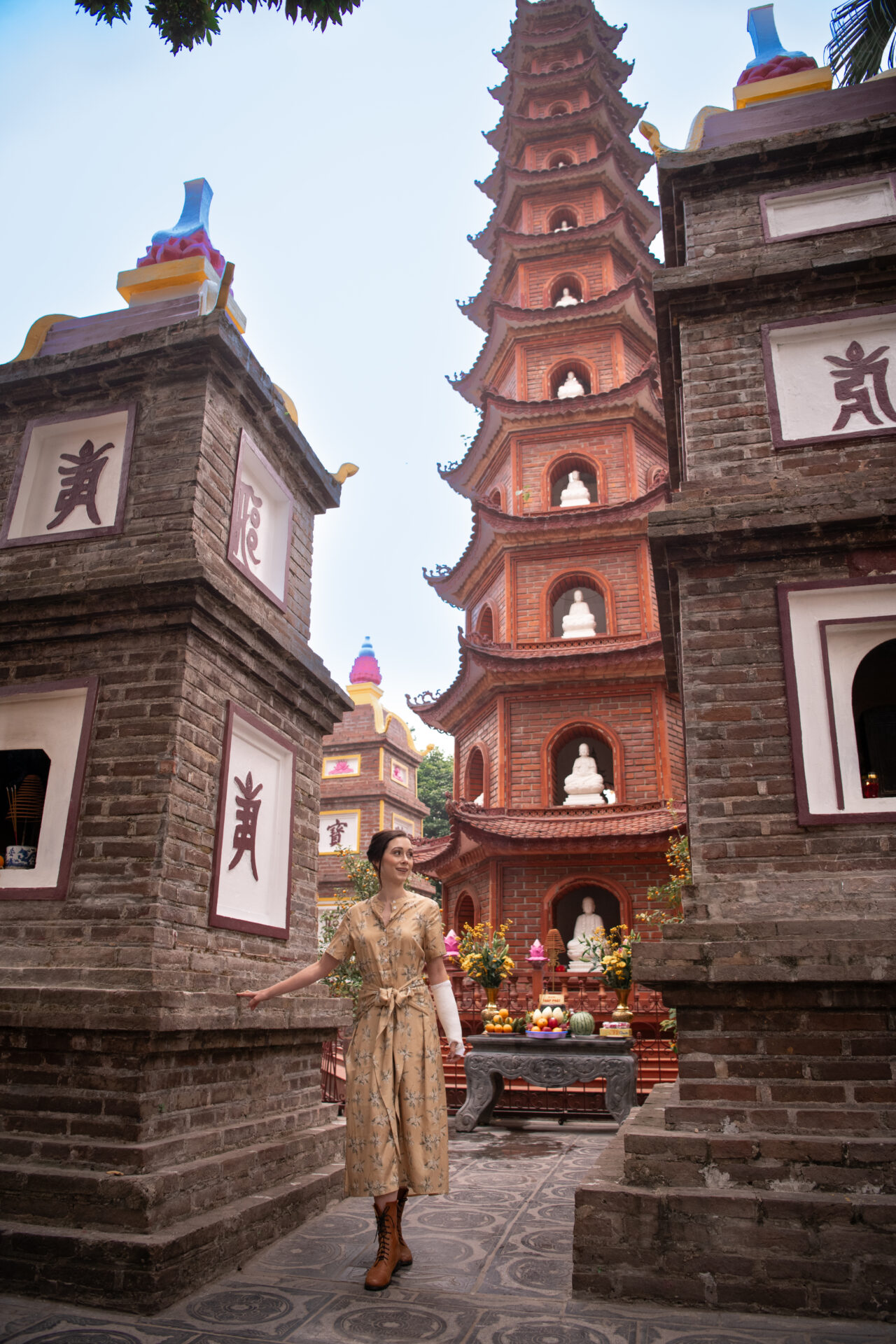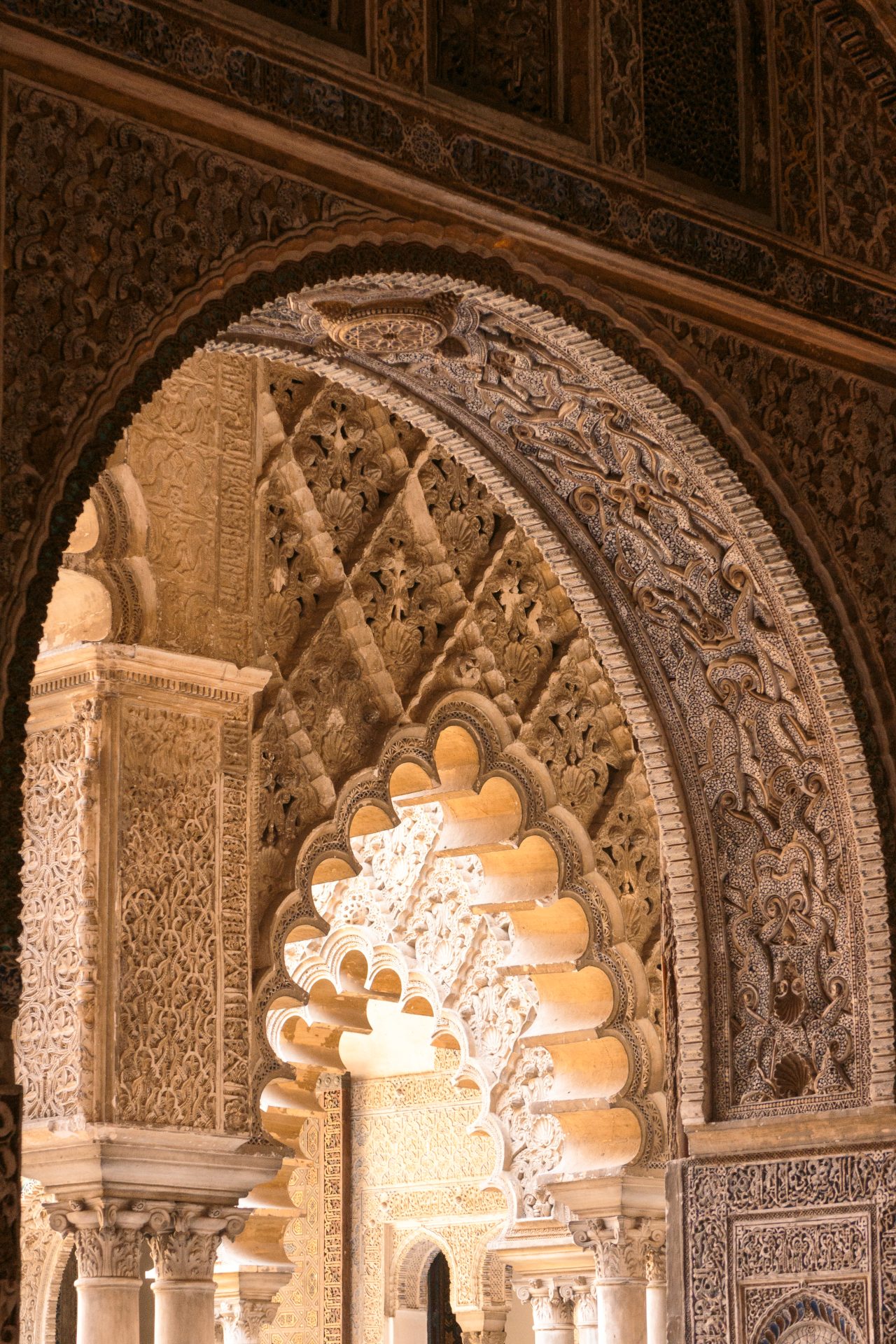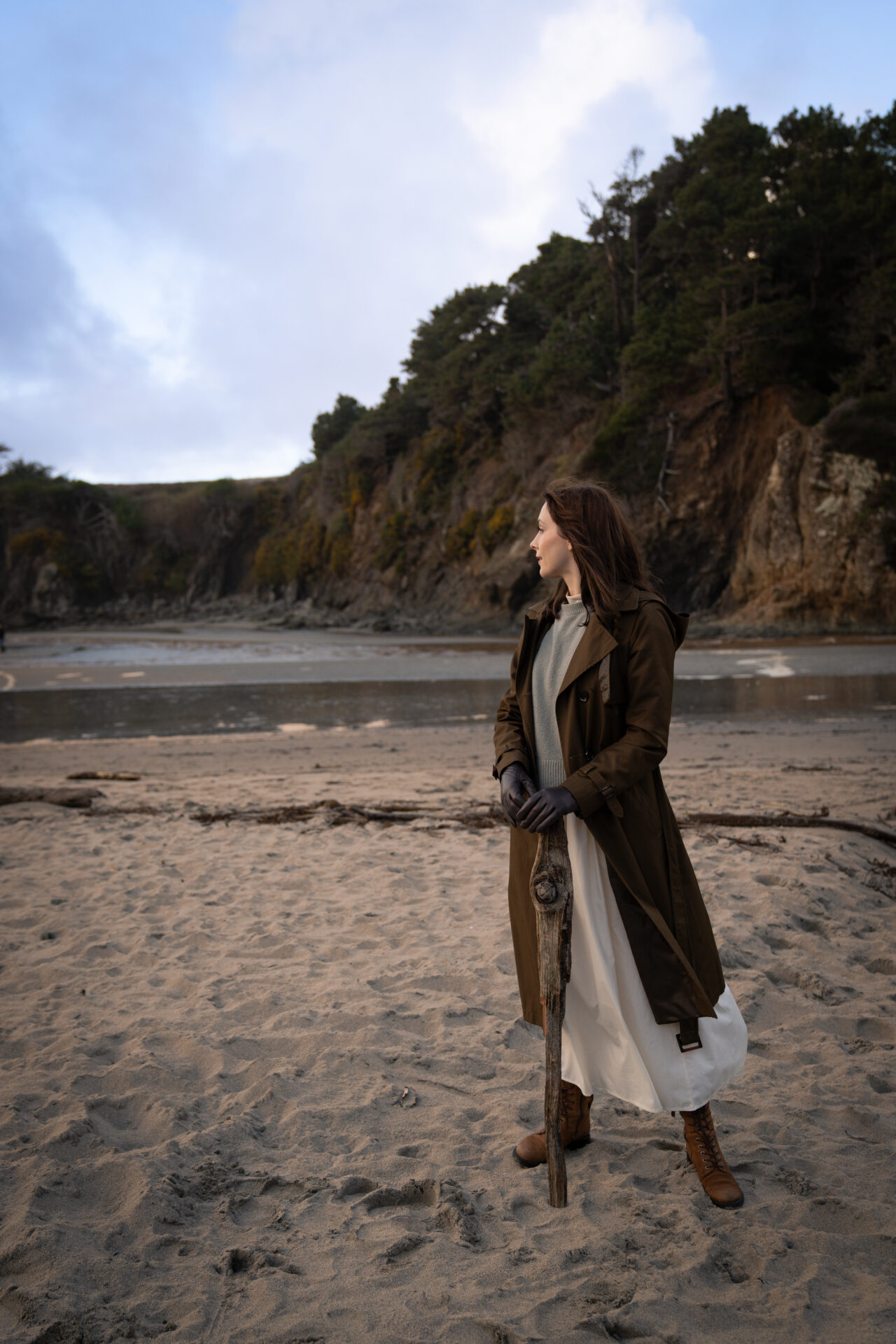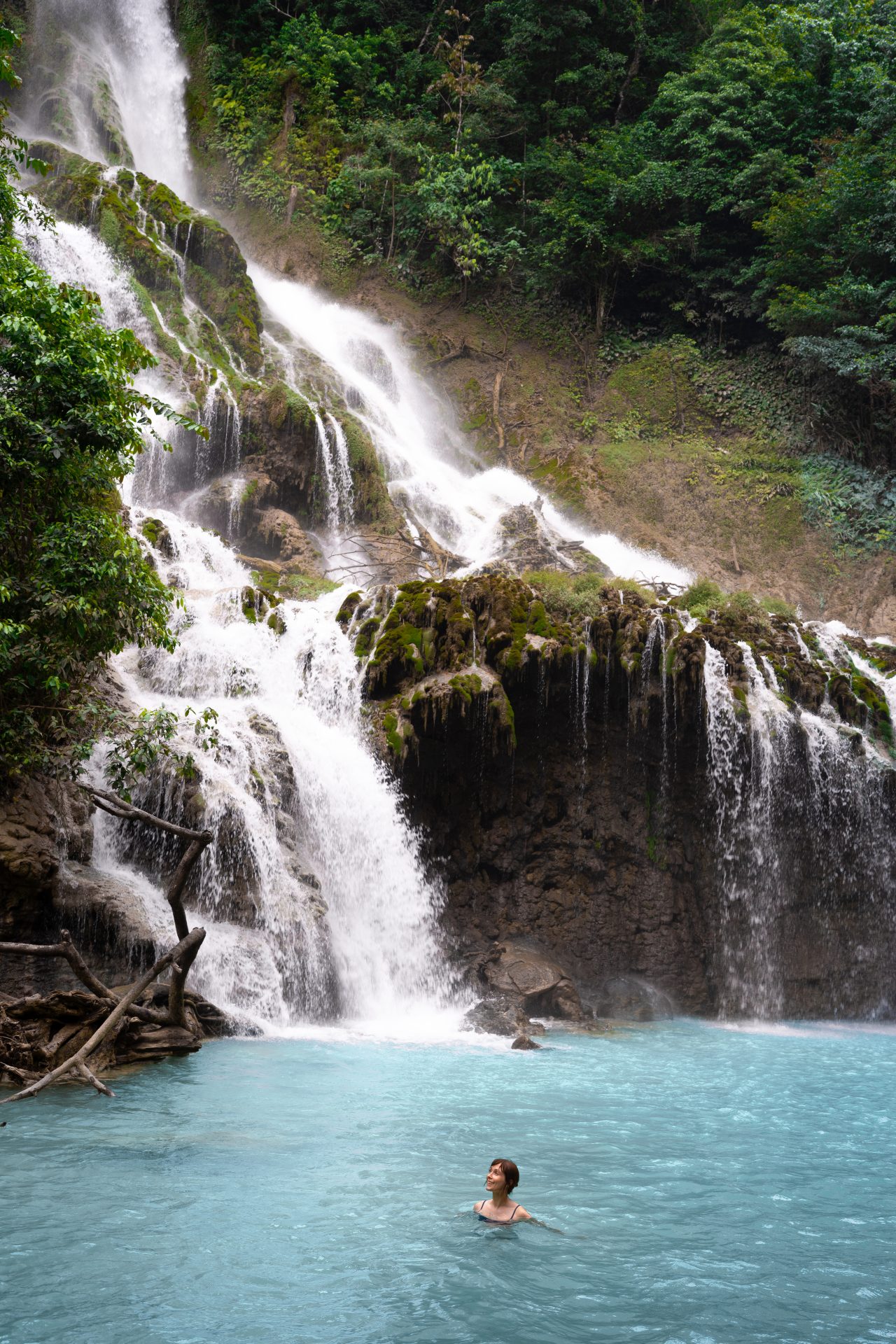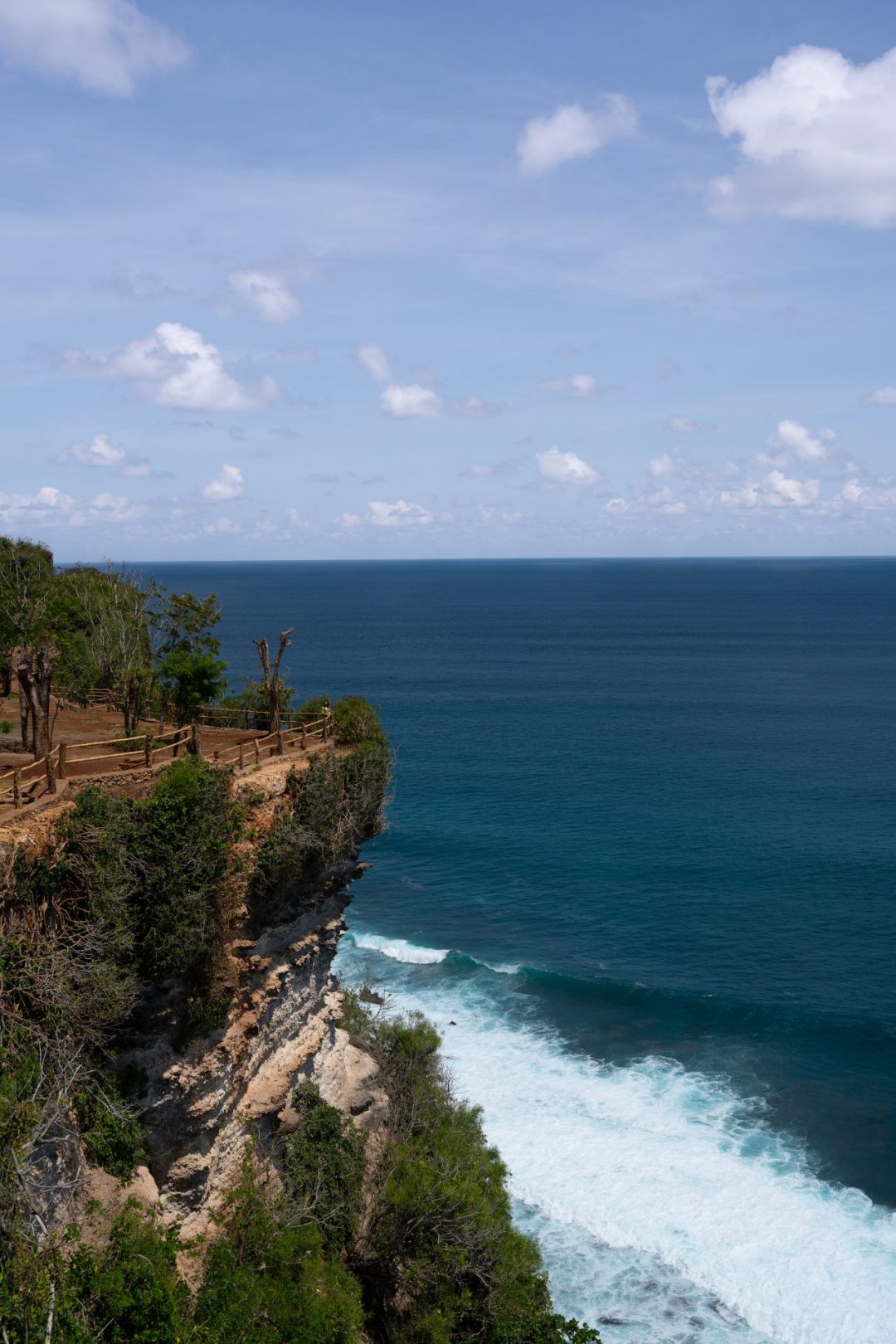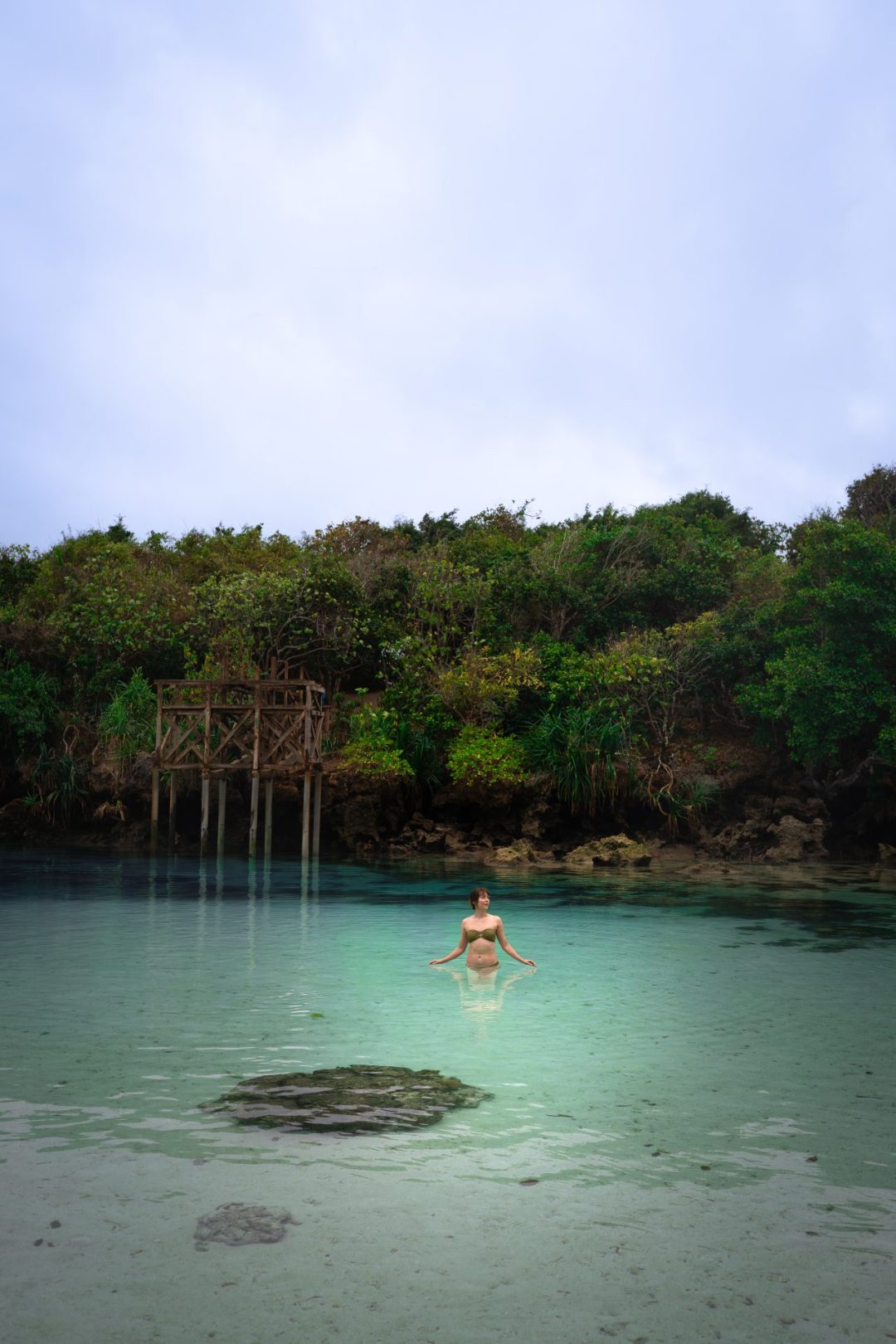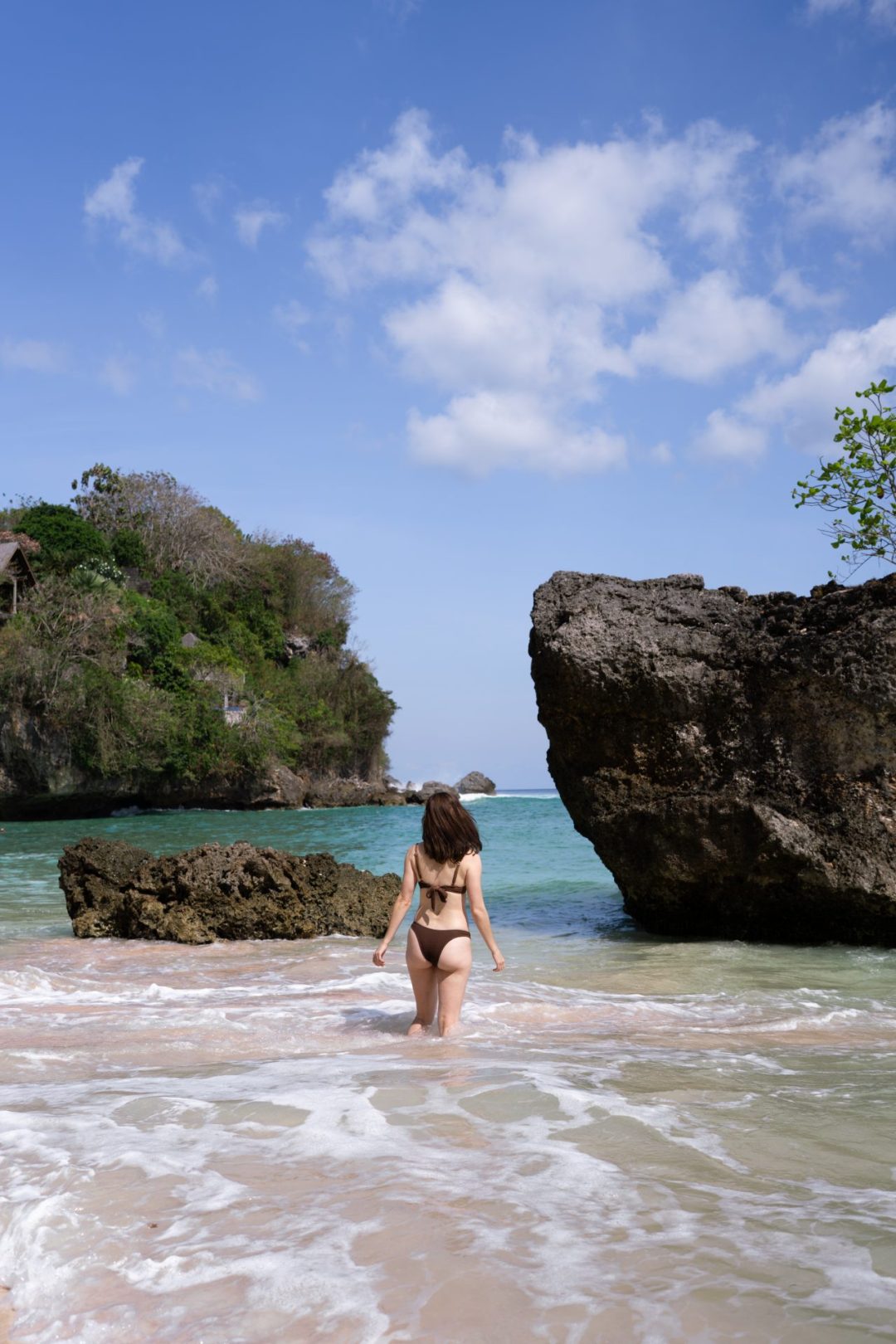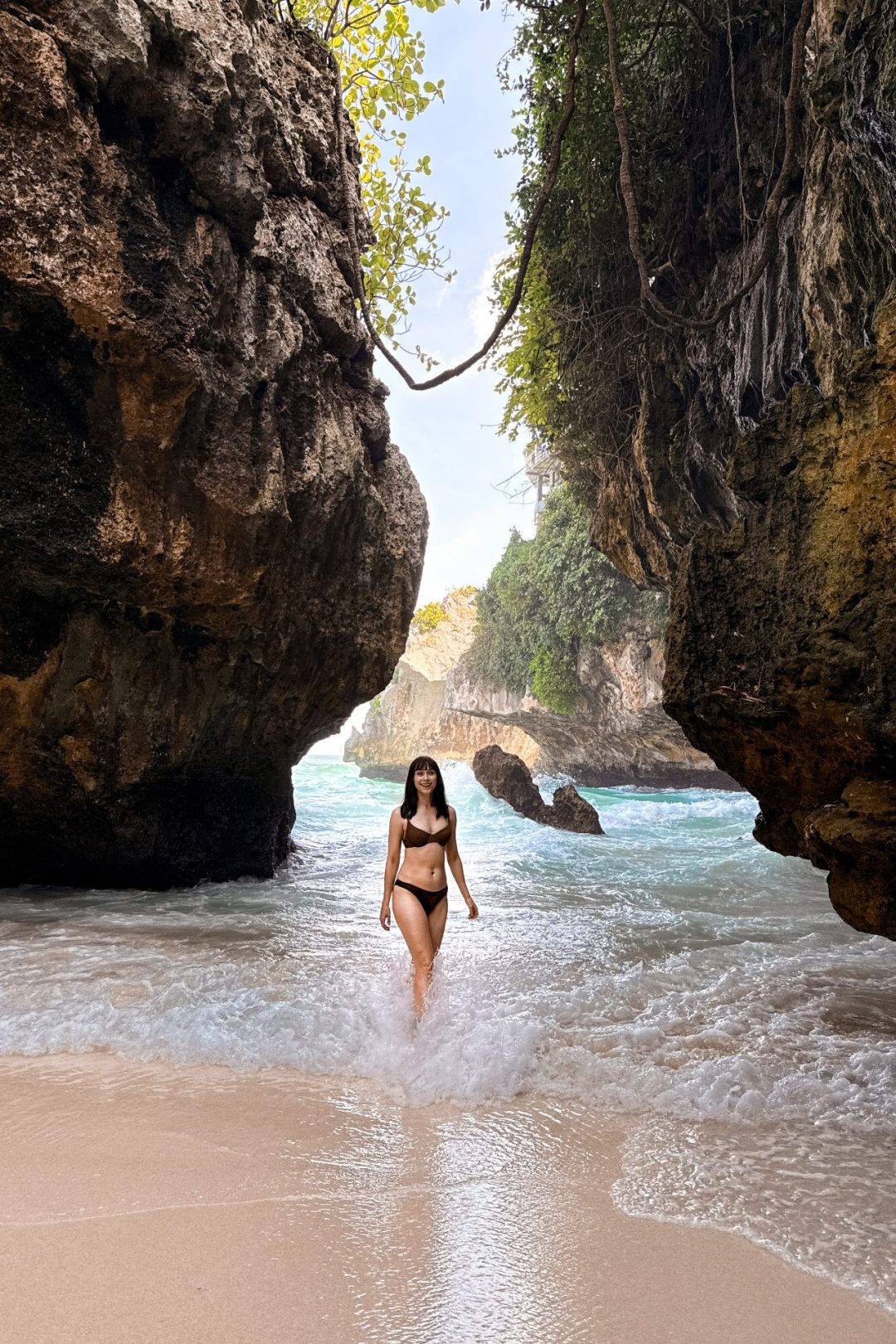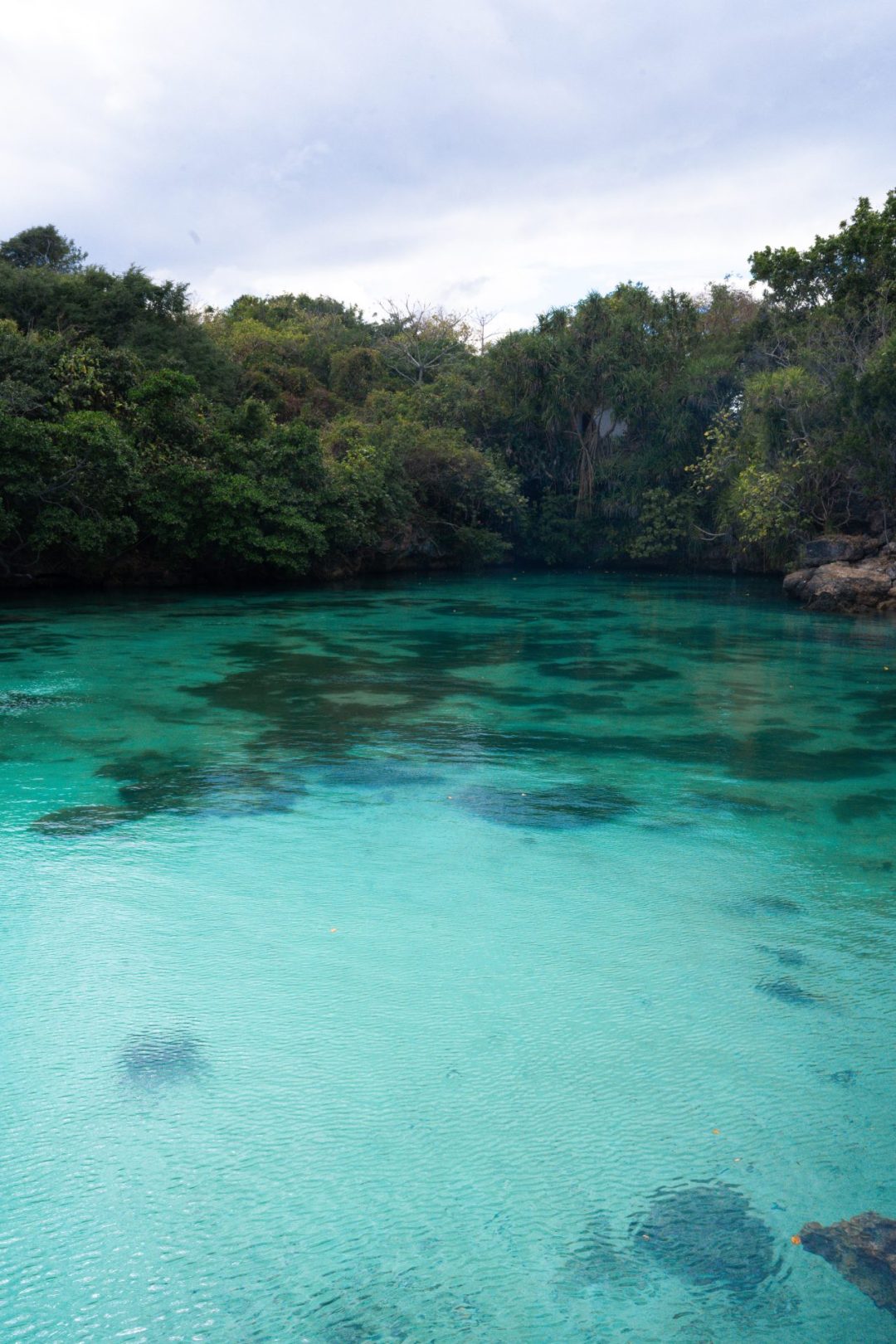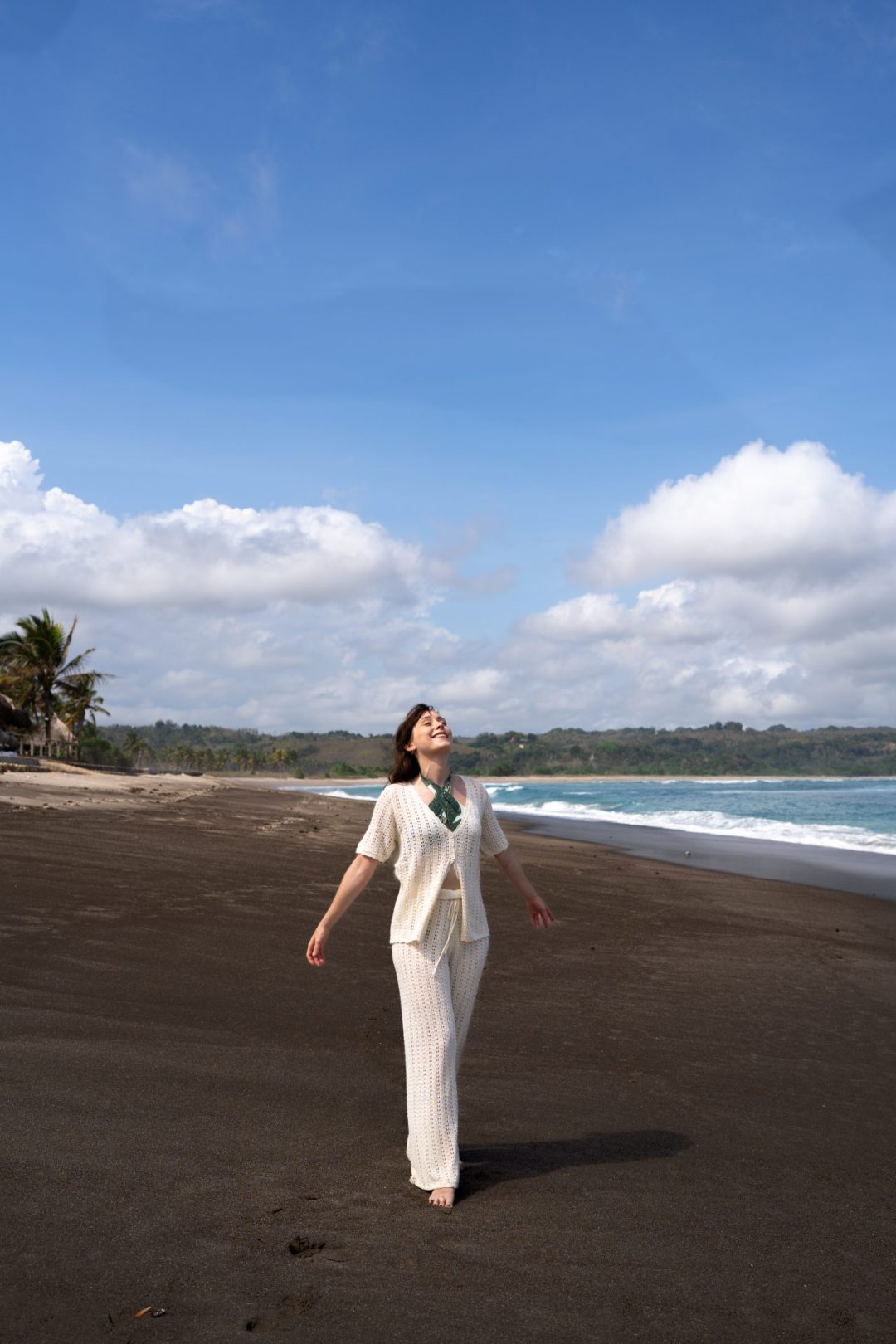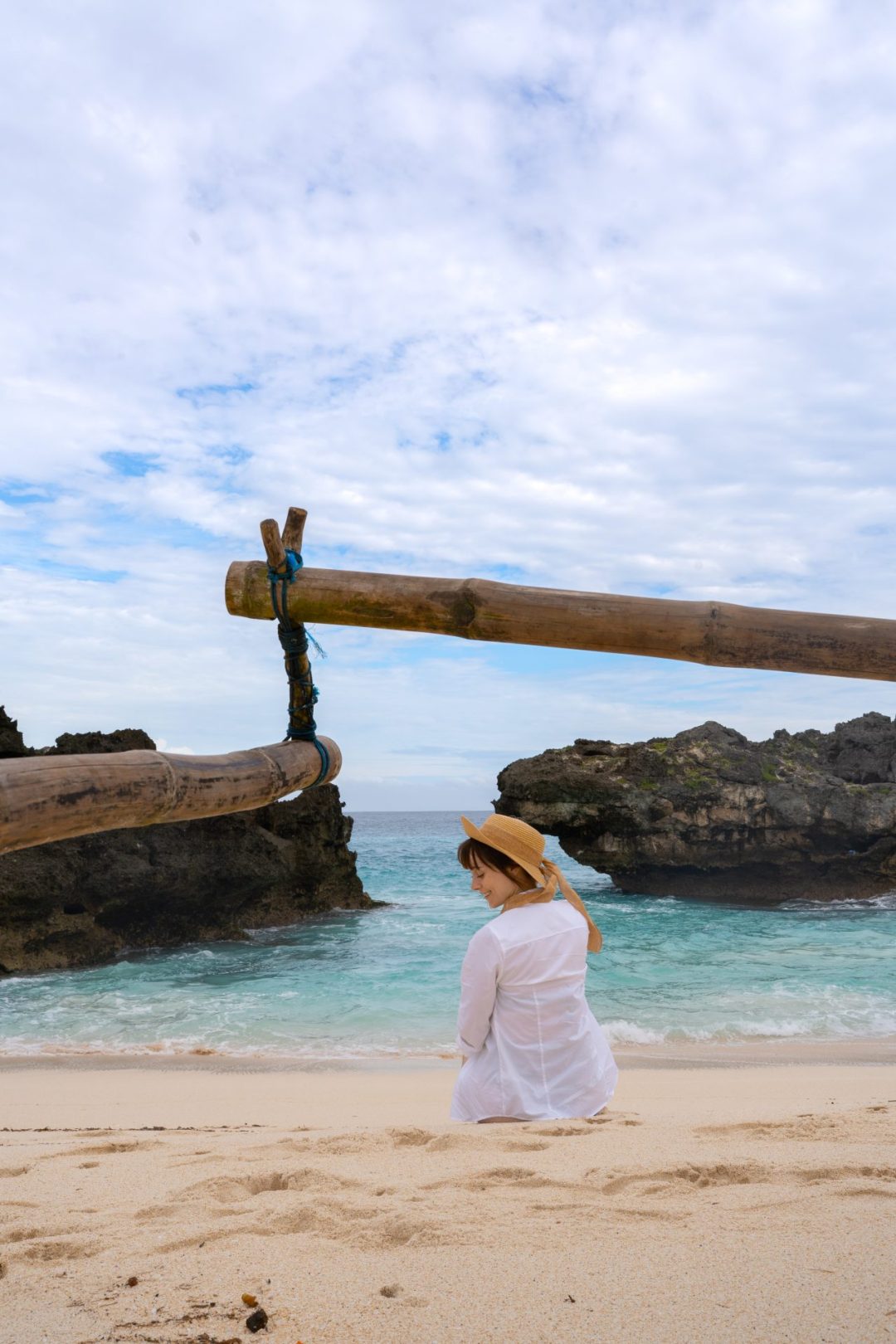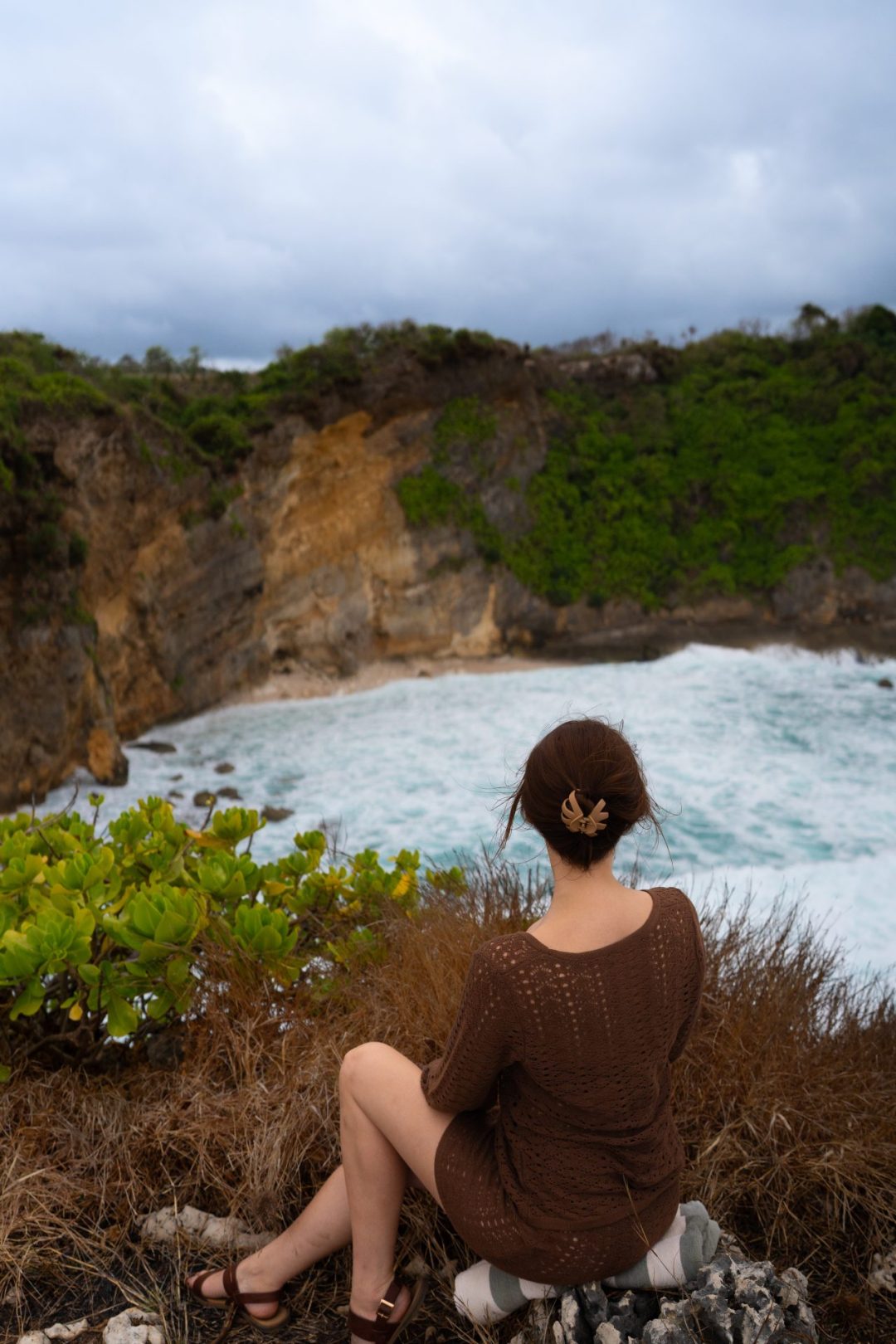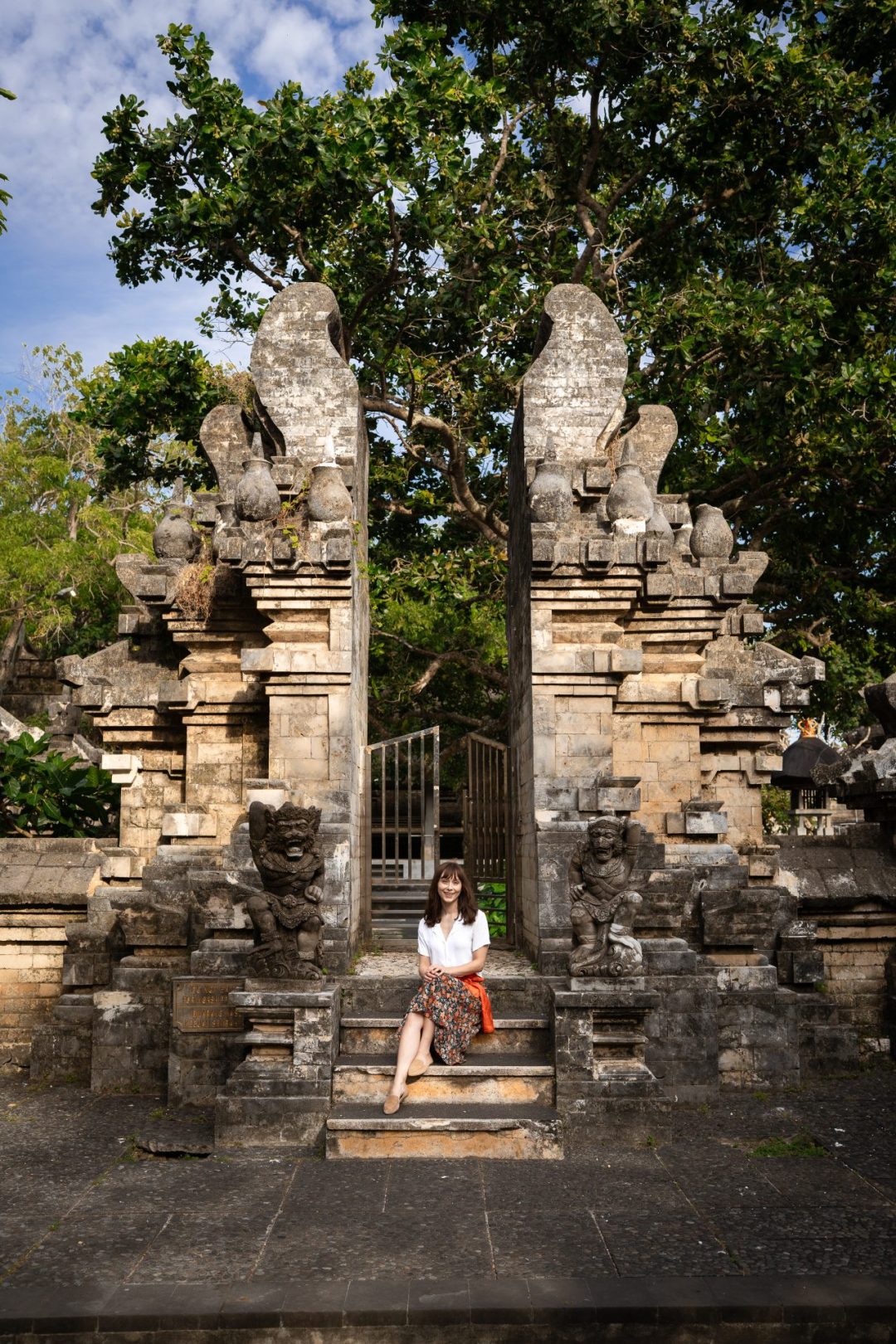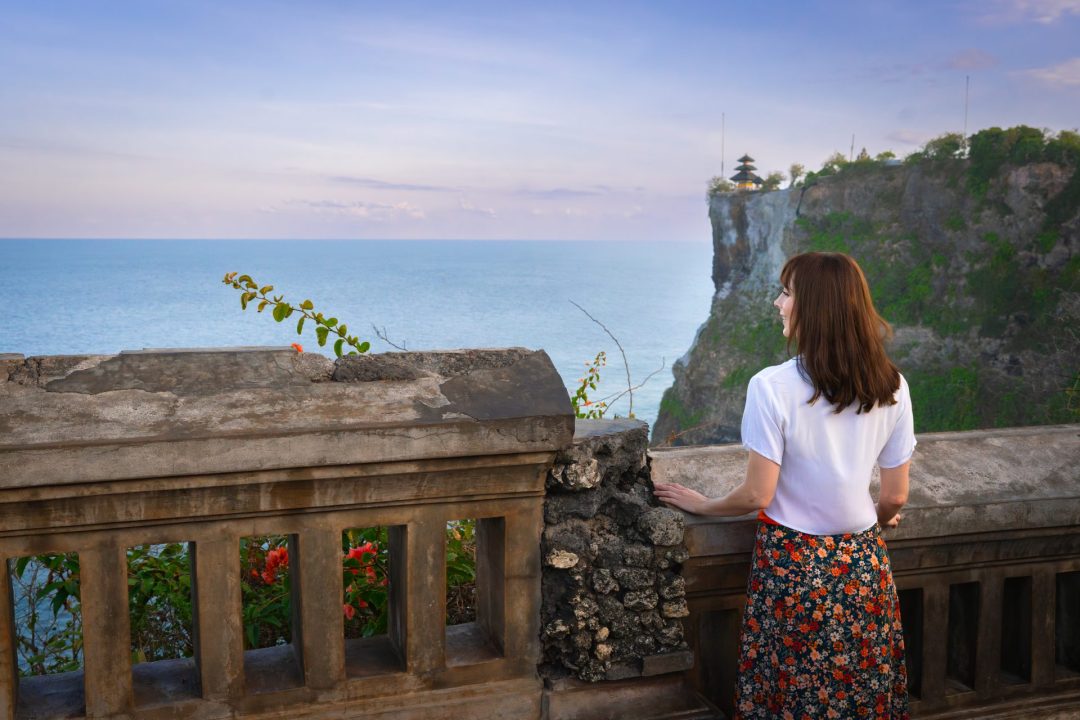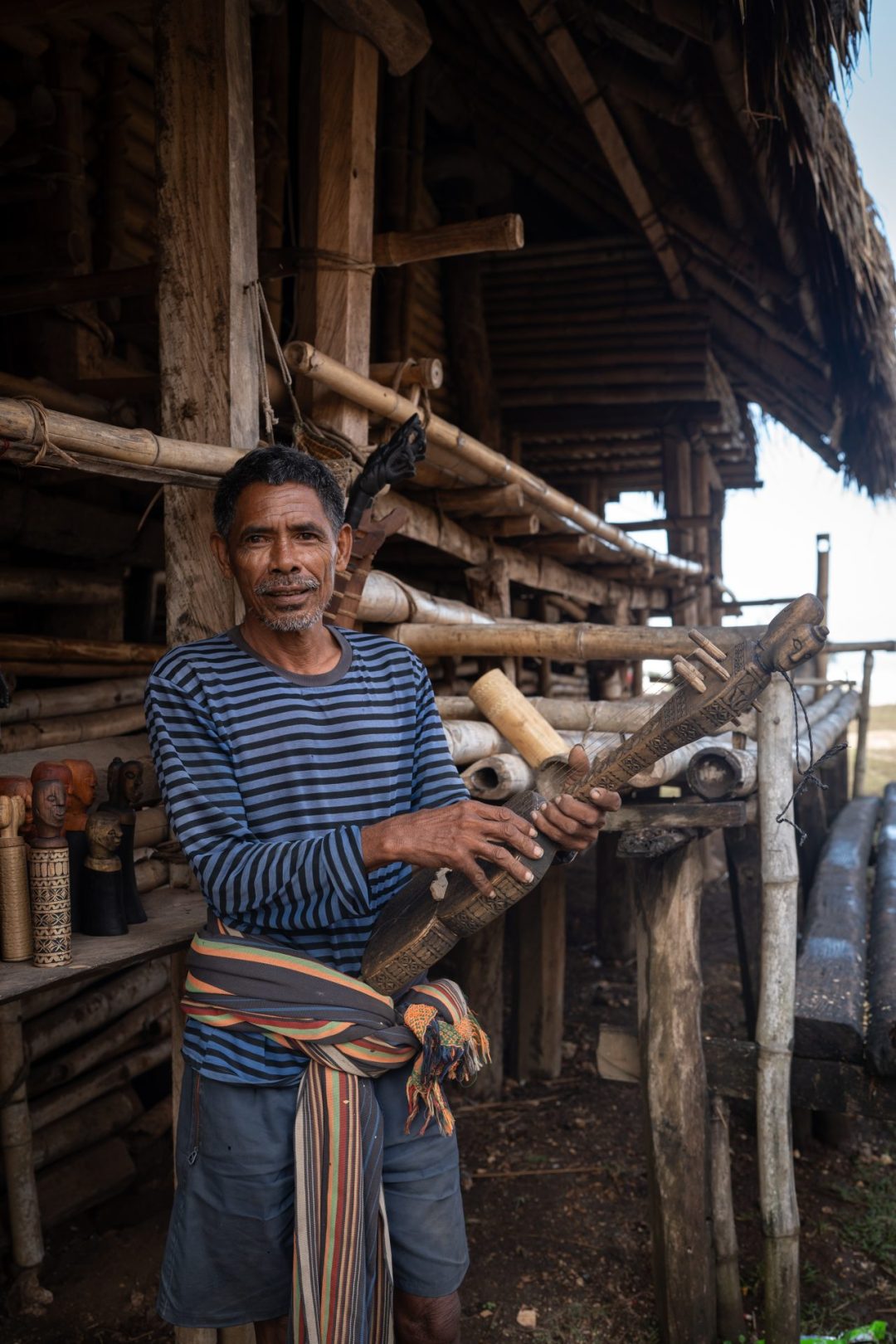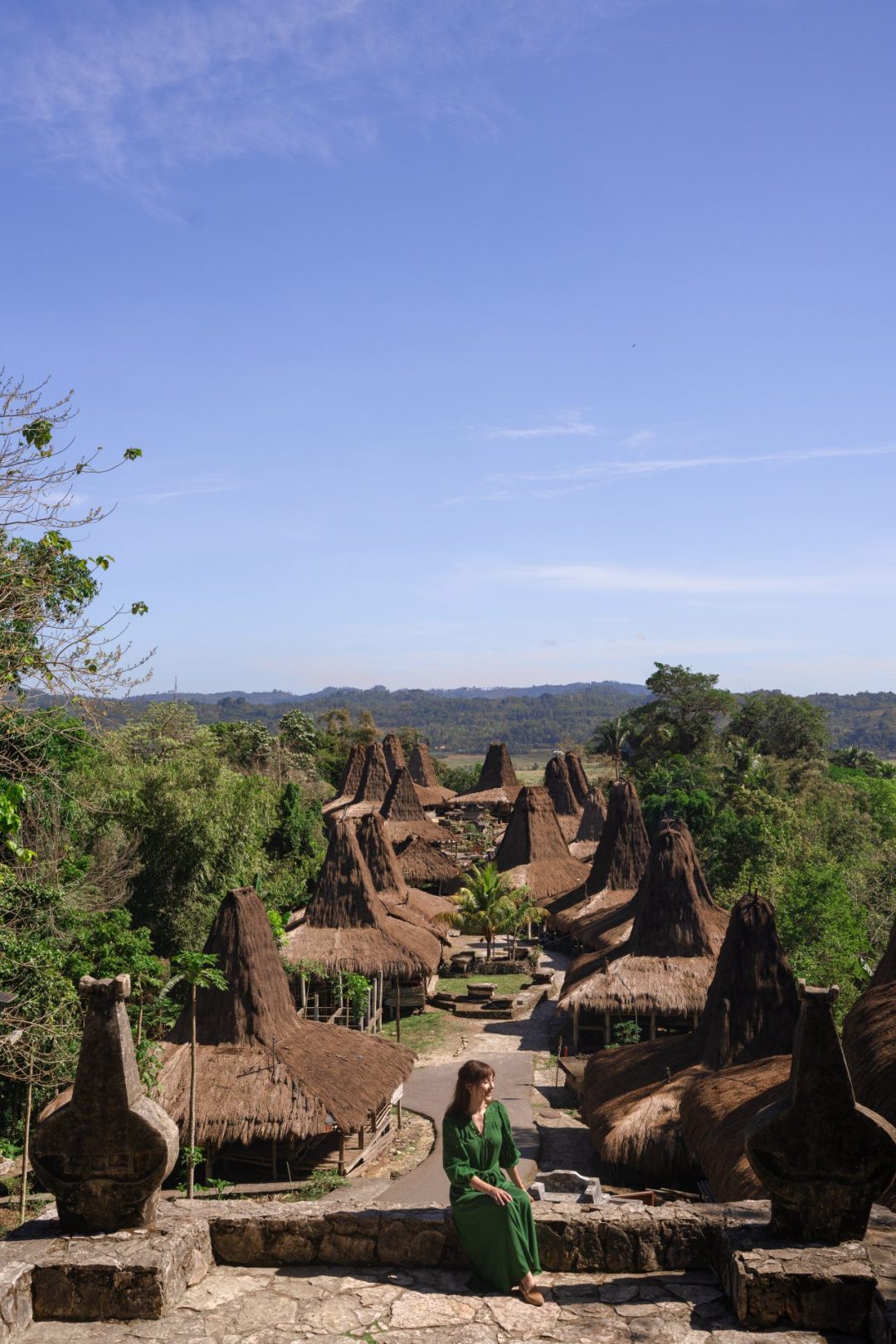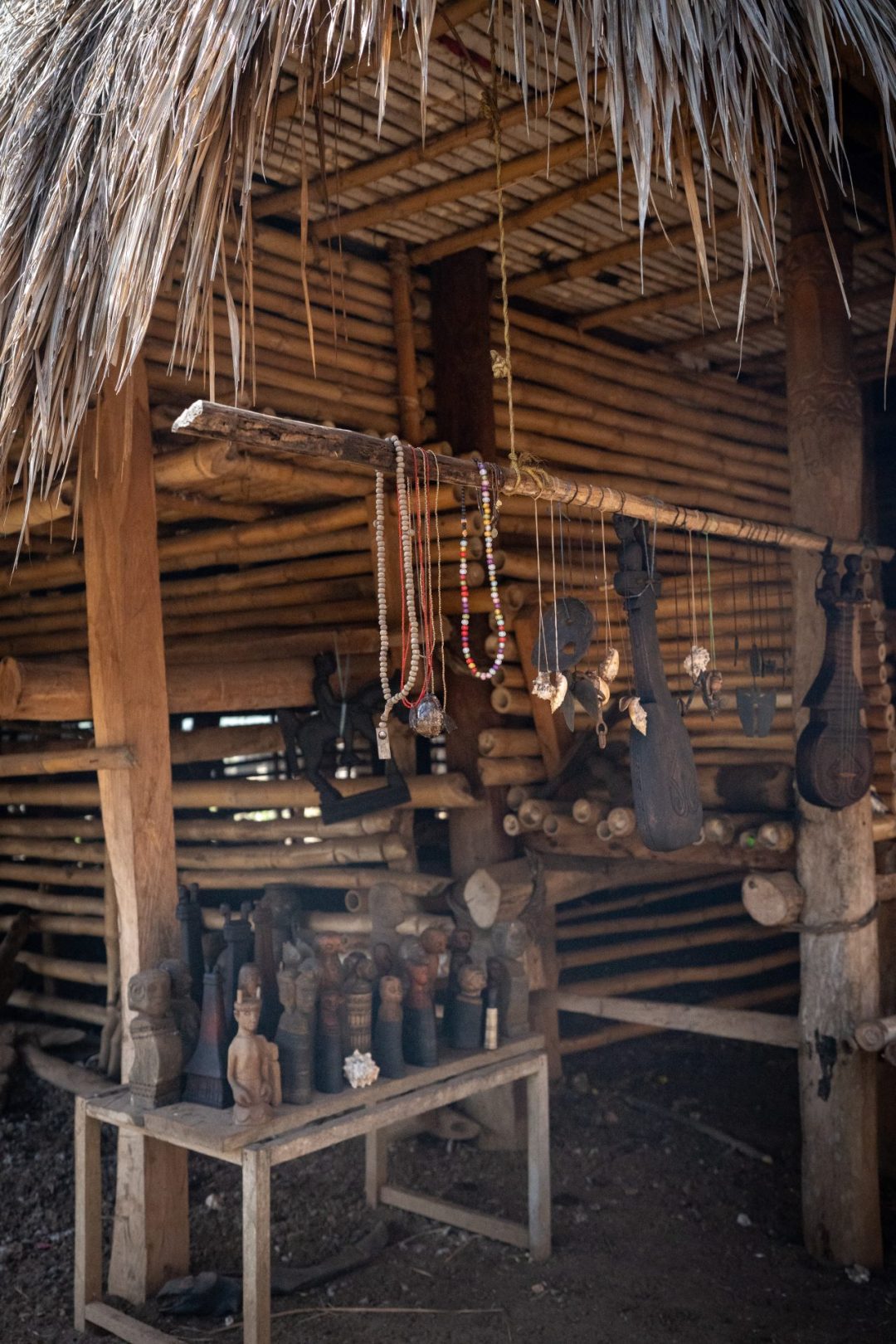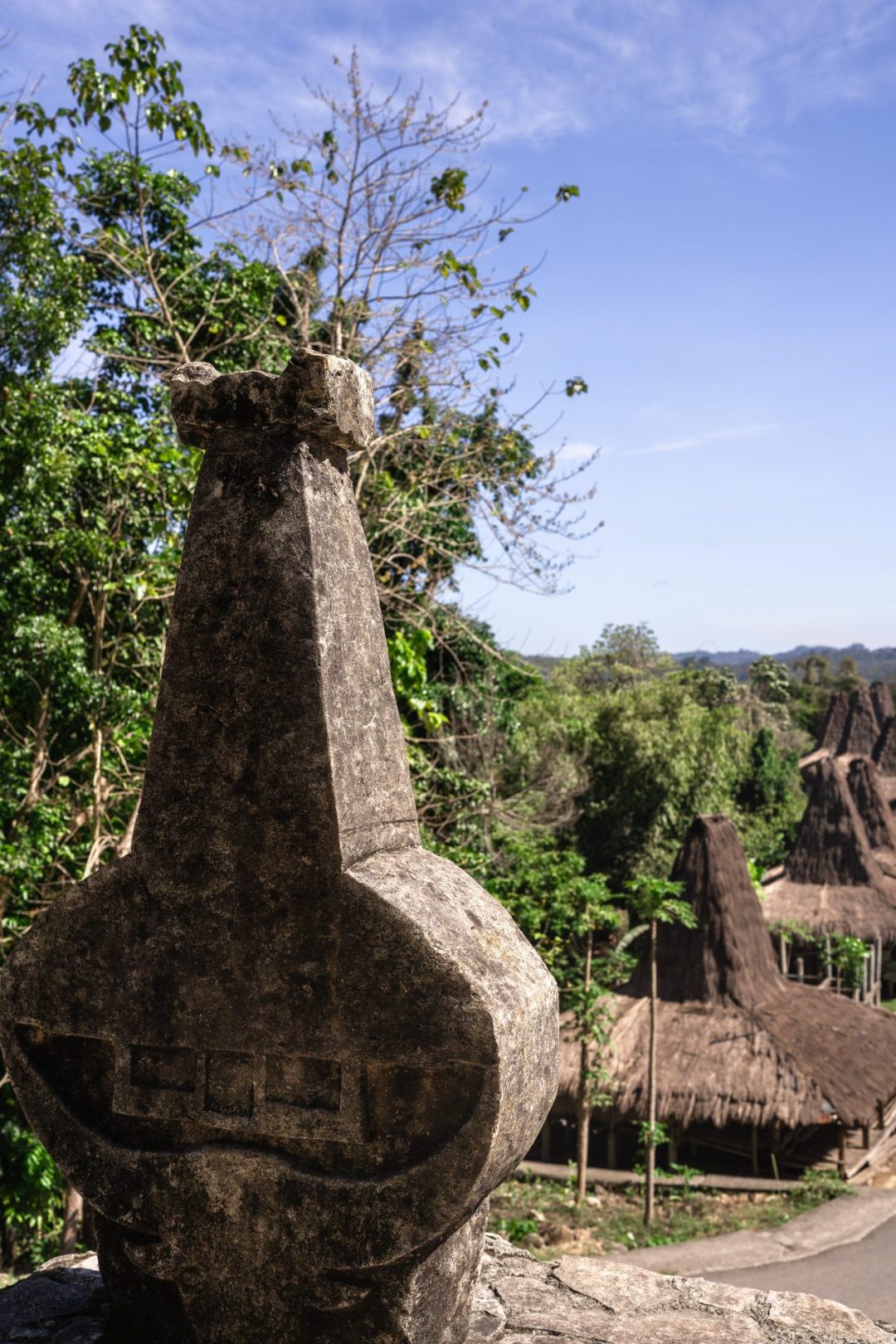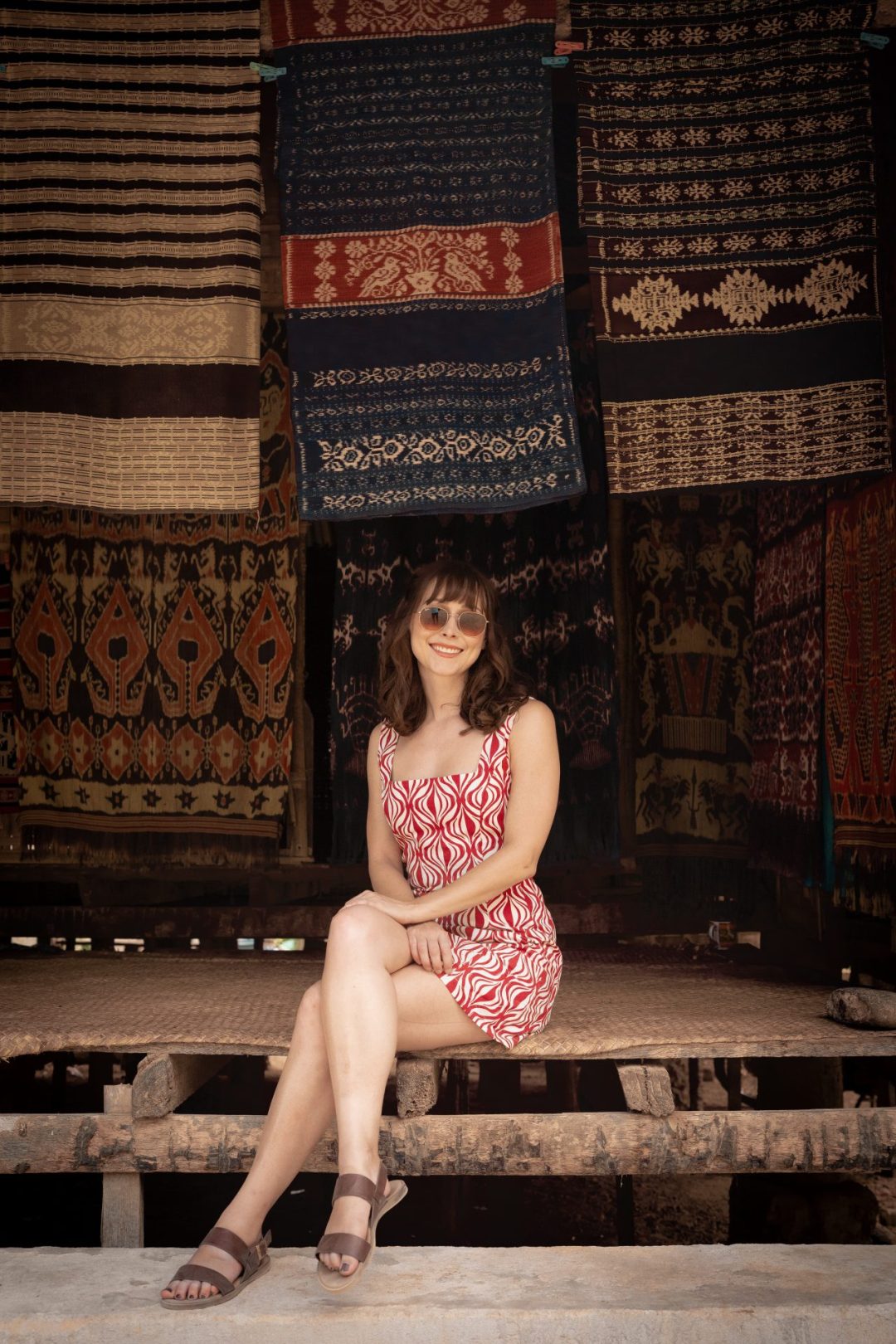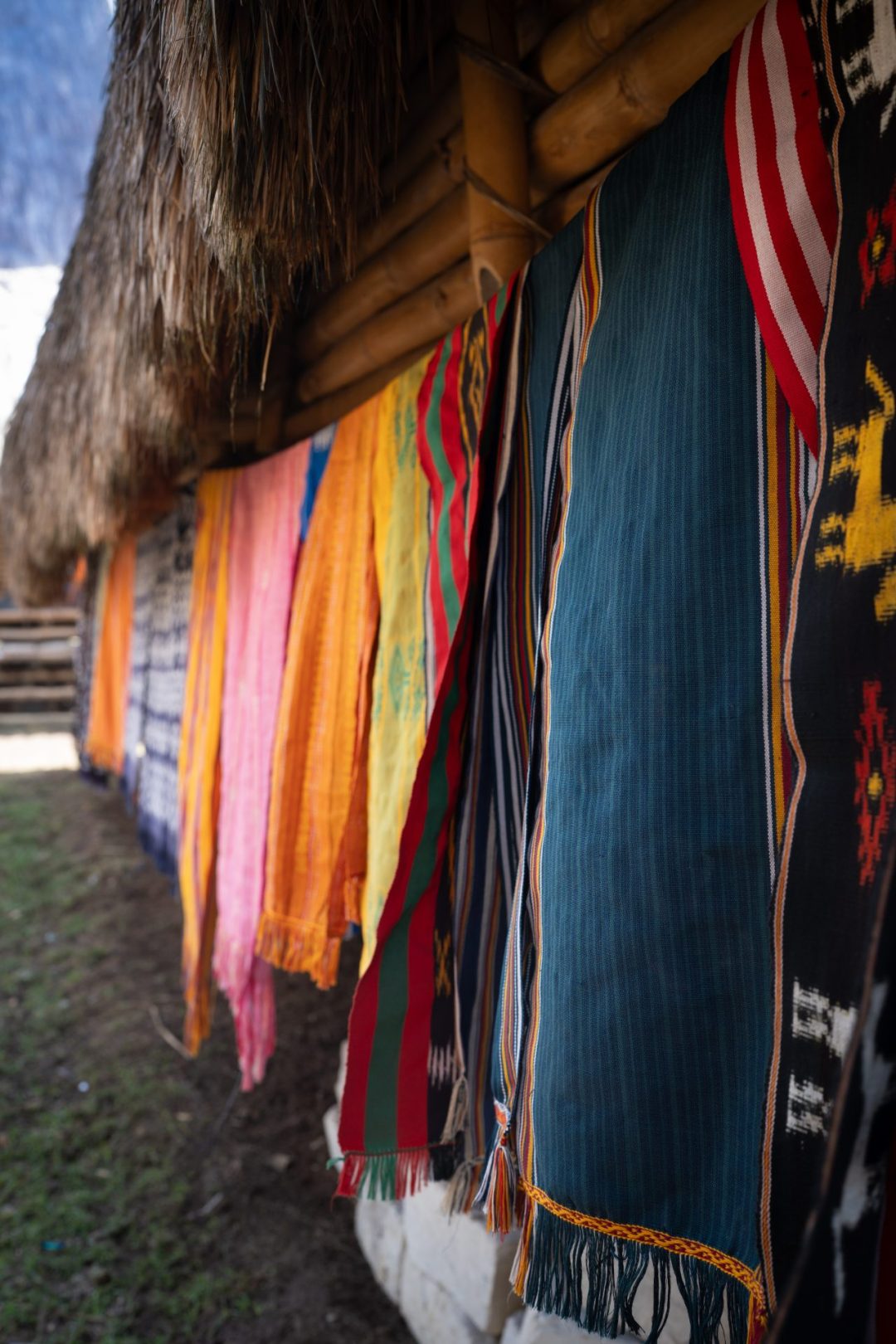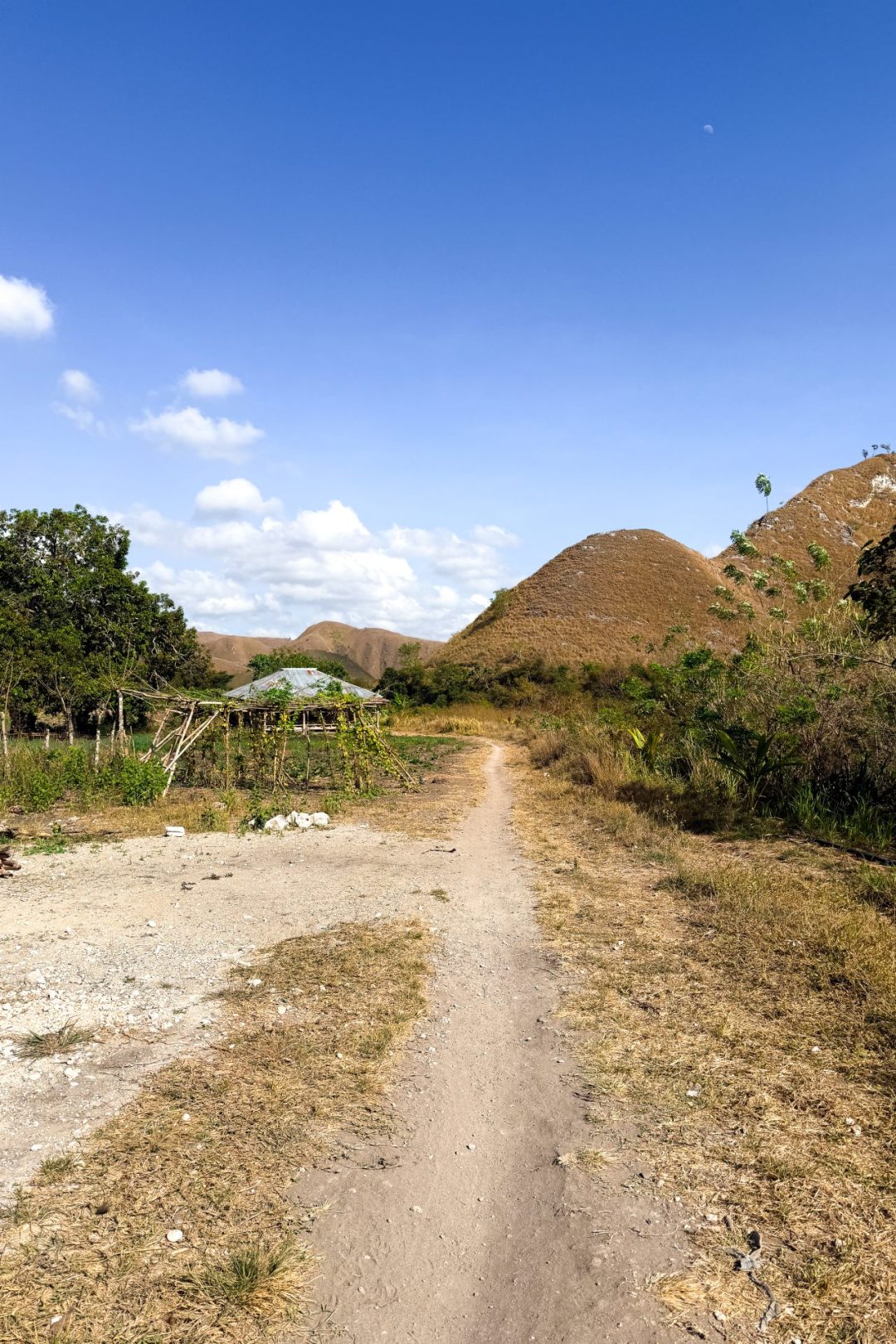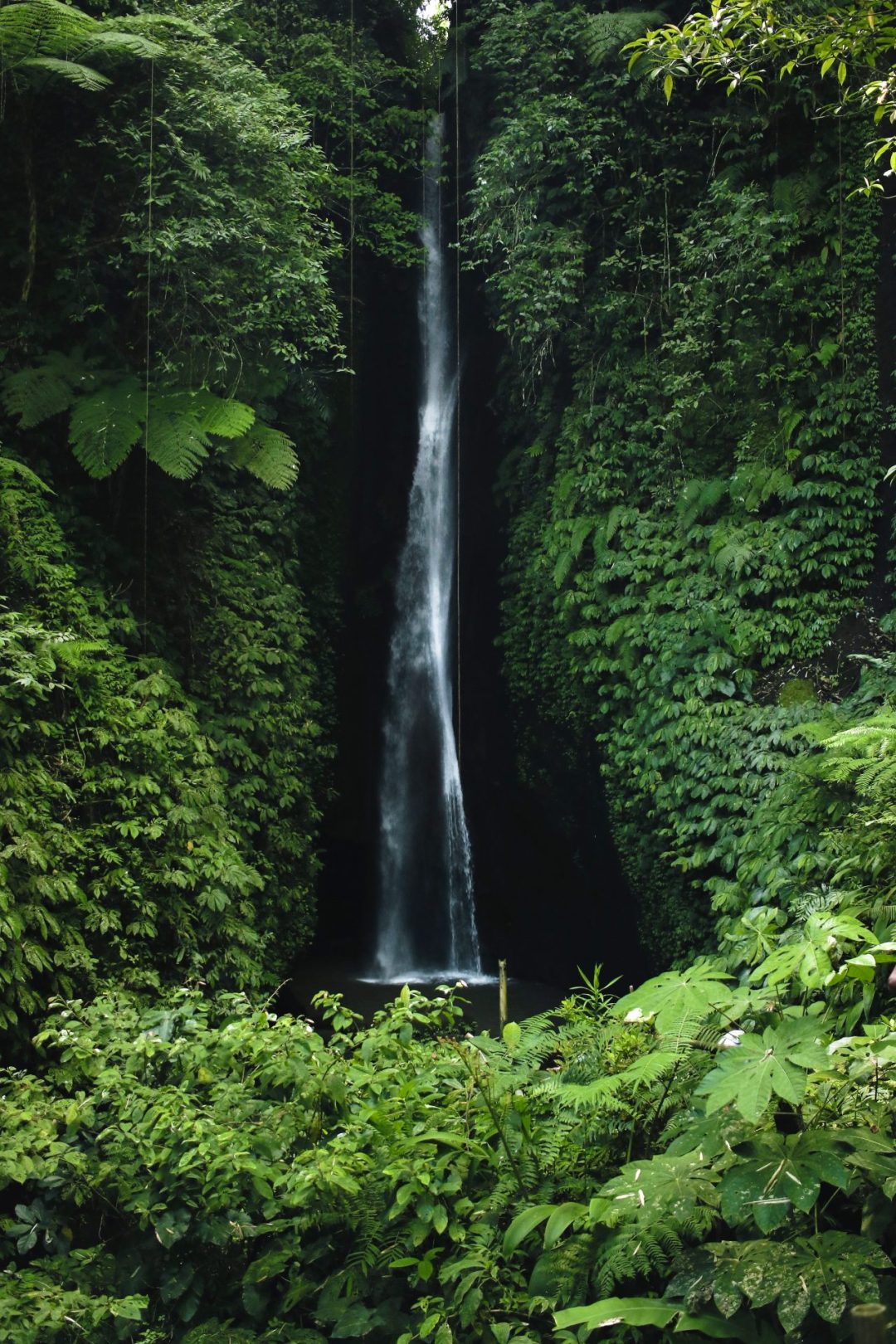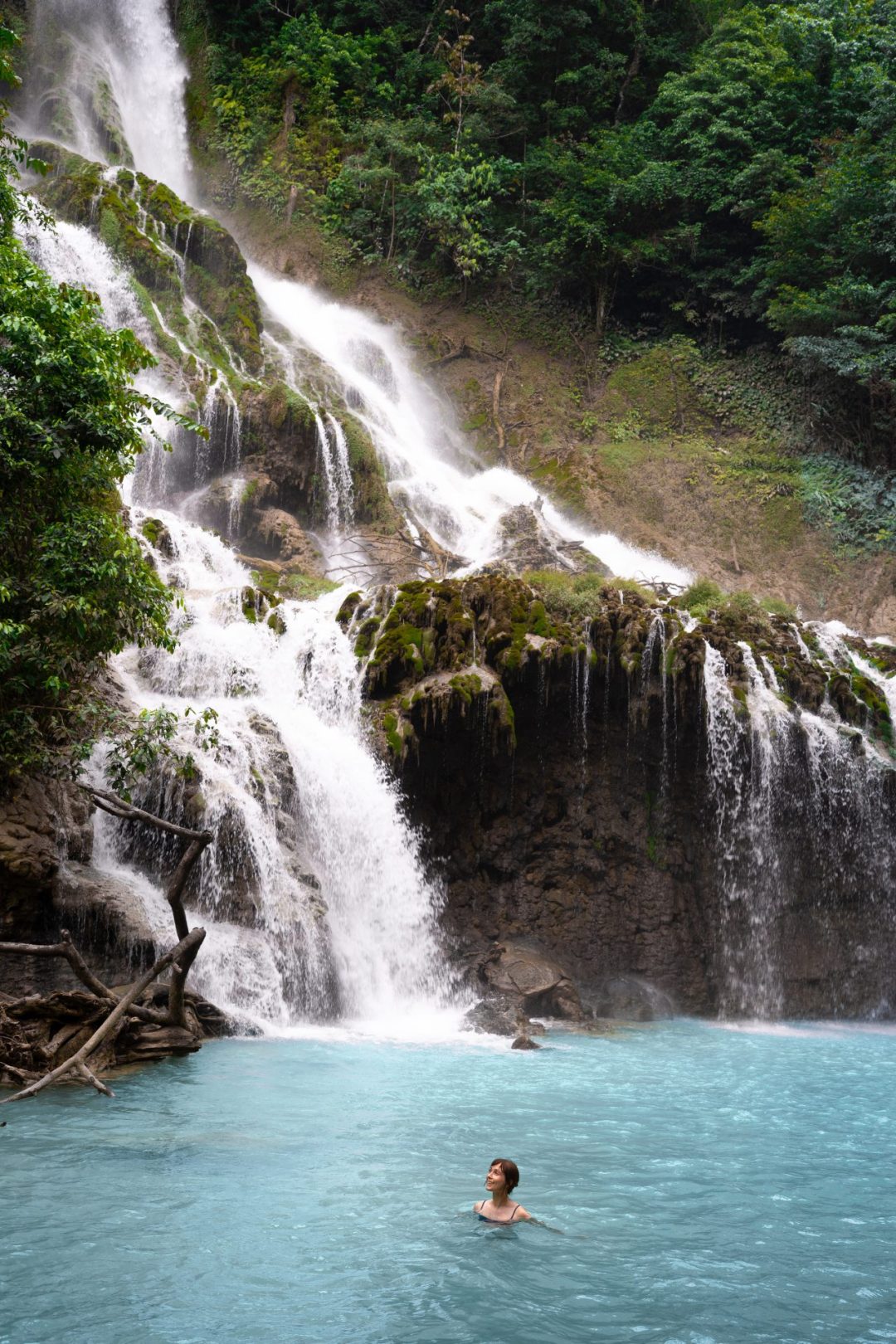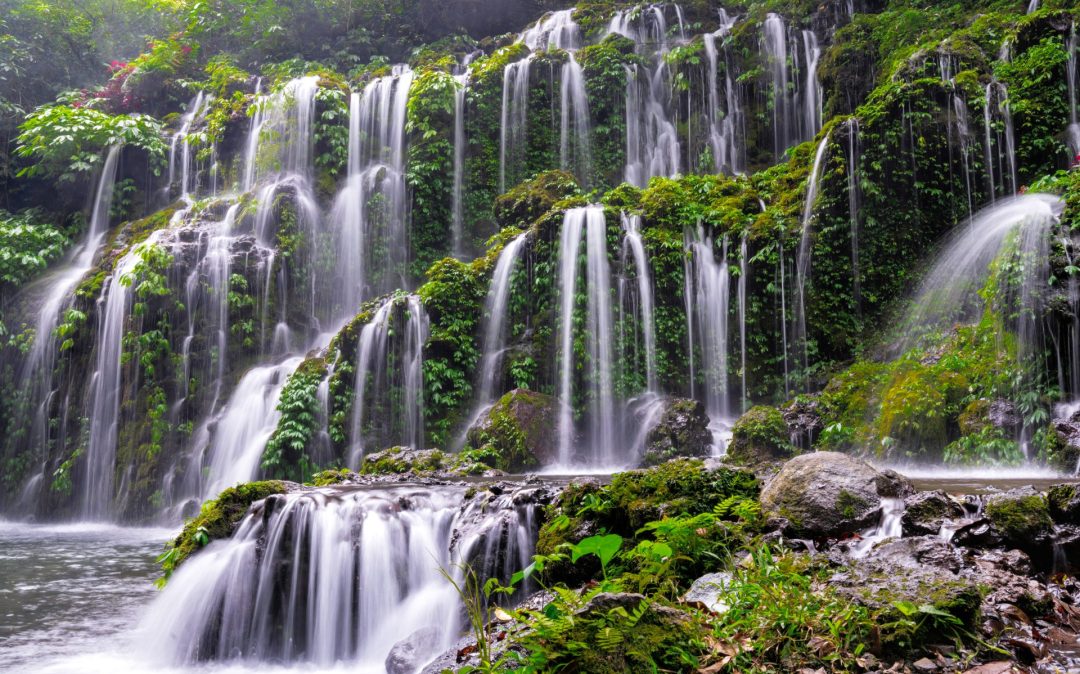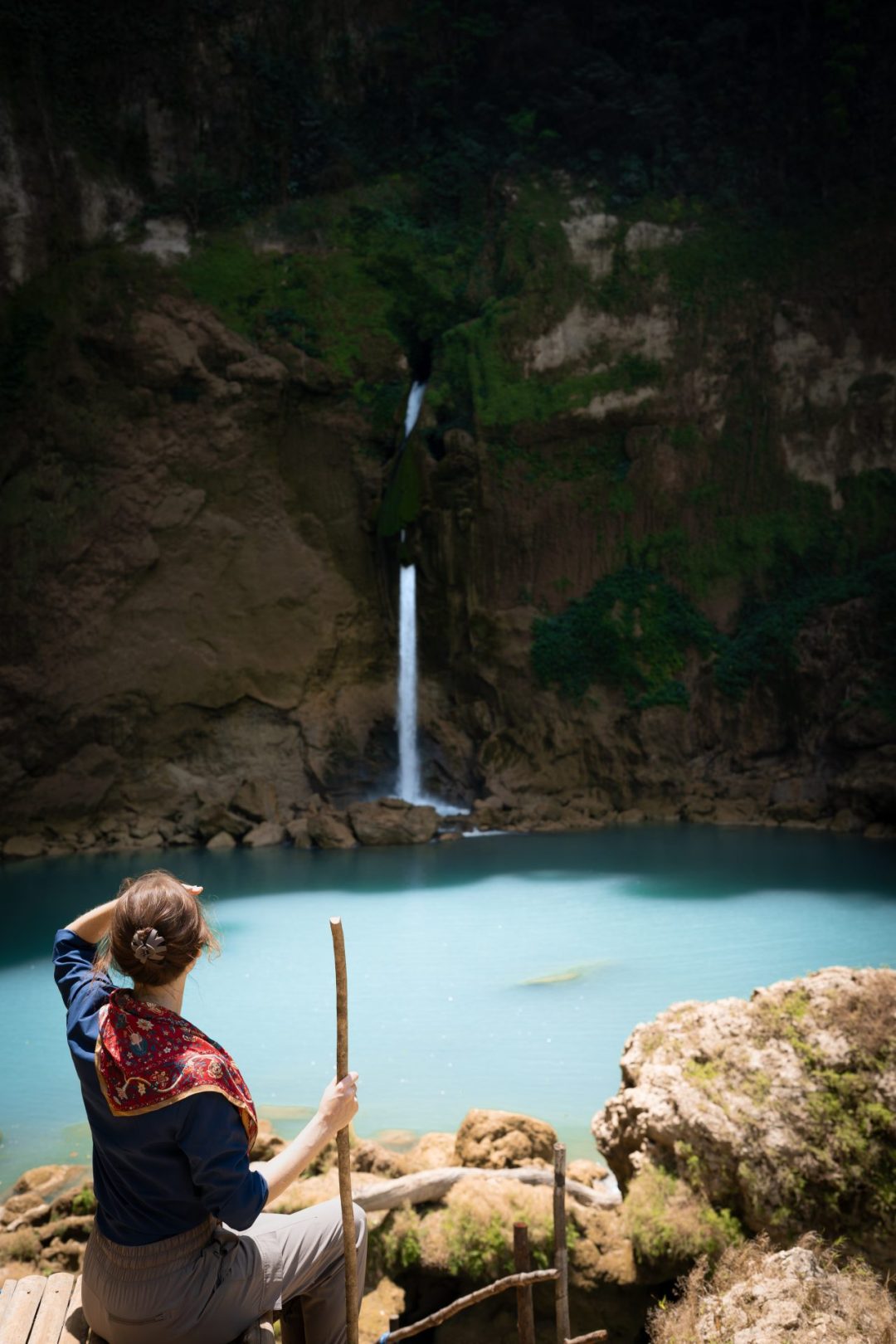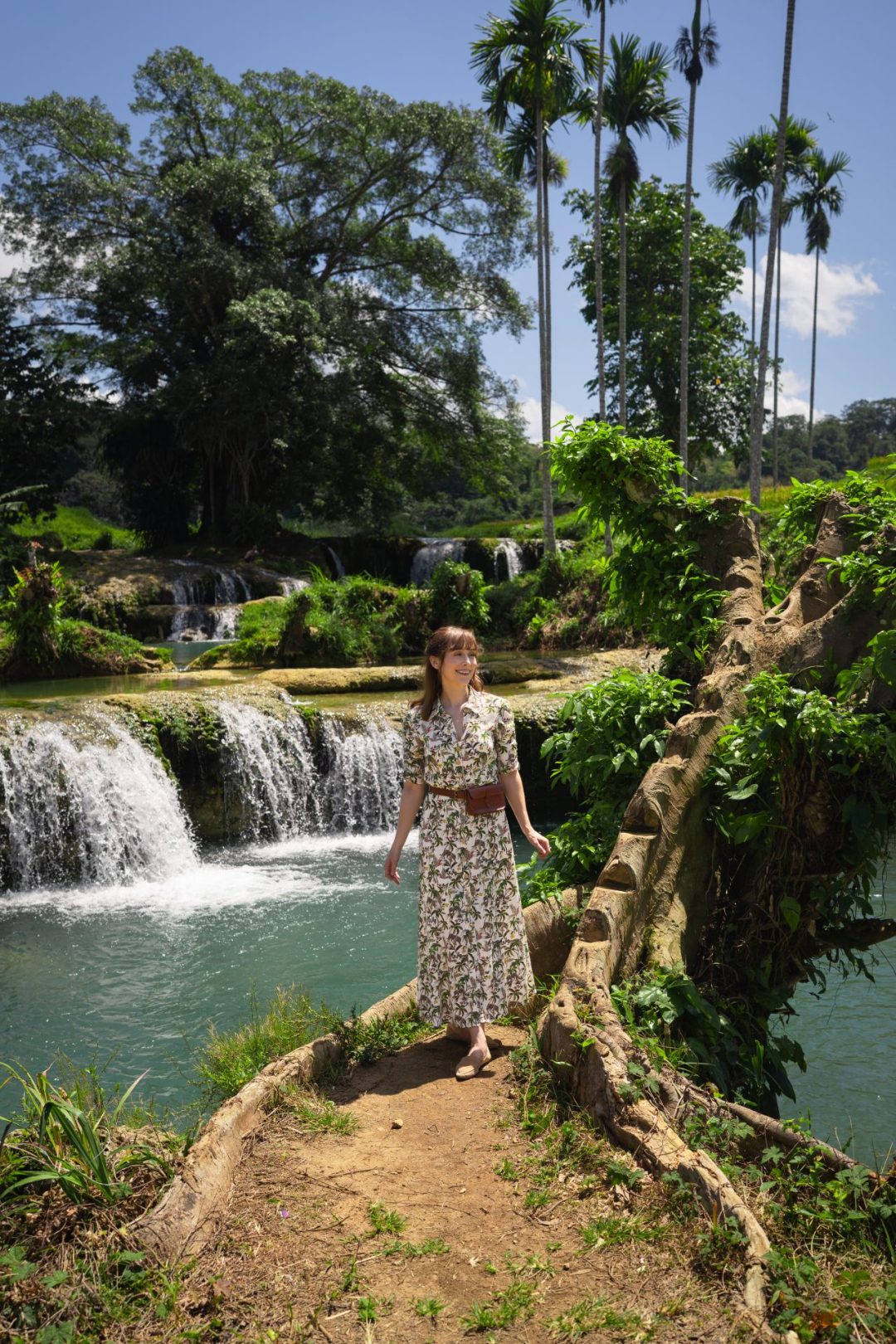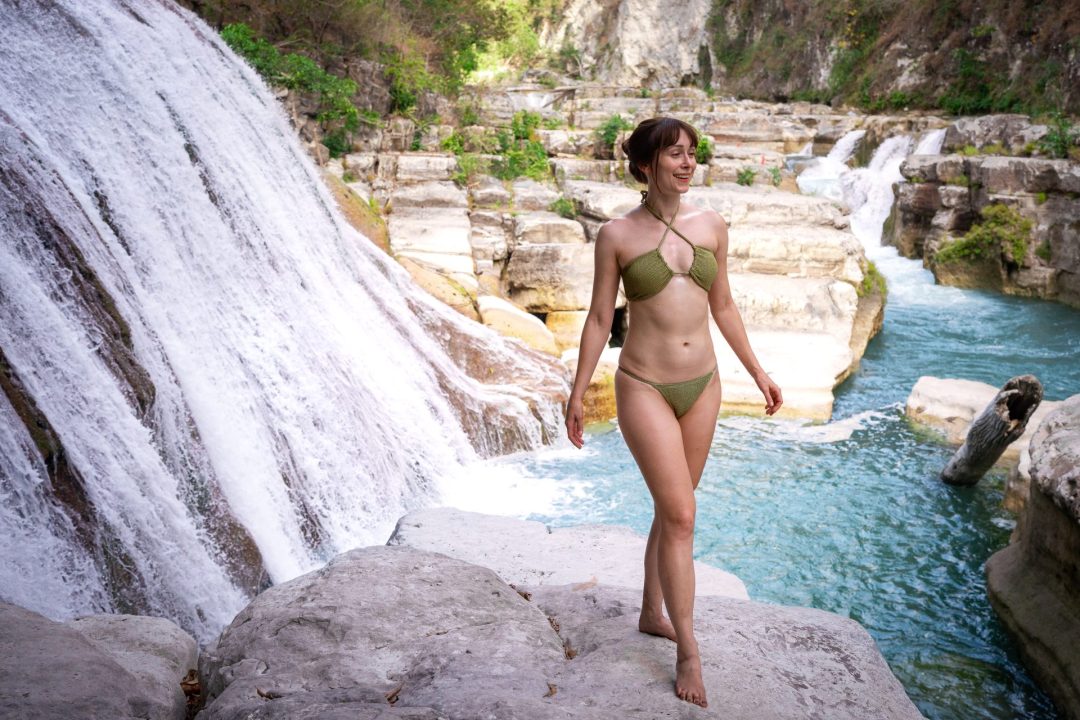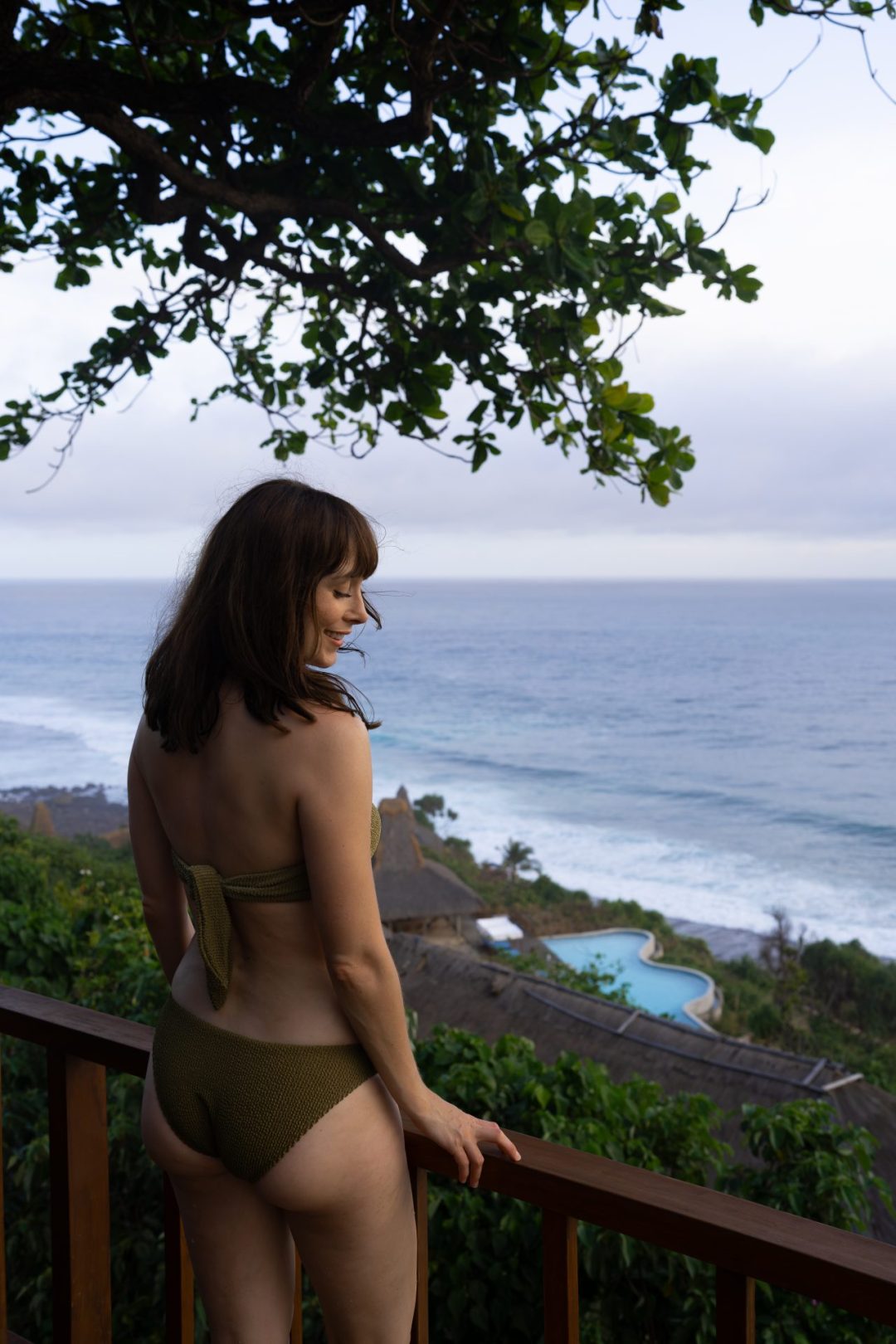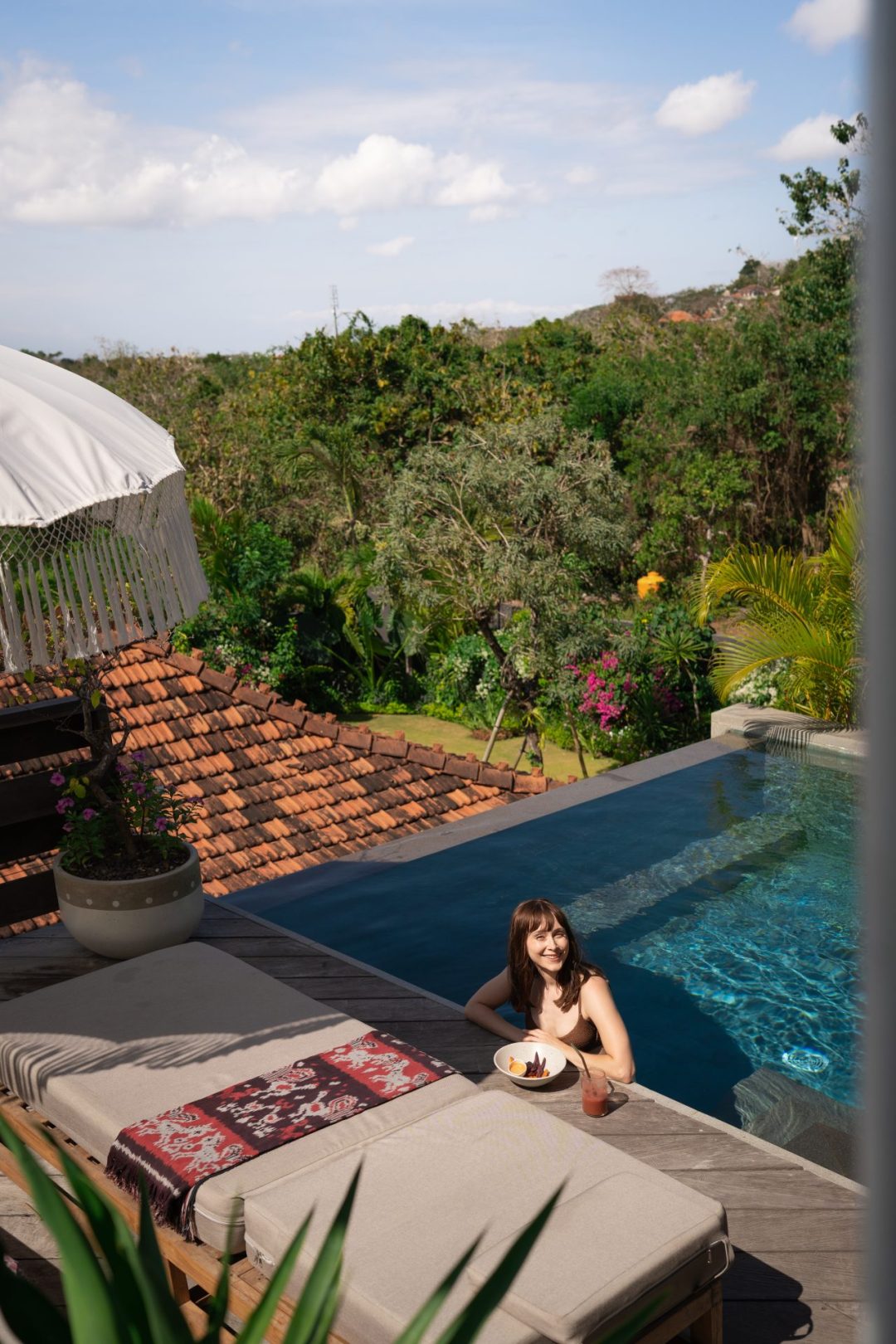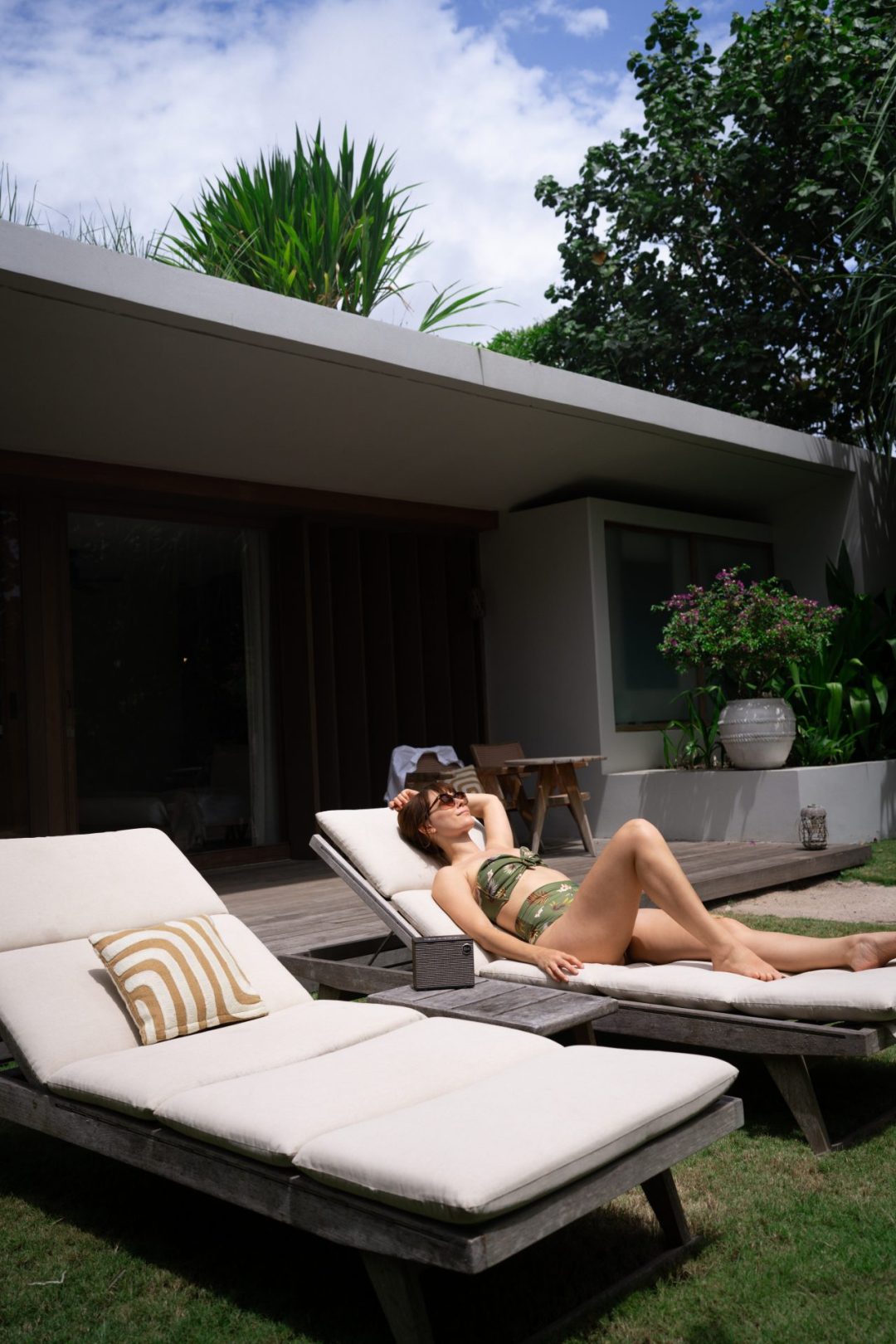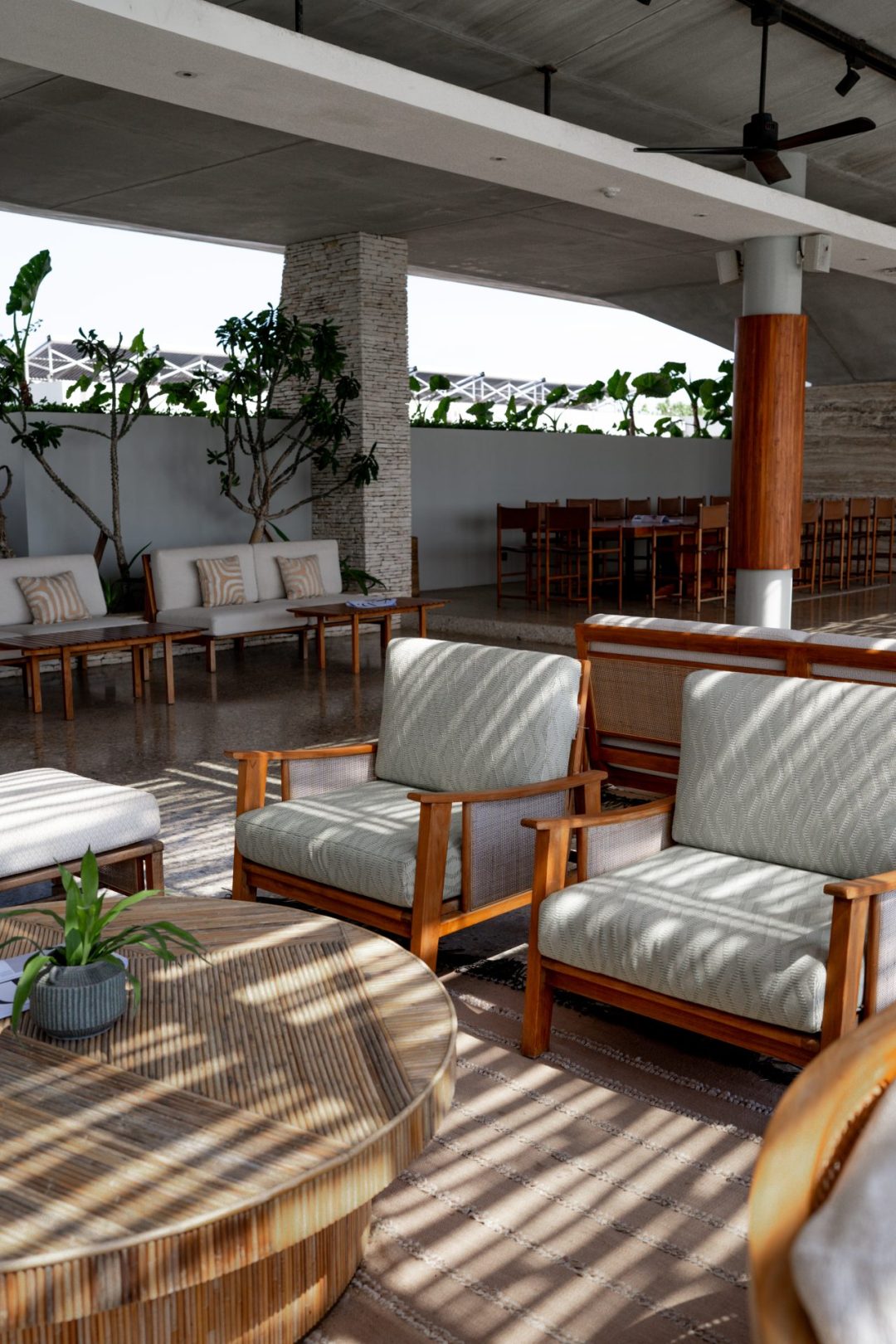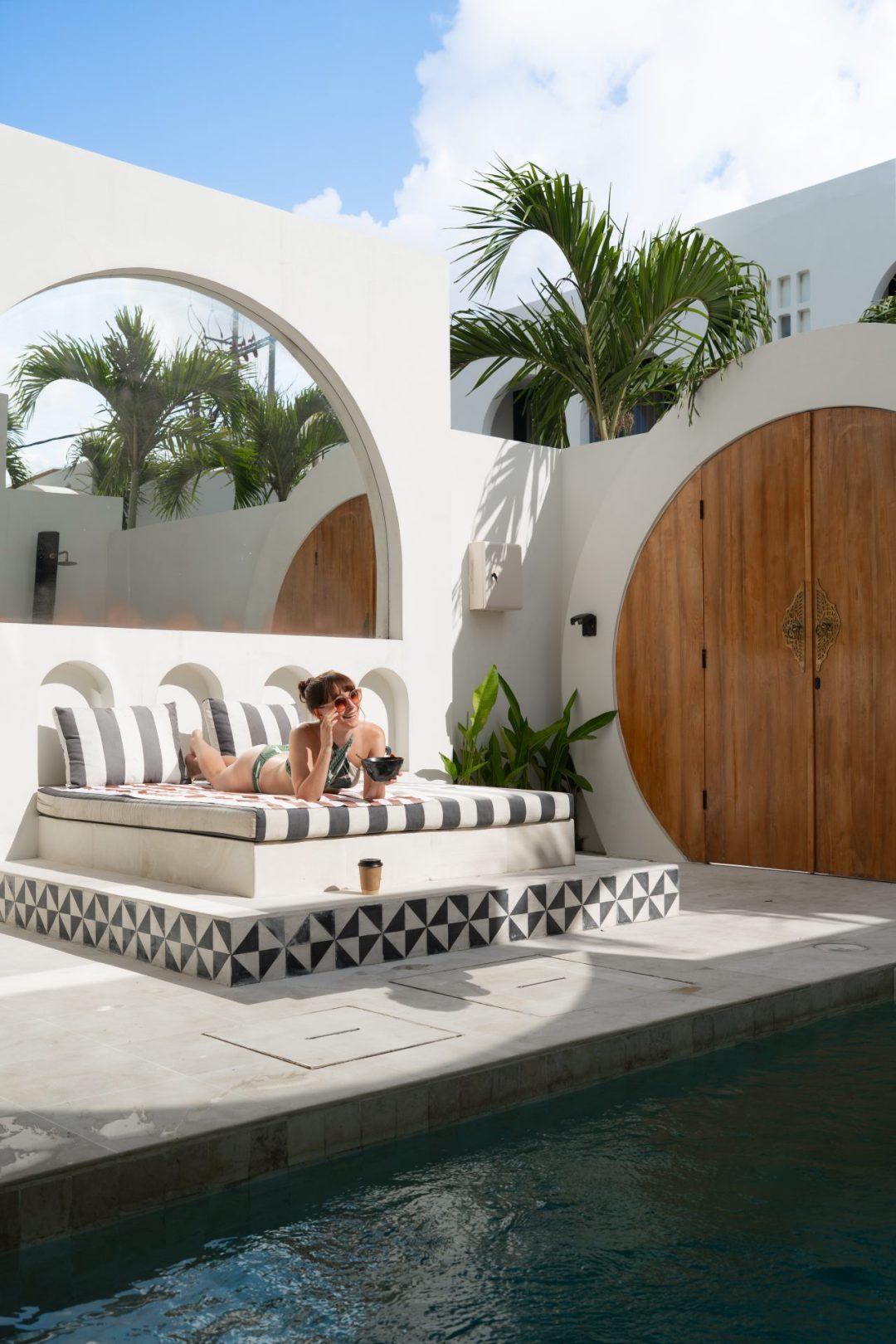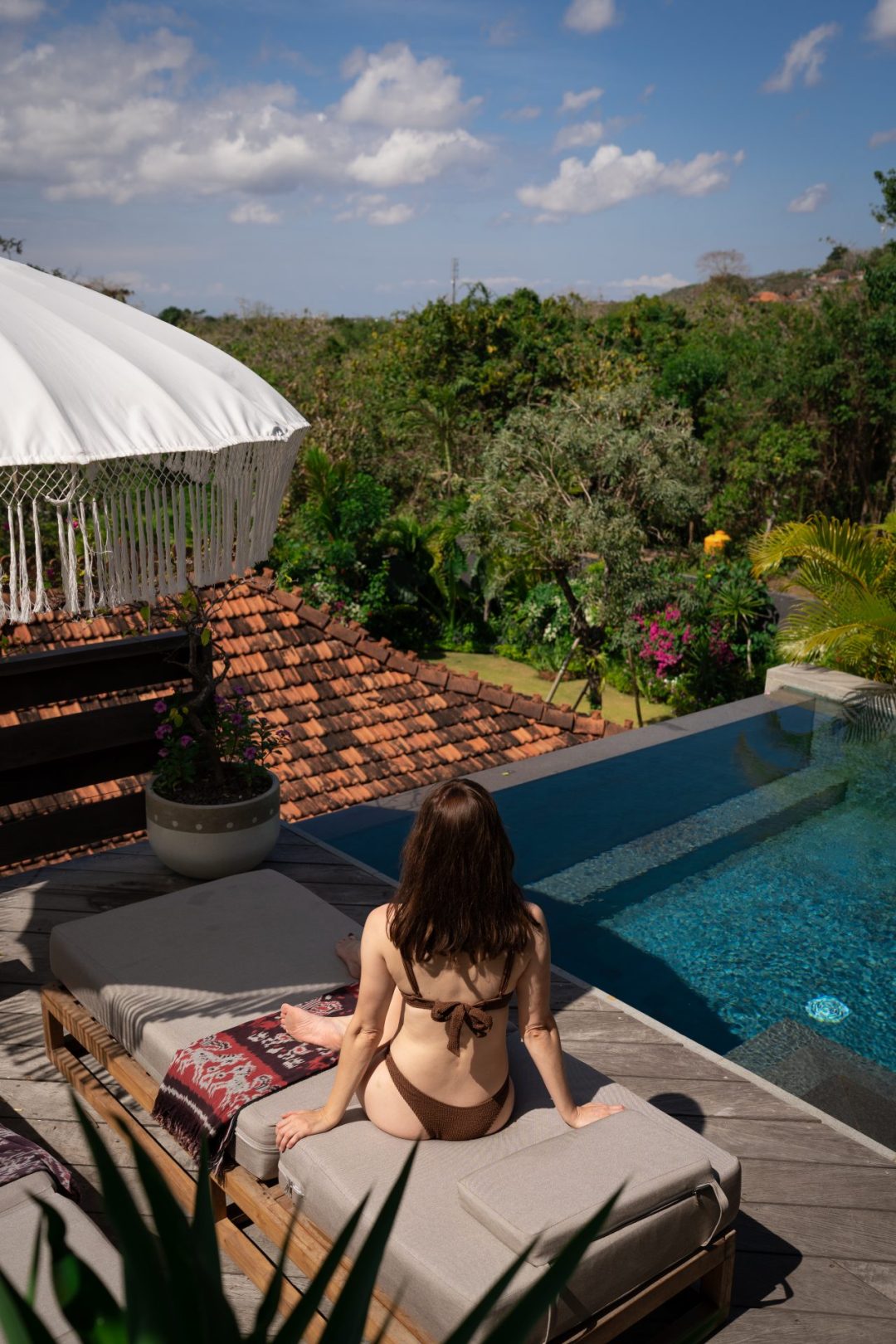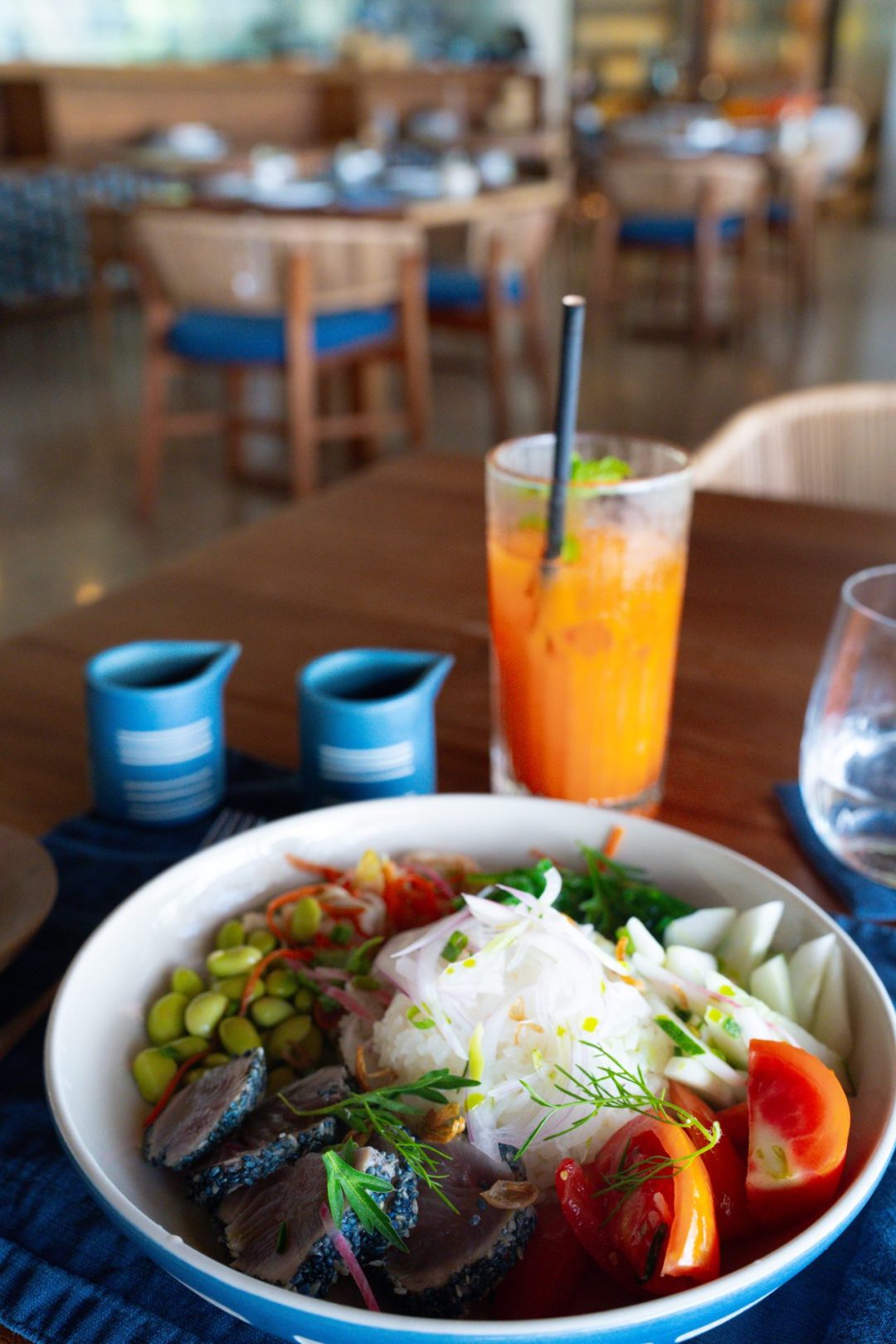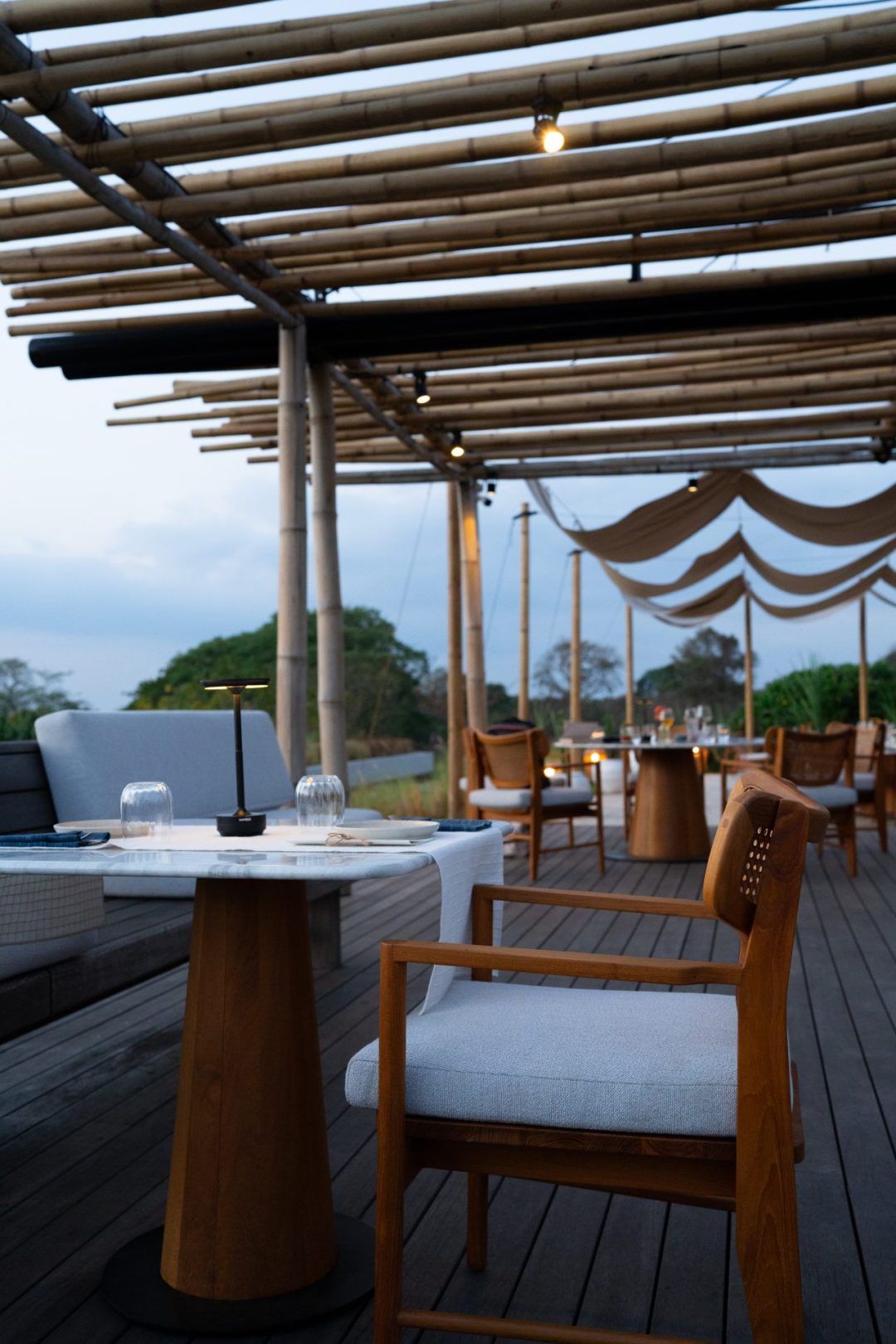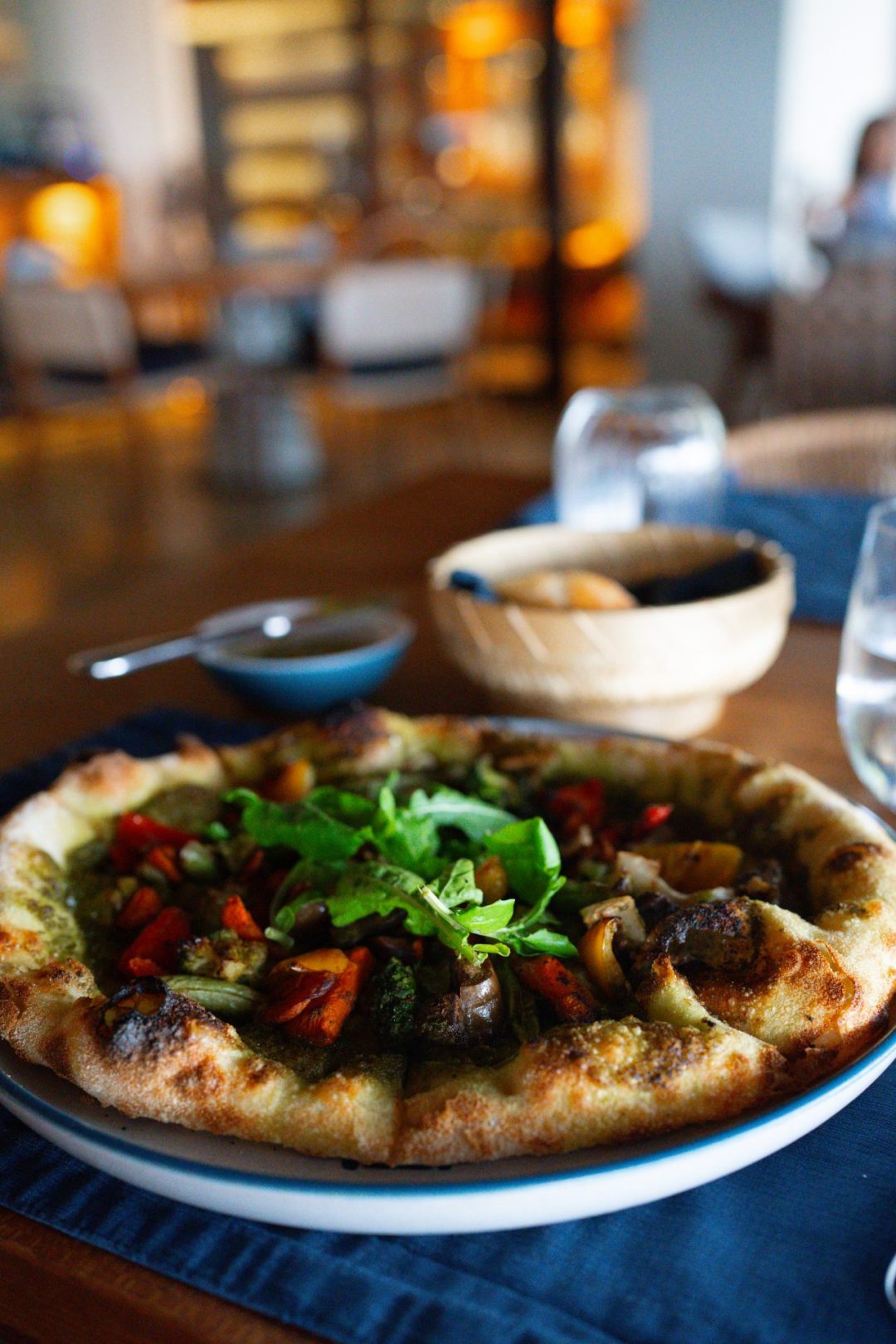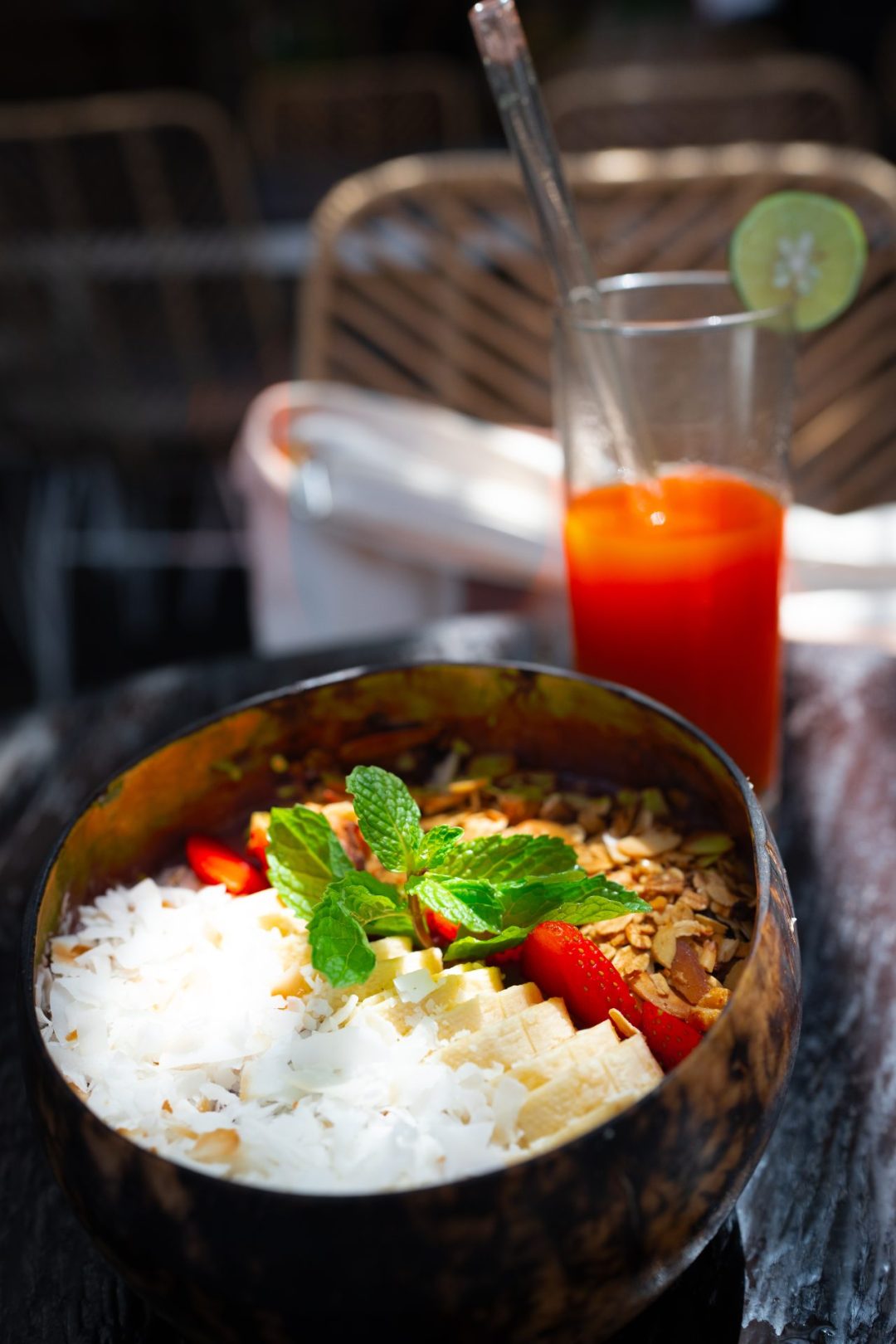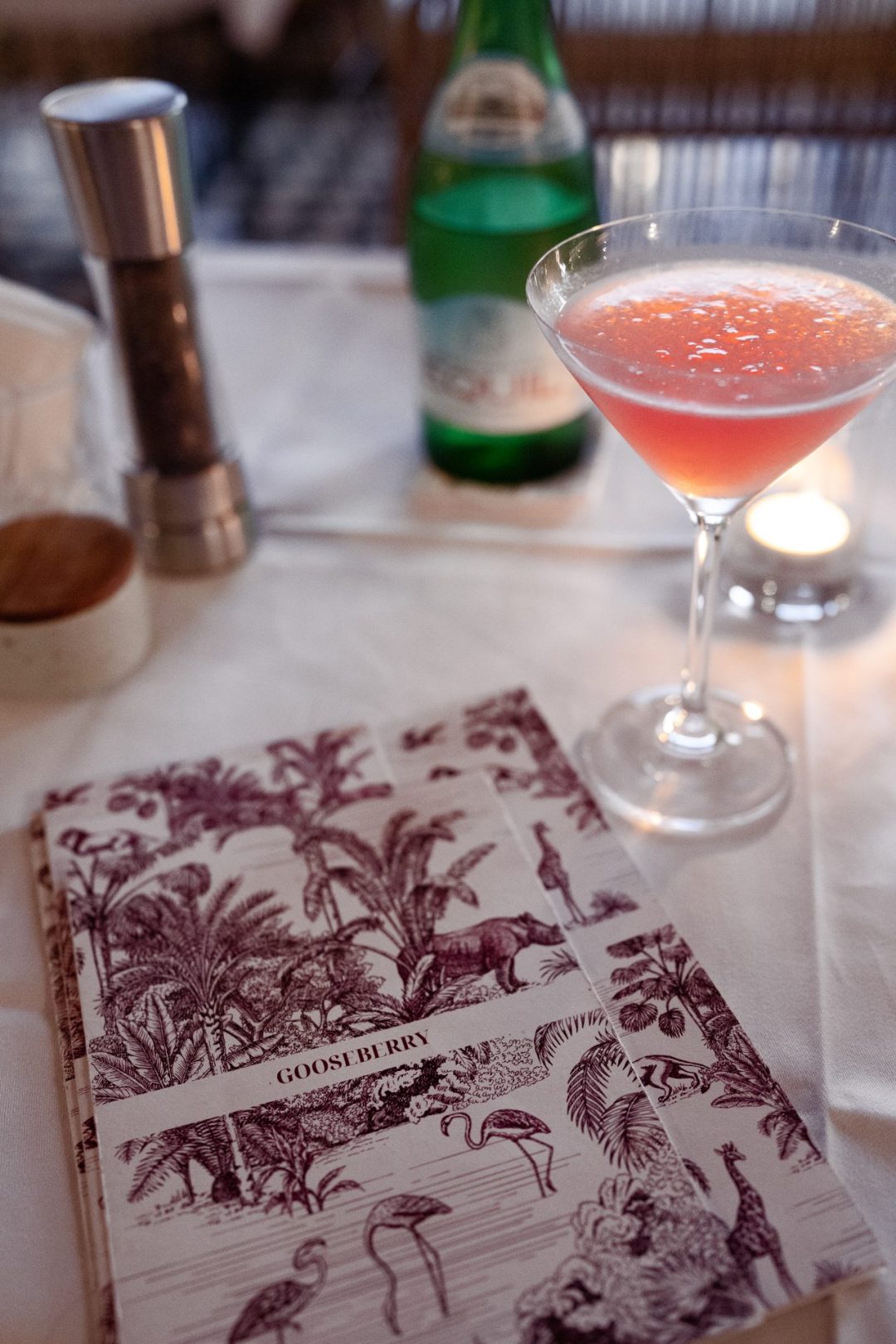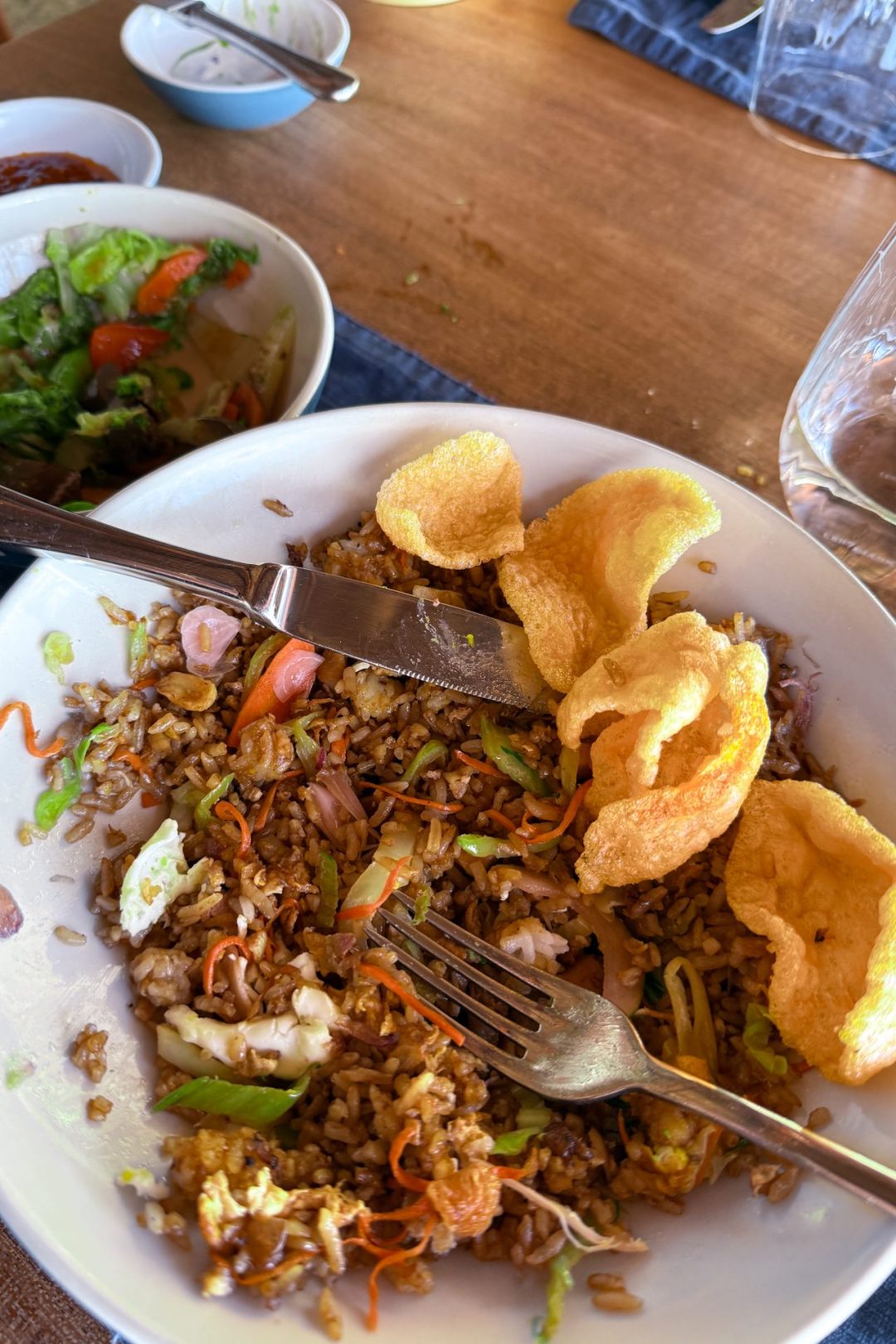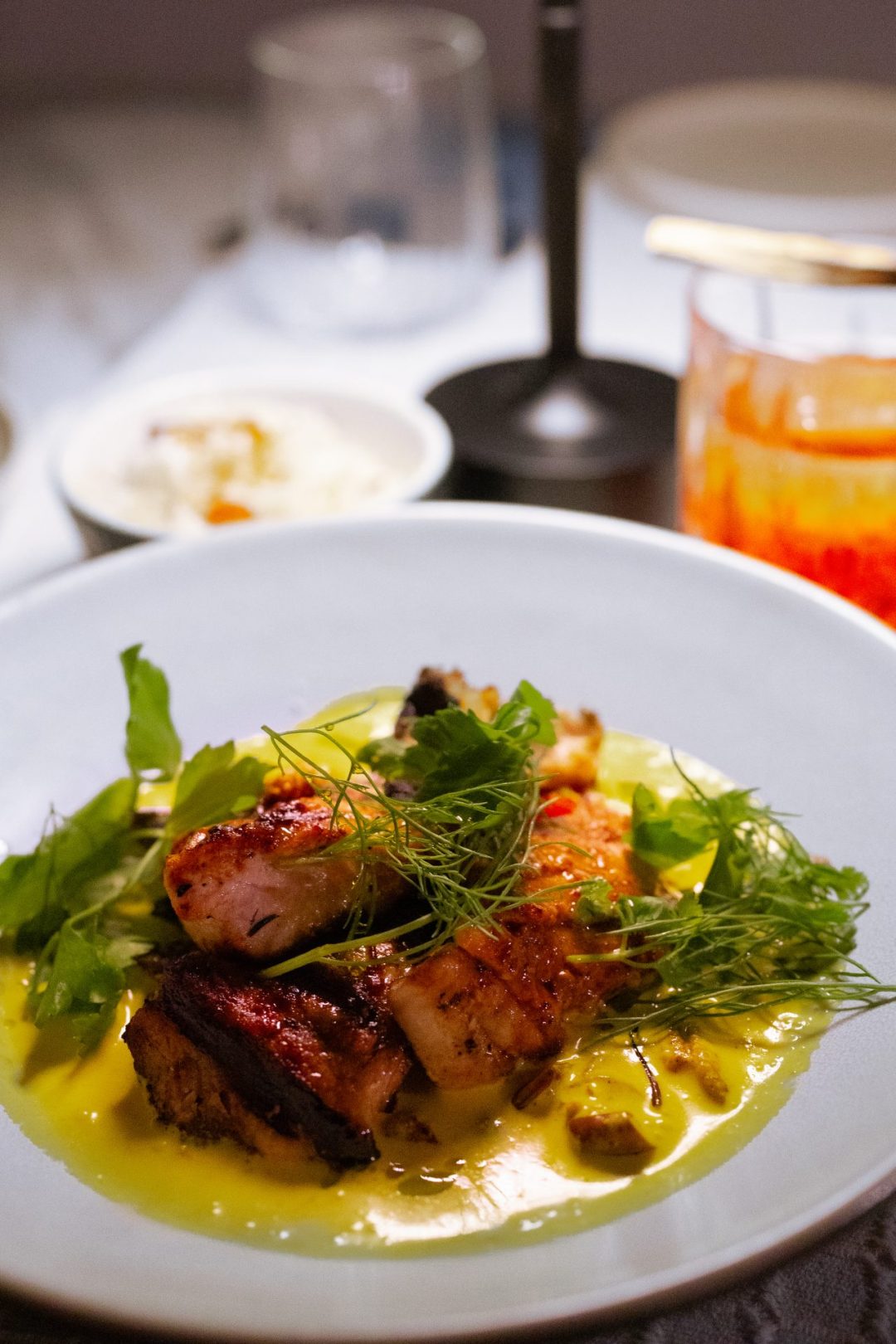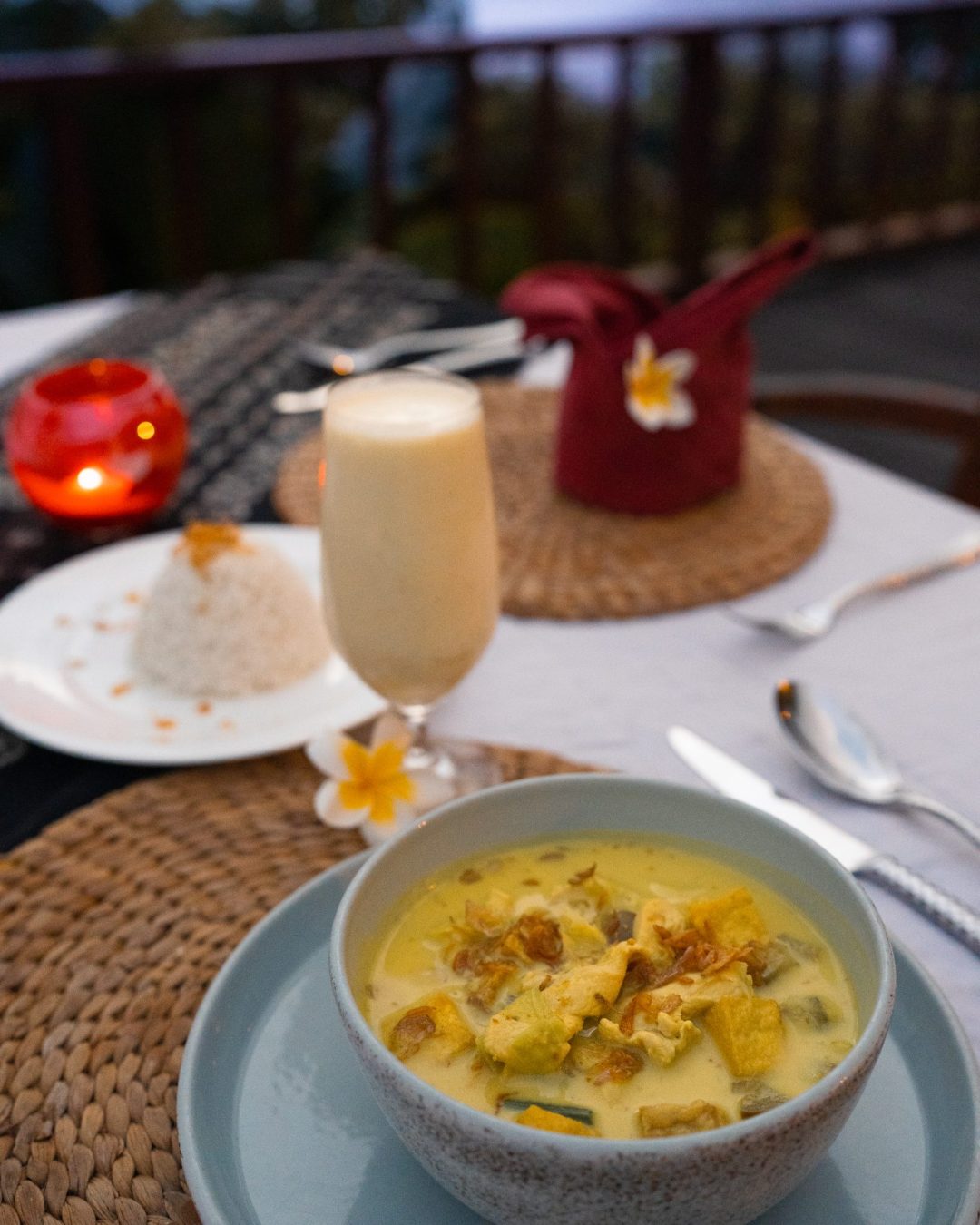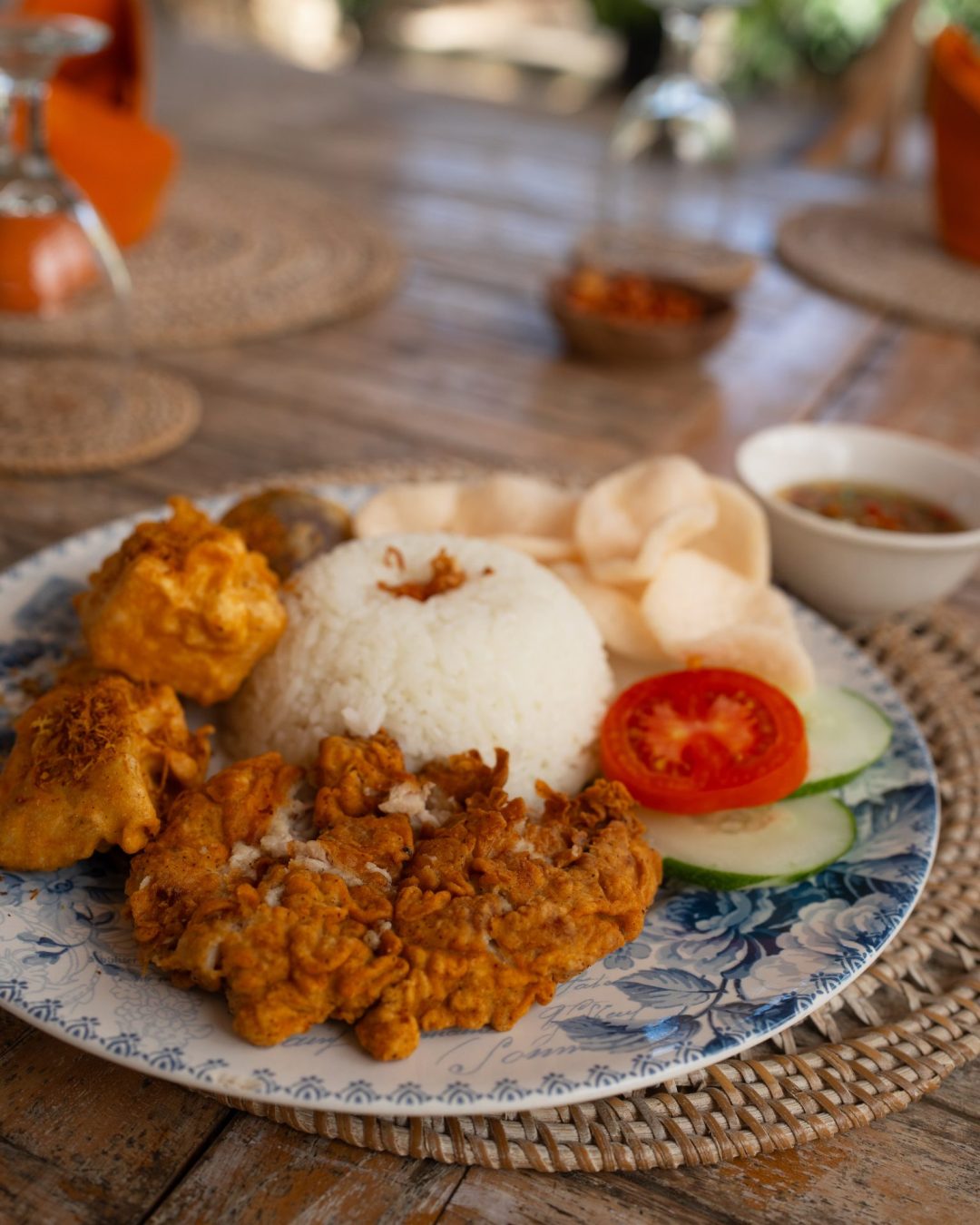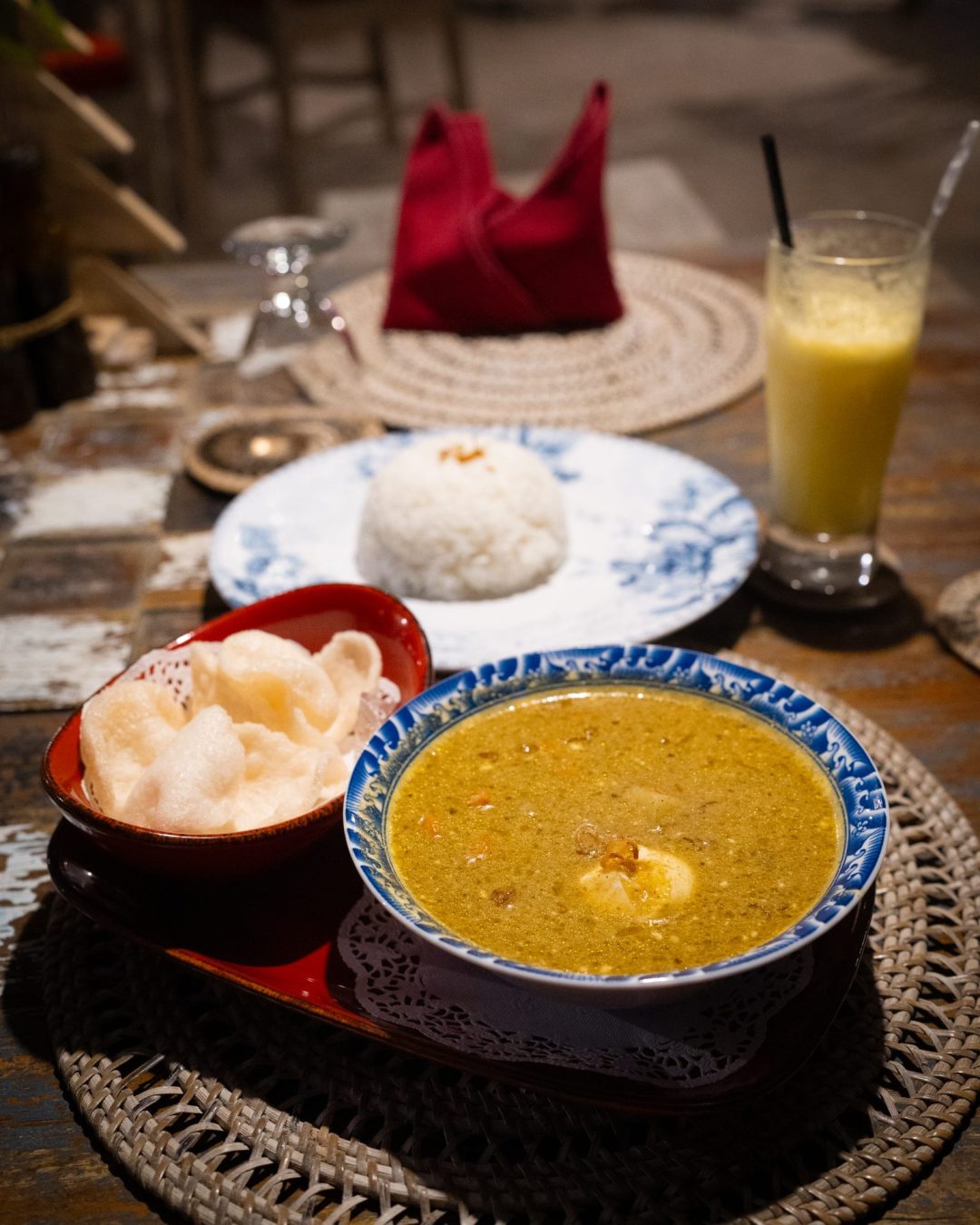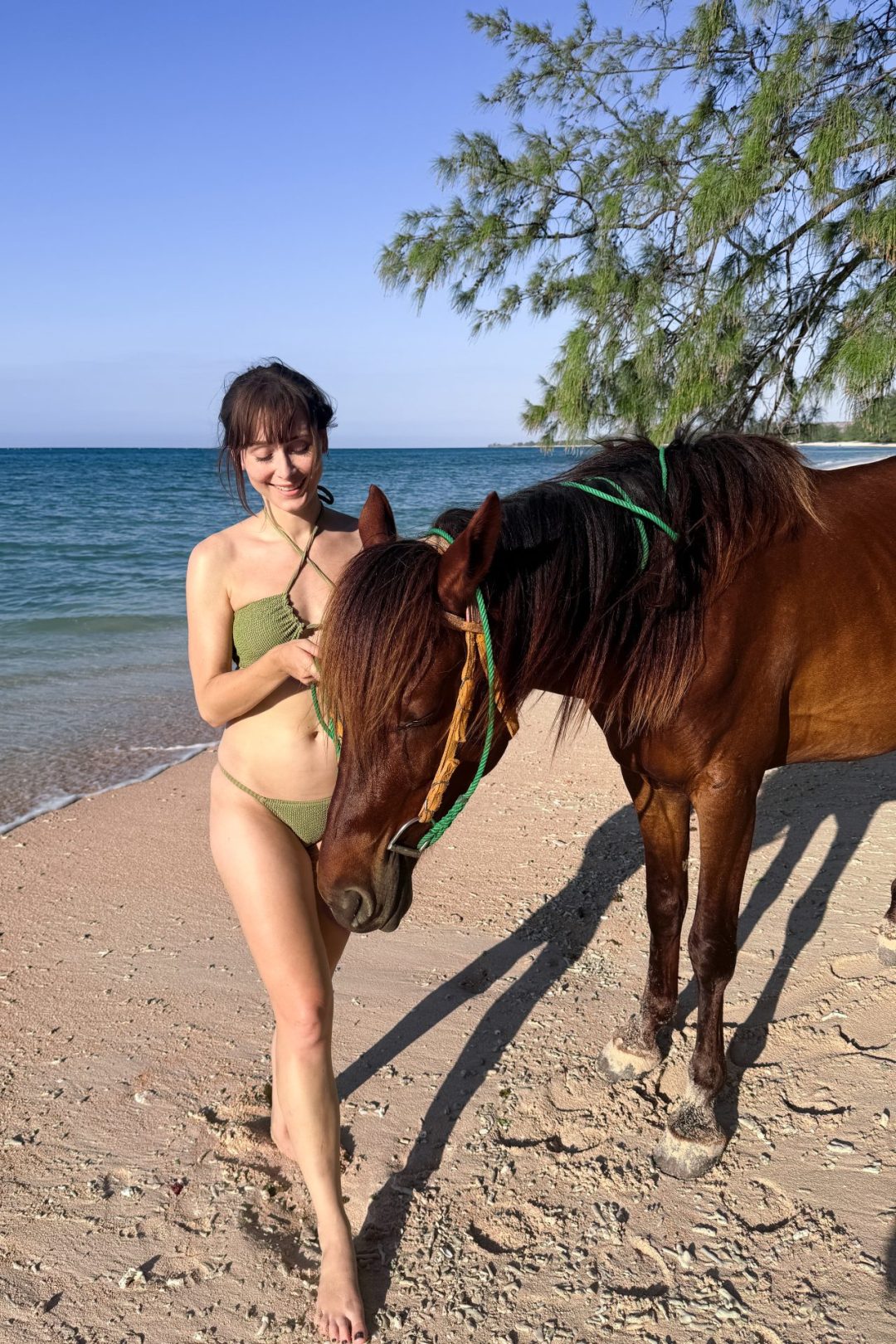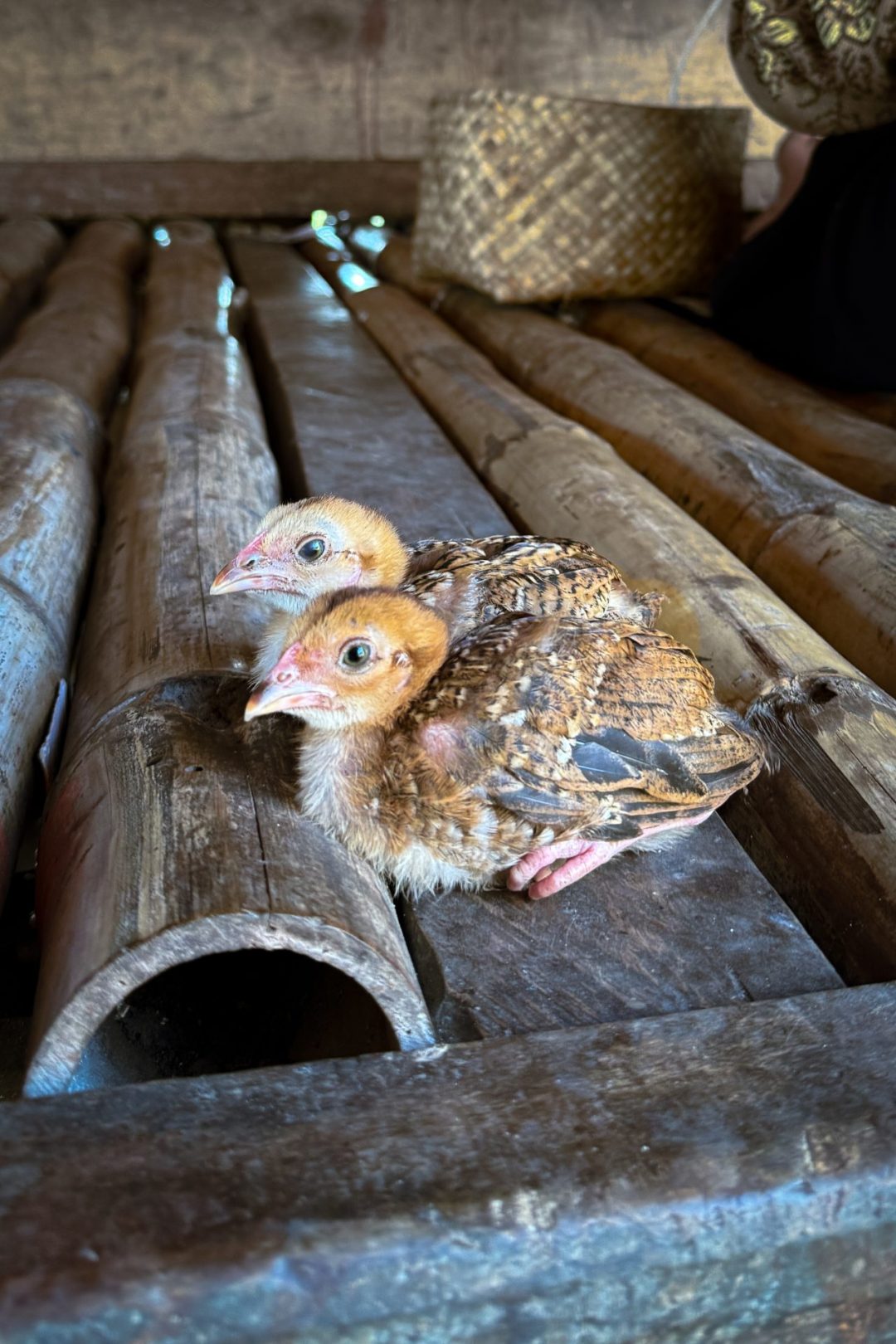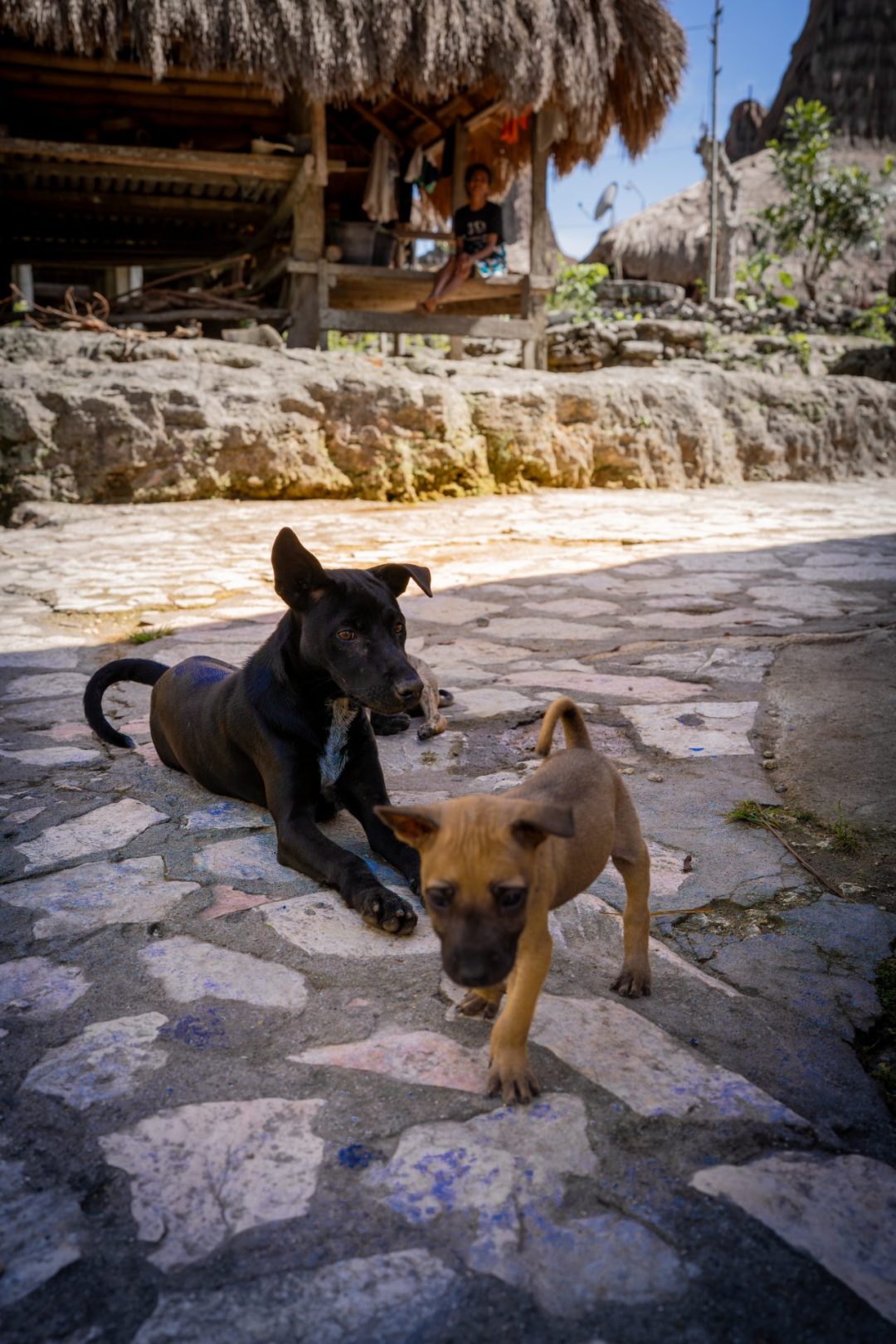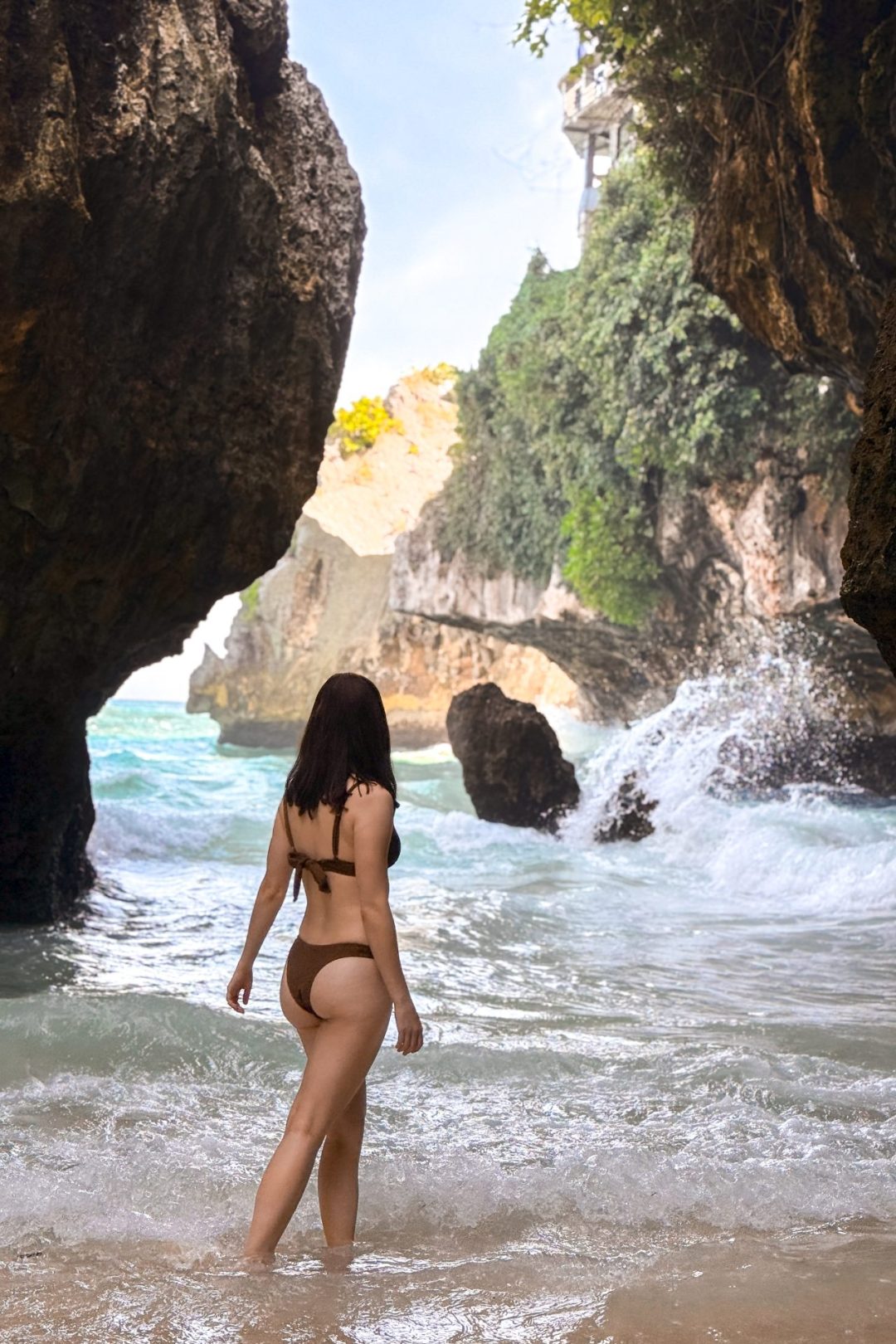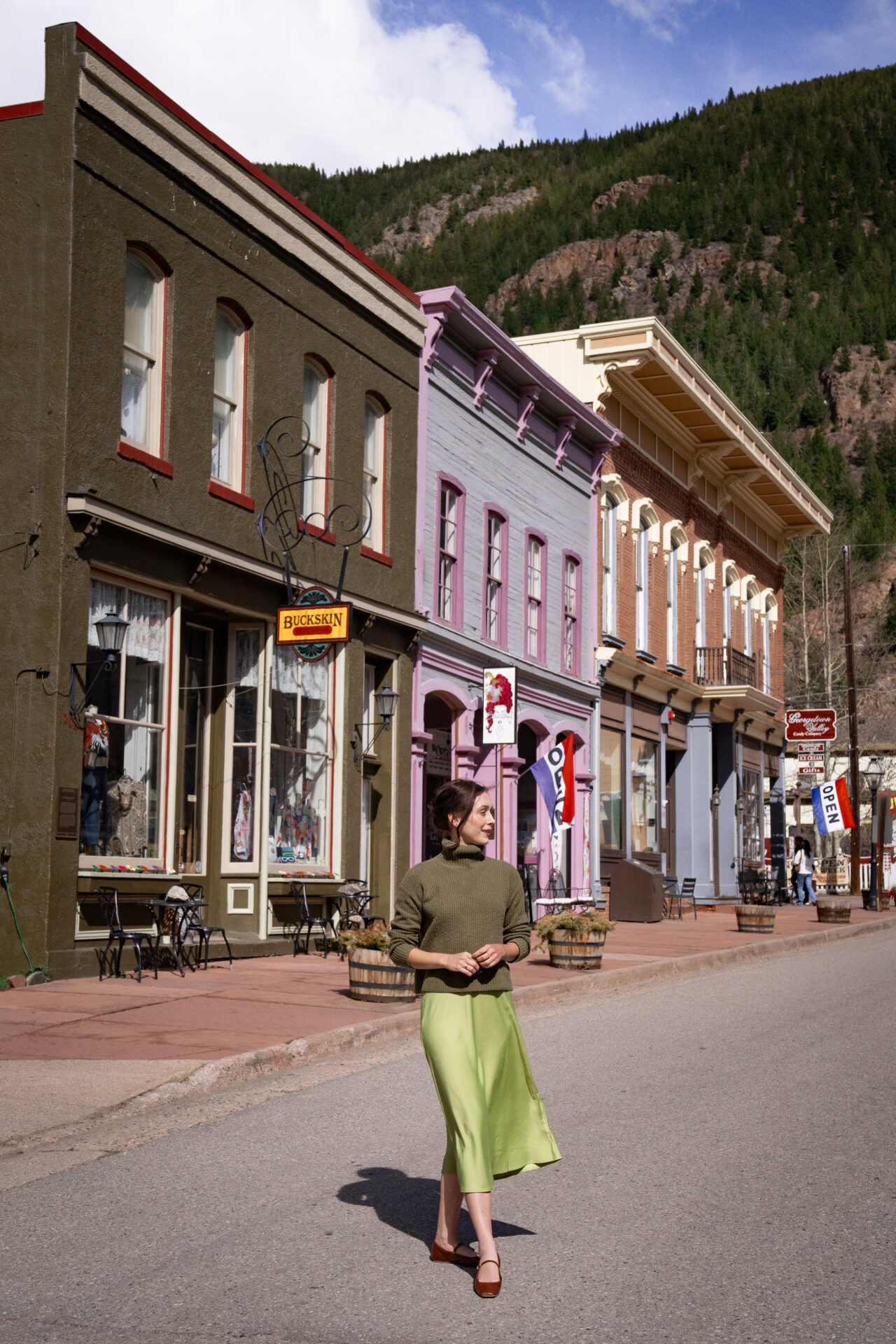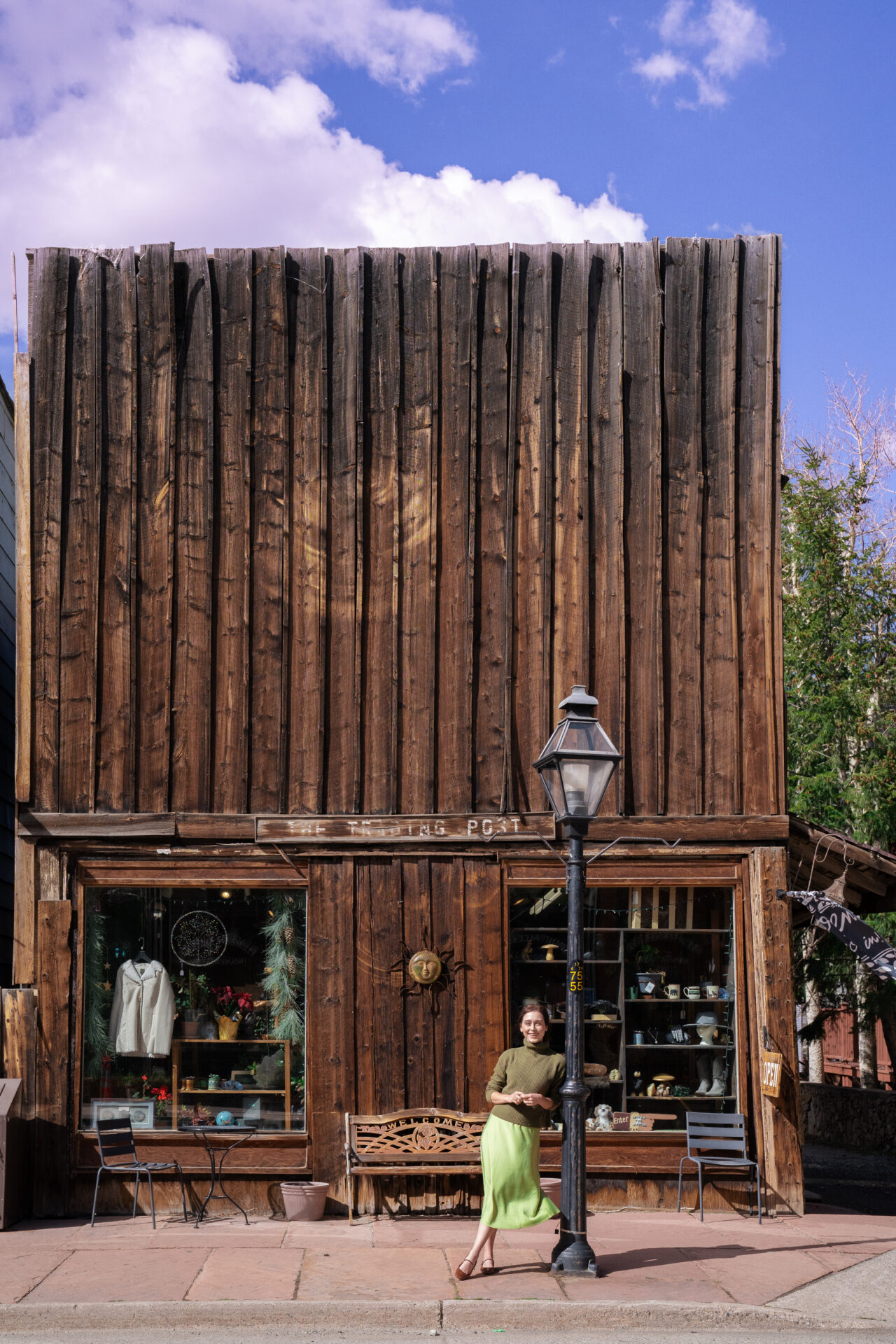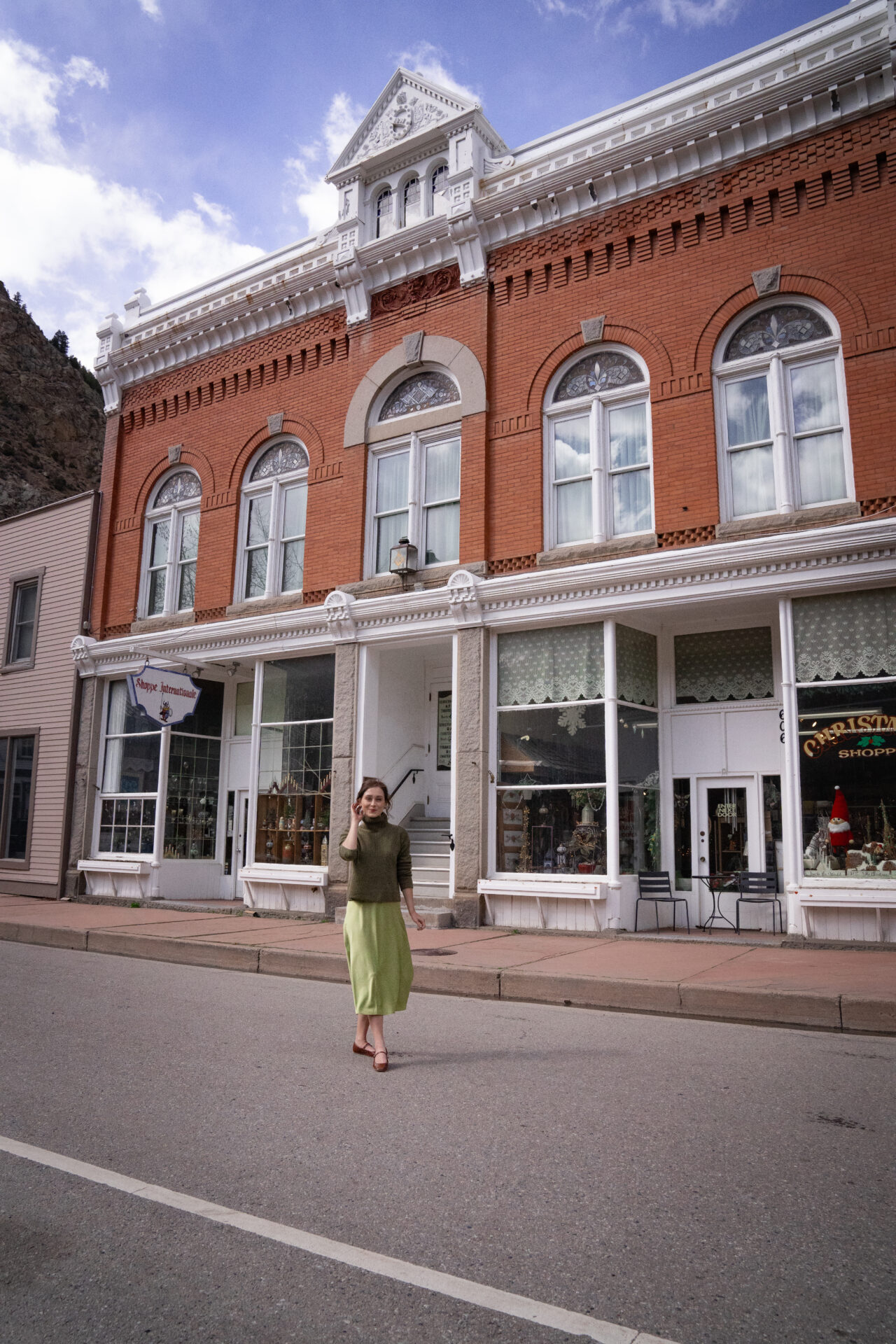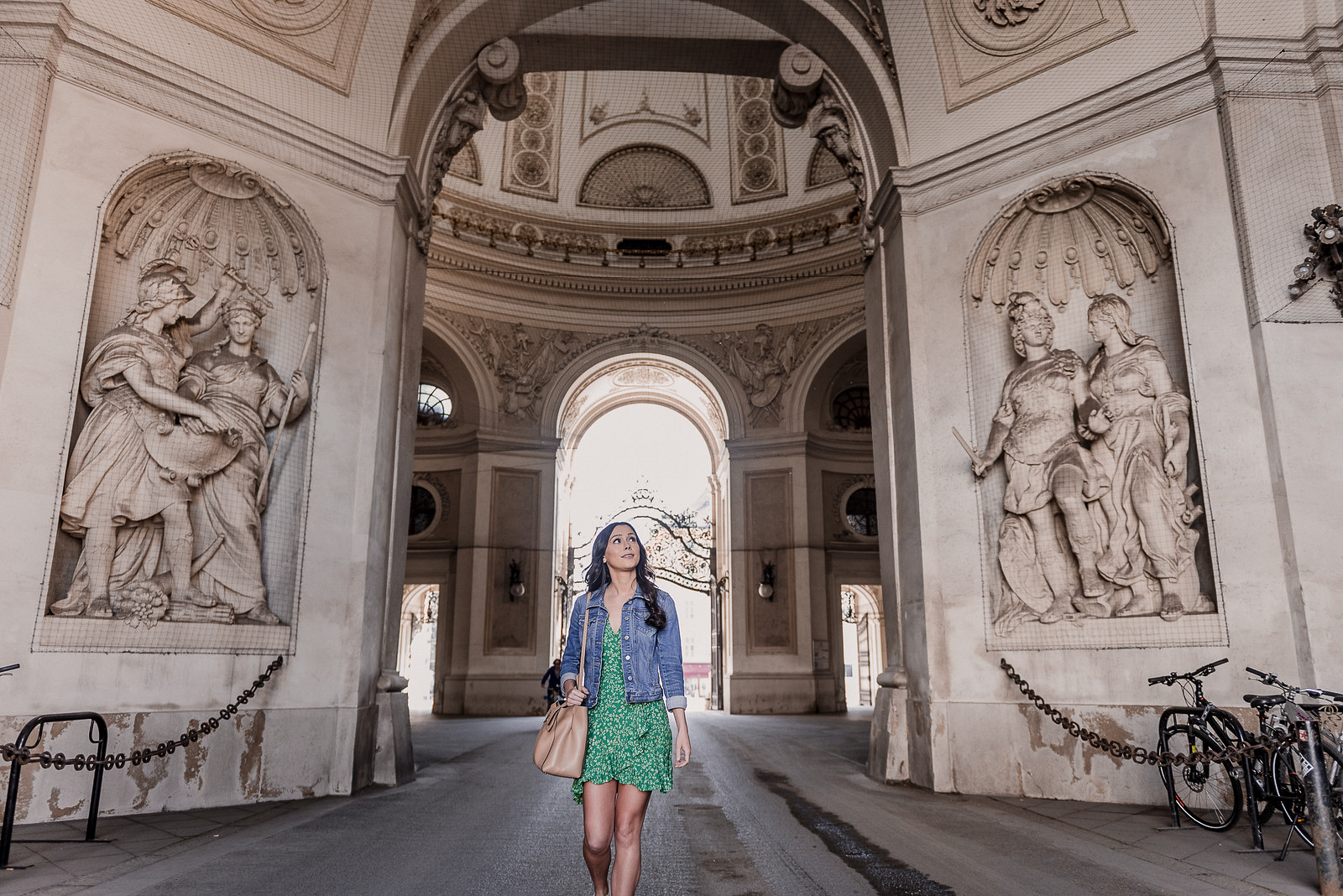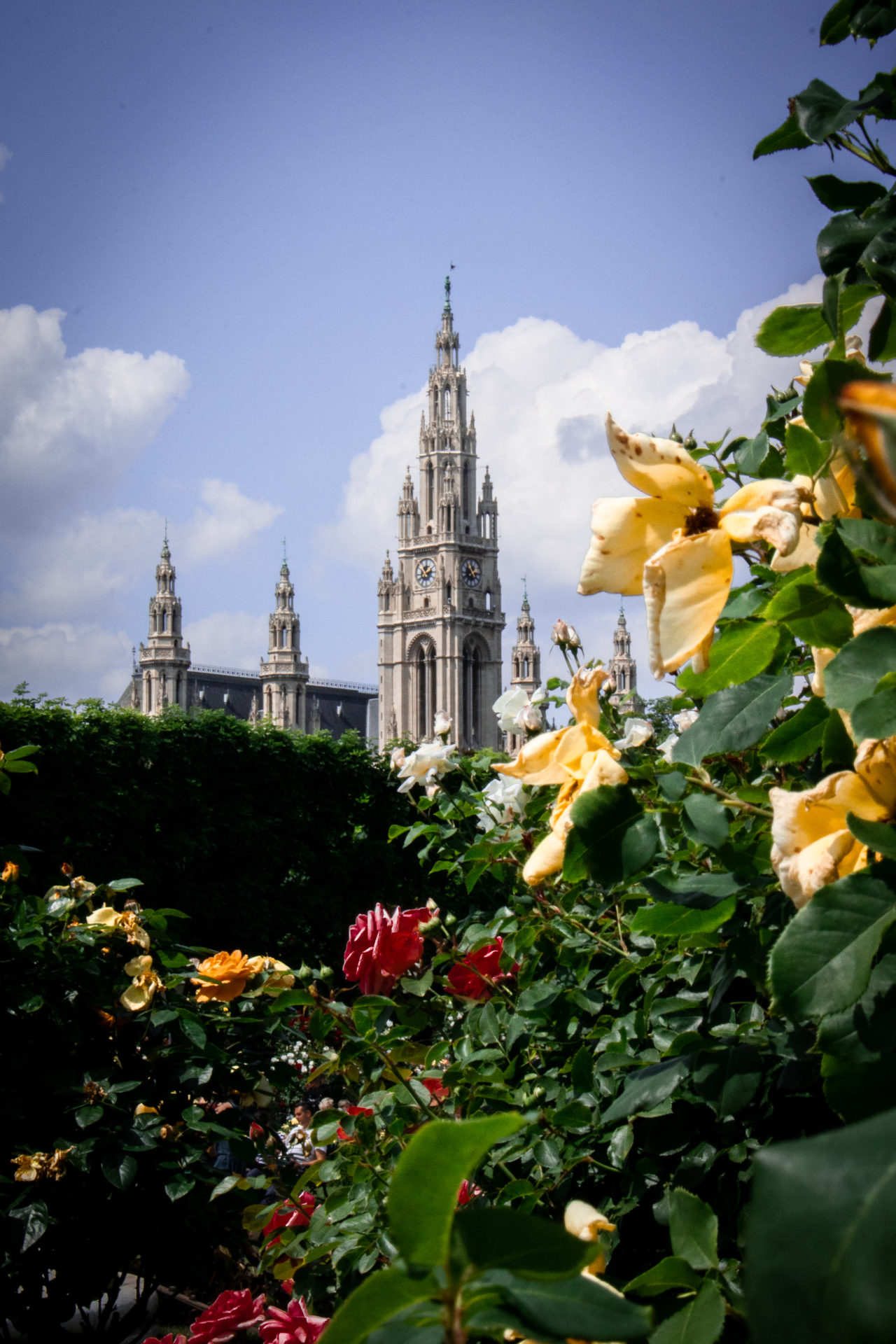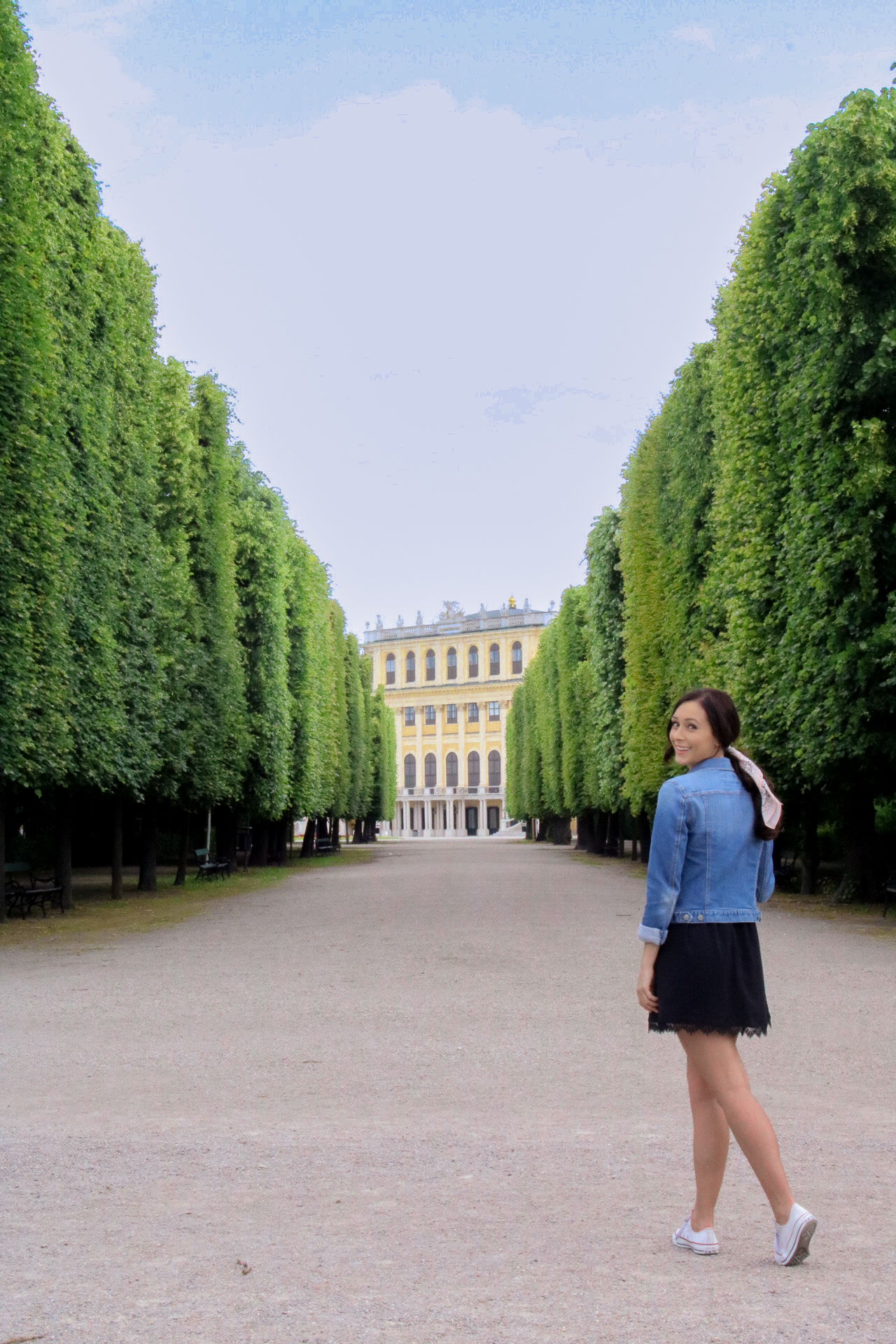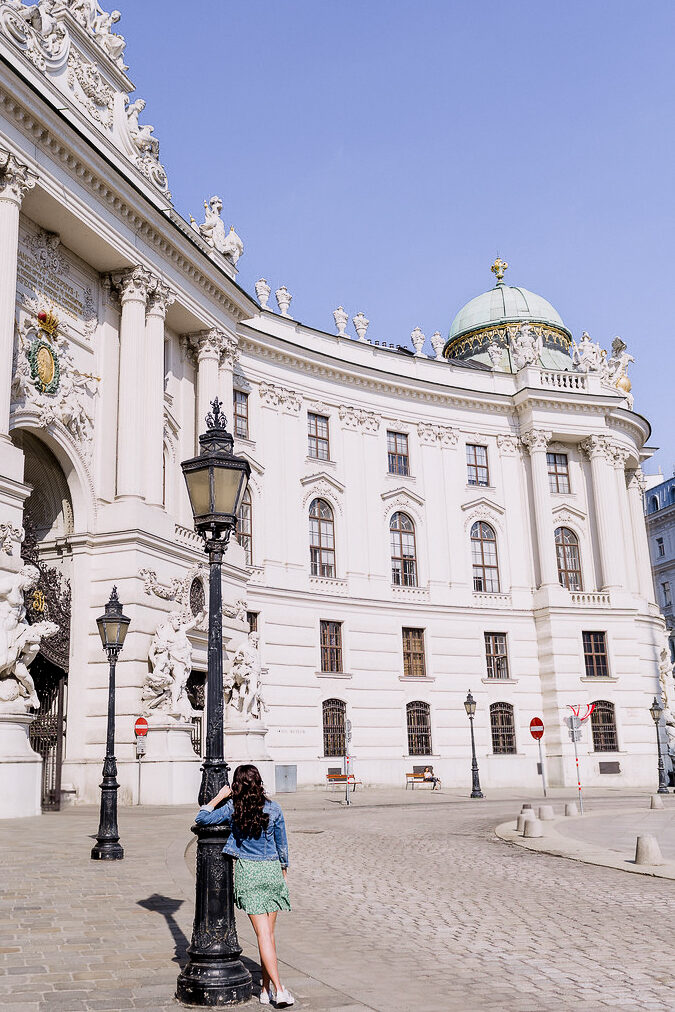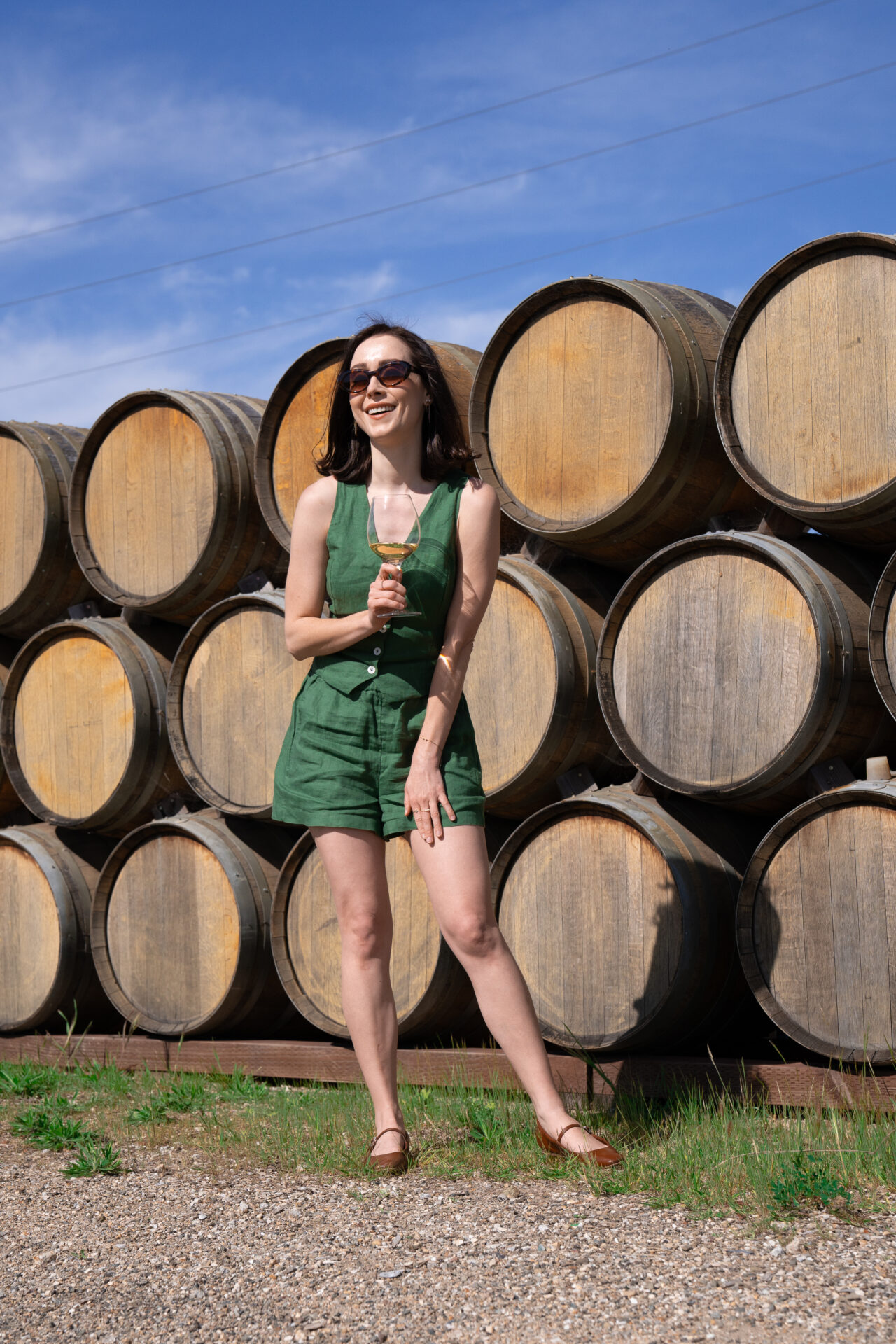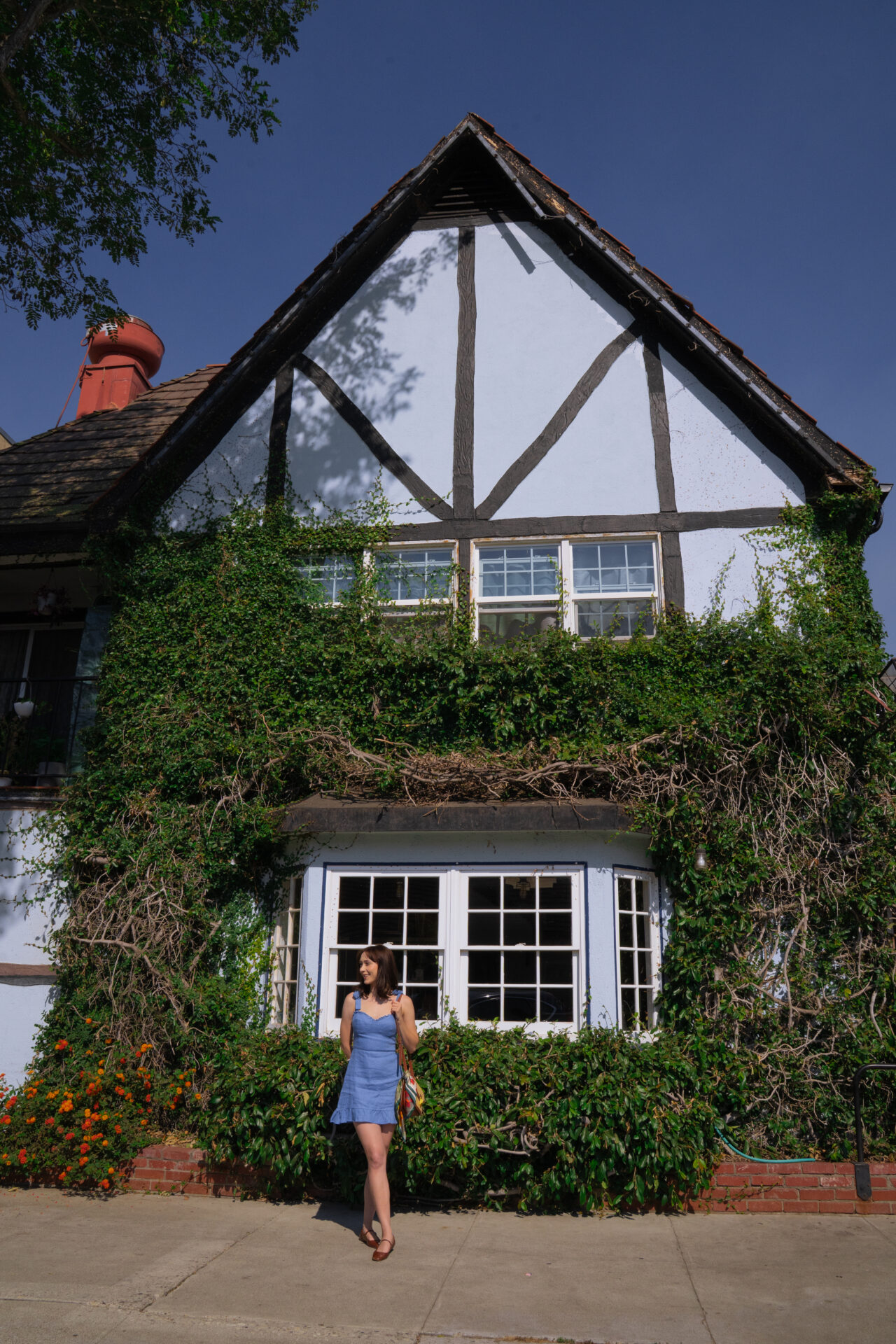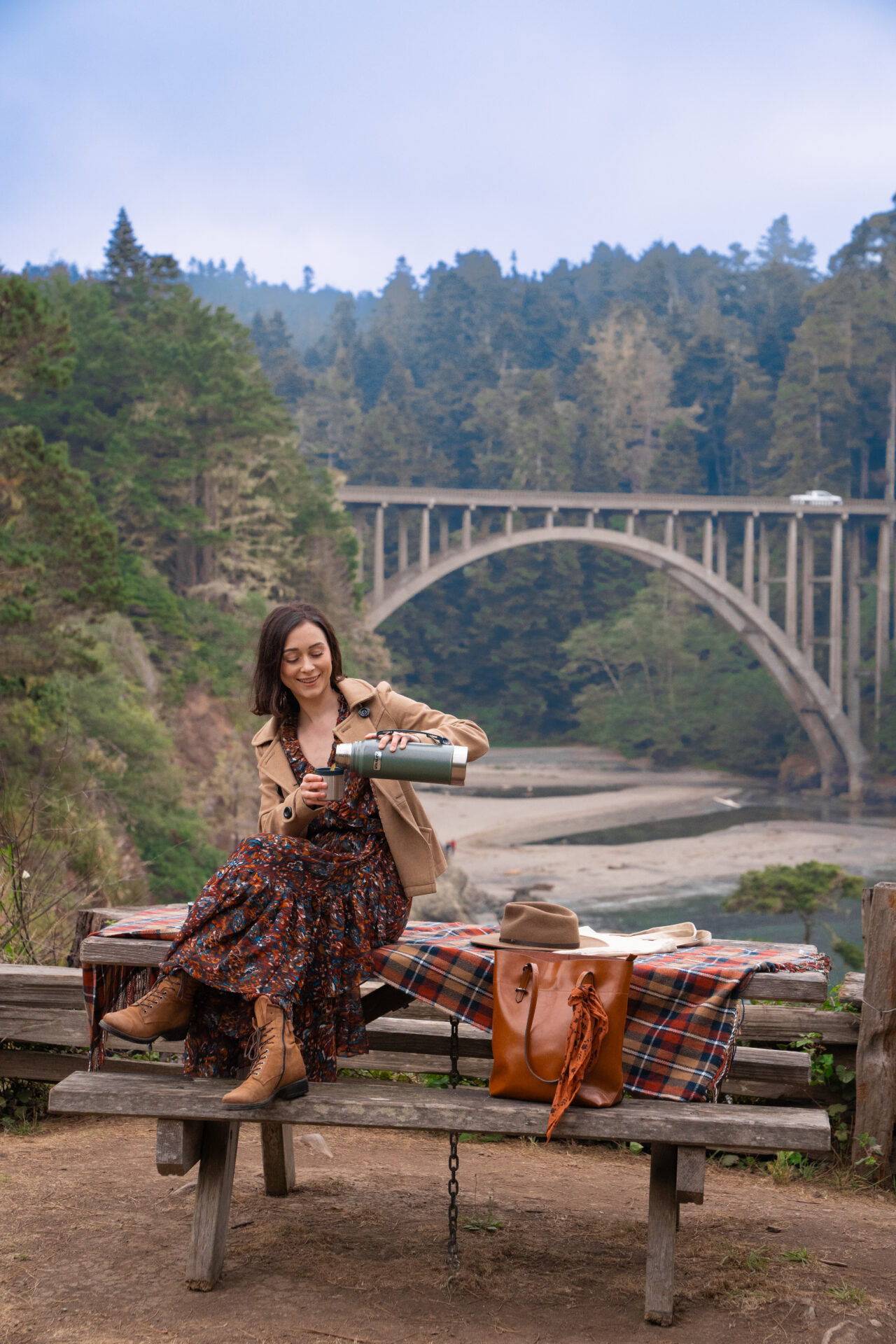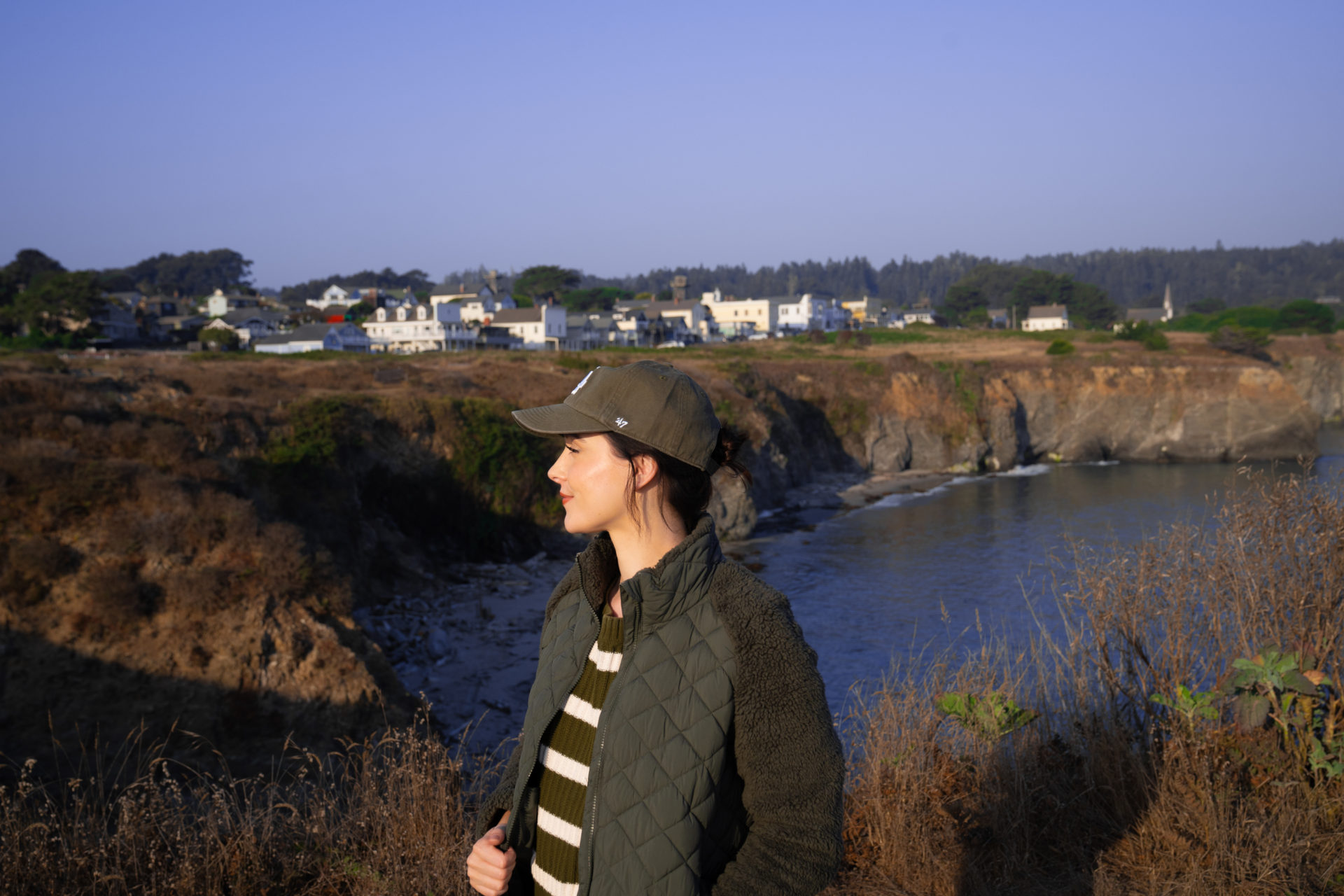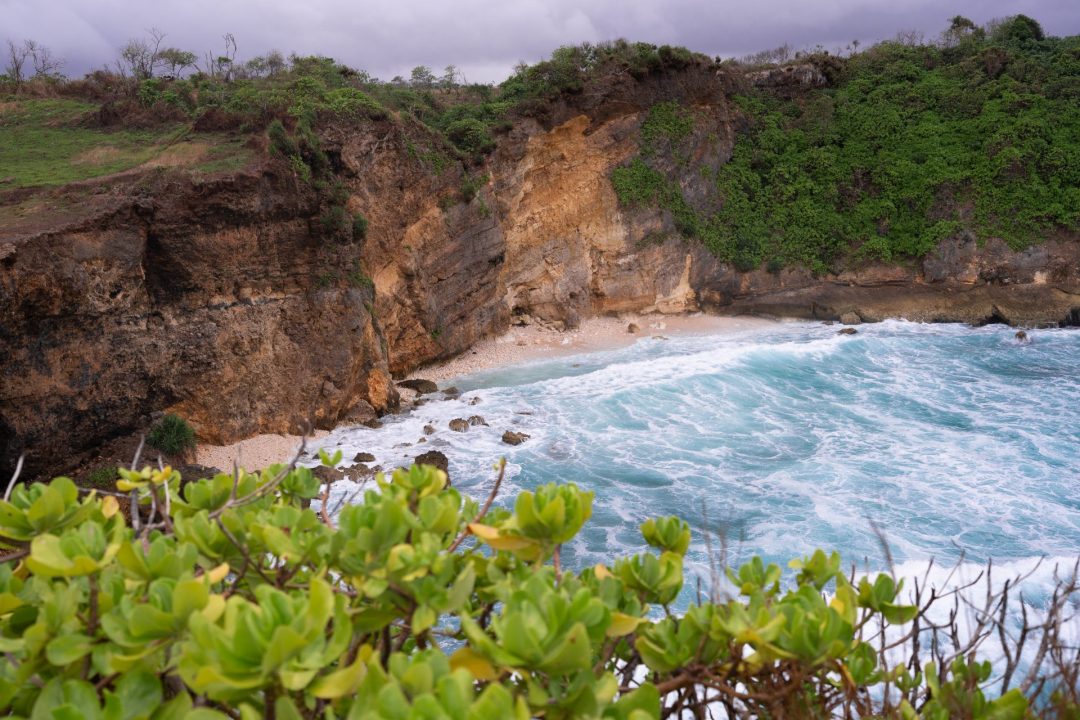Cap Karoso: The Coastal Retreat You Must Stay at in Indonesia
Most people flying into Indonesia head straight to Bali, but one hour east lies Sumba: a raw, wind-swept island that’s almost untouched by mainstream tourism. It’s here, on a quiet stretch of beach in Southwest Sumba, that I found Cap Karoso: a minimalist, modern resort that became my home away from home . Back in September, I had the wonderful privilege of staying three days and nights here. Read all about my stay at this amazing place below:
The Property


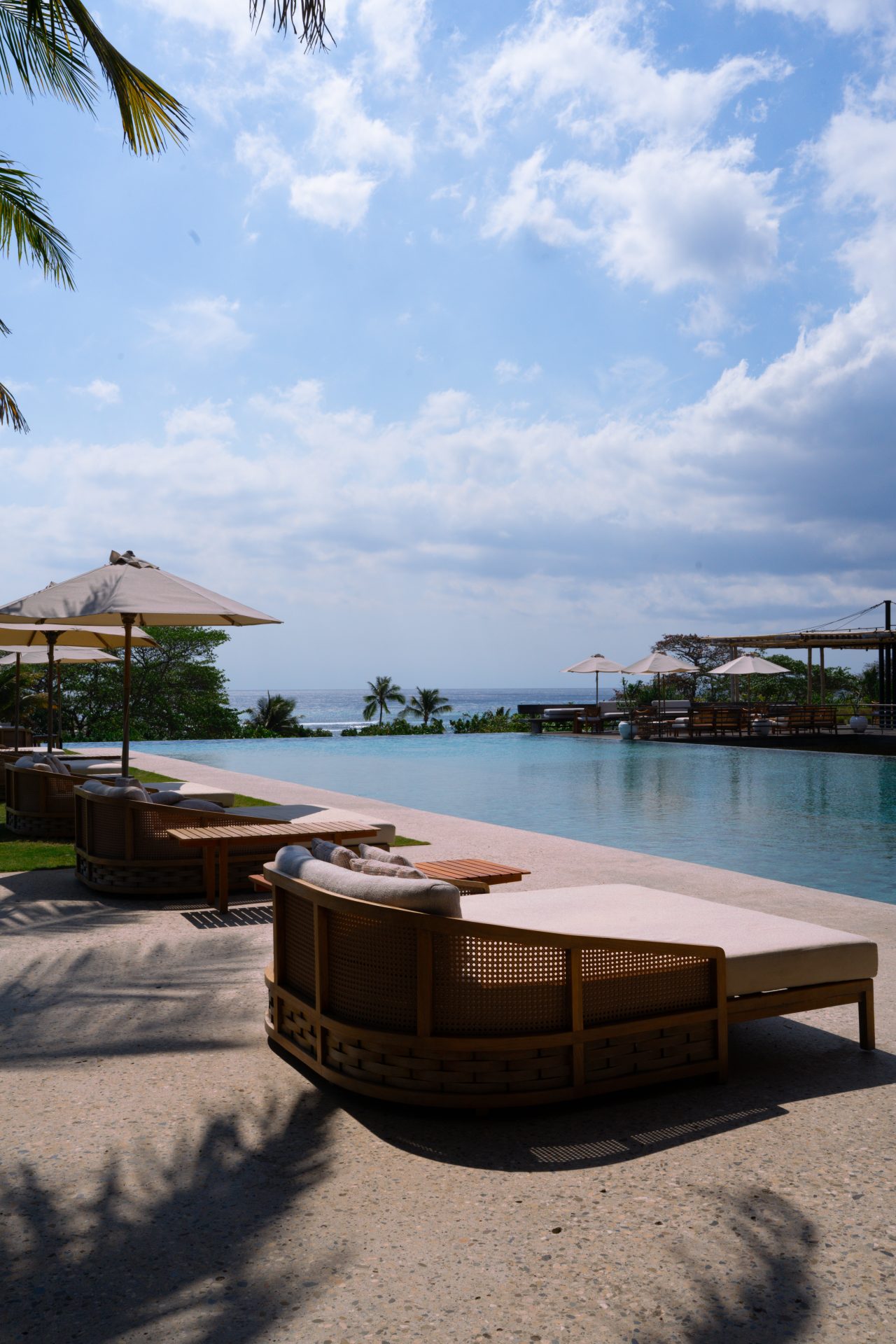
After 24 hours of flying from California to Bali, an overnight layover in Uluwatu, a one-hour flight to Tambolaka, and another hour driving through Sumba’s Southwestern Regency, I finally arrived at Cap Karoso. I was tired, a little sunburnt from Bali, slightly dusty from the drive, but mostly just excited to see if this place looked as magical in real life as it did in photos.
Spoiler alert: it does.
Cap Karoso sits on a gentle hill that slopes that leads down to the beach, so the ocean is always in view, whether you’re at the entrance, pool, restaurant, or even walking to your room. The design feels modern and minimalist, but not cold or overly-curated. Think natural stone, sandy pathways, warm wood, and wide open-air hallways that let in sea breeze and the sound of waves. As I was walking around the resort, it almost felt as if someone had dropped me into a Scandinavian beach house into the middle of rural Indonesia. And somehow it works!
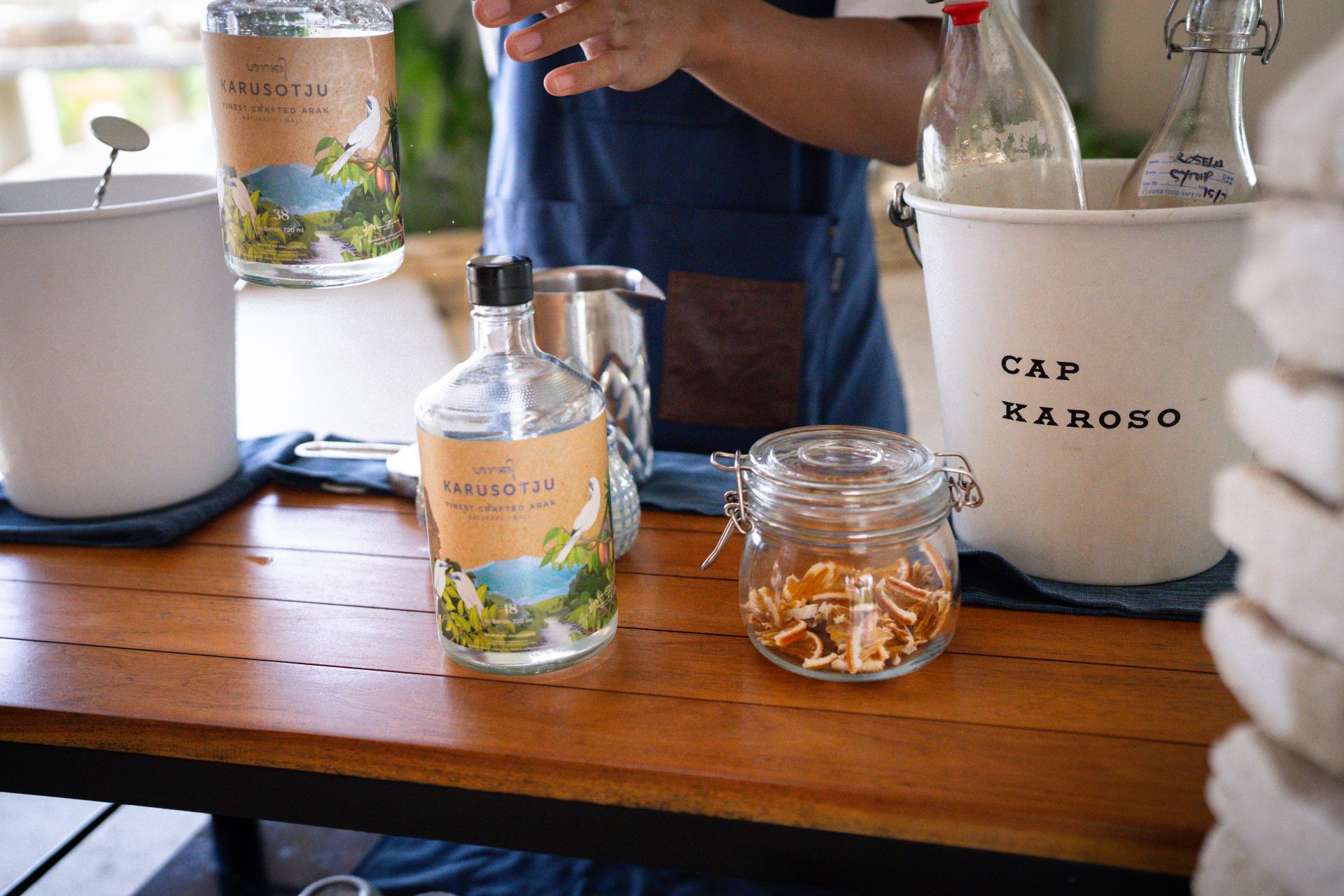
Check-in here felt relaxed and personal. One of the staff greeted me by name before I even reached the front desk, handing me a towel to clean my hands before guiding me to a bar cart and another nearby staff member who offered me a bespoke welcome drink. I was given a few options and ultimately went for one with a bit of alcohol: a light fruity cocktail made with a local spirit that I was told is fermented in a way that’s similar to vodka. I sat for a minute in the open-air lobby with my drink, took a breath, and for the first time since leaving Los Angeles, felt like I could actually slow down.
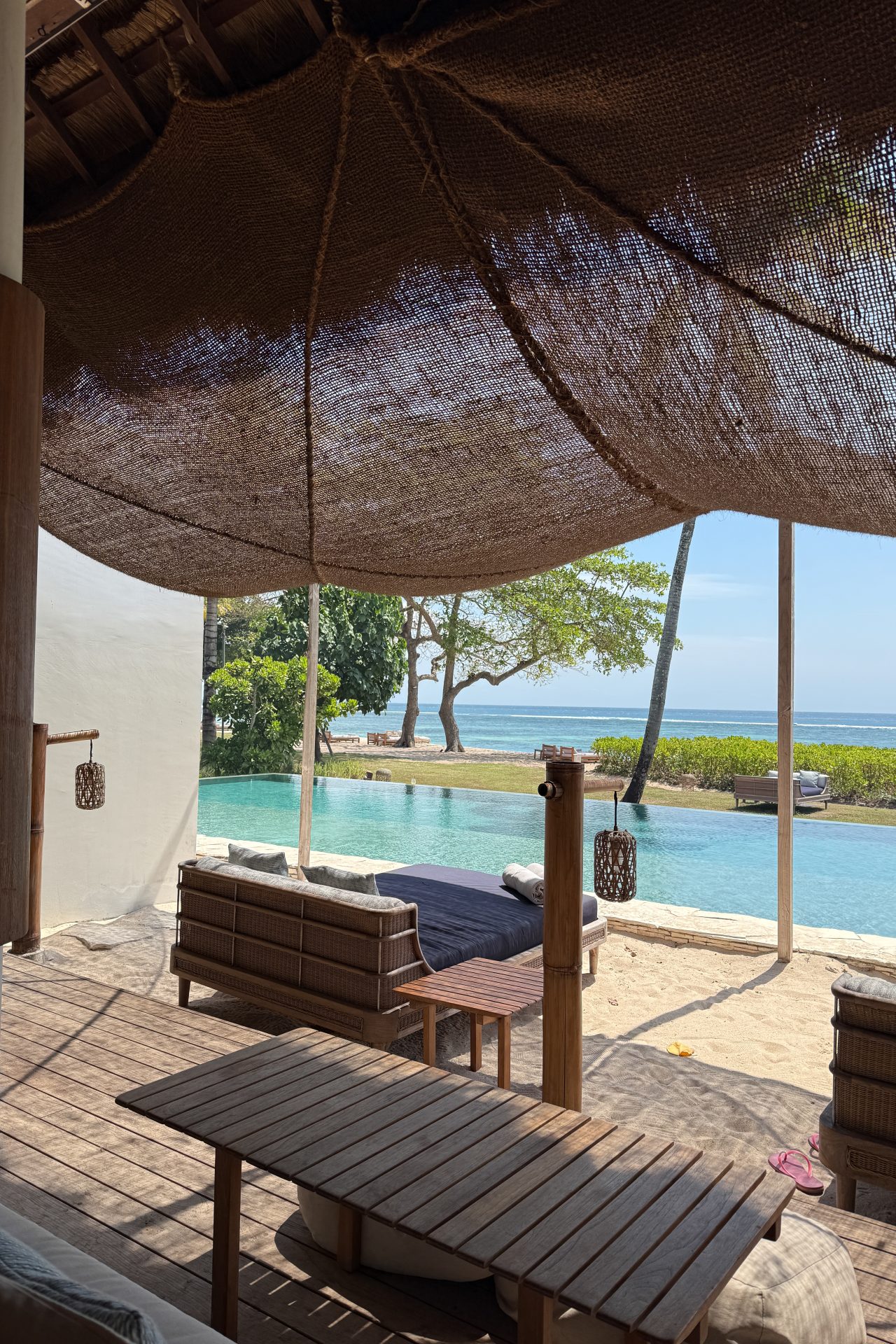
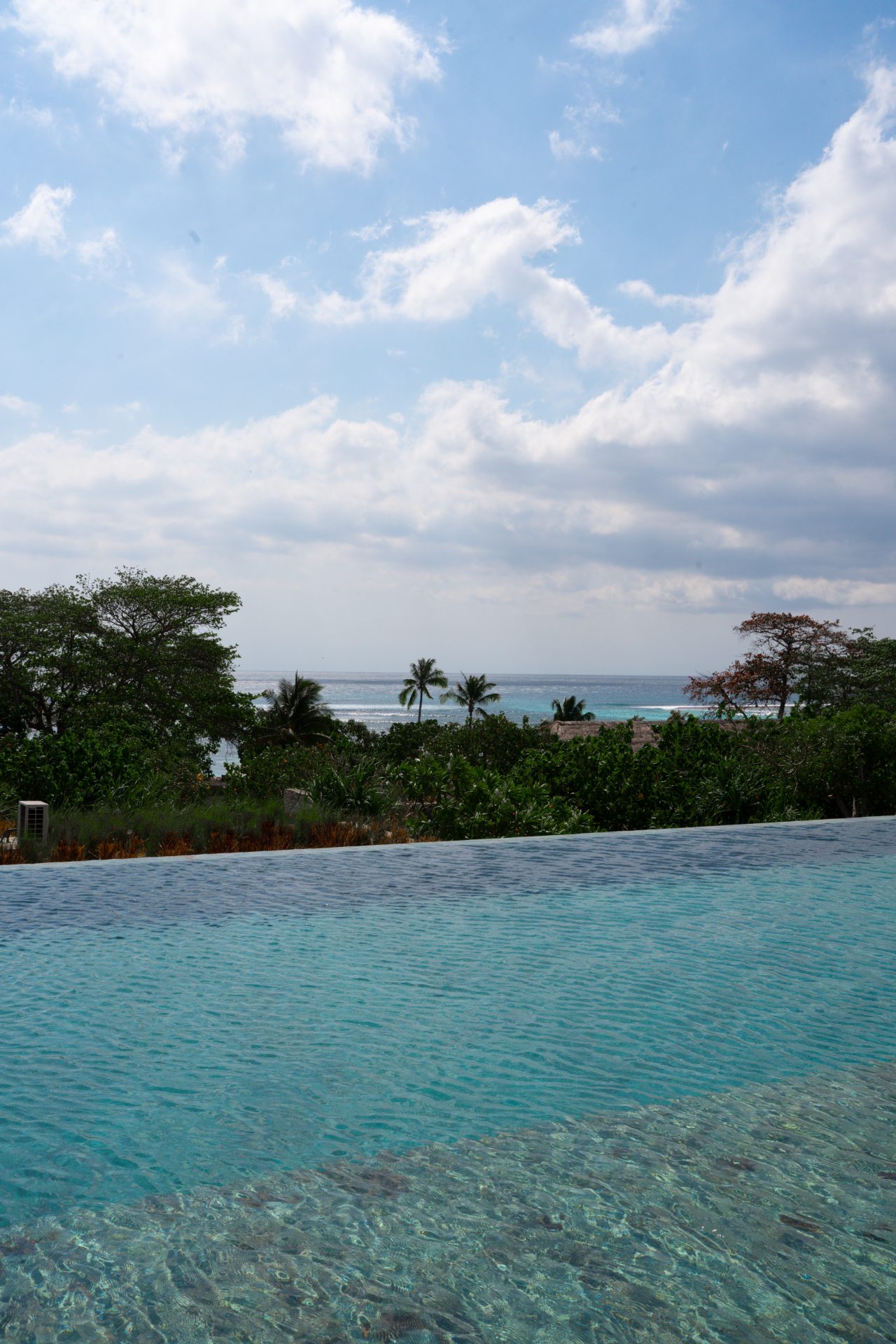
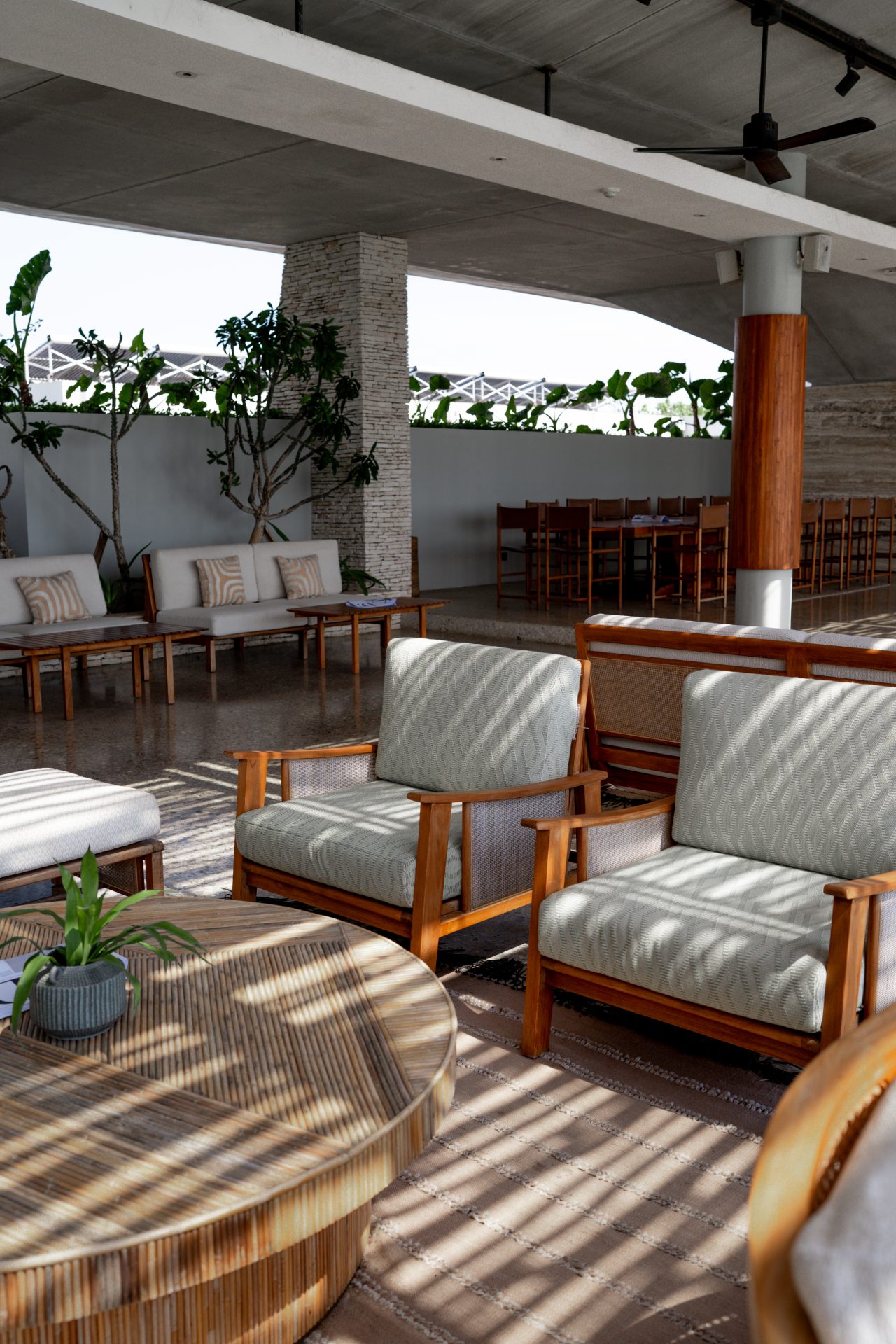
The main pool sits near the lobby area at the top of the hill and looks straight out toward the Indian Ocean. A second pool is tucked closer to the villas and right outside the resort’s Beach Club Restaurant and feels more low-key. Both have plenty of loungers, some in full sun, others tucked under shade, and I never once had to search for a spot to sit!



I also loved how easy it was to move around the property. Wide sandy or grassy pathways connect everything: the spa, the restaurants, the rooms, the gym (which is fully air-conditioned and surprisingly well-equipped for how remote Sumba is). There are plenty of cushioned places to sit, woven chairs overlooking the beach, and little shaded nooks where guests read books or nap after breakfast. Even when the resort had more people checked in, it never felt busy or loud.
By the time I reached my room, my luggage was already waiting. And even though I’d only been there for 15 minutes, I already had that feeling I always hope for when traveling alone: a quiet mix of safety, curiosity, and “I think I’m really going to like it here.”
The Rooms
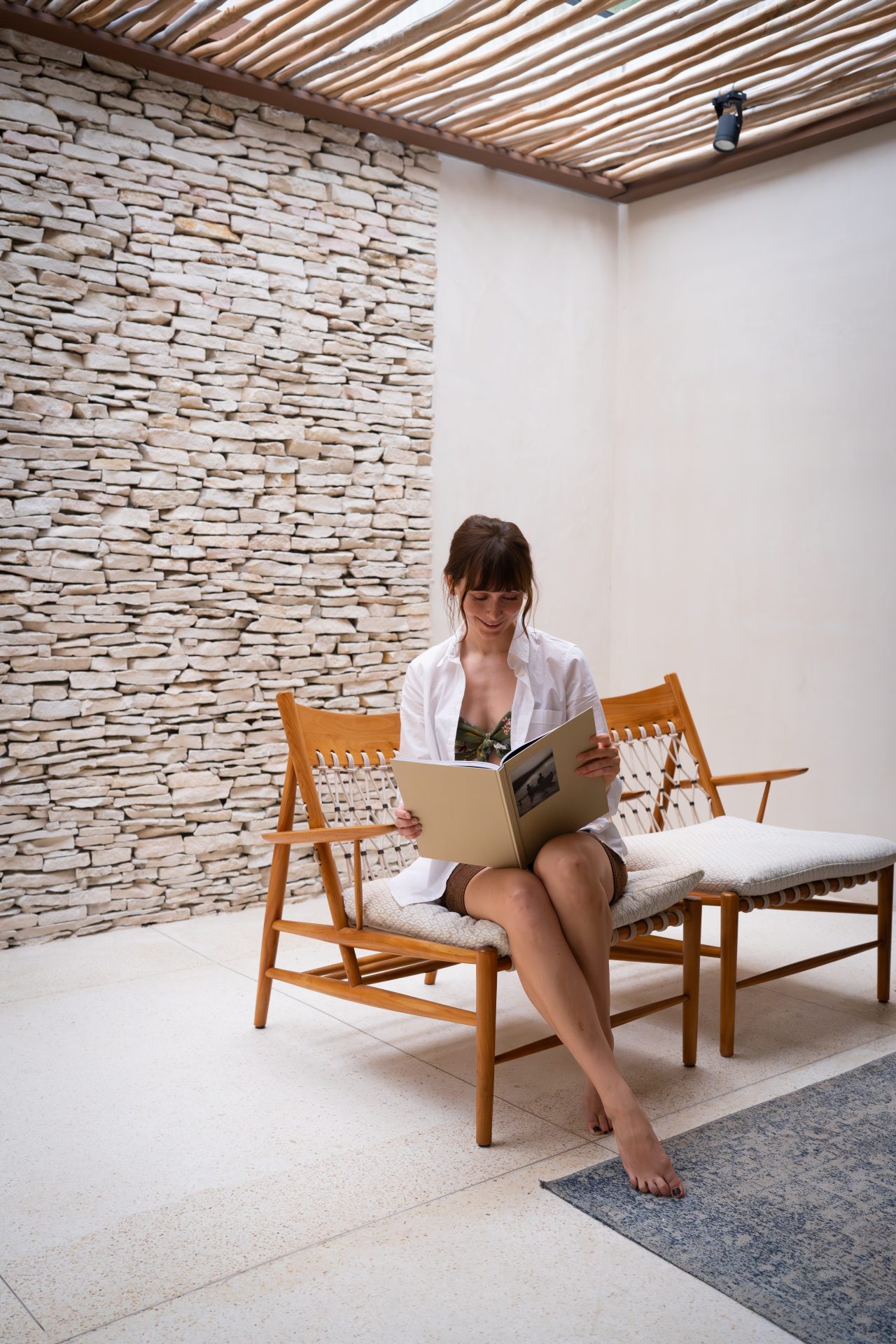


Cap Karoso has over 40 rooms and 20 private villas, with eight types of stays total:
- Studio
- Terrace Studio
- 2-Bedroom Garden Suite
- Beach Suite
- Duplex Villa
- 2-Bedroom Villa
- 3-Bedroom Villa
- Beachfront Villa
Upon arrival, I found out I’d been upgraded from a Studio to one of their Terrace Studios, and then, on my final night, again to a Beach Suite. Both rooms had the same clean, coastal design the resort is known for, but the layout, size, and views made each stay feel completely different!
Terrace Studio
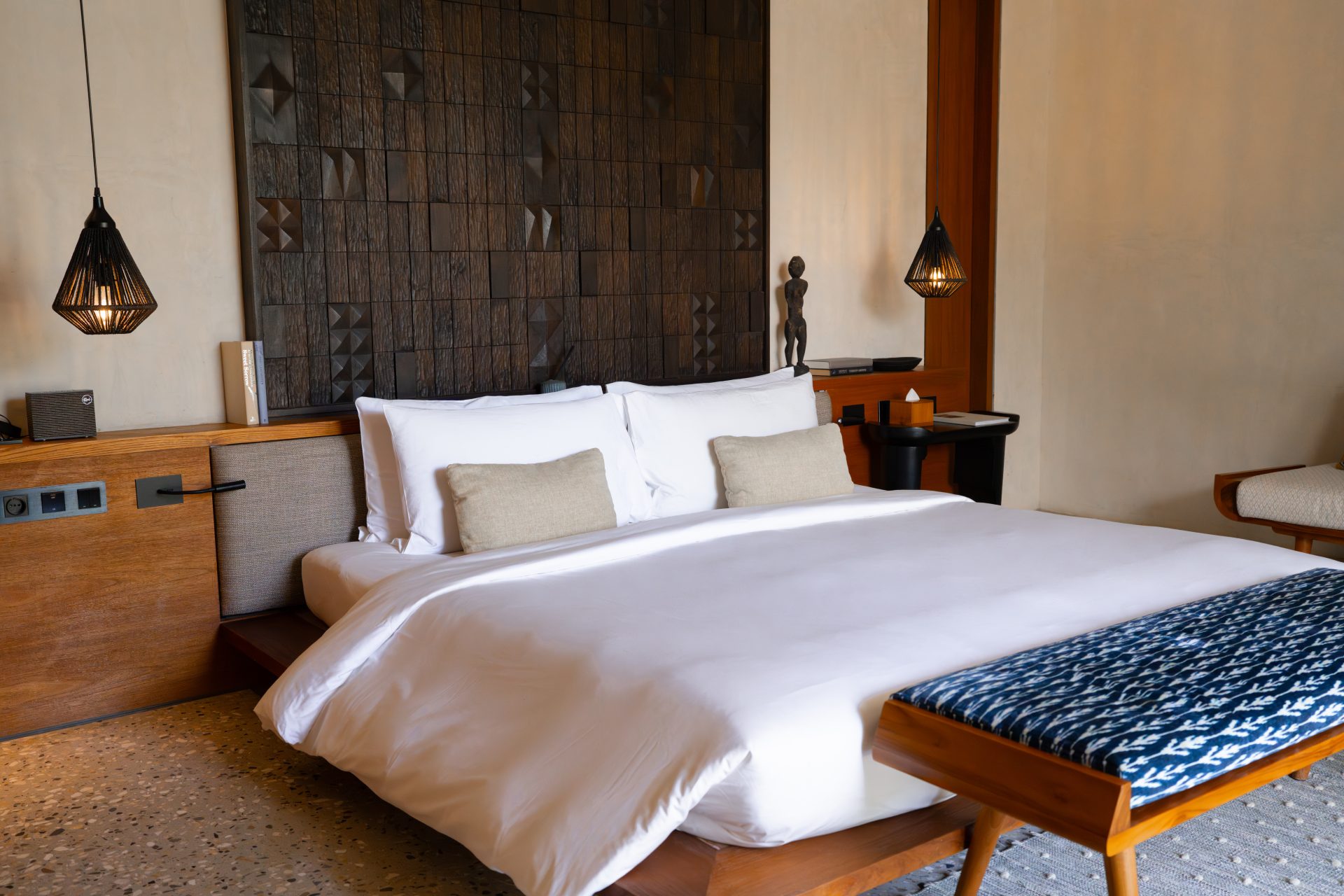
The Terrace Studio was the room I stayed in for the first part of my visit, and it was such a welcome surprise after two days of traveling. The Studio felt bright and airy from the moment I walked in, with soft neutral tones, natural wood furniture, woven textures, and a California king-sized bed positioned to face the sliding glass doors that opened toward my private terrace.
One of my favorite features was the semi-outdoor bathroom setup. There’s an outdoor soaking tub, and just beside it, a sliding glass door that leads directly into the indoor rain shower. It made it easy to rinse off after walking along the beach without dragging sand through the room. The bathroom also came with two robes, bamboo slippers, double sinks with a long countertop, and all the hotel’s onsite Malala Spa products.
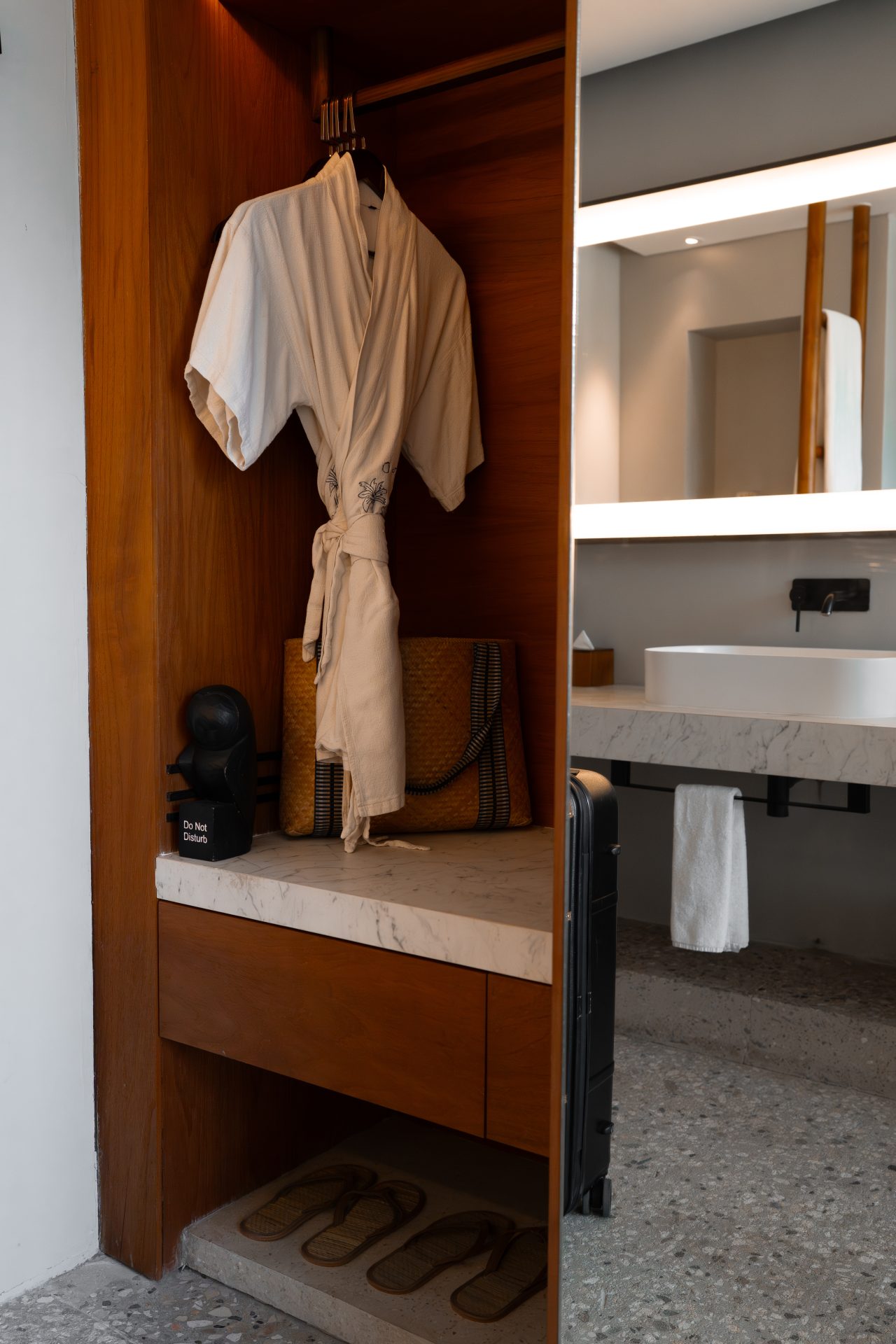
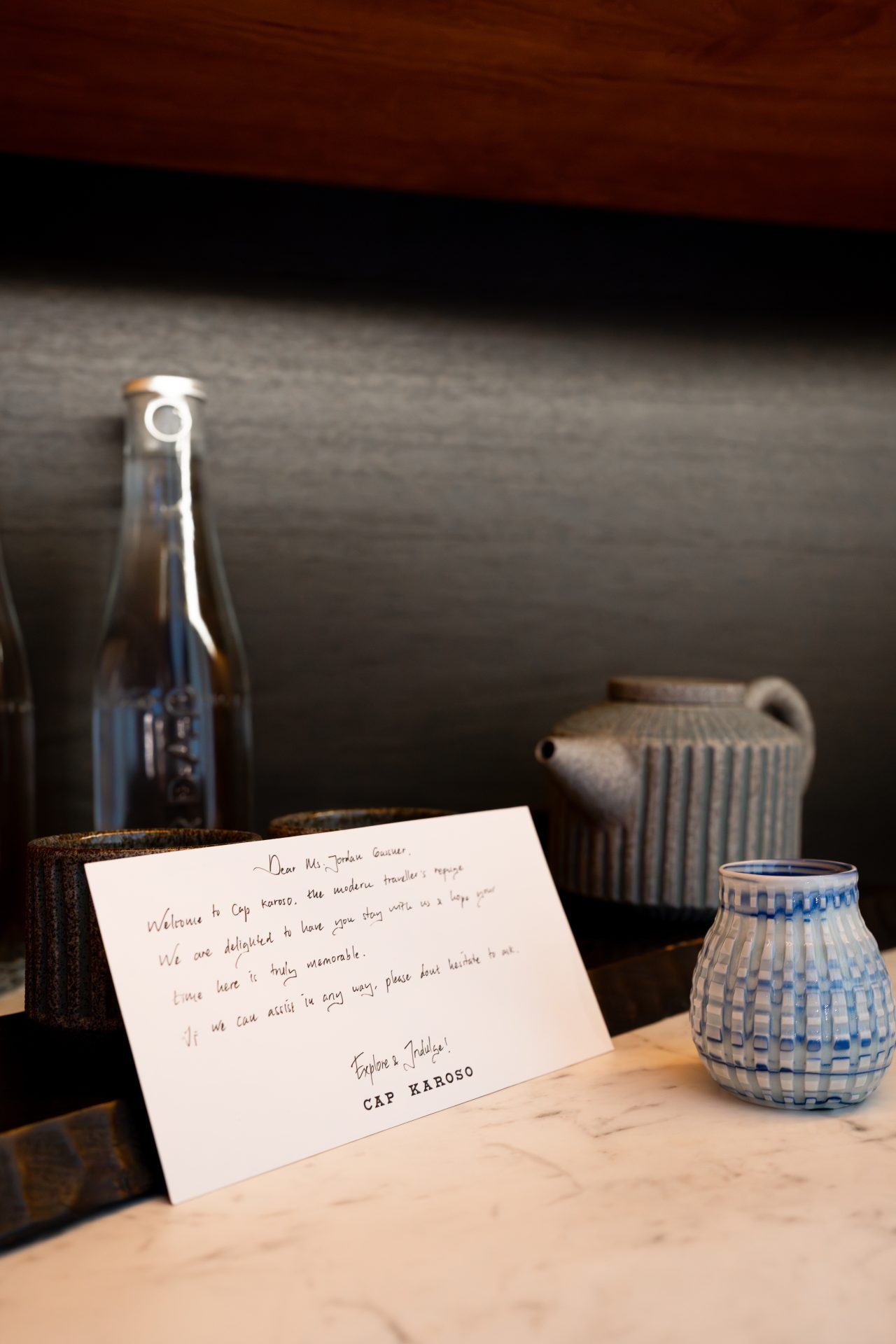

It was the small details here that really made the room feel personal: a handwritten welcome card with my name on it, a printed version of my customized itinerary (which I loved, because I didn’t have time to print mine before leaving Los Angeles), and little touches like a vintage-style radio that doubles as a Bluetooth speaker and an old-school rotary-style phone that actually connects to hotel services.
The main space had a loveseat, a full-length mirror (always appreciated), and an open wardrobe with a safe tucked inside. The décor was minimalist, and yet it still felt warm. Nothing here seemed too staged or sterile. Just calm, functional, and easy to settle into.
Beach Suite

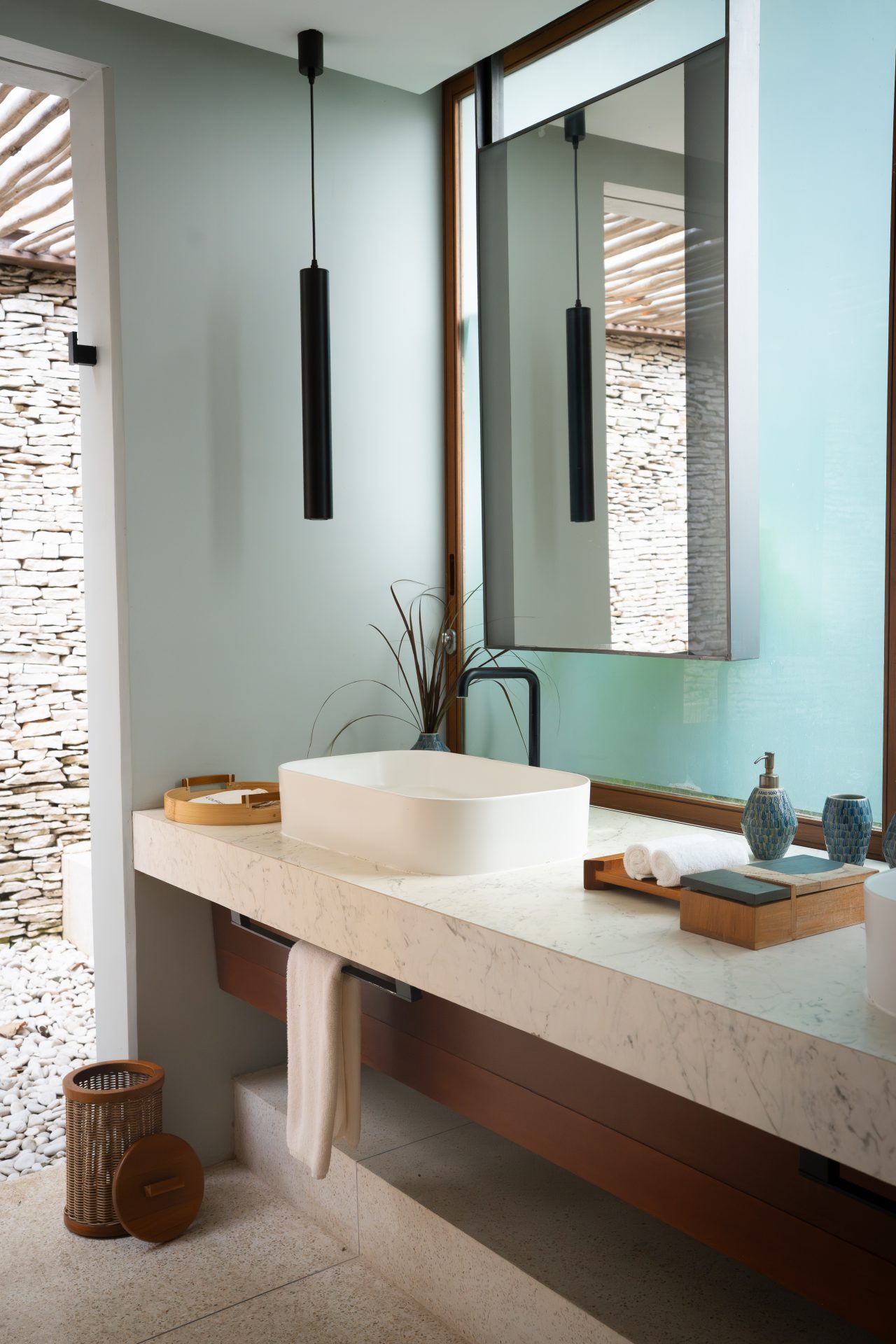
For my last night, I was moved again, but this time to one of the Beach Suites, and I’m not exaggerating when I say it felt like an entirely different stay. I almost wished I wasn’t traveling solo because this room could’ve hosted a small gathering.
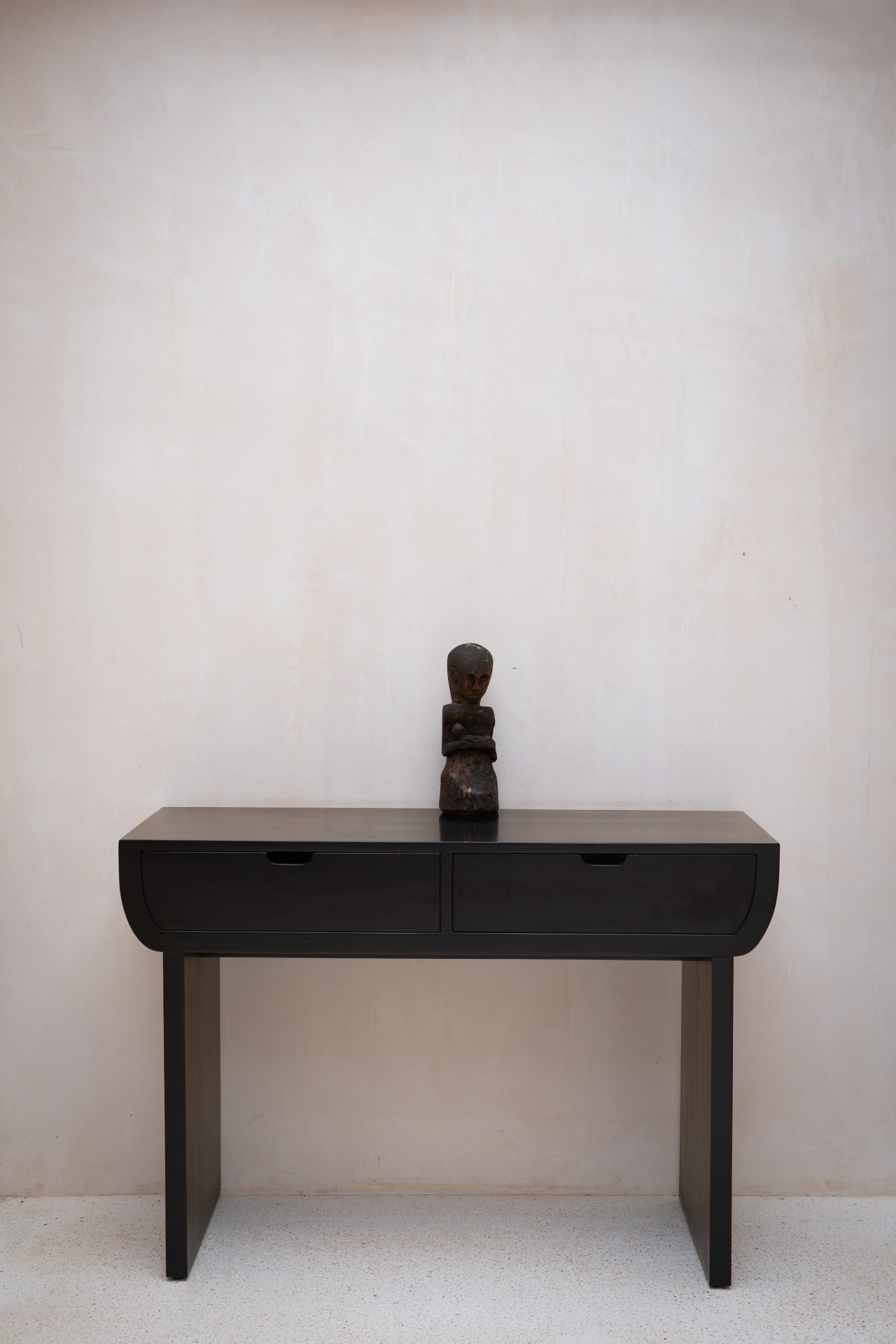


The suite had a separate living room, a spacious bedroom, and then, through another door, a huge open-air bathroom with a soaking tub, outdoor shower, and white stone walls where I spotted two translucent geckos trying to camouflage themselves in the evening light. It felt luxurious but still connected to nature in that very Sumba way.
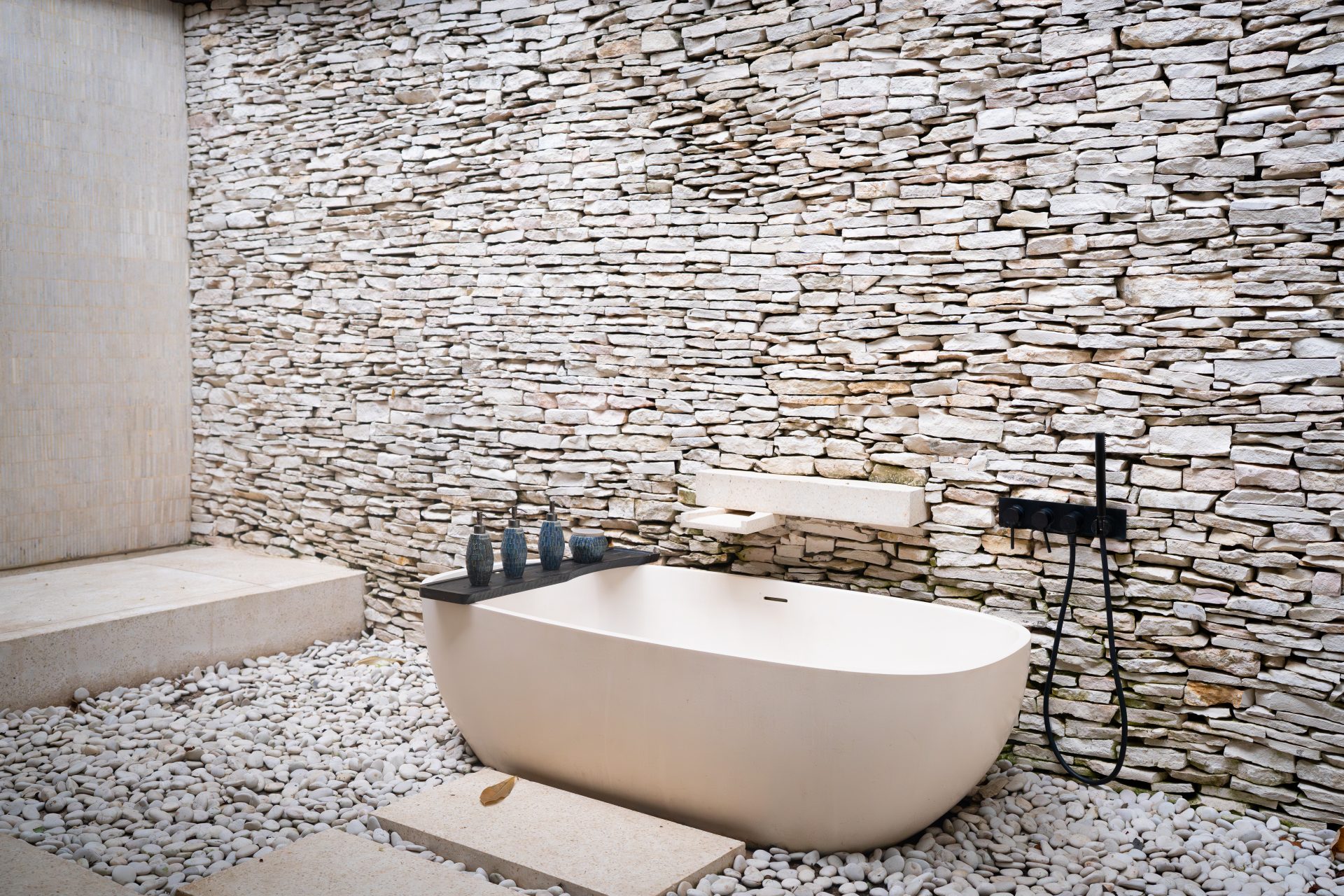
Outside, the room opened up to a private grassy area with two loungers facing the beach and a small dining table and chairs on the wooden deck. From here, you could walk directly toward the shoreline. I loved waking up on my final day at the resort, opening the curtains, and seeing nothing but grass, palms, and the ocean.
Inside, the design stayed consistent with the rest of the resort: light wood, earth tones, curated books on the shelves, soft linens. It had the same amenities as the Terrace Studio (robes, slippers, Bluetooth radio, printed menus), but with more space to breathe. If you’re traveling with a partner or staying longer than a few days, this room would be hard to leave.
The Food
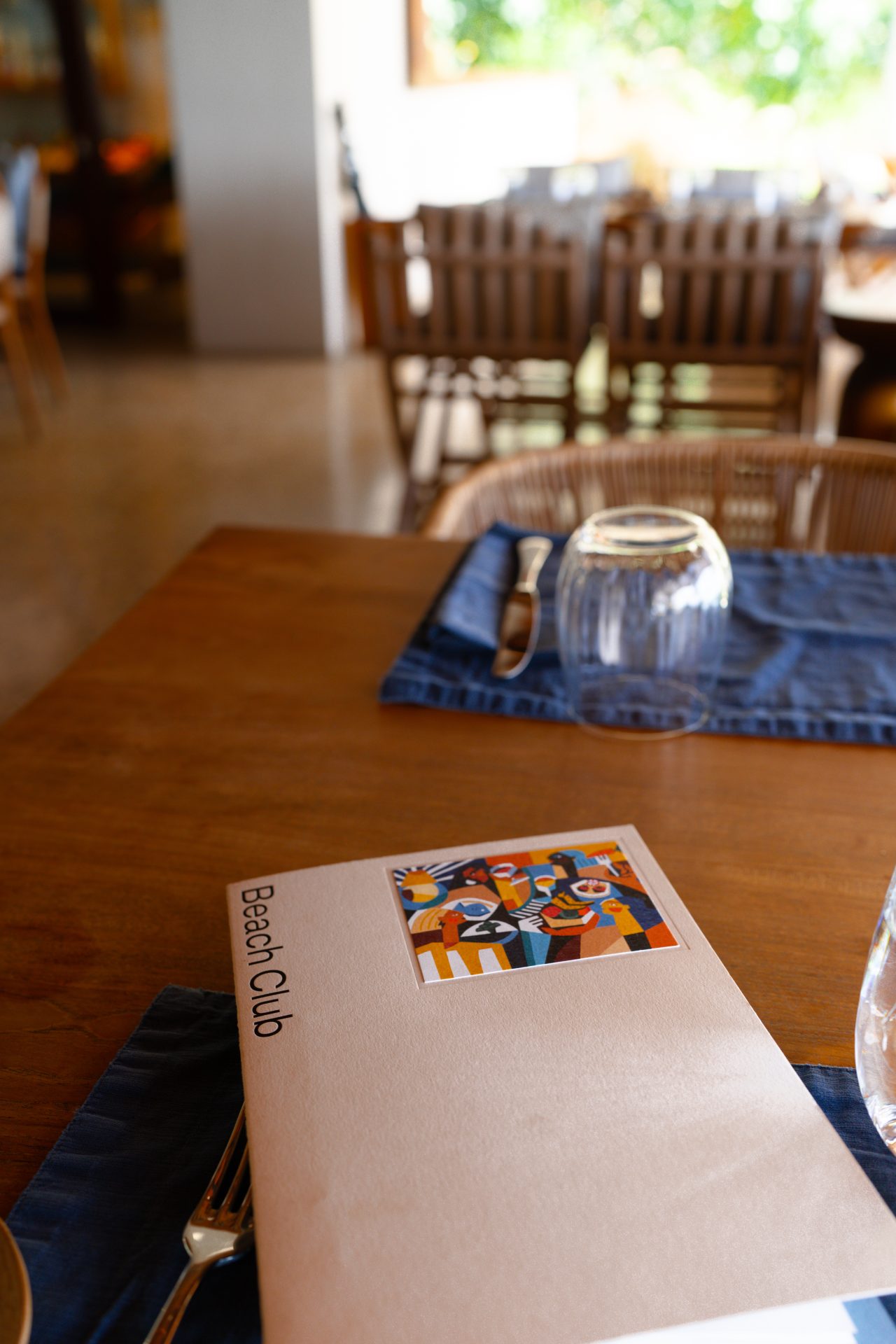
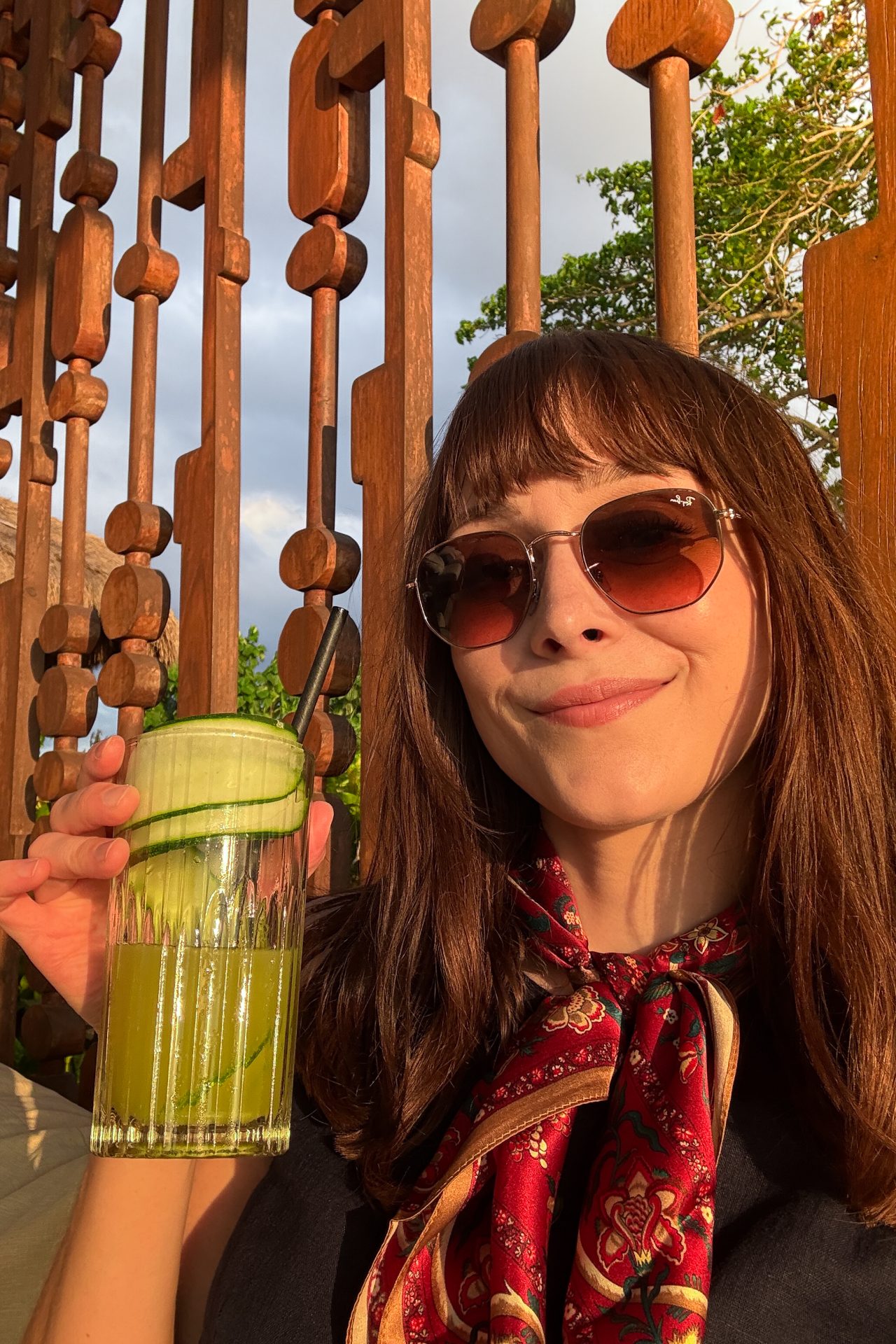
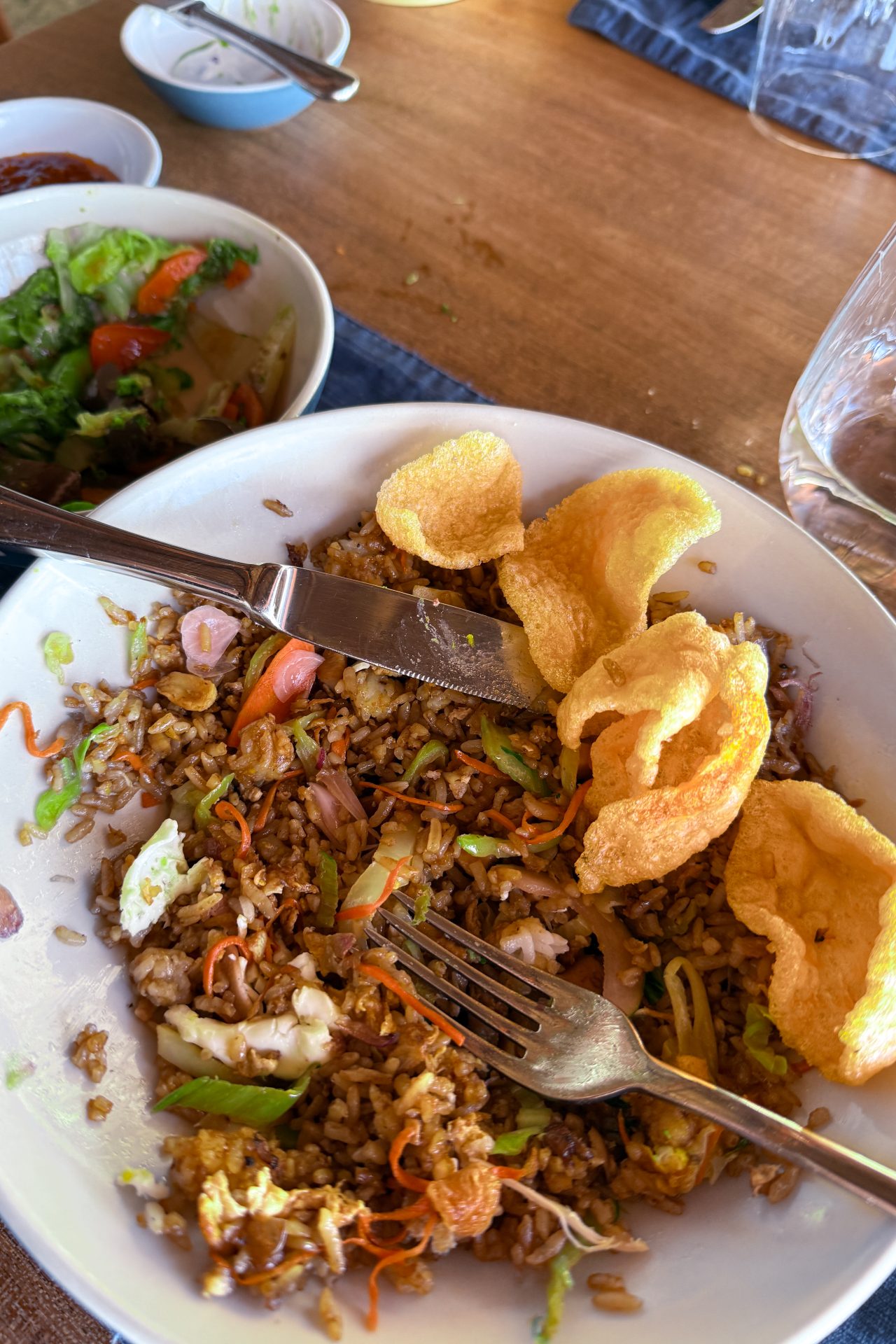
I didn’t expect food to be one of my highlights from staying at Cap Karoso, but it truly was. For a remote island, the dining options here were not only thoughtful and beautifully presented, but most importantly for me, extremely accommodating with food allergies. Every restaurant knew about my dairy allergy before I even sat down (a joy of booking online and being able to communicate this in advance to the resort over email), which took away so much of the usual stress that comes with eating while traveling.
The Beach Club: My First Meal at the Resort


My first meal at the hotel was at the Beach Club, which sits just above the lower infinity pool with views of the ocean and the open lawn. It has both shaded tables and semi-outdoor seating, plus a bar where the resort’s resident DJ plays music most afternoons. This became my go-to spot for breakfast and lunch during my stay.
For lunch on my first day, I ordered the chicken nasi goreng (Indonesian fried rice) with a side of grilled vegetables. Before the food came out, the staff brought a complimentary basket of warm handmade bread with a cashew cream spread instead of butter (completely dairy-free and so good that I would’ve been happy eating just that!). I also ordered fresh watermelon juice, which was perfect after traveling since it’s light, cold, and not overly sweet.
Breakfast here was just as lovely. I went with something simple most mornings, but my favorite was the porridge topped with dried fruit and nuts, plus fresh bread and homemade jam on the side. Everything felt fresh and not overly heavy, which was ideal before heading out on morning excursions around the island.
On my last afternoon, I ordered the beetroot pizza. The kitchen made it with a cheese-free pesto just for me(!), and because of the personalization that went into it, this lunch ended up being in my top five most memorable meals of the trip.
Apicine: Dinner with a Sunset View
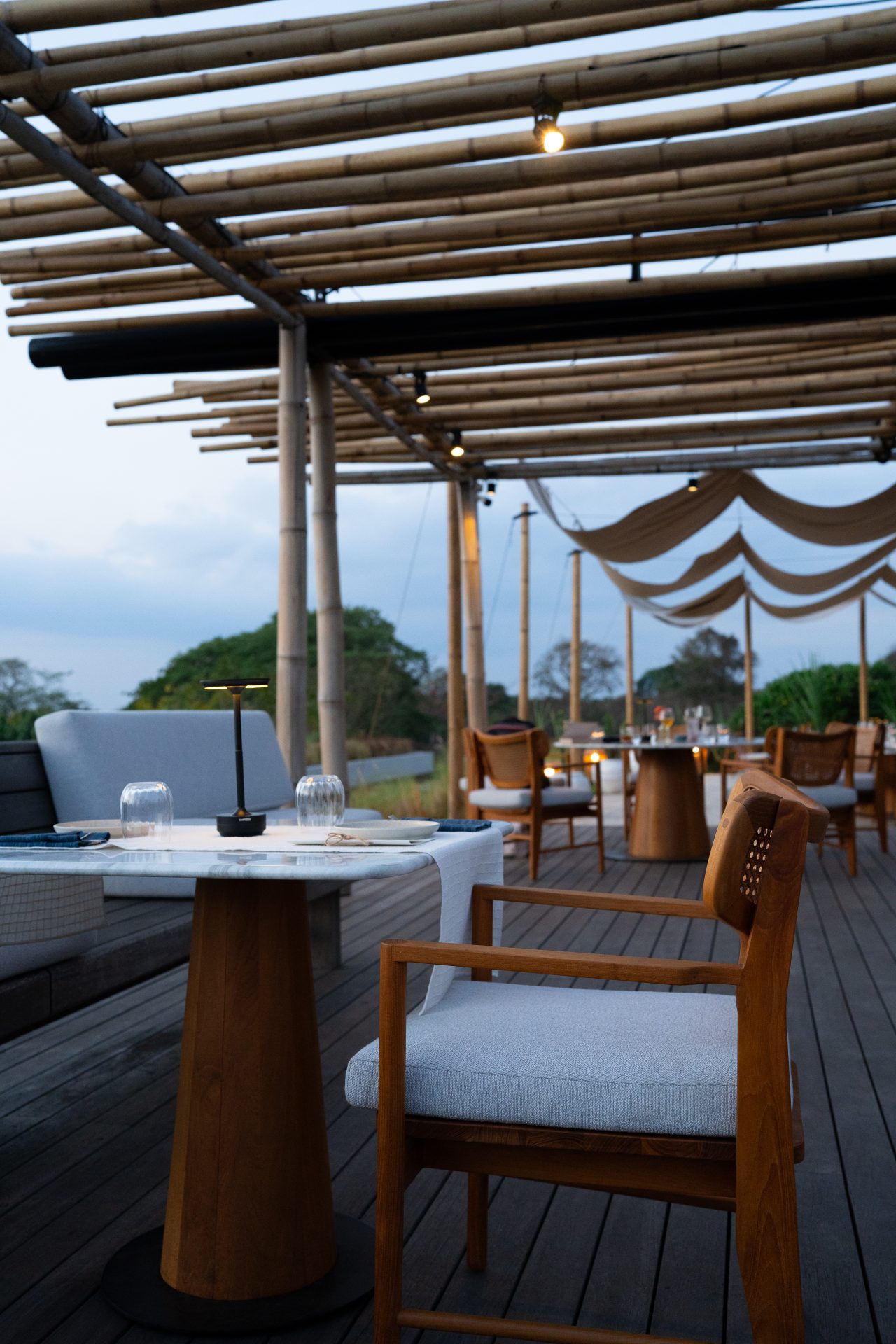
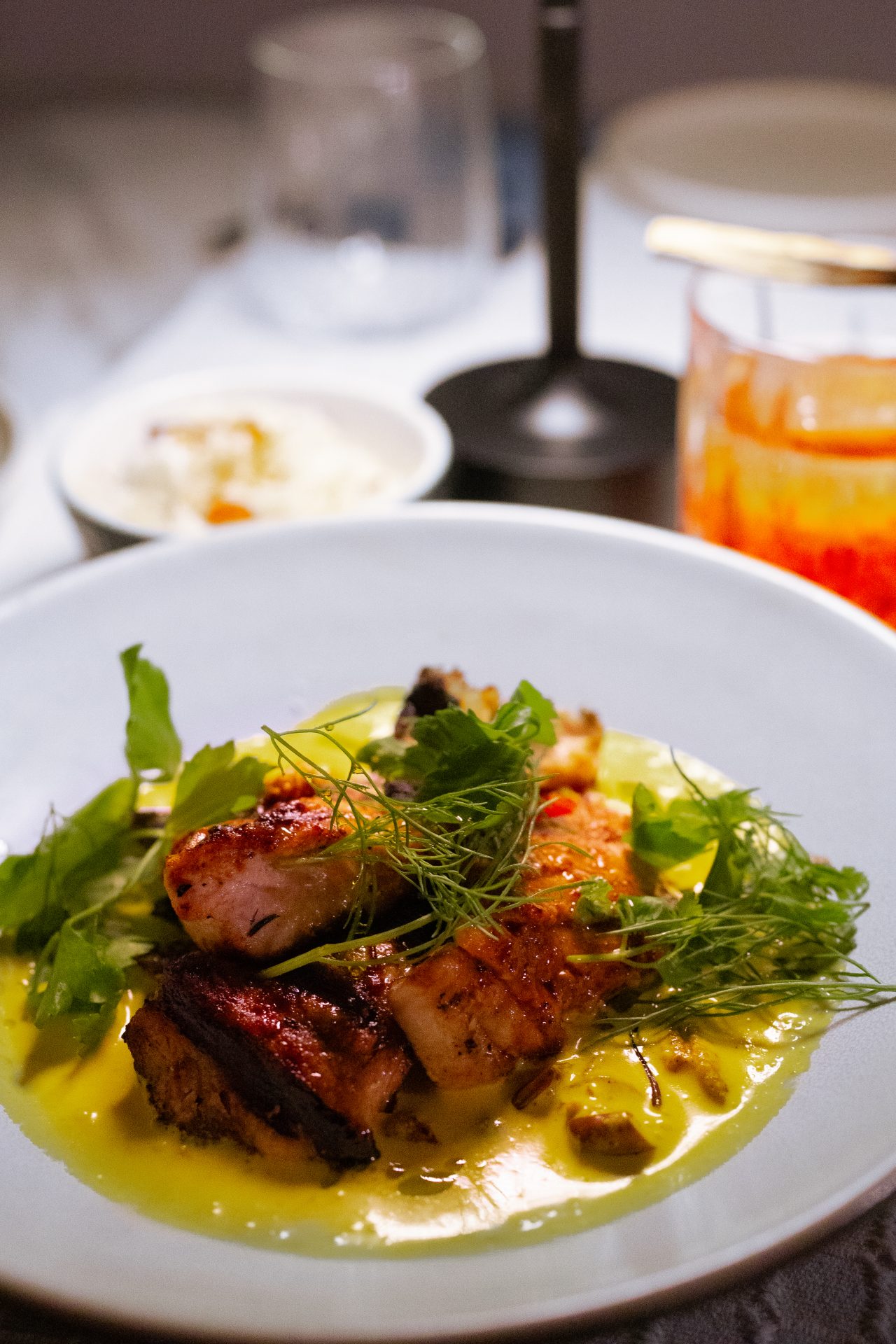
On my first evening, I had dinner at Apicine, the resort’s open-air restaurant set just next to the main pool with panoramic views of the ocean and sunset. It serves dishes inspired by Eastern Indonesian flavors but with a modern twist, and it’s easily one of the most beautiful spots on the property to dine.
I ordered a curry that was rich, fragrant, and perfectly spiced, along with a Negroni that hit the spot after a long day of travel. The sun set directly in front of the restaurant, casting the entire pool and ocean in gold. The only downside is that the space is quite exposed to wind and weather, so after a storm rolled in later in my trip, I wasn’t able to dine here again (it gets legitimately slippery and not very practical when it rains).
Julang: A Chef’s Table Experience
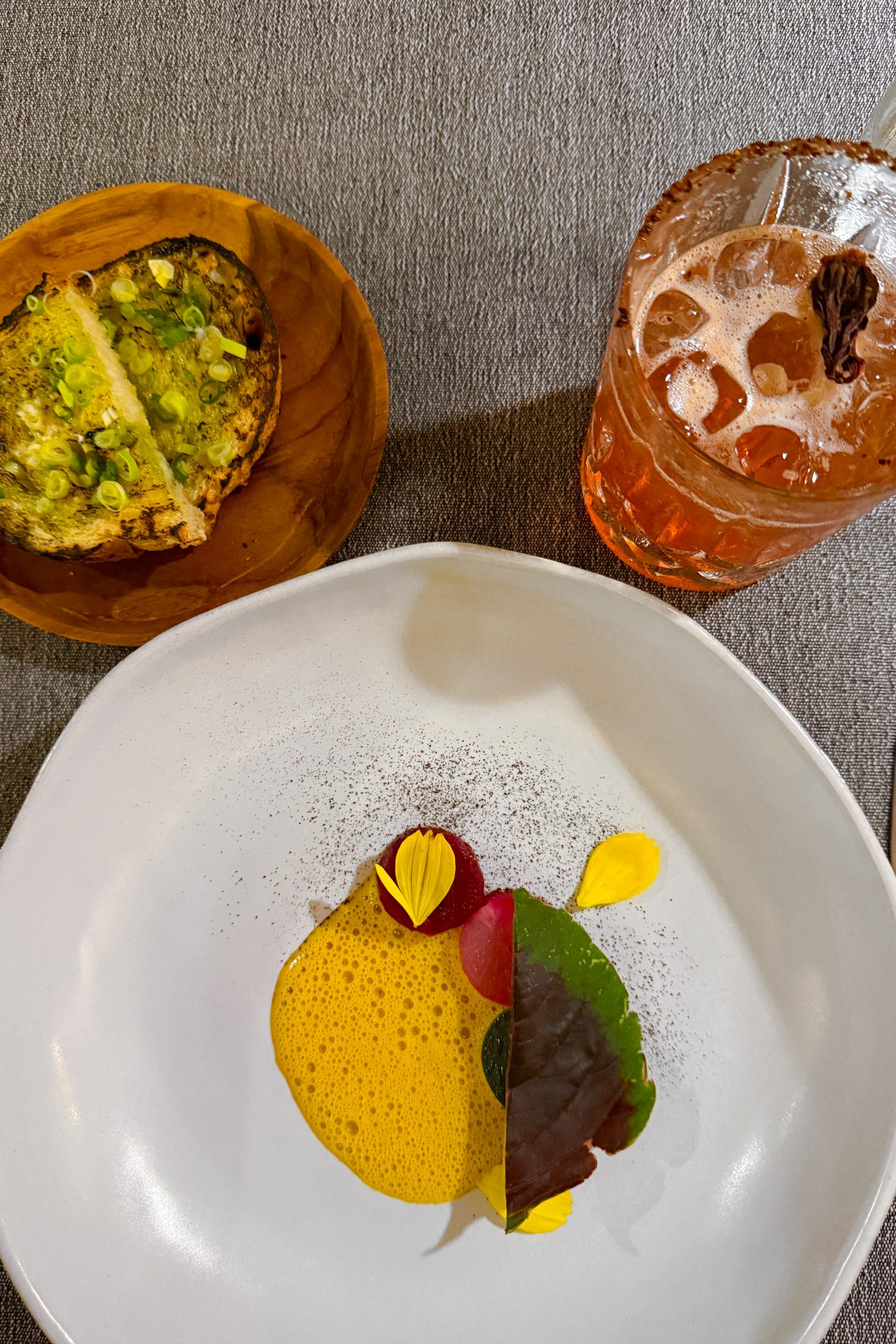
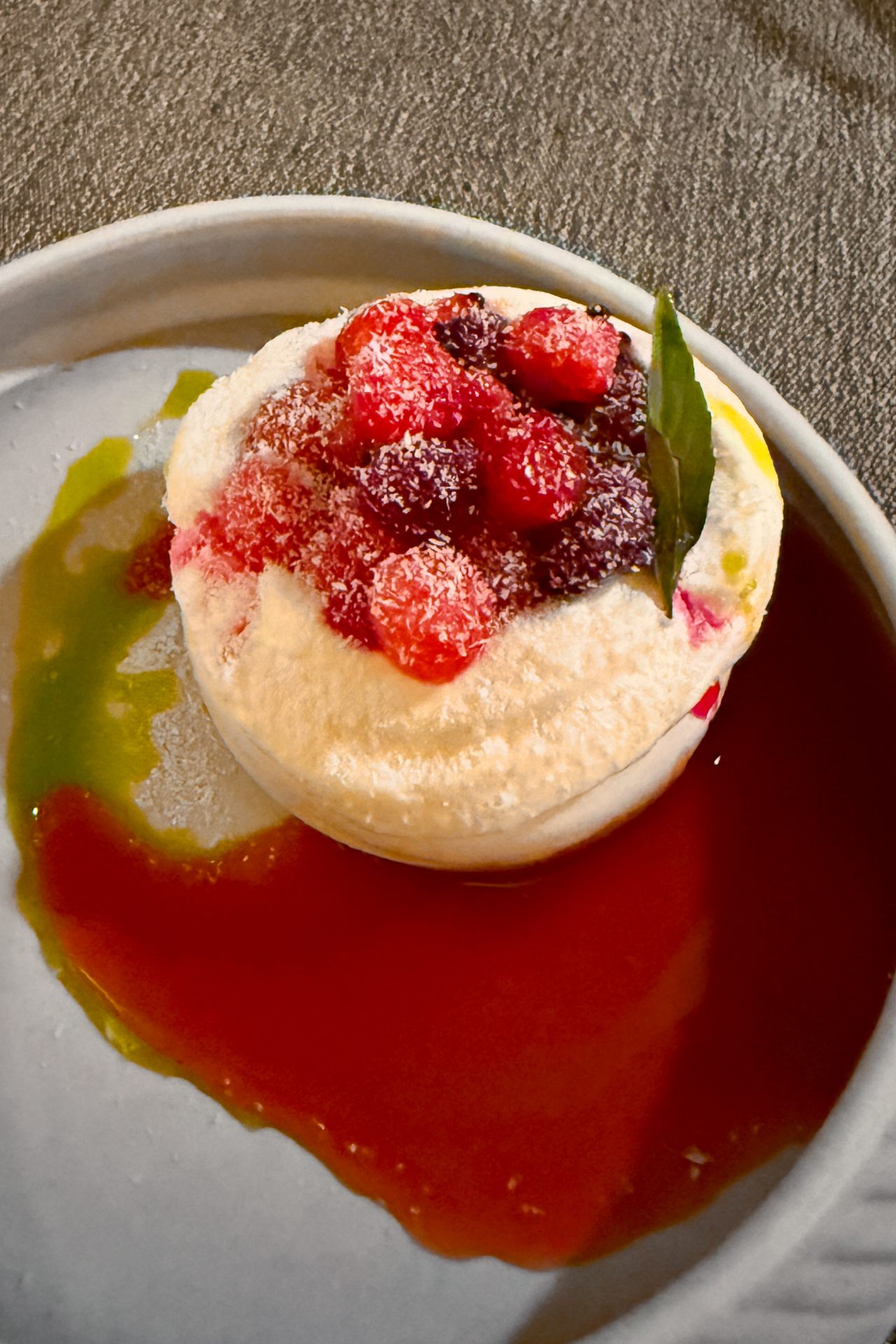

Julang is Cap Karoso’s most exclusive dining experience and ended up being my favorite night on the property. It’s a chef-in-residence concept where visiting chefs from around the world cook multi-course dinners for a small group of guests at one long communal table. The night I went felt like scene from White Lotus… if the guests at the White Lotus were friendly and the resort existed without any crime.
There were only seven of us: three couples (from Portugal, Australia, and Singapore) and myself. The chefs were based in France, but were here on a return residency at Cap Karoso. Every course was beautifully plated and introduced by the chefs themselves. They had already adapted the menu for my dairy allergy before I arrived, and even prepared a separate dairy-free dessert for me (a cheesecake alternative), so I didn’t miss out when the others were served a soufflé.
The dinner started with a seafood broth and a tuna, corn, and citrus tart and continued with kingfish over eggplant and sunflower seed purée. Conversation flowed easily between guests, and by the end of the night, it felt more like a dinner party than a restaurant.
Room Service
Room service is also available and uses the Beach Club menu. I ordered it one night when I was too tired to go out after a day of excursions. The food arrived quickly, still warm, and was set up neatly in my room. It was simple, quiet, and exactly what I needed.
The Experiences

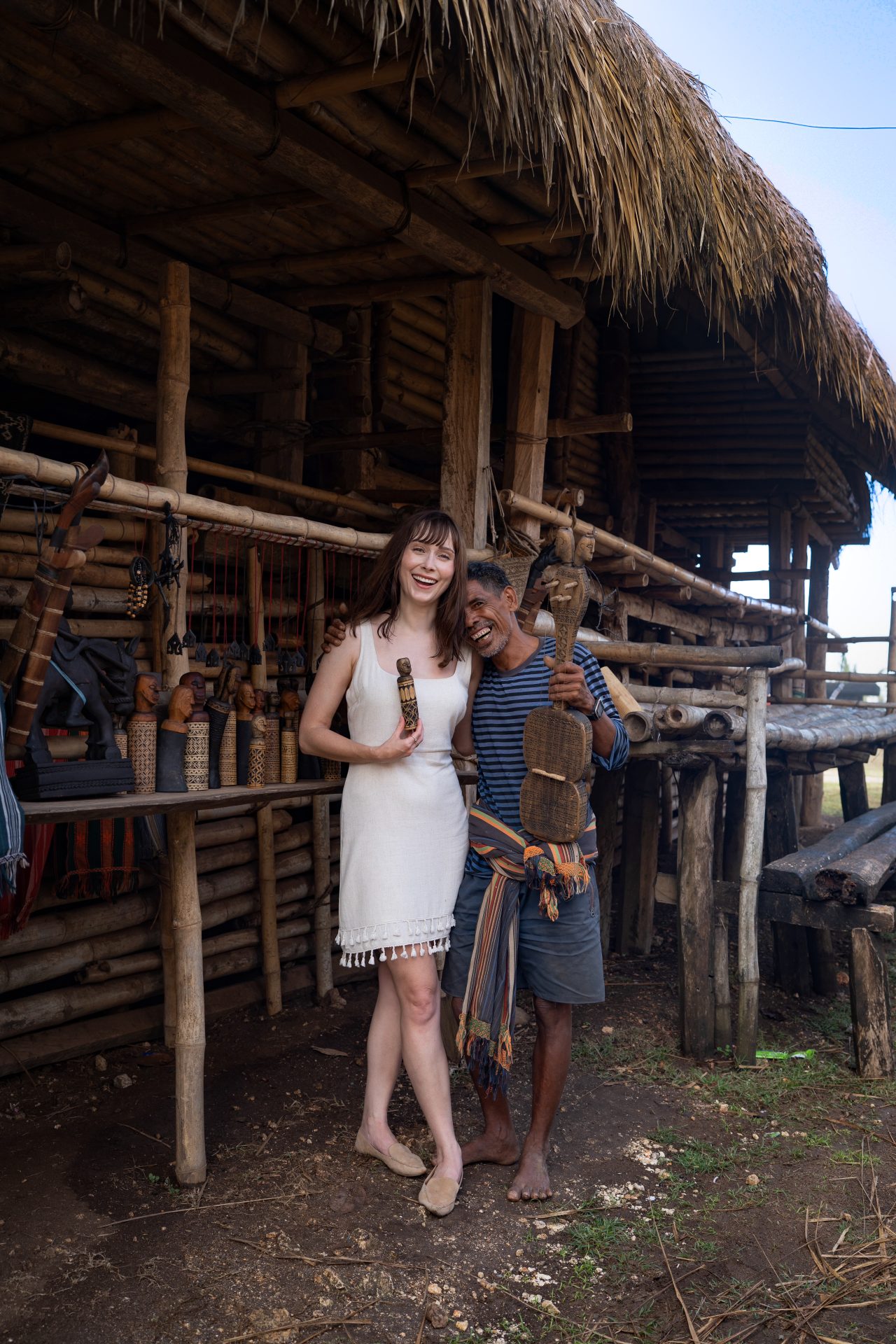
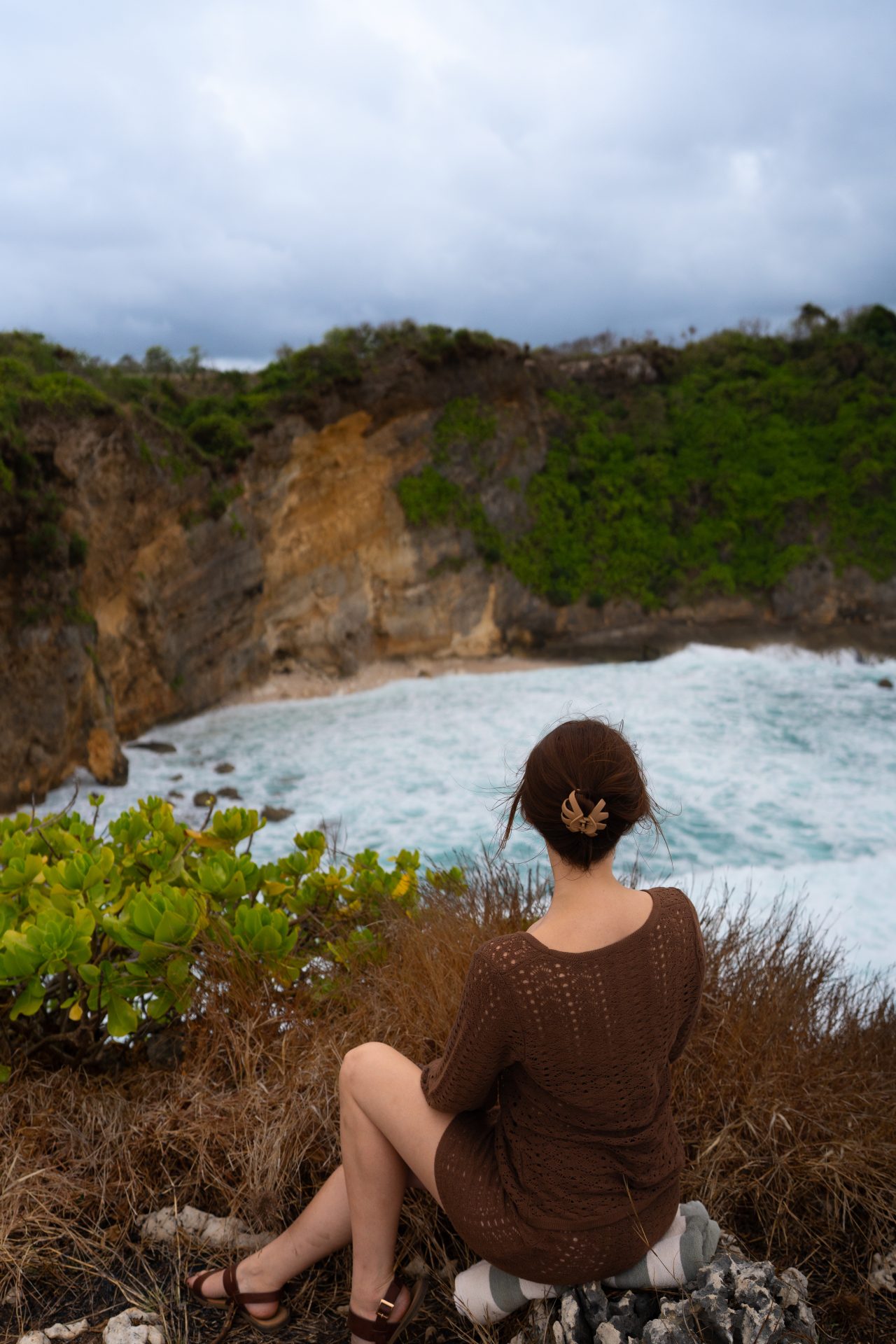
One of the things I really appreciated about Cap Karoso is how easy they make it to plan your days. Every morning, I’d wake up to a WhatsApp message from the resort with that day’s schedule. It included everything from sunrise yoga and cooking workshops to when the DJ would be playing at the Beach Club in the afternoon. They also shared reminders about special events, like the eclipse viewing party they were hosting with telescopes set up in a nearby villa (I was still jetlagged and skipped it, but I loved that it was an option!).
Beyond daily programming, Cap Karoso offers a surprising number of excursions, not just along the southwest coast, but across the entire island. Some are the classic stops you’ll find in travel guides, but others are more local and community-based, like visiting traditional villages such as Buku Bani or Waikaroko, which many travelers wouldn’t know about on their own and some hotels don’t offer.
Day Trip to Waikuri Lagoon & South Kodi Beaches

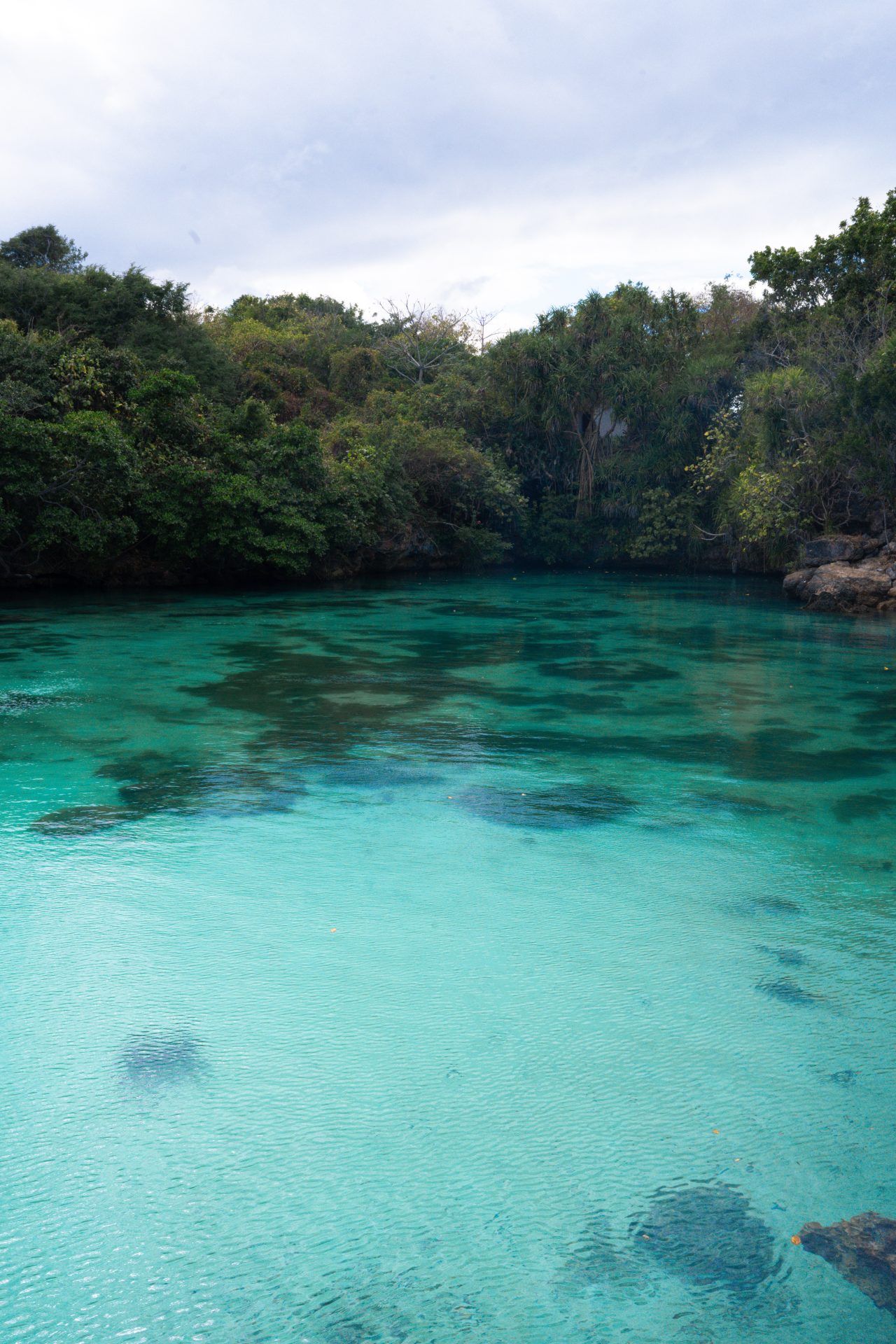

This was without a doubt my favorite swimming experience I had in Sumba. The hotel arranged everything for me and paired me with Tome, my guide, and Heru, my driver. We left in the morning and drove through a few winding roads, passing cashew trees (they grow everywhere here), rice fields, water buffalo, and homes with thatched rooftops.
Our first stop was Waikuri Lagoon. I arrived around 9 AM and for a while, it was just us and a local boy named Rinco who acts as a photographer and guide for visiting tourists. He walked me along the rocky edges of the lagoon to the best viewpoints and offered to take photos at each spot. It was high tide when we arrived, so you can’t walk or stand in the water like you sometimes see in photos, but there were inner tubes for rental if you wanted to float in clear, turquoise water.
The drive from Waikuri to the South Kodi beaches took about an hour. Along the way, Tome told me there are 11 dialects spoken in Sumba, depending on the region you’re in. He also casually pointed out a mangrove area where baby crocodiles sometimes appear. I didn’t see any as we drove by, but I absolutely took his word for it.
Our first stop in South Kodi was Mareha Cape, which is more of a lookout point than a beach. Jagged rocks extend into the ocean and waves crash below. Most of Sumba’s natural wonders, including Mareha Cape, are on land owned by local families, who typically charge a small fee for entrance and use. While Mareha is dramatic and worth seeing, it’s not somewhere you’d typically swim (there’s no direct access from the cape to the beach below).
Next, we drove to Mbwana Beach. It was raining when we arrived, so we waited under a small shelter and ate lunch before heading down. The walk to the beach includes a long stretch of uneven, sometimes steep stairs, and then you have to climb over several large rocks before reaching the sand. Some of the rocks are loose, so definitely wear more than just flip-flops. My guide and driver helped me across when I started feeling unsteady (and slightly triggered by memories of breaking my wrist in Vietnam). Once you’re down, though, the beach feels untouched. It’s just cliffs, waves, and wide open coastline.
On the way back, we stopped briefly when a woman’s puppy ran into the road. It wasn’t as big of a deal as it would be anywhere else as there isn’t much traffic in this part of Sumba, but it’s one of those little moments that stuck with me and helped me understand how easygoing and unplanned life on the island is.
Mandorak Beach


Closer to the resort, only about a 15 minute drive or bike ride away, is Mandorak Beach. It’s smaller than the South Kodi beaches, but so peaceful. When I went, there were no other tourists, just local fishermen bringing in their boats and a few children playing in the sand, giggling and watching curiously as I took photos of the epic oceanscape. The beach is tucked between rock formations and feels like a quiet cove. During low tide, the water is gentle and perfect for swimming.
Spa Time at Malala
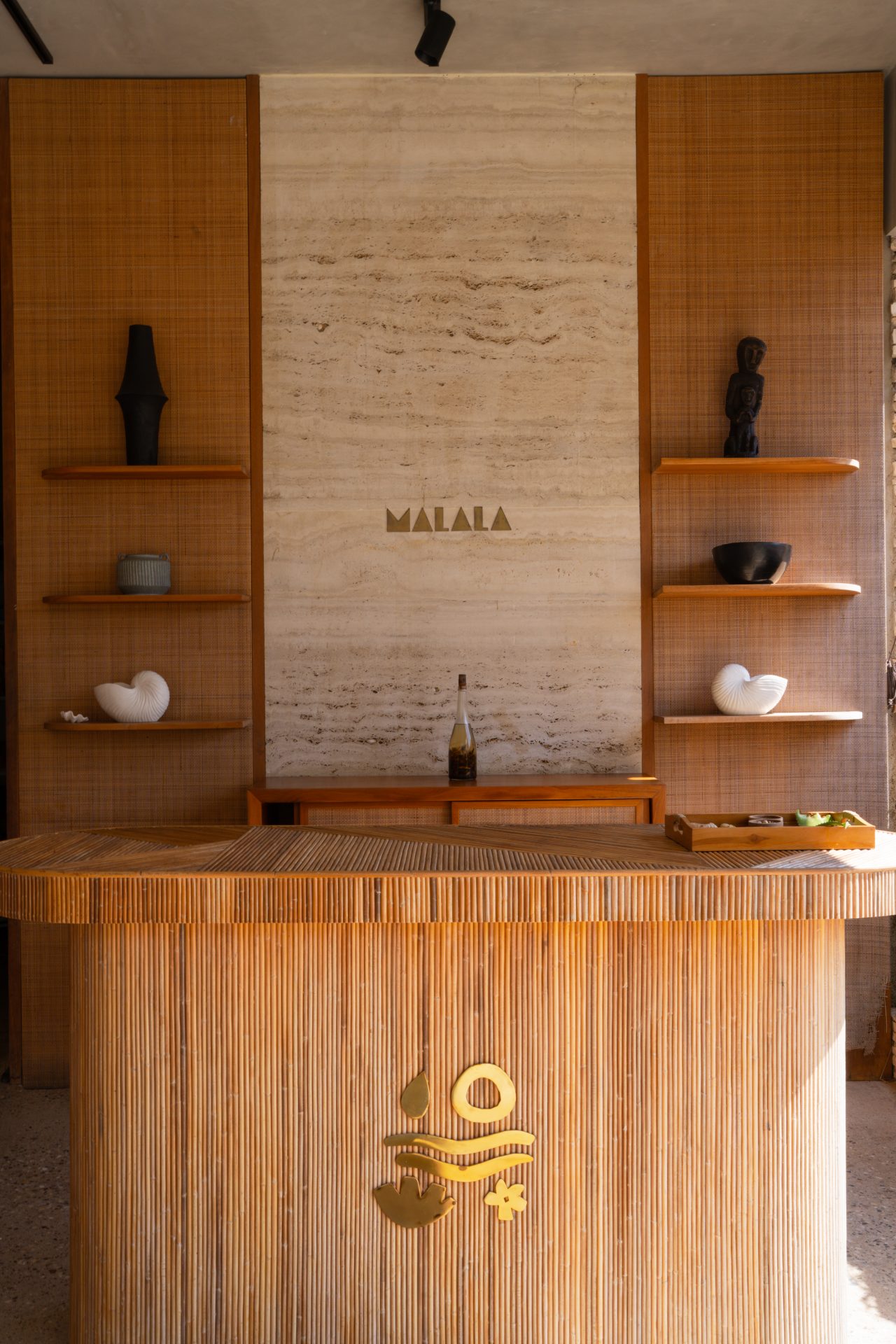
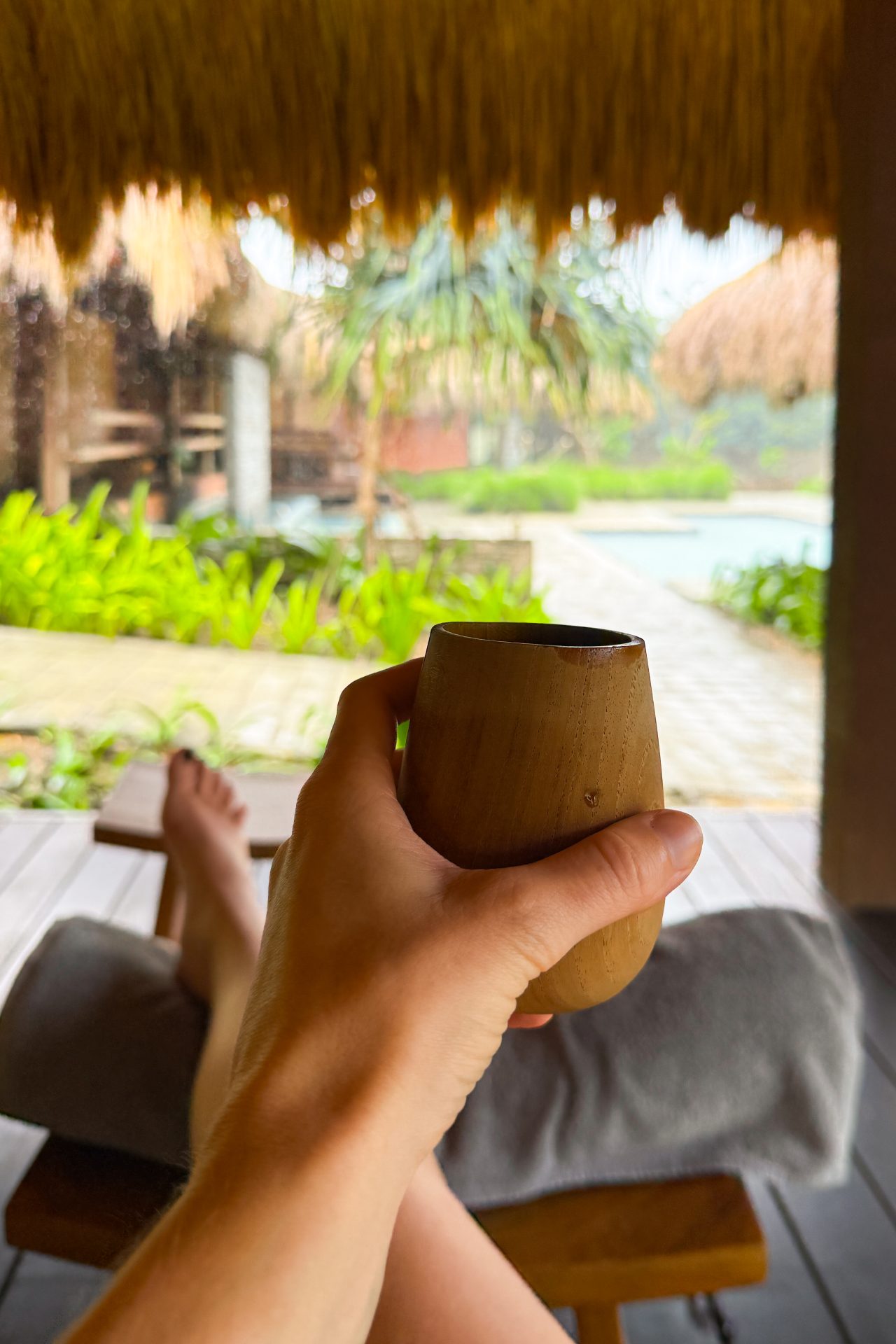
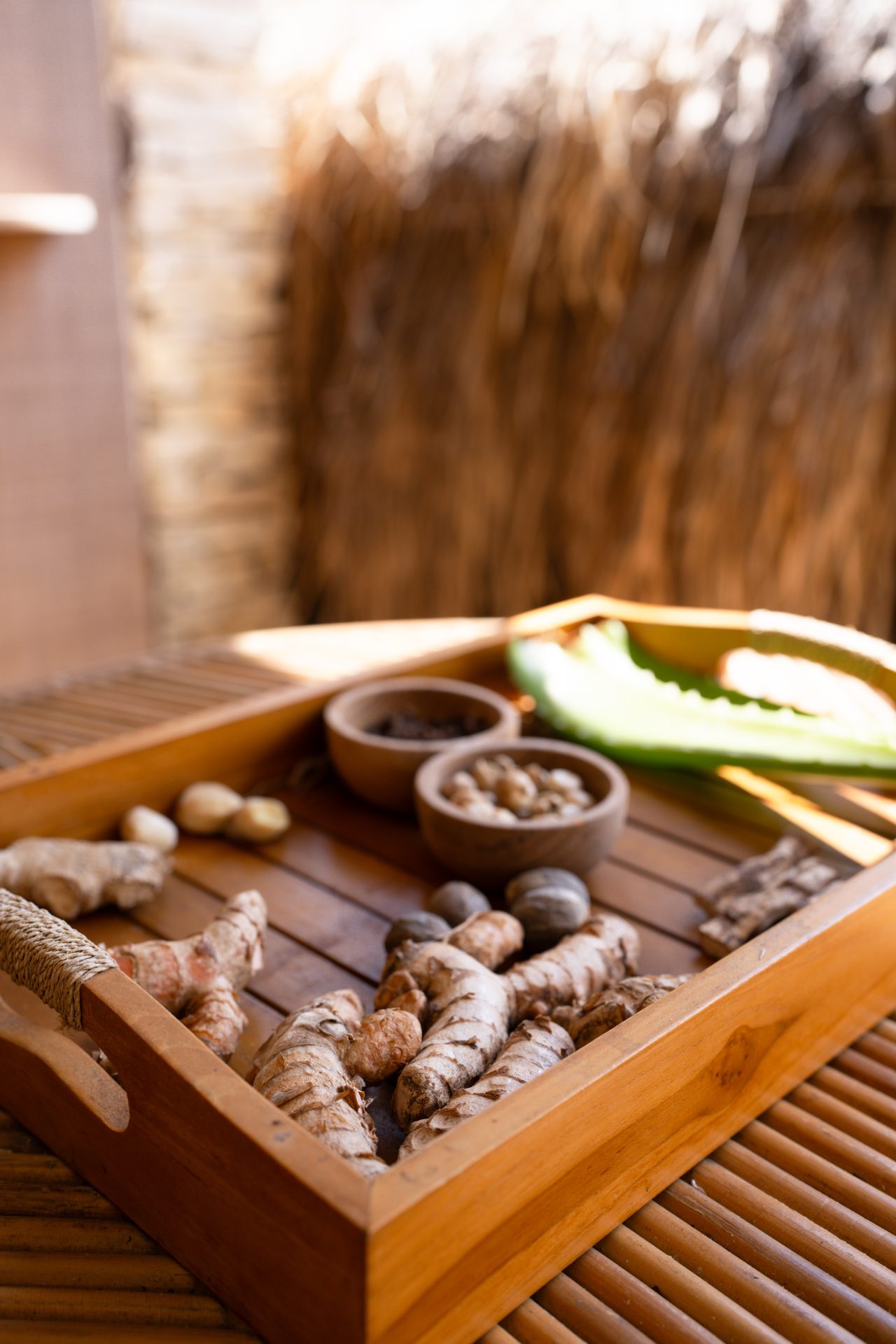
I saved the spa for a rainy day. I hadn’t planned on going originally, but the weather turned gray and humid, so I booked a last-minute pedicure and Balinese massage at the Malala Spa.
The spa isn’t your typical setup: there’s no cushioned massage chairs or overly perfumed rooms. Instead, treatments happen in an open-air pavilion under structures with thatched roofs, overlooking reflecting pools and palm trees. For the pedicure, I sat listening to rain tapping on the water outside. The nail polish options were more limited than what you’d find in the U.S., but they did have a deep brown shade I loved. The massage afterward was relaxing, with light-to-medium pressure, and I left feeling warm, calm, and grateful the weather pushed me into slowing down for a few hours.
The Verdict

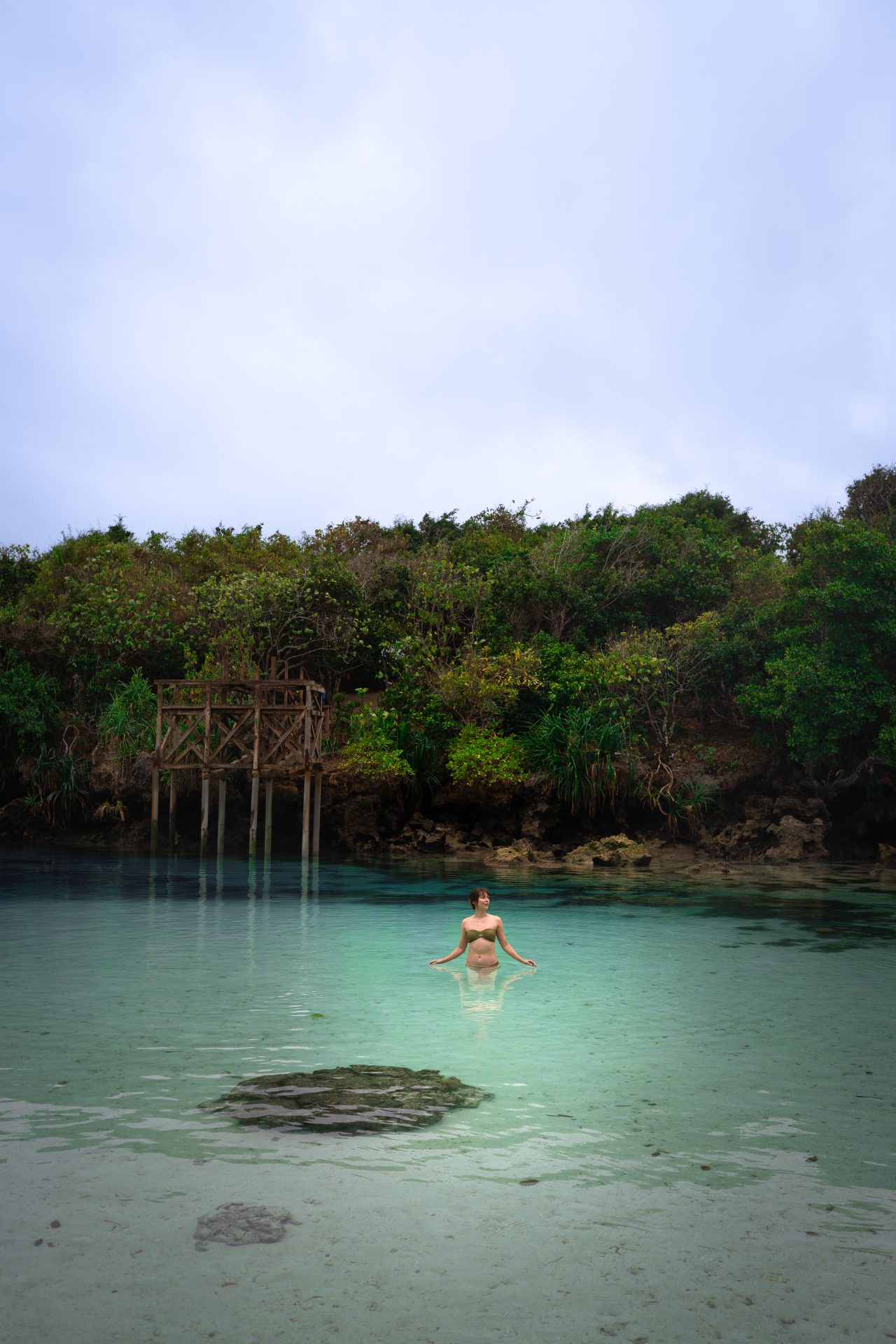
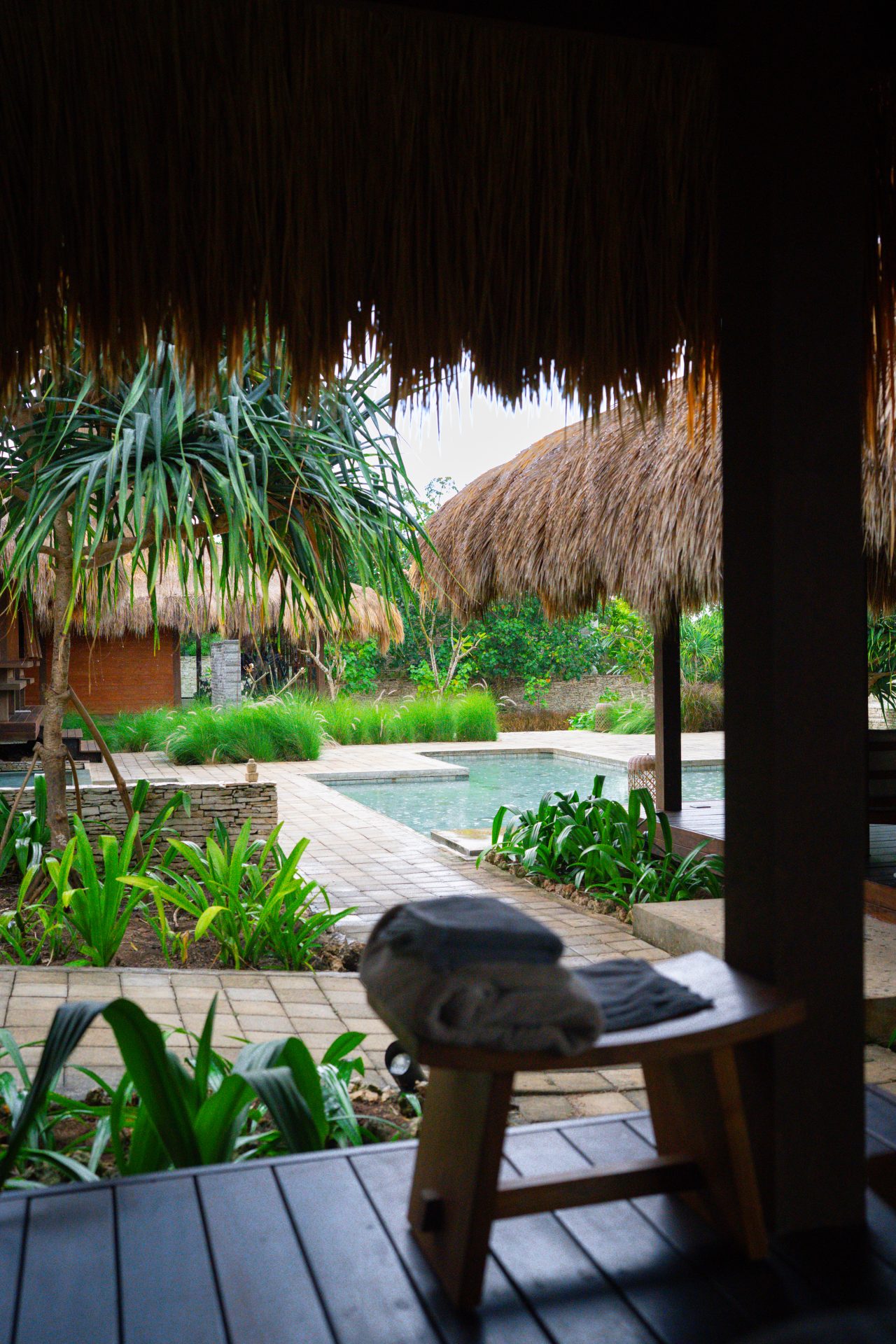
So, do I think a stay Cap Karoso worth it? Yes, without hesitation.
Cap Karoso is remote and takes effort to reach, but that’s part of what makes it feel so special. It blends modern design with the raw beauty of Sumba in a way that feels natural, not performative. The food is thoughtful, the staff are genuinely kind, and the whole property feels calm, spacious, and personal.
It’s not “perfect” in a glossy, commercial way: Apicine can’t operate during storms, the spa has limited polish colors, and Wi-Fi isn’t always reliable. But none of that outweighed how cared for I felt here. From the printed itinerary to the allergy-friendly meals to the quiet mornings by the pool, it felt like true, meaningful hospitality.
If you’re looking for parties, shops, or nightlife, this isn’t the place (honestly, Sumba in general isn’t the place). But if you want good design, good food, open skies, and a slower pace then Cap Karoso is absolutely worth the visit.
Cap Karoso
Sumba, Indonesia
Type: Luxury / Resort
Price: $$$
